

The Cost of Travel in Iceland: My 2024 Expense Report
Iceland is one of the most visually spectacular countries I’ve ever been to.
From the breathtaking landscapes to the welcoming locals, the wonders of this country were obvious from my first cold steps on Icelandic terrain.
During my time spent traveling in the Land of Fire and Ice , I gazed in awe at waterfalls streaming from towering mountains, explored a volcanic crater-turned-lake, stood mere steps away from an active geyser, skipped over black sand beaches, and crunched my way across turquoise glaciers.
But today, we’re here to talk about the prices.
Iceland has a reputation for being expensive — one of the most expensive countries in Europe, in fact — and things have only grown worse since the pandemic. Most shockingly of all, accommodation that I stayed at a year ago has now doubled in price[!]. It really is quite shocking.
But you know what? This is the case for practically every single major tourism destination right now, in Europe and further afield. Prices everywhere are skyrocketing, but there are still some ways that you can keep your costs down.
I’m going to be sharing all of those with you today.
The most expensive time of year is mid-June through to August, so you can expect prices to double again during these summer months.
Once you leave Reykjavik, however, you’ll find prices on food and accommodation dip to a more comfortable level. And with free activities scattered all over the island, there’s plenty of ways to keep your costs even lower.
So how much does it cost to travel in Island? In this article, I’m going to be sharing exactly how much you can expect to spend in 2024. Note that I’ve mentioned all prices in USD, since there are more visitors to Iceland from the United States each year than anywhere else.
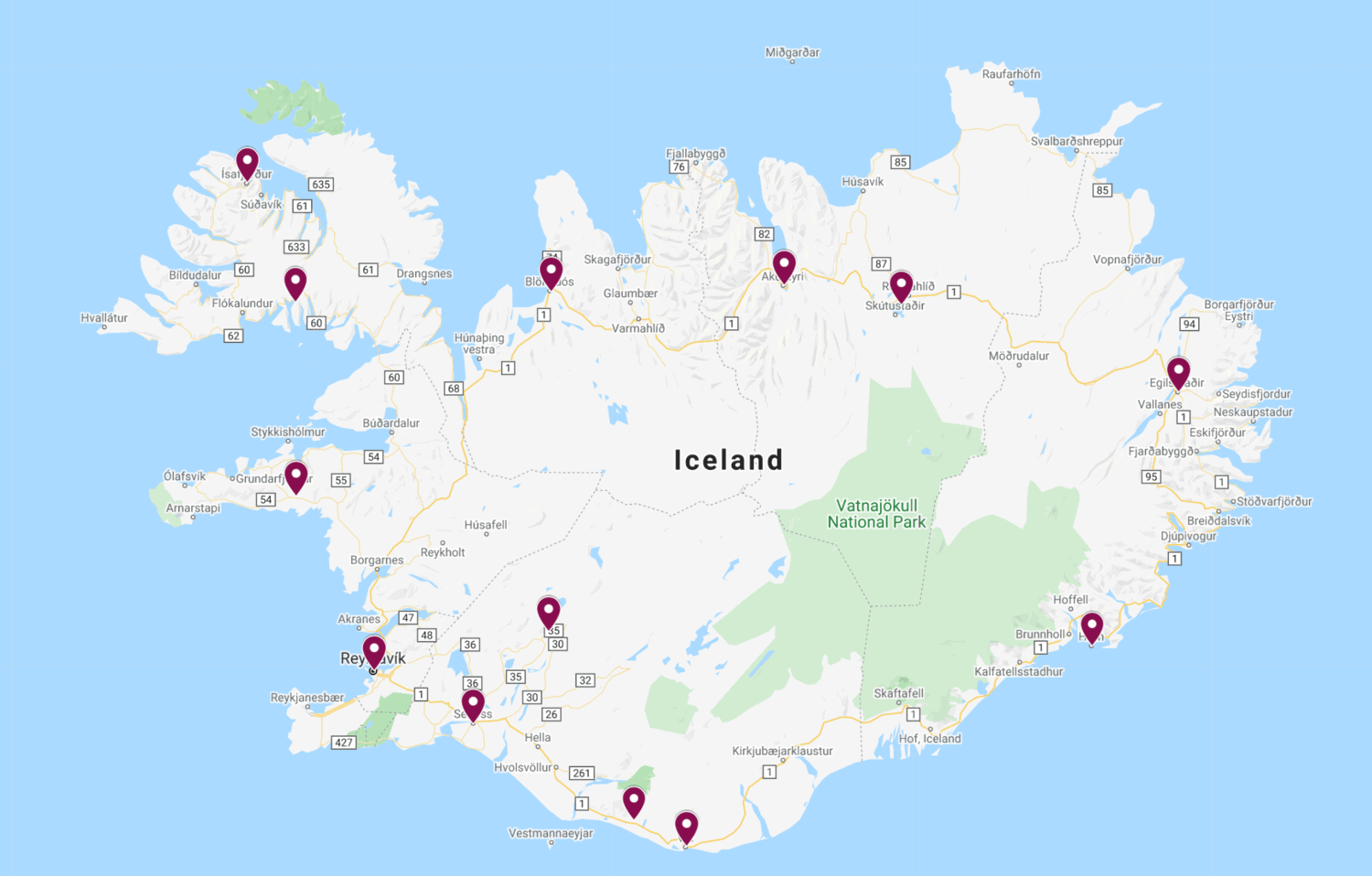
The Ultimate Iceland Itinerary
Before I start diving into the nitty-gritty details of costs, I want to first go over where I visited in Iceland and how you can spend two weeks seeing the most epic parts of the country.
Iceland, fortunately, is one of the easiest countries to plan a road trip in. Why? Well, there’s essentially only one road!
That is, of course, an exaggeration, but the Ring Road of Iceland is the main road in the country and it encircles the entire island. Taking a road trip, then, is all about circling your way around the country and choosing the most epic spots. Here’s what I recommend, taking a counter-clockwise route from Reykjavik:
Day One: Reykjavik Day Two: Selfoss Day Three: Vík Day Four: Höfn Day Five: Egilsstaðir Day Six: Mývatn Day Seven: Mývatn Day Eight: Akureyri Day Nine: Sauðárkrókur Day 10: Ísafjörður Day 11: Staðarhólskirkja Day 12: Midhraun Day 13: Reykjavik Day 14: Reykjavik
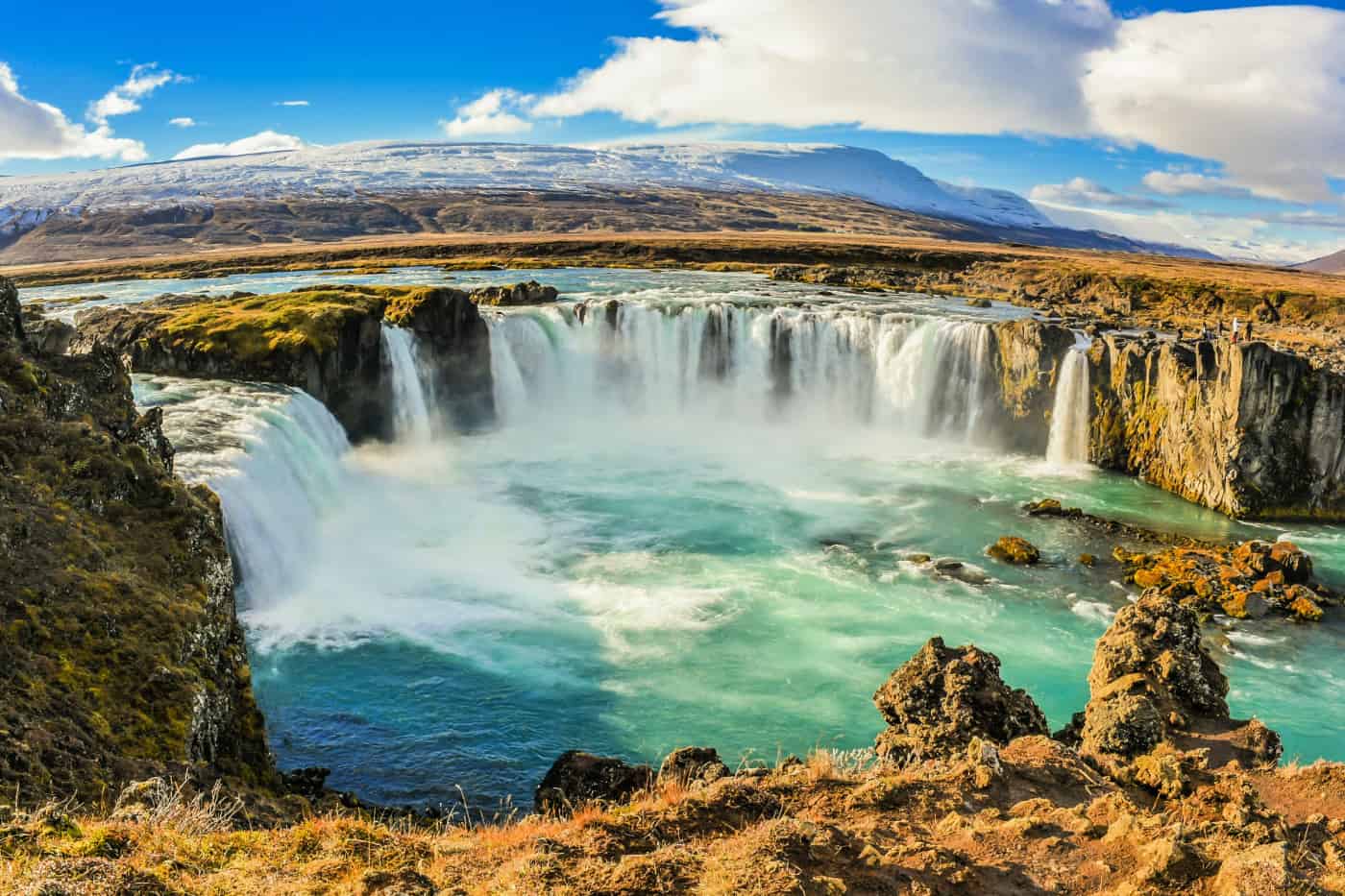
How to Save Money on the Cost of Accommodation in Iceland
As always with travel, it’s possible to cut your accommodation costs down to zero if you have the time and patience to seek out an offer.
Housesitting is a great option for free accommodation. This is where you’ll take care of somebody’s house while they’re away, and usually look after their pets, too. It’s best for long-term travellers or retirees as you can’t pick and choose dates and destinations, so you need to have a lot of flexibility as to where you go and at what time of year. If you do have that freedom, it’s a wonderful way to cut down your travel expenses, soak up some home comforts, and live like a local for a while. I have friends who have housesat in castles before! For free! Trusted Housesitters is the best site for getting started with housesitting, as they have the highest number of listings.
I’m suspecting, though, that for most of you, you’re not interested in the free accommodation and just want somewhere clean, safe, and affordable to rest your head each night. If that’s the case, there are several options available for you.
The first of these are hostels . In Iceland, you’ll come across hostels dotted all over the country, although most of them are unsurprisingly in Reykjavik. They’re one of your best options for saving money as a solo traveller.
Hostels in Iceland are on a par with the rest of Northern Europe, and you can expect to spend around $40 a night for a dorm bed for a well-reviewed hostel in Iceland, with the price increasing to about $6 0 a night for the absolute best of the best.
When it comes to private rooms in hostels, you can expect to spend around $150 a night for a clean, basic room in a good location, so if you’re travelling with friends or with your partner, it doesn’t always cost a lot more to grab some privacy over settling for two beds in a dorm room. $200 a night will get you an exceptionally well-reviewed private room in a hostel.
I use HostelWorld to find the cheapest hostels, as they tend to have the greatest number of listings at the lowest prices.
But what about the hotels? That’s what most of you are interested in learning about anyway!
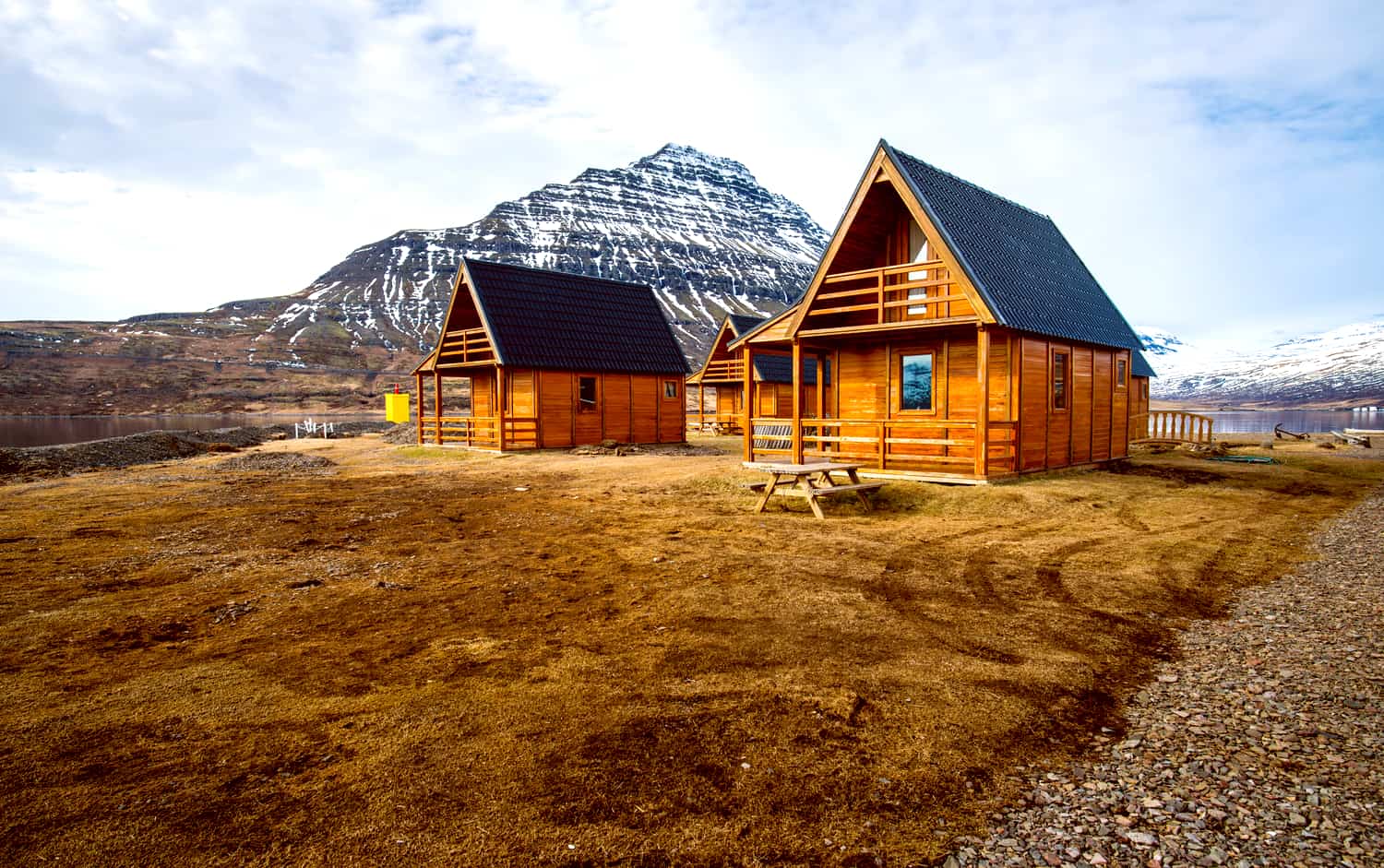
The Cost of Accommodation in Iceland
If you’re travelling as a couple and were getting worried by the cost of private rooms in hostels that I talked about earlier, I’ve got some good news for you. There’s much more competition when it comes to hotels, so they can often be cheaper and nicer than their hostel equivalents.
In this section, I always like to share my favourite accommodation for a destination: where I chose to stay, how much I paid for it, and what I thought about the property. Here’s my choices for Iceland:
Reykjavik: Freyja Guesthouse ( $145 per night for a deluxe double room)
Not only is this guesthouse one of the highest-rated properties in Reykjavik on Booking, but it’s also one of the most affordable options, too. And I loved this place. It’s in the perfect location for exploring Reykjavik, right around the corner from the iconic Hallgrímskirkja church. The rooms are clean and cozy, and I especially liked the little kitchenette that let me save a bit of money on breakfast and drinks. It’s run by the most incredible family, and there are even free bikes for guests to use at any time. This place offers exceptional value for money in Iceland!
🇮🇸 Don’t forget to check out my post on the 19 Best Things to Do in Reykjavik !
Selfoss: Ásahraun Guesthouse ( $127 per night for a, um, barrel)
Now, I don’t know about you, but whenever I come across the opportunity to sleep in an unusual style of accommodation, I always leap at the chance. Life is too boring to spend every night in a hotel, right? … Right? So that’s what brought me to Ásahraun Guesthouse , where you can stay in a, um, barrel. Yes, you read that correctly. But in all seriousness, it’s such a cool spot and way, way nicer than you’re expecting. It receives a remarkable score of 9.5 on Booking, and that’s all due to the incredible setup. For your money you get to stay in the cosiest barrel-style room with its own fridge and kettle, have access to a hot tub (if you’re lucky you might spot the Northern Lights from it), and be fully immersed in the incredible natural surroundings. There’s a high-quality shared kitchen to prepare meals if you’d like to, and the owners are absolutely lovely and fully committed to helping you have the best stay ever. I wouldn’t be surprised if this ended up being the accommodation highlight of your time in Iceland.
Vík: Guesthouse Galleri Vík ( $287 per night for a double room)
This is such a wonderful place to stop for the night, and we were so glad we chose to do so. It’s cosy, comfortable, and clean, with a welcoming owner who makes amazing homemade waffle dough and jam: there’s a waffle iron in the room so you can put it all together for a delicious breakfast. The guesthouse itself is in a great location in Vik, right in the centre of town and within walking distance to that beautiful black-sand beach.
Höfn: Old Airline Guesthouse ( $133 per night for a double room)
Now, I’m not going to say that my favourite thing about this guesthouse is the fact that it had a washing machine and dryer, but I will tell you that it was very much appreciated after several days of road-tripping! The accommodation itself is right in the heart of Höfn, close to all of the best restaurants (I recommend Pakkhús for dinner; it’s the best restaurant in town!) as well as a supermarket and petrol station. The room was clean, spacious, and bright, and the hosts couldn’t have been nicer. All in all, this was a really good (and affordable) place to stay for a night on our road trip!
Egilsstaðir: Hotel 1001 Nott ( $284 per night for a double room)
This was one of priciest places we chose for our road trip but the beautiful location and epic views from the room made it more than worth it. You’re nestled in between the mountains and the lake here, with hot tubs to take a dip in (I recommend doing so at sunset) and even a waterfall to stroll to. A delicious breakfast is included in the price: for other meals, you can either eat onsite or drive 5km back down the road to Egilsstaðir. I’d definitely suggest having dinner at the hotel at least once, though: the food there is absolutely delicious (reindeer burgers for dinner, anyone?) This would be a particularly wonderful option if you’re in Iceland on a romantic getaway.
Mývatn: Vogafjós Farm Resort ( $251 per night for a double room)
Mývatn doesn’t have much in the way of accommodation, and most of what it does have doesn’t receive the greatest reviews. This property stands out from the crowd, then, and we loved loved staying there! You’ve got cosy wooden log cabins to sleep in, helpful staff who can help you make the most of your time in the area, and you’re just 10 minutes from the local thermal pools. Throw in an excellent restaurant in a cowshed a three-minute walk away that’s run by the same family (breakfast there is included), and you’ve got yourself an excellent stay in Mývatn.
Akureyri: Hafdals Hotel ( $233 a night for a twin room)
This hotel is just outside of Akureyri — a five-minute drive to the centre — but it’s worth staying a little way out of town because it lands you with some spectacular views instead. You’ll be looking over the city, gazing out at the fjords, and admiring the river while you stay here, in a clean and modern hotel, with a lovely owner, and a delicious breakfast. This is a great place to base yourselves while day-tripping around the north of Iceland, too.
Sauðárkrókur : Karuna Guesthouse ( $113 a night for a twin room)
We considered staying in Blönduós for this night, but the accommodation was so poorly-rated there, that we decided to opt for Sauðárkrókur instead. And what a great idea! This guesthouse felt like a steal — it was one of the cheapest places we stayed in Iceland, but it didn’t feel like it: we had the best sleep of our trip in those comfortable beds (plus blackout curtains — always appreciated!), and the owner was absolutely wonderful. The free food she left out for breakfast was so appreciated (freshly baked bread!), and the views across the fjords were magnificent. All in all, a great place to stay.
Ísafjörður : Tangs ( $260 a night for a 4-person apartment)
If you plan on venturing into the Westfjords, this is the place to stay ! It’s an apartment, rather than a hotel, and located in the centre of town within walking distance to everything. The place is clean, spacious, and stylishly-decorated, and even offers free bicycles for guests to use. And trust me — as somebody who has stayed in over 100 Airbnb apartments over my years of travel — this apartment has one of the best-equipped kitchens I’ve ever come across. Oh, and having a washing machine and dryer were a huge bonus after many days on the road!
Staðarhólskirkja: Miðjanes Reykhólahrepp ( $90 a night for a double room)
This cosy guesthouse and working farm (wait until you taste the fresh milk from the cows!) was such a lovely place, with beautiful views over the ocean — great for sitting in the living room and bird-watching. You’ve got access to a communal kitchen and living room, which resulted in so many new friendships, and the owner has tons of useful advice on where to go and what to do. It’s a little isolated, so soak up those peaceful vibes, because you’ll be heading back to Reykjavik in just a couple of days!
Midhraun: Lava Resort ( $176 per night for a double room)
This is the cutest collection of cottages ever! You’ll be staying in beautiful surrounds in an adorable cottage , with plenty of nearby trails to wander along while you’re here — I recommend the one that takes you out on to a nearby lava field. The cottages have plenty of amenities with fully-equipped kitchens, plenty of storage space, and a laundry room to get any washing done. It’s perfect location for exploring everything the peninsula has to offer!
My average cost for accommodation in Iceland was $189 a day between two people.
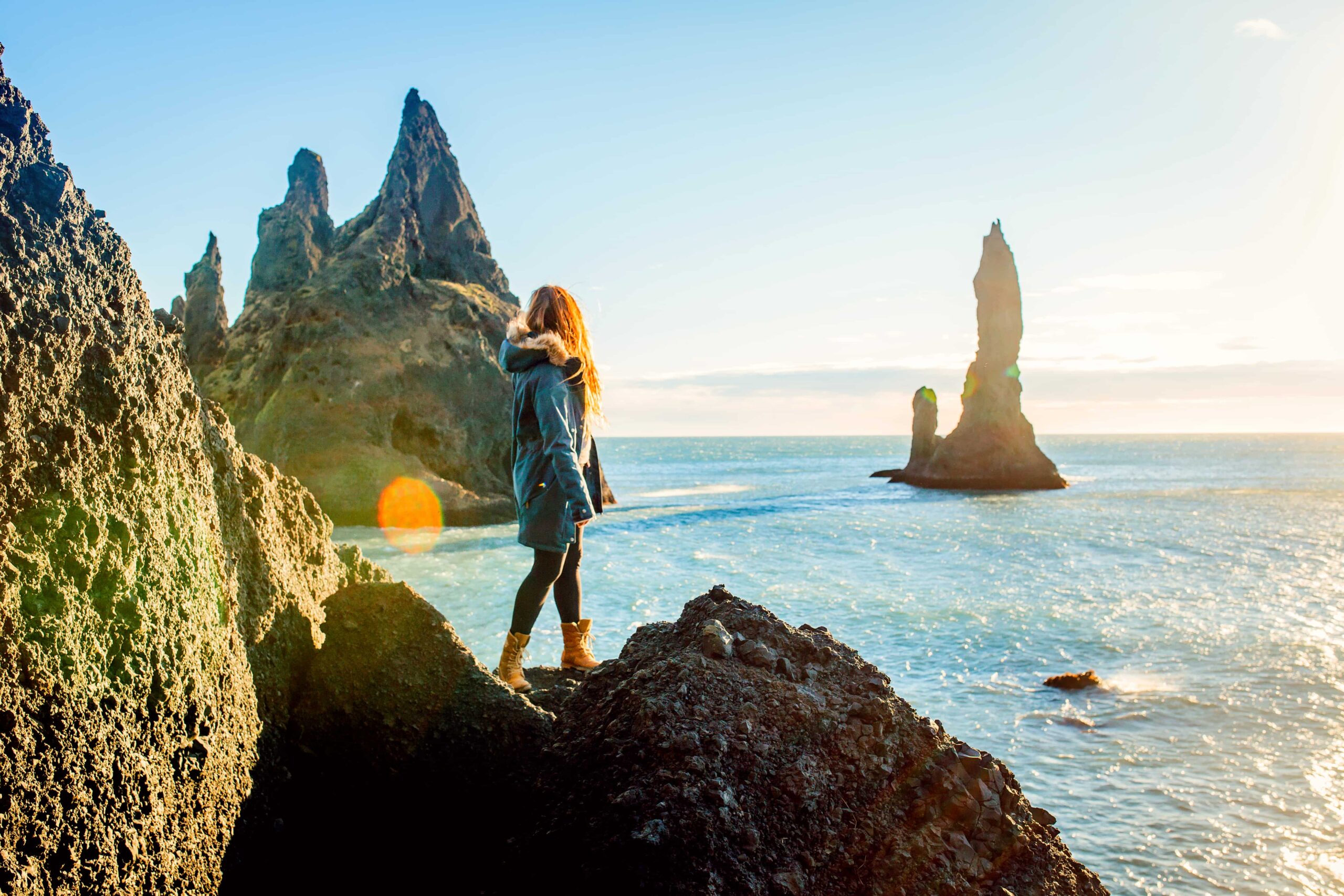
The Cost of Transportation in Iceland
Let’s talk first about the costs involved in getting to Iceland. For all of my North Americans and Europeans out there, you’ll most likely be pleasantly surprised by the prices.
When you check flight prices on Skyscanner , you’ll be greeted by a wall of IcelandAir flights. And the great news about that is that IcelandAir offers free stopovers in Iceland whenever you opt to fly between Europe and North America. I utilised this when flying from Washington D.C. to London several years ago and it was epic . I was able to stop in Iceland for three days on my way over at no additional cost, so I used that time to explore the Golden Circle.
If you’re planning a trip to Iceland itself, know that you’ll be looking at around $400 for return flights from the east coast of the U.S. to Reykjavik.
If you’re in Europe, flights are inexpensive. From London, you’ll be looking at around £70 return. For other major flight hubs within the continent, such as Paris, Madrid, Milan, and Berlin, flights will usually be around €150 return — not too bad at all!
Don’t forget to have a quick check of Secret Flying before you book your flights either — there may be a bargain up for grabs that coincides with your travel dates!
But what about transportation within Iceland?
Iceland is made for road-tripping. If you’re planning on spending a week or two within the country, it’s the absolute best way to get around. Renting a car within the country is inexpensive and navigating is easy — you simply follow the iconic Ring Road around its 1,300 kilometres — or 828 miles — until you end up back in Reykjavik. The roads are well-paved and there’s hardly any traffic, which makes for an incredibly easy road trip.
I used RentalCars to find my car in Iceland; they check prices across all of the major hire companies to surface the cheapest options out there. Within Iceland, you can expect to pay between $38 and $52 a day for a rental, which really isn’t too bad at all. If you’re not having any success with RentalCars, take a look at the Iceland-based Northbound , as you can sometimes pick up a deal through there.
Self-drive tours are popular within Iceland, although I don’t personally believe they’re necessary — it’s so easy to drive around Iceland on your own!
With these self-drive tours, you essentially pay for somebody to put together an itinerary, get you a rental car, book your accommodation for you, and even provide you with breakfasts. But there’s plenty of itineraries available online for free (I shared mine in the previous section!), it’s easy to find your own rental car online, and it’s better to head out to local restaurants to try the breakfasts anyway. Icelandic Nordic Visitor has dozens of self-drive itineraries to sign up for — as an example, a 7-day self-guided tour starts from $1586 per person .
If you’re considering a self-drive tour, I’d urge you to save your money and use it on nicer accommodation.
If you can’t drive, or don’t want to, there are buses and tours that can help you see the country without needing your own set of wheels. Straeto gives some great bus routes for traveling in and around the capital city, but public transport in general is hit and miss outside Reykjavik: there isn’t a lot of it, and it doesn’t necessarily go where or when you want it to. Here are some typical prices for transport in Iceland:
- Flight from Reykjavik to Akureyri: $66
- Flight from Reykjavik to Seydisfjordur (EGS): $96
- Single bus ticket in Reykjavik: $4.50
- Bus from Reykjavik to Stykkisholmur: $38
- Strætó Bus app fare per month : $76
- 3-day bus pass in the Reykjavik area: $41
- 1-day bus pass in the Reykjavik area: $18
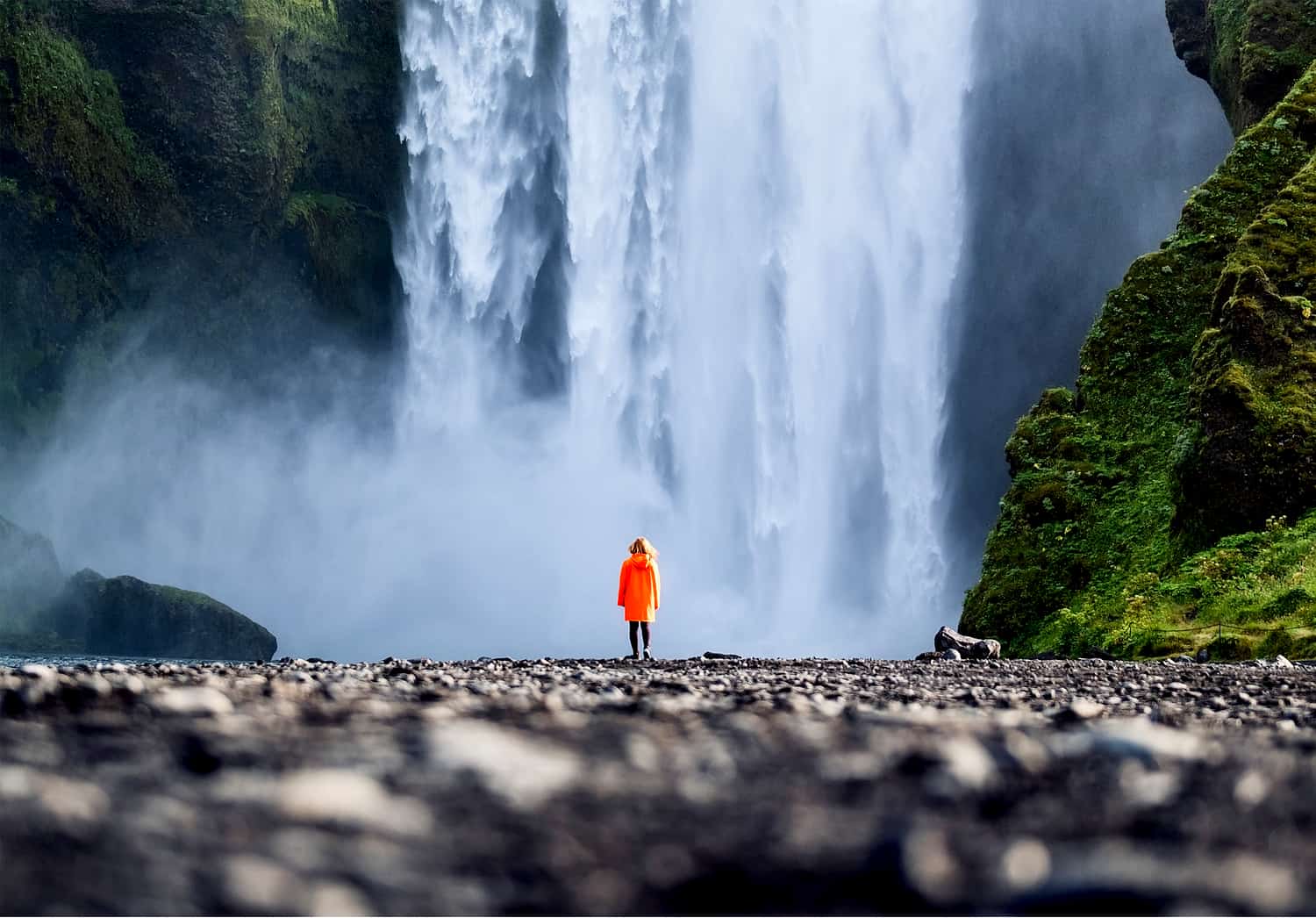
The Cost of Food in Iceland
We all must eat and thank goodness for that because both the traditional and contemporary cuisine in Iceland is top notch. I know, I know — Iceland doesn’t have the best reputation for cuisine, with rumours abounding of fermented shark and smoked puffin, but dig a little deeper and you’ll find plenty of treats.
First and foremost, you can’t leave the country without eating a hot dog. That’s right, a hot dog . This popular street food has made a tasty name for itself in Iceland and you’ll find them everywhere. It’s a dish that’s cheap, good, and easy to find, from basic street cart varieties to fancy or vegan versions in restaurants all over the country.
Prices vary, but expect to pay somewhere between two and four dollars . Start by heading to Bæjarins Beztu Pylsu, a hot dog stand that by now has achieved near-legendary status in Reykjavik, so that you know what a good one is meant to taste like!
Moving on from the street food options, if you plan to eat out, breakfast will be your cheapest meal. Budget around $10-25 , depending on how hungry you are. Expect to pay around the following prices:
- Coffee: $3 for filter, $4-5 for latte/cappuccino
- Croissant: $4
- Skyr (thick, tangy yoghurt) and granola: $7
- Hafragrautur (Icelandic oatmeal): $10
- Salmon/bacon, potato, and scrambled eggs: $21
Lunch tends to be a relatively light affair in Iceland; think soups, salads, and sandwiches rather than large, heavy meals. Expect to pay somewhere between $15 and $25 , based on where you are in the country and whether you’re still full from breakfast! Some typical options include:
- Soup is a common lunch meal, although the type you’ll see on menus changes with the season. Expect lamb or thick, chowder-like fish and potato during the colder months, and tomato or a lighter fish soup during summer. $17
- Open-faced sandwiches on rye bread with salmon, ham, cheese, or hummus and vegetables: $14
- Chicken or fish salad: $19
Alternatively, you’ll find a few restaurants offering a lunch buffet with a range of options for a set price: this is a good way of trying different Icelandic dishes, and is a good way of saving money, since it’s cheaper than eating out at dinner time. Having a larger meal for lunch and something small for dinner might not be traditional, but it is cheaper, especially outside weekends! You’ll pay around $25-40 per person for this.
Dinnertime will likely be your most hefty splurge, where you can expect to spend anywhere from $25 to $50 or more for a meal and a drink.
Reykjavik Fish Restaurant is a great spot to get a feel for Icelandic fare with their standard fish and chips dish costing $22 , and several other tasty seafood options on the menu.
Reykjavik’s Islenski Barinn, or the Icelandic Bar, is where you’ll want to go to if you’re craving a local vibe with traditional Icelandic eats. Yes, it’s a bar but no, you won’t find your typical boring bar food. From puffin on crumpet to lamb and salmon hotdogs to shark bits and reindeer burgers, you can expect a more upscale and unusual pub experience. Prices aren’t too bad, however, at around $15 for smaller dishes and $25-35 for larger ones.
When it’s time to treat yourself, find Von Mathús in HafnarfjordurIf. The best thing about Von Mathús is you get to soak up the classy, contemporary setup and splurge on the delectable food, without the wild prices of fine dining. The menu isn’t large, but it’s well thought out and delicious. A 3-course set menu costs $76 , or you can pick and choose from the a la carte offerings instead. When it comes to drinks, be sure to check out the happy hour offerings; they run practically all day (11:30 am to 2 pm/4 to 8 pm)!
Speaking of happy hour, it’s kind of a thing in the capital. Loft Hostel is very popular thanks to the rooftop terrace that yanks locals and visitors in from the street, begging them to sit and sip for a while. They have beer deals from 4 to 8 pm daily.
Veður Bar & Café is a classy establishment that loves sharing their discounted beverages. So much in fact their “happy hours” stay happier longer. Beer and wine is discounted every day from 2:00 to 7:35 pm (yes, they are precise on their cut-off time), starting at $6.50 , a bargain by Icelandic standards! There’s also a cocktail “hour” from 7 to 9 pm that pulls in the patrons, with drinks from $16 . You should also know, Thursdays are a special day at the Vedur: that’s when bubbly flows for only $7.50 .
Of course, if you opt to not drink, it will definitely lower your costs. Alcohol isn’t cheap in Iceland, especially if you are buying it a full price in a pub. Your best option for a tipple is to load up at the grocery store, where local beers cost around $4 for a 500ml can, imported beers run a dollar or two more, and the average midrange bottle of wine goes for approximately $20 .
If you have access to a kitchenette in your hostel or hotel, then buying food at the supermarket is the cheapest overall option. Groceries are comparable to what you might spend in the U.S. — here are a few examples:
- a gallon of milk: $6.50
- a pound of chicken fillets: $10
- a dozen eggs: $6
- a load of bread: $3.50
- a pound of cheese: $9
Whenever possible, shop at Bonus: there are over 30 of them around the country, they’re easy to find (being bright yellow), and they offer the best discounts on food.
The average price for eating out in Iceland is $79 a day
The average cost of food when cooking simply at home in Iceland is $18 a day
The average cost of food when combining both eating out and cooking is $51 a day
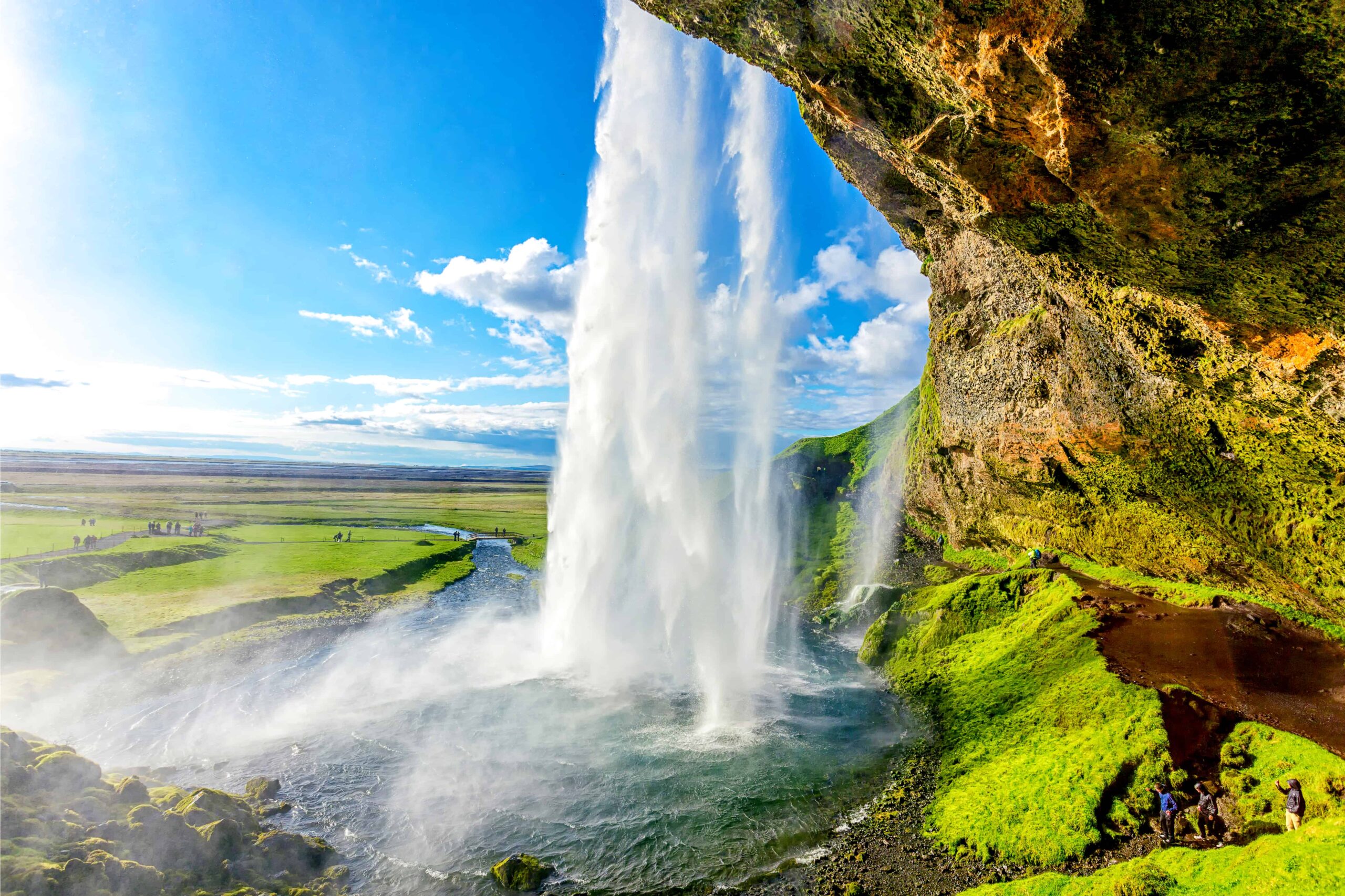
The Cost of Activities in Iceland
Iceland is Mother Nature’s playground. It feels like there’s almost no limit to the outdoor activities and sightseeing on offer in this geographic wonderland. That, on top of the nightlife, daytime biking adventures, and a strong gastronomic scene, make it very easy to keep busy.
The first thing you’ll want to do when you arrive is head to the Blue Lagoon . One of the biggest tourist attractions in the country, it’s absolutely worth taking a dip in the milky-blue waters, but expect to share the experience with many others. It’s popular for a reason!
We opted for the $148 package that includes a silica mud mask, free drink (we chose champagne!), and towel. If you’re not into commercial tourist activities, fear not: solitude and free hot springs aren’t hard to find as long as you’re up for the adventure.
Reykjadalur Hot Springs requires an hour-long hike to get to but once you arrive you have a whole river to soak in. Grotta Lighthouse Footbath is in Reykjavik and is easy to access but note the word “foot” in the name: it’s not very deep, but it is unique!
There’s a wide range of day trips available to visitors from Reykjavik through Get Your Guide for those of you who are short on time. They’re great options if you’re taking that three-day layover between the US and Europe that I mentioned earlier: some of the best day tours include:
- a south coast day trip , where you walk behind a waterfall, walk on the black sand beaches of the southern coast, visit the southernmost village in the country, and check out the Sólheimajökull glacier: $101
- going lava tunnel caving , where you take a guided tour through the Raufarhólshellir lava tubes that were formed after a volcanic eruption over 5000 years ago: $108
- a Golden Circle day trip that takes in the best waterfalls, lakes and geysers in the southwest of the island, and includes seeing where the North American and Eurasian tectonic plates meet: $74
- a small-group trip to the Snæfellsness Peninsula , visiting the Berserkjahraun lava fields, Snaefellsjokull volcano, and Kirkjufell mountain along the way, not to mention a delightful seal colony: $146
- An ice cave day trip , where you get to hike across Myrdalsjokull glacier (crampons provided!) and walk inside the incredible ice caves of Kötlujökull glacier: $204
One of the most memorable moments from our trip was hiking the Sólheimajökull Glacier, where we were able to rappel down crevasses and drink the most delicious 400-year-old water.
Biking is also a fun way to sightsee in the capital, at least when the weather is good. If you’re feeling more adventurous, you can book a tour to navigate other parts of the country on two wheels as well. Reykjavik Bike Tours offer guided day trips to the Golden Circle, Coast of Reykjavik and Westman Isles, to name a few. Prices for bike rentals start at $29 while guided tours vary depending on location.
Driving the rural roads of Iceland is one of the best ways to see and feel the essence of the country. Beginning in Reykjavik, the Golden Circle is a 190-mile loop that offers a wealth of natural beauty. Big ol’ blocks of ice, more commonly referred to as glaciers, black sand beaches with natural ice sculptures the size of me, funky moss, and tiny elf houses line the route around the circle. There’s something remarkable to see around almost every corner.
The great thing about the Land of Fire and Ice is the best things are often free. Exploring the more remote parts of the island and soaking up the natural beauty is the best way to experience the country on a budget, whether that’s by car, bicycle or foot. Even walking out of your hostel can be a beautiful experience with the right vantage point!
And, of course, there’s the Northern Lights.
I can’t write an article on Iceland and not highlight the lights! We went in late September with the goal of seeing that incredible night sky. That’s quite early for the lights to appear, so it was a bit of a gamble, but a gamble we won. Soaking in our hot tub, we were able to gaze up in awe at the illuminated fluorescent swishes dancing above us. It was a moment I’ll never forget.
If you can, book your trip during the months of September to March and hunt down those lights. You won’t regret it!
The average cost of activities in Iceland is $29 per day

The Cost of Travel Insurance in Iceland
I’m all about ensuring that every single one of my readers understands the importance of travel insurance. When you work in the travel industry, as I do, you’re inundated with news of destitute backpackers on GoFundMe who fell ill while travelling, didn’t have travel insurance, and now can’t afford the hundreds of thousands of dollars needed to be airlifted home for medical care. It happened to an old school friend of mine just last year. In short, if you can’t afford travel insurance, you can’t afford to travel.
Travel insurance will cover you if your flight is cancelled and you need to book a new one, if your luggage gets lost and you need to replace your belongings, if you suddenly get struck down by appendicitis and have to be hospitalised, or discover a family member has died while you’re overseas and need to get home immediately. If you fall seriously ill, your insurance will cover the costs to fly you home to receive medical treatment.
I use SafetyWing as my travel insurance provider, and recommend them for trips to Iceland. They’re one of the few companies out there who will actually cover you if you contract COVID-19. On top of that, they provide worldwide coverage, don’t require you to have a return ticket, and even allow you to buy coverage after you’ve left home. Finally, they have a clear, easy-to-understand pricing structure, which is always appreciated. A two-week trip to Iceland costs $21 with SafetyWing.
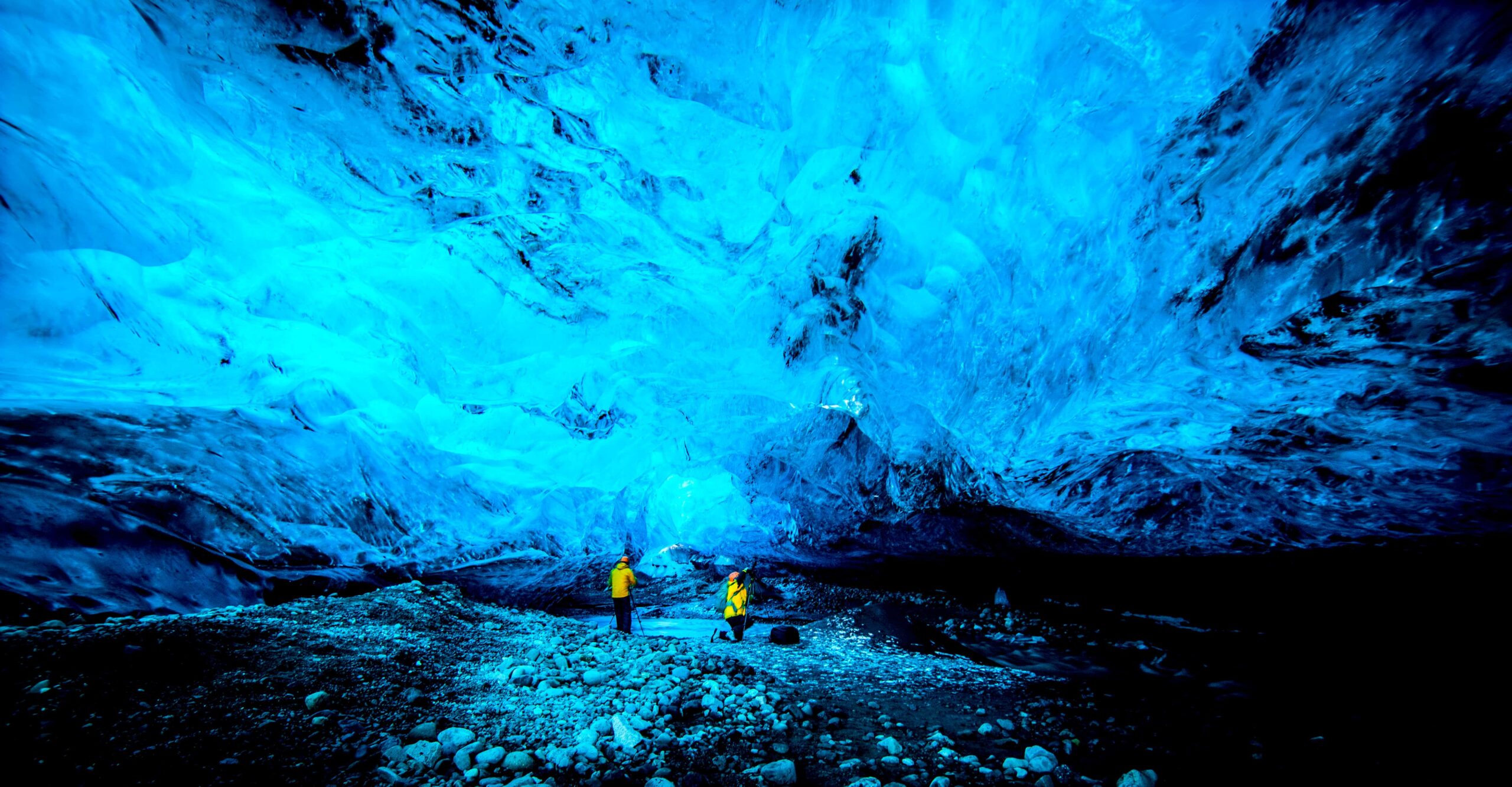
How Much Does it Cost to Travel in Iceland?
So how much can you expect to spend on an incredible trip to Iceland? At the end of these budget breakdowns, I always like to pore over my receipts, tally up my every expense, and tell you guys exactly how much my travel adventures cost.
A two-week long road-trip in Iceland, during which I was travelling on a mid-range budget as part of a couple and moving almost every day, came to the following:
- Accommodation: $189 per day for two people ( $94.50 each )
- Transportation: $46 per day for two people ( $23 each)
- Food: $51 per day
- Activities: $29 per day
Total amount spent per day: $197.50 each
Sure, it’s not the cheapest vacation option out there, but I promise you: Iceland is so, so worth the money! It really is one of the most remarkable places I’ve ever been.
So what do you think? Is Iceland more or less expensive than you expected? Have the prices put you off or made you all the more determined to get over there? And, as always, let me know if you have any questions and I’ll reply to them all in the comments below!
Further reading.
- Best Things to Do in Reykjavik: Don’t forget to check out my in-depth guide to all the best things to do in Iceland’s capital!
- 22 Mind-Blowing Things to Do in Iceland : All of my favourite things to do in Iceland!
- How Much Does it Cost to Travel?: If you enjoyed this budget breakdown, I’ve got a whole lot more to share with you! I’ve been recording my travel expenses for 13 years and counting, and have published over 70 detailed expense reports on my site.
- How to Find Cheap Flights Around the World: My biggest and best tips and tricks for scoring a great deal on flights.
Lauren Juliff
Lauren Juliff is a published author and travel expert who founded Never Ending Footsteps in 2011. She has spent over 12 years travelling the world, sharing in-depth advice from more than 100 countries across six continents. Lauren's travel advice has been featured in publications like the BBC, Wall Street Journal, USA Today, and Cosmopolitan, and her work is read by 200,000 readers each month. Her travel memoir can be found in bookstores across the planet.
Related Posts

The Cost of Travel in Mauritius: My Detailed Budget Breakdown

The Cost of Travel in Thailand: My Detailed Budget Breakdown

2023: My Travels in Review

The Cost of Travel in South Korea: My 2024 Budget Breakdown

What’s it Like to Travel in Liechtenstein?

What to Take On the Camino Primitivo: My Detailed Packing List
Great photographs of Iceland! The waterfalls are amazing. $41 dollars a day is completely reasonable if not downright cheap. Thanks for laying of the expenses so clearly.
This post is so helpful! Money is always something I’m worried about when traveling.
Thanks for this post it was super useful in planning our trip to Iceland! Your pictures are so inspiring too!
Thanks for this useful guide! Planning my two week road trip to Iceland now that I’m fully vaxxed and can’t wait to see some of these beautiful landscapes with my own eyes. Your article helped so much with my trip planning.
I guess prices must have shot up since you went there. I was just pricing rental cars and for the cheapest car I could find, it was over $4500 for 12 days. The self-guided tours that included budget accommodation and a cheap car were a bit cheaper, but were $5000 for 2 people for 12 days.
What dates are you looking for, Brett? I’m happy to have a look and see what I can do. I’m seeing prices of $700 for a 12 day hire for September, for example.
Leave a reply Cancel reply
Your email address will not be published. Required fields are marked *
Meet Lauren Juliff
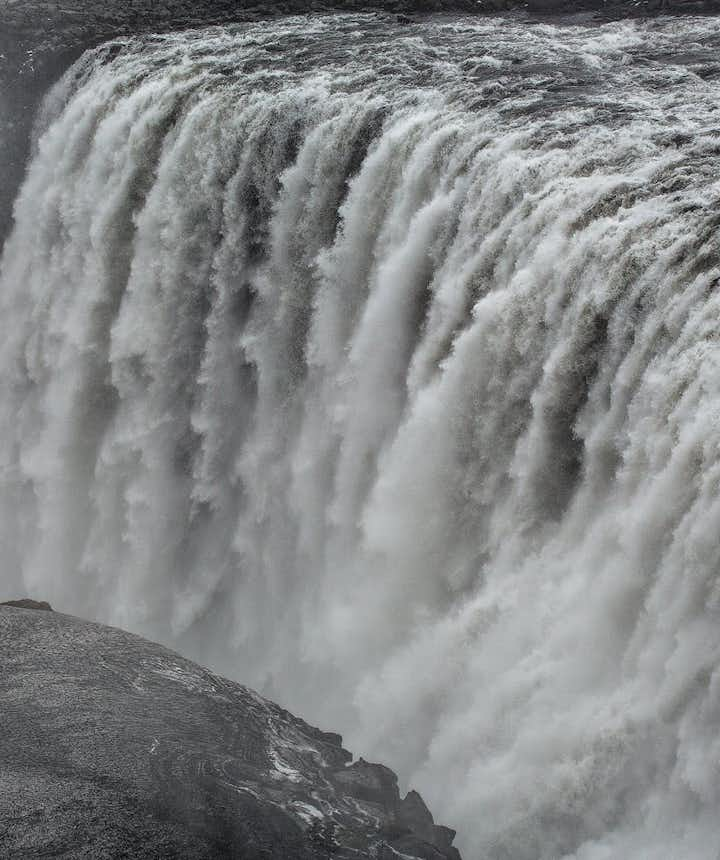
How Expensive Is Iceland? When to Visit & How To Save Money

The Currency of Iceland
Accommodation and transport costs in iceland, wining and dining: how much does a meal cost in iceland.
- Shopping in Iceland
Sightseeing in Iceland
- Weekly and Daily Budgets: How Much You’ll Spend in Iceland
Route 1 - The Backpacker
- Route 2 - The Minimalist
- Route 3 - The Traveler
- Route 4 - The Big Spender
Just for You: Package Comparisons
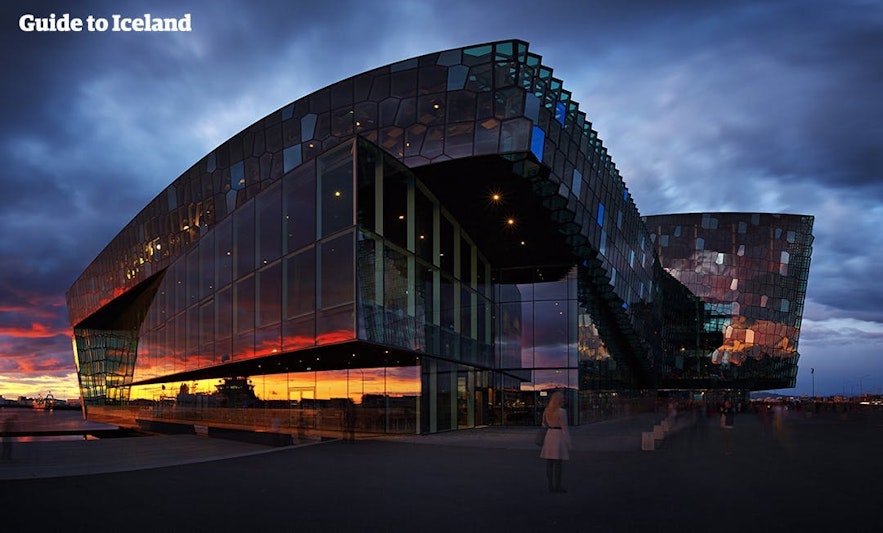
Find out how much a trip to Iceland would cost to help you better budget for your trip. How expensive is Iceland? What’s the condition of the Icelandic currency? Read on to discover our guide on spending and saving money in Iceland.
The nature of Iceland, which boasts glaciers, waterfalls, active volcanoes, ancient mountains, geysers, and black beaches, draws a myriad of international visitors every year, each searching for adventures and memories to last a lifetime. However, there's no reason it needs to break the bank.
If you're hoping to go on a road trip around the country, rent a budget car and explore the largest selection of hostels in Iceland to stay at. In case you haven't booked your flight, find the cheapest flights to Iceland and make the most of the land on ice and fire!
Top Budget Self Drive Tours
Best 7-day northern lights self drive tour through south iceland to jokulsarlon ice cave, amazing 6-day northern lights winter self-drive tour on iceland's south coast with ice caving, 5-day northern lights winter self-drive tour with the golden circle & jokulsarlon glacier lagoon.
- Discover 19 Tips on How to Save Money in Iceland
- Learn how to steer away from the 9 Worst Tourist Traps in Iceland
This picturesque country holds a reputation other than the allure of its natural wonders. The question on everybody’s minds before they decide to book their flight to Iceland is precisely how much money they will need in Iceland. Is Iceland expensive to visit, or is it possible to travel on a tighter budget?

According to Numbeo's Cost of Living Index , Iceland currently ranks as the fifth most expensive country in the world. In 2018, Icelandic banks made an extensive report about essential travel costs for visitors, and the numbers were staggering.
Staying in hotels is 10-32% more expensive in Reykjavik than in other Nordic capitals; prices of restaurants and lodging exceed the EU average by 44%, while the cost of alcoholic beverages outstrips the same standard by a whopping 123%.
Of course, following the consequences of COVID-19 travel restrictions in Iceland , these numbers can't be considered dependable. But it gives a general idea of how expensive Iceland is compared to other Nordic countries.
Knowing how expensive Iceland is, you shouldn’t get too disheartened; there are multiple ways to travel in Iceland without emptying your bank account.
Top Nature Tours in Iceland
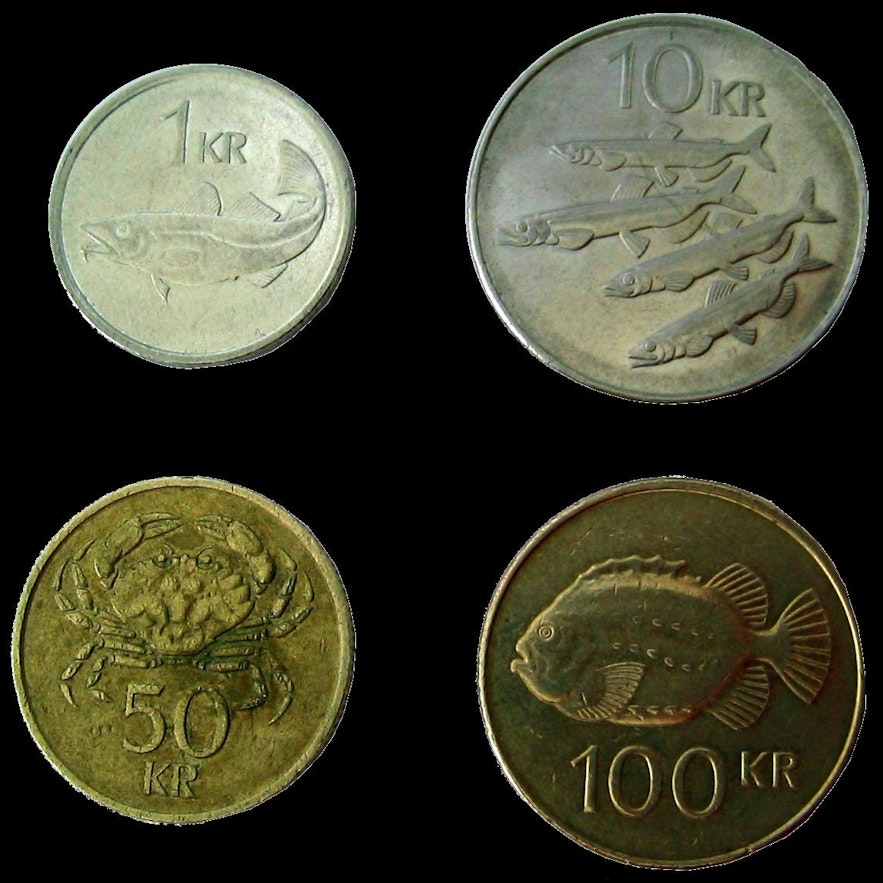
Photo from Wikimedia, Creative Commons, by Thorsten Schmidt . No edits made.
It might surprise some people that a nation of roughly 370,000 people has its very own currency. The currency of Iceland is called the Krona (ISK). It has a long history of independent monetary policies, including being pegged to the Danish krone and the Euro.
The history of the Krona is complicated, with the locals regularly arguing for or against keeping it. What you should bear in mind when traveling to the country is that the currency of Iceland has little value outside its shores. The Central Bank of Iceland determines its worth, and very few banks outside of Iceland ordinarily carry or exchange it.
This is why, when traveling here, you don't need to carry large amounts of currency with you. You can exchange your notes at the airport, but the exchange rate is more favorable if you do so in a bank in Reykjavik.
Also, remember to change your money before leaving to avoid getting stuck with a currency that no bank abroad can accept.

It’s most common for travelers and locals alike to pay for everything on their credit or debit cards. From small food shacks to large shopping centers: everywhere in Iceland accepts card payments, so it may be worth packing light and paying with your plastic.
To make it easier to understand how much you’ll spend in Iceland, all prices have been converted from ISK to USD. However, it’s important to remember that exchange rates do fluctuate constantly. So the prices quoted here are bound to vary slightly, and you’ll always pay the actual ISK amount.
- See the Icelandic Krona Official Exchange Rates

What you’ll end up paying for accommodation in Iceland largely depends on the type of lodging you select. From cottages in the nature of Iceland and affordable hostels in Reykjavik to Icelandic guesthouses with a local flavor , the variety at hand has a vast price range, and there are indeed options that will suit your particular needs.
- Find out Where to Stay in Iceland
- See also: Top 10 Best Hotels in Reykjavik
Expensive as the overall selection might be, you won’t find any five stars hotels as of yet since the upscale market isn’t large enough. Despite that, you could pay the same for a hotel as in New York or London. For three or four-star hotels, the prices range from an affordable 50 USD to 850 USD per night, with most establishments offering free Wi-Fi and breakfast.
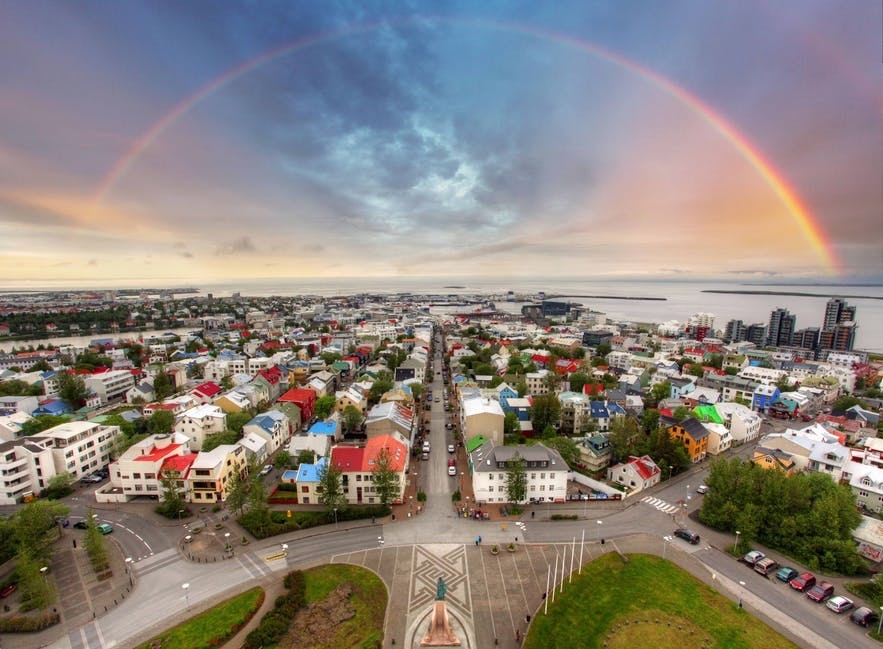
Expensive lodging is the case for visitors and locals; the price of a roof over one's head is soaring. There’s a housing problem on the rise in Reykjavik, where the top percent of the community monopolizes the current generation of renters incapable of investing in homes.
A significant factor in this situation is the staggering number of apartments leased through Airbnb in Reykjavik. If you're considering this route, think about the community you're coming to, and try not to exacerbate this problem for the locals.
Consider booking official accommodations, and remember that renting entire apartments in Iceland is also available, as is booking people's summer cottages in the countryside, which is much more appreciated. These summer houses offer closeness to nature, tranquility, and exclusivity. They often come with a private hot tub while still being very affordable.
Nobody wants to stay cooped up in a hotel for the duration of their stay, so even if you book the cheapest accommodation with this in mind, booking tours, transportation, and the issue of food still add to your spending.
However, by booking a complete vacation package in Iceland that combines exciting tours and things to do as well as accommodation, transportation, and breakfast, you save yourself the jolt when taking care of the bill. You only need to drive from place to place, while everything else will have been taken care of at an affordable price.
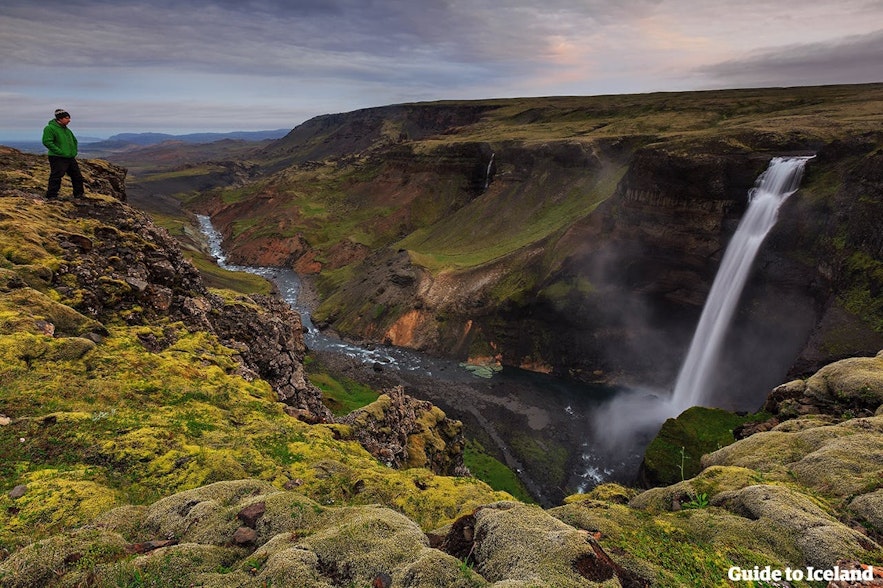
Your cheapest bet, however, will most usually be camping. Luckily, that is an option of steadily increasing availability when traveling around Iceland. Camping sites are common around Iceland and allow you to get closer to the nature you're here to see. Camping is the most sustainable option, providing that you leave the area in the same state you found it.
- See also: Camping in Iceland | All you need to know
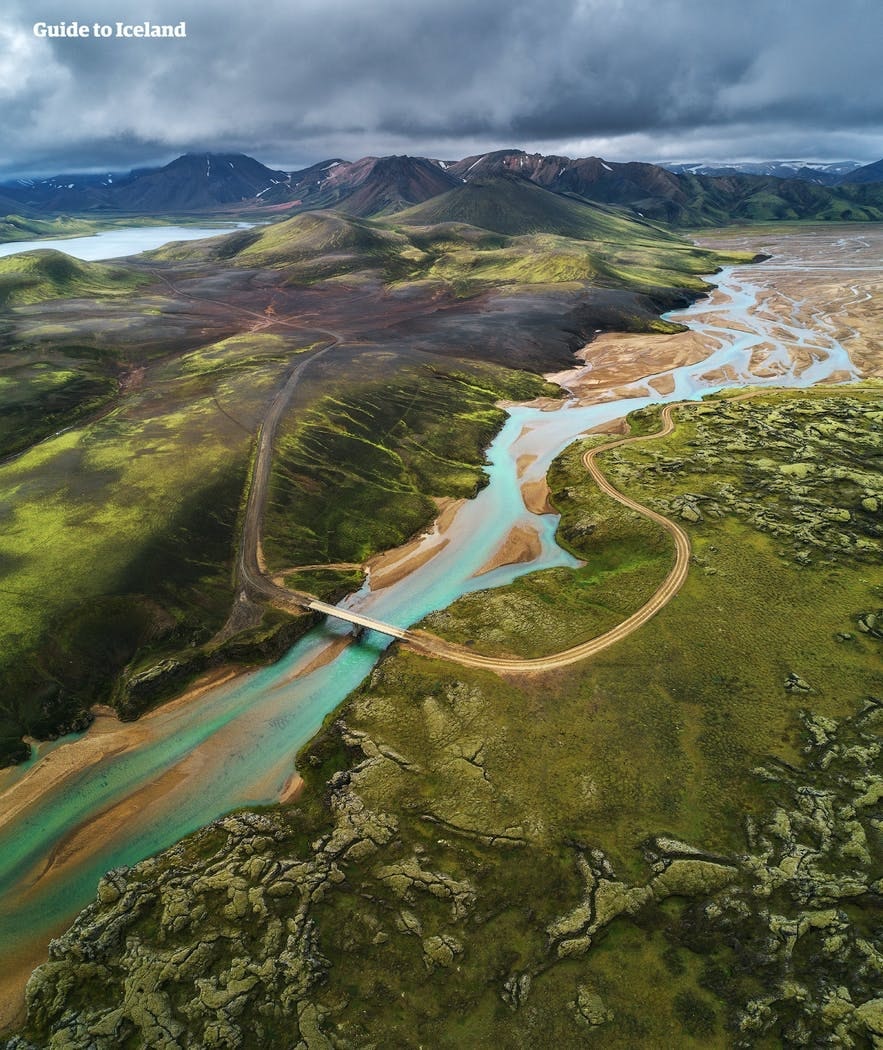
When camping in Iceland, you still need the means to travel to your selected locations. That is where renting a car in Iceland or booking a self-drive tour comes in handy. You’re provided with a vehicle or a camper with a rooftop tent and a detailed itinerary that makes you the guide, enabling you to move around the island and visit sights on your own.
Remember that Iceland is situated on the edge of the Arctic Circle, so camping is an infinitely easier option during the summer months. Camping in the Icelandic winter is an activity reserved for only the most avid trekkers, who are experts in reading the weather forecast and possess all the proper equipment, and have years of experience when it comes to surviving in the wild.
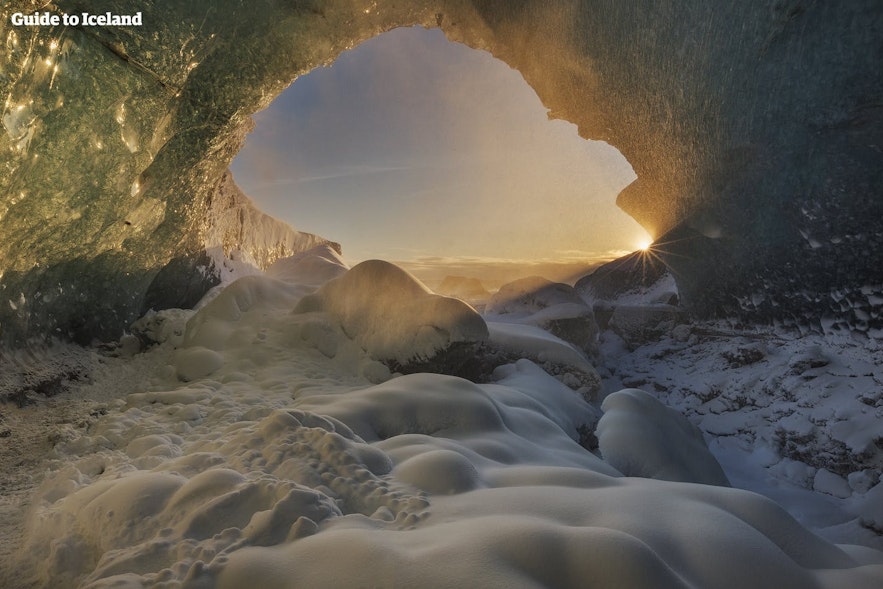
- Check out our great selection of winter self-drive tours
- See info on What to Pack for Travel in Iceland
- See our guide for How to Drive Safely in Iceland
If you're feeling adventurous, there’s also the option of hitchhiking, which is exceptionally safe in Iceland. If you're driving a rental, picking up hitchhikers and suggesting that they pitch in for petrol is an excellent way of saving gas money.
- See also: Weather and Best Time to Visit Iceland
As for the case of inner-city transport, do not take a taxi unless necessary, and only if you're going to be traveling short distances within the city. The flag rate starts at about 5 USD, and from there, the meter runs fast. Reykjavik is, in fact, a very pedestrian-friendly capital. It also boasts the public bus service Straeto , where the regular fare is around 3.80 USD and limitless within the hour.
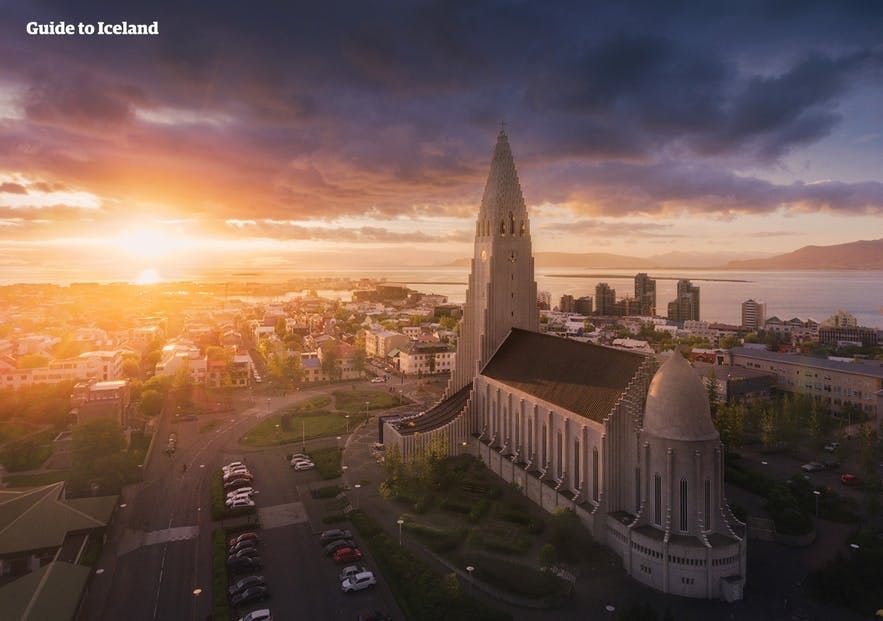
Public transportation outside the capital is not as good, though. If you’re traveling anywhere outside the city, you should know that renting a small car in Iceland is always a lot less expensive than taking a public bus.
Some newcomers make a big mistake by taking a taxi from KEF Airport to the city. Rent a car, or book the shuttle bus to Reykjavik instead for 32 USD, which will save tenfold.
Top Airport Transfers
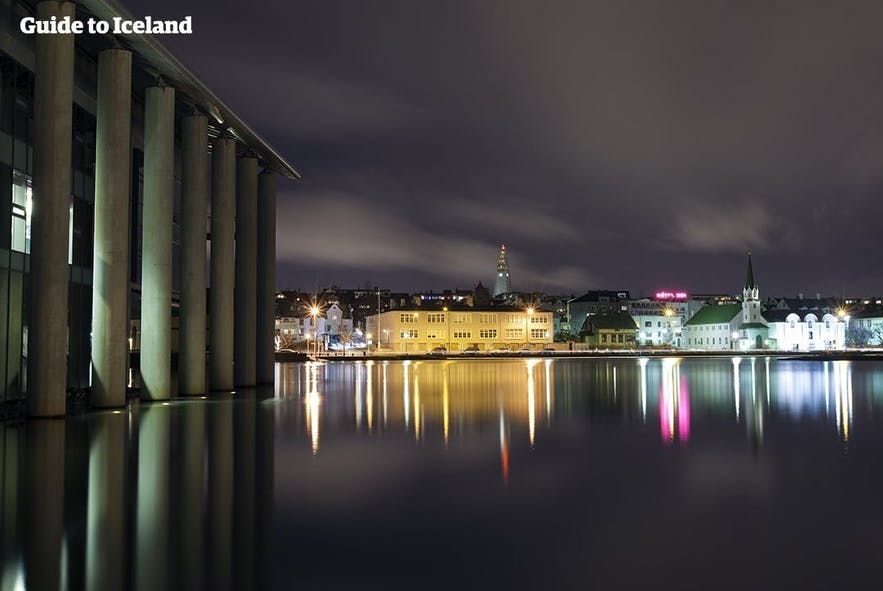
In the last few years, Iceland has witnessed a surge in its local food scene, with numerous world-class restaurants sprouting all over the capital. The possibilities for dining are endless. Traditional Icelandic food is fused with other cuisines or spiced up with exotic ingredients to create venues for fine dining that stand tall amongst the competition.
- See a selection of The Best Restaurants in Reykjavik
- Read our guide for Vegan & Vegetarian Dining in Reykjavik
Eating out is relatively expensive (the average plate will cost between 15 USD and 30 USD), so the locals consider restaurant dining a treat instead of a regular occurrence. If you're going to be eating out in Iceland every night of your stay, expect your expenses to soar.
Instead, you should research the possibilities and plan for one or two special occasions. As with most things in Iceland, they might come at a cost, but they’re well worth it for the unique and quality experience.

Be careful when you buy fast food like pizza, burgers, or sandwiches. One might think it's more cost-effective, but Reykjavik's casual dining pretty much falls within the same price range as the more refined dining. A pizza usually costs around 15-20 USD - virtually the same as a meal at a nice restaurant.
Eating out in Reykjavik is expensive. The best way to save a buck is to take advantage of lunch hours when numerous inner-city restaurants offer reduced prices or two-for-one deals on selected dishes.
The most economical way of eating food in Iceland is to cook it yourself. If you're purchasing groceries, avoid the supermarket chains 10-11 or Krambudin, the most expensive grocery stores in Iceland. Shopping there might go as far as doubling your grocery bill.

Photo from Nathan Dumlao
Instead, hit low-price stores like Netto , Kronan , and Bonus . Each has numerous locations in and outside the capital. These stores are ideal for lunch-pack shopping before you leave town and embark on your adventures. Road-side kiosks tend to offer things like burgers and hot dogs, but for sky-high city restaurant prices.
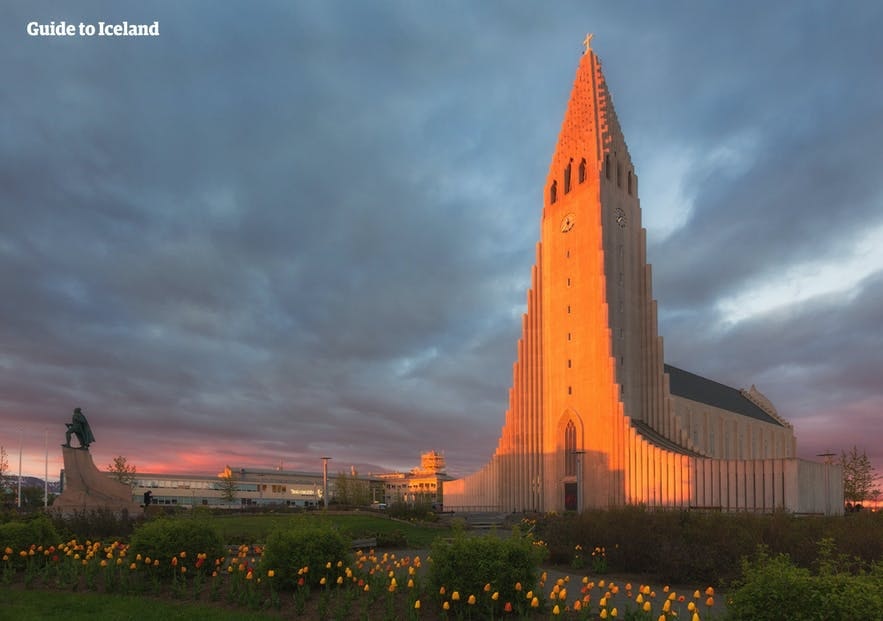
As for alcohol, Iceland’s relationship with it is rather complicated. Beer prohibition was lifted as recently as 1989, and although Icelanders like to wet their whistle, the accessibility is somewhat limited compared to international standards.
Alcohol only sells in the state-run liquor store known as Vinbudin (Icelanders call it "Rikid," which simply means "The State"), which has limited opening hours. Therefore, stock up beforehand if you plan to go out or even stay in. In these state-run stores, taxes are high, so an even better bet is to shop duty-free at the airport on arrival.
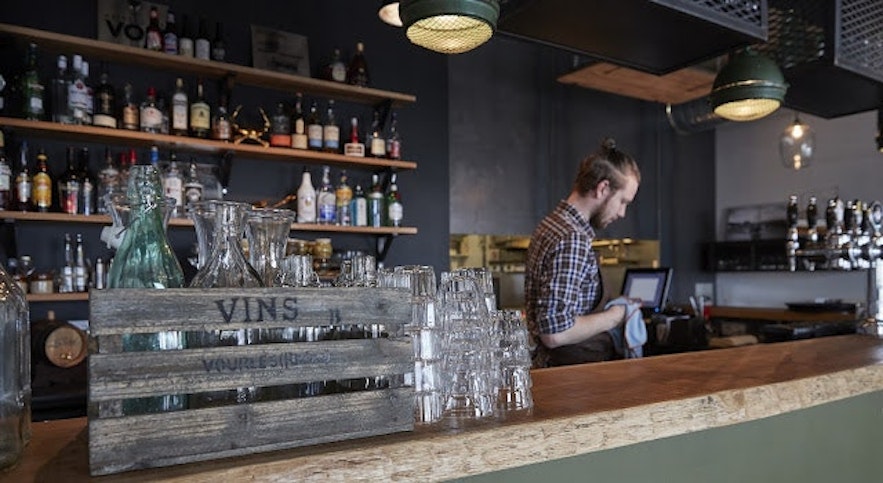
Photo courtesy of Von Mathus Gastropub . No edits made
You should also watch out for what appears to be beer on the shelves of local supermarkets - it's not. Supermarkets are only allowed to sell beverages with a maximum alcohol content of 2.25%. Therefore, these are nearly alcohol-free beers, but many travelers have been fooled by their appearance and become placebo-drunk.
Despite all of this, you can’t avoid hitting the streets at some point, and you shouldn’t since Reykjavik boasts over 50 quality bars and pubs that are a joy to visit. Although the prices are high (roughly 7 USD for a pint), Reykjavik has a vibrant happy-hour culture, where you can hit the bars at the correct times for the best prices.
- See a comprehensive Happy Hour Guide to Reykjavik
- Learn about Best Bars for Craft Beer in Reykjavik
Now that you know how expensive Iceland is, don’t expect to save money on shots, mixers, or cocktails since those rarely fall under the happy hour menus. Most happy hours include the house’s red and white wines if beer is not your preferred drink.

How much is a cup of coffee in Iceland? You may want to consider it an odd treat instead of a daily buy. A cup of latte or cappuccino goes for around 5 USD, tea at about 3 USD (usually with free hot water refills), and a regular black coffee goes for anything from 2.50 USD to 4 USD (depending on if refills are included).
There are a few ways to get around this. Since Iceland is one of the biggest coffee-consuming nations globally, your accommodation might include it as complementary. You'll also find free cups of coffee at most banks and some grocery stores, such as Bonus, intended for customers.
Now that you know some prices in Iceland avoid buying bottled water. Water from the faucet in Iceland is among the cleanest and purest in the world and full of healthy minerals, and is always safe to drink. Just bring a water bottle with you, and rest assured that every establishment will happily refill it.
Shopping in Iceland
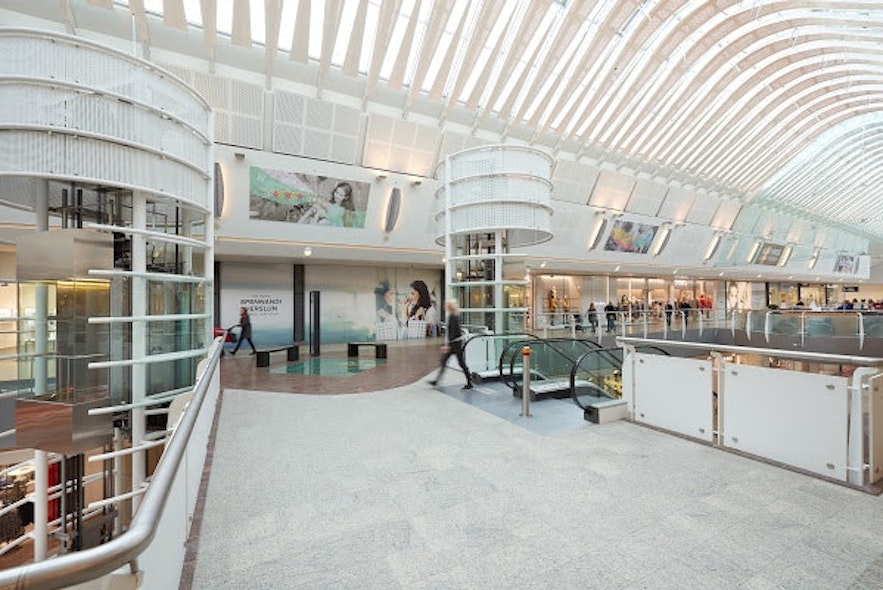
Photo courtesy of Smaralind mall
When shopping in Iceland, the estimation ultimately depends on what you're here for and what you're willing to spend. Although enjoying Iceland is not solely reserved for the wealthy, shopping here might very well be.
Fashion wear in Iceland is taxed through the roof. For instance, a pair of Levi jeans is sold with a roughly 40 percent markup compared to Scandinavia, the UK, and the US.
Most locals prefer to do their most extensive shopping online or abroad, heading to discount stores in Copenhagen or Berlin in unison with their travel plans. Icelanders also love to hunt for discounts and sales, in which case the two Reykjavik shopping malls, Kringlan and Smaralind , are the prime destinations.
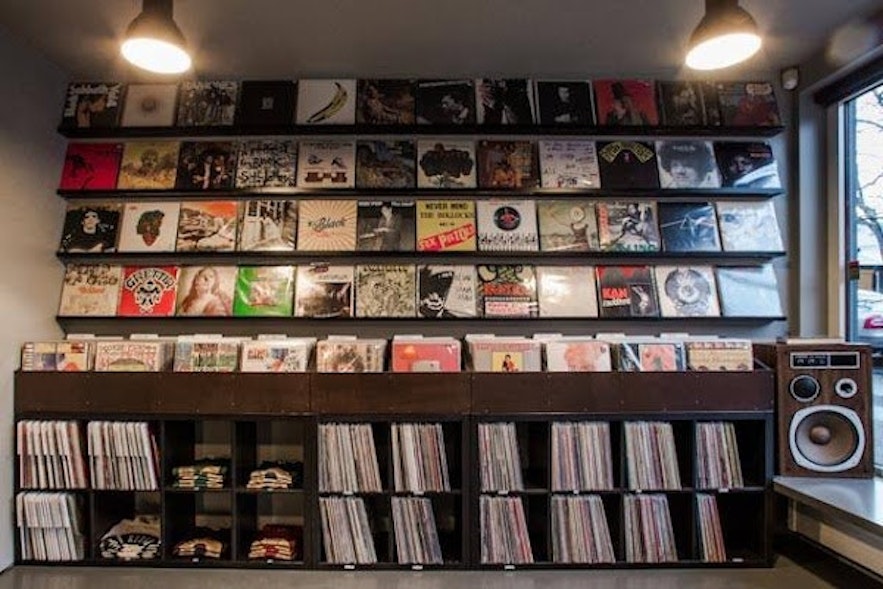
Photo courtesy of Hordur Ellert Olafsson at the Reykjavik Record Shop
The city offers a wealth of local design stores, each holding unique and hand-made garments for an attractive price. Shopping vintage is another option. There are a lot of great second-hand stores on Laugavegur street , where you could even score your very own lopapeysa for cheap.
You can also head to Kolaportid Flea Market - the only place in Reykjavik where you can practice the art of haggling. The market is only open during the weekend, and you should go here if you want to pay next to nothing for Icelandic wool products, stamps, postcards, weird knick-knacks, or vintage wear.
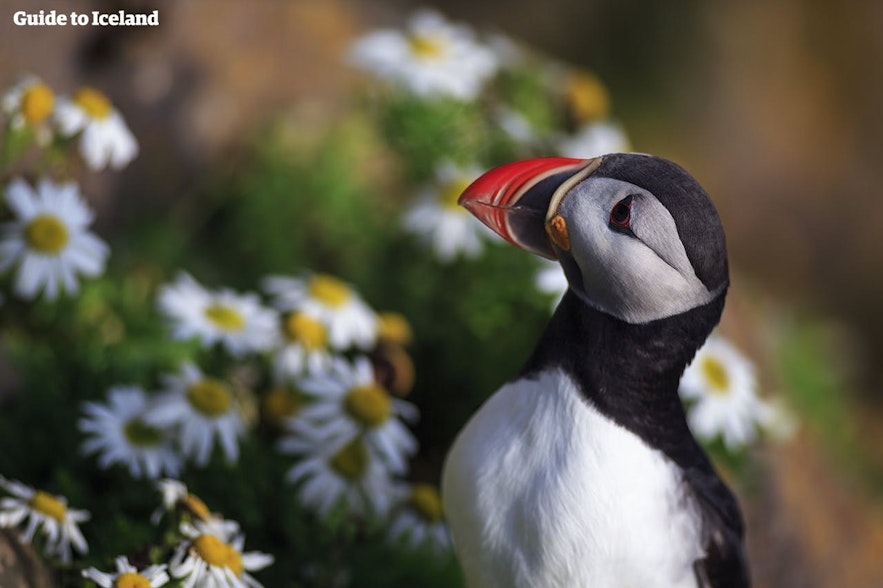
The so-called "puffin shops" that litter the local streets might promise a bargain on authentic Icelandic memorabilia if you're looking for souvenirs. But they’re specially tailored tourist traps selling only mass-produced plastic ornaments from faraway lands.
These shops also drive out local businesses, so you should hunt for the more authentic souvenirs at the National Museum gift shop, the Handknitting Association of Iceland , or the aforementioned Kolaportid Flea Market.
The best memories you can buy are the numerous adventures you’ll embark on and all the stunning natural sights you’ll behold. Just remember to pack a camera, and you can bring back all those memories.
Top Reykjavik Tours
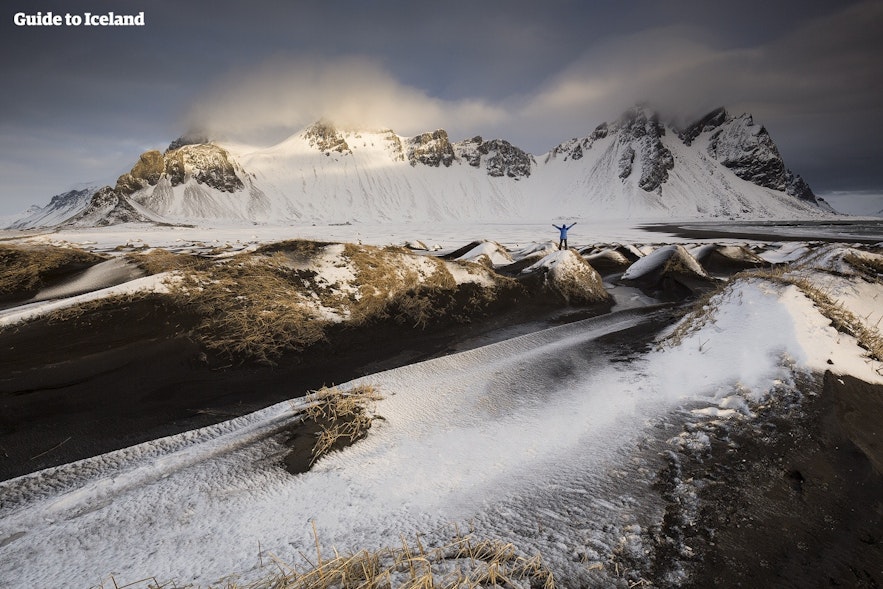
The best things in life are free, they say. Icelandic nature boasts wonders unparalleled anywhere else in the world. It’s a place where the geothermally active terrain of hot springs and geysers meets with rural coastal villages, in contrast with wild and uninhabited Highlands .
- Read about Iceland's mountains , fjords , and waterfalls
- Read about Iceland's glaciers , caves , and volcanoes
Although feasting your eyes on these marvels comes at no cost, you still need the means to get there, a place to stay, and the proper gear and guidance. Nature isn't only there to be looked at; you can and should participate in activities offered to experience it fully.
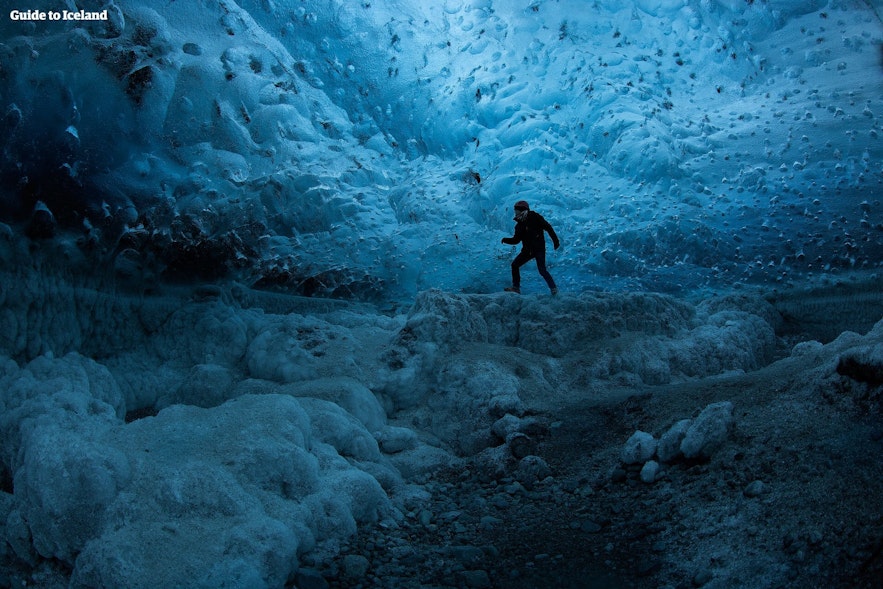
So when you head to, for example, Thingvellir National Park , a rift valley at the conjuncture of two tectonic plates, you can add significantly to that experience by snorkeling in Silfra fissure . Or, if you visit Skaftafell National Park , home to the largest ice cap in Europe, you can embark on a glacier hiking tour or venture inside an ice cave .
Luckily, Iceland offers various guided services to make these activities available to visitors. This is the case even with a celestial phenomenon like the northern lights in Iceland .
Though they appear in the winter sky of their own accord, some people work around the clock to calculate their arrival for you by using solar wind readings and weather forecasts. If that fails, most companies offer you compensation for your tour.

That compensation usually allows you to embark on the same tour on a different night to try your luck again. Therefore, the best way to see the northern lights is to book a northern lights excursion for the beginning of your stay.
Tours differ significantly in expenses, but we advise you to book packages, as one adventure will undoubtedly leave you thirsty for more. If you buy your tours one at a time, the costs will add up much faster than if you allow the experts to join a few together.
Iceland also offers endless possibilities for hiking and trekking, where you can explore the vastness of the Highlands over a few days while staying in cabins in between. Hikes are a summer activity, but you still need warm clothes, good hiking boots, and food since there are no shops around.

- Read about Hiking in Iceland
Remember always to make a travel plan and then leave the said plan at safetravel.is so you can be located and rescued if you get into trouble. The nature of Iceland should not be underestimated, but if you follow the proper guidelines, you should be fine.
Apart from embarking into the wild, there are also plentiful opportunities to go sightseeing within municipal limits. The capital of Reykjavik possesses a myriad of museums and sights, some of which are free of charge and some of which you can save a buck when visiting by purchasing passes.
- Check out the 13 Best Cheap Things to Do in Reykjavik
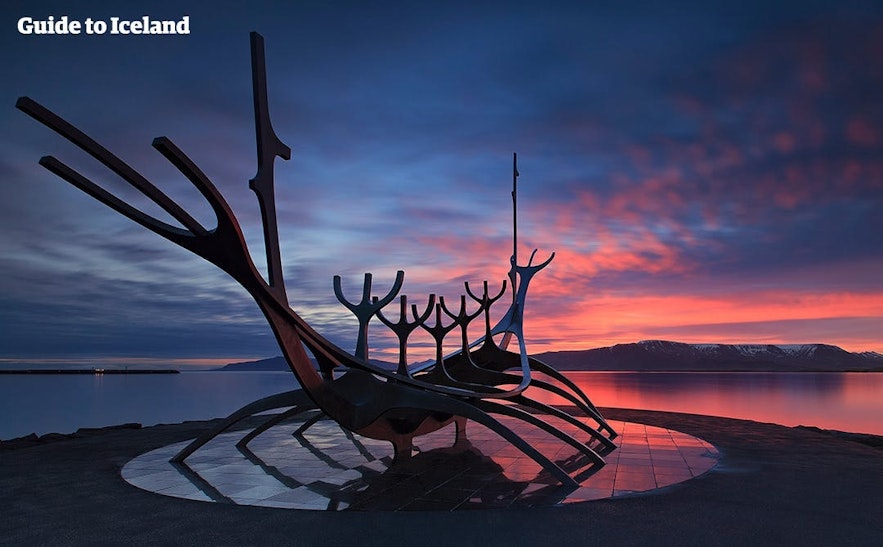
The Reykjavik City Card is an economical and excellent way to get the most out of your stay in the capital, providing access to a great selection of galleries and museums, all swimming pools in Reykjavik and public transport.
The pass also gives you a discount on multiple tours and services when you want to leave town, meaning you won't only save money if you stay in the city. You can purchase a 24 , 48 , or 72-hour Reykjavik Card to meet your needs.
- See also: Top 10 Things to do in Reykjavik
- See also: Secret Reykjavik | Hidden Gems in Iceland's Capital
Weekly and Daily Budgets: How Much You’ll Spend in Iceland
We hope this article has given you an idea of the different expenses and possibilities when traveling in Iceland. There's nothing left now except to present you with estimated budgets to better your abilities to plan the journey of your dreams.
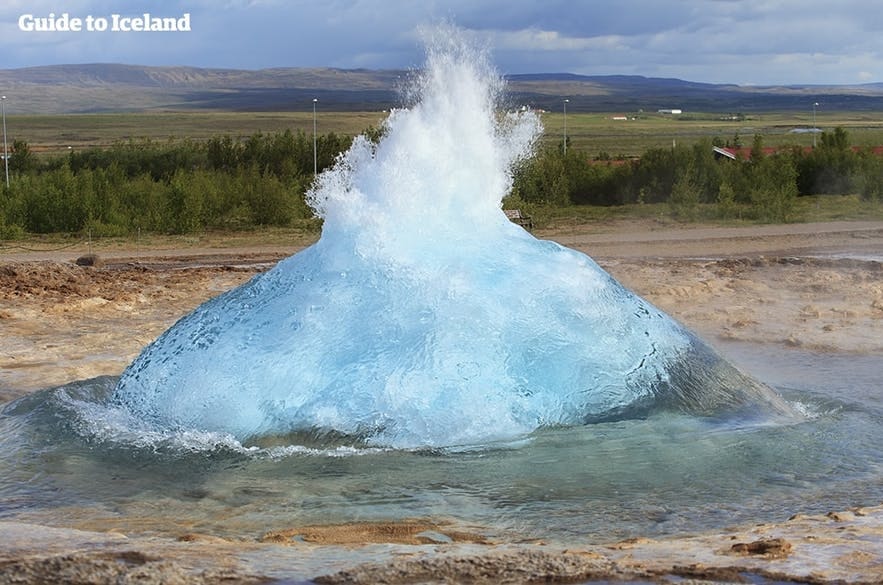
The Backpacker's approach to traveling in Iceland includes no transport except booking the affordable airport shuttle to Reykjavik . Otherwise, they can hitchhike.
They would camp in the city , where the night goes for about 20 USD, provided they booked the whole week. Included are a couple of additional spendings, such as electricity rent or using a washing machine once.
This person would cook their meals, of which 62 USD should buy them groceries for the week. When we throw in two 72-hour Reykjavik City Cards, showers are covered with daily trips to one of Reykjavik's geothermal swimming pools.
The Backpacker can sightsee the city, hike up Mount Esja and hitchhike to nearby municipalities such as the hot spring valley in Hveragerdi or the black sand beach in Vik .
One week's expenses for this approach come to around 280 USD, or 40 USD daily.
Extra: Backpacker's Splurge
With one night out, one night eating out, and one budget tour such as a Golden Circle Minibus Tour , the estimation rises to about 364 USD for the week or 52 USD per day.
Route 2 - The Minimalist
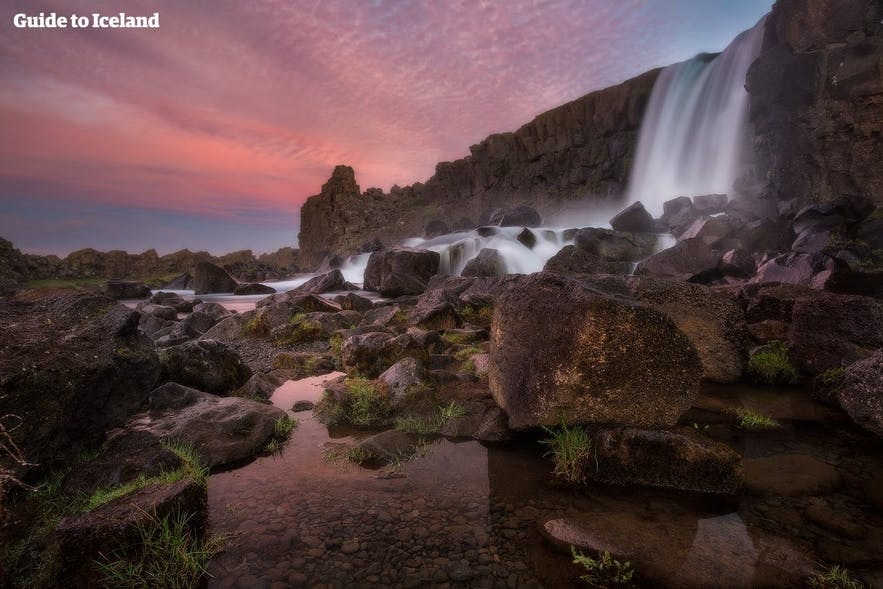
The Minimalist's approach includes hostel accommodation at about 31 USD per night, where cooking facilities enable them to groceries for the week for around 42 USD. Let's throw in a case of Icelandic beer for roughly 16 USD to keep the fridge stocked!
This individual would go to a cafe a couple of times and eat out once and allow themselves to purchase one combo tour, such as Whale Watching and the Golden Circle combo tour , for approximately 143 USD.
They would book an affordable airport transfer from Keflavik Airport but otherwise use the public transport system or rent a small car for one day for 46 USD.
The Minimalist could spend a day driving along the South Coast or visiting the Snaefellsnes peninsula . A small car will suffice if the season is summer.
One week's expenses of this route come to about 490 USD, or 70 USD daily.
Extra: Minimalist's Splurge
Booking admission to the luxurious Sky Lagoon and one good night out in Reykjavik , the estimation would rise to around 580 USD for the week or 82 USD per day.
Route 3 - The Traveler
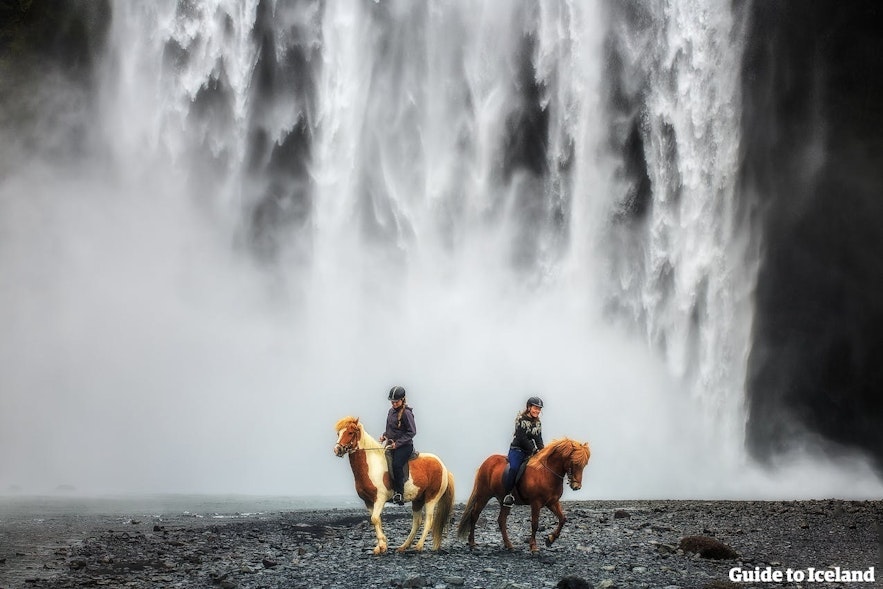
The Traveler would book hotels or a guesthouse for around 85 USD per night and rent a four-wheel drive car in Iceland for the whole week, with gas prices at roughly 2.30 USD for the liter.
They would hit a cafe three times, eat out maybe four times and buy additional groceries for 62 USD. They might purchase a couple of meet-on-location tours, such as a horse riding tour in beautiful scenery near Hveragerdi for 67 USD and a Silfra snorkeling adventure at Thingvellir for 140 USD.
The Traveler uses their four-wheel drive car to explore the Highland roads and sightsee the wild nature of Iceland and stay outside Reykjavik for several nights.
A week like that would come to about 1,380 USD, or 197 USD daily.
Extra: Traveler's Splurge
With one all-included Beer & Food Tour in Reykjavik for 77 USD and admission to the world-renowned Blue Lagoon , the week goes up to 1,594 USD or 227 USD per day.
Route 4 - The Big Spender
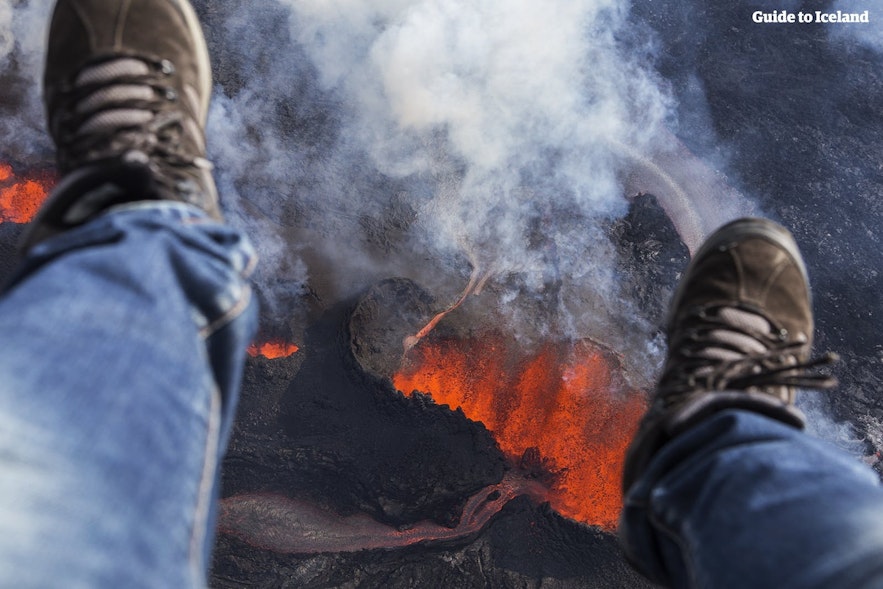
The Big Spender might book a nice hotel for 235 USD per night and a cottage in the countryside for 118 USD per night. That way, they could enjoy the full extent of gorgeous rural landscapes and the capital city.
They would rent a luxury car for seven days at 95 USD per day and go on three combo tours for 490 USD.
They might hit a cafe five times during the week and eat out every night. They wouldn't hesitate to match their meals with wine and craft beer, doubling restaurant expenses.
The Big Spender could, of course, spend a lot more, but this data is meant to showcase a week where the goal isn't to spend money but to see Iceland off a budget.
This approach would leave the week at 2,720 USD or 388 USD per day.
Extra: The Big Spender's Splurge
If this individual wants to splurge, the sky's the limit. Why not add a helicopter tour , exploring Iceland from above and maybe even touching down on an actual glacier for 590 USD?
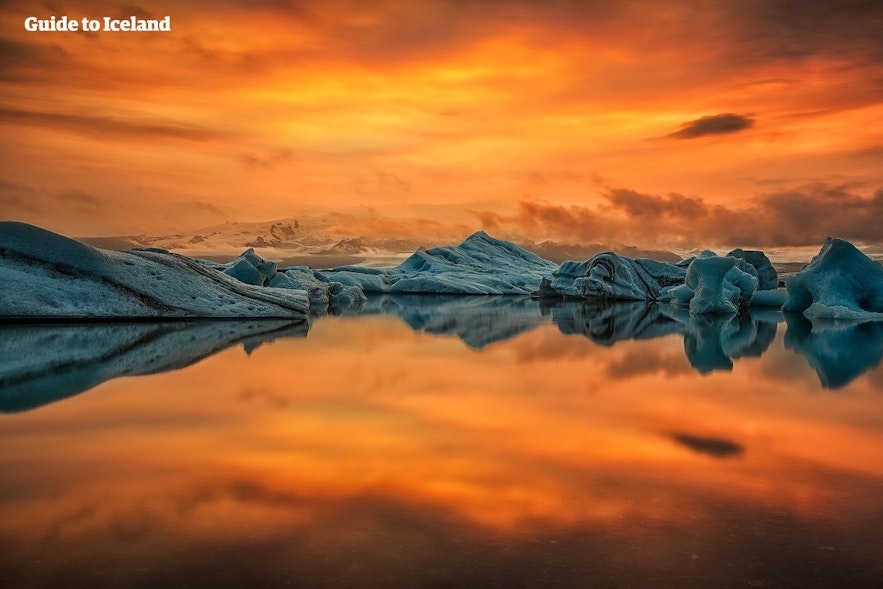
Now that you've seen the different approaches to estimated Iceland budgets, you can compare the costs with self-drive tours and all-included travel packages.
A week's self-drive tour around the whole country, with a car, accommodation, breakfast, and a Blue Lagoon voucher such as this one is 754 USD, where added meals and gas expenses would bring the estimation to 140 USD a day.
This would top the Traveler's approach - while including more comforts and a lot more sightseeing. There are also budget self-drives, such as this budget-friendly Golden Circle & South Coast tour , available for 743 USD that don't have breakfast or vouchers - ideal for the Minimalist!
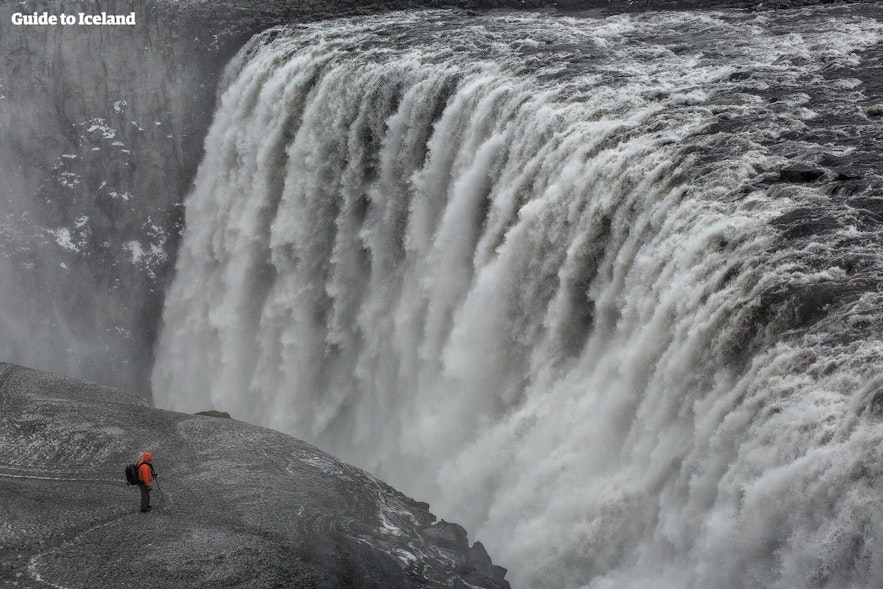
A package such as this customizable Icelandic Wonders tour offers Reykjavik accommodation for five nights, one night at a country hotel, two bus tours, and a Blue Lagoon voucher, all for 1,092 USD.
Add a few night outs to that, and the estimation would come to 210 USD per day, which matches the Traveler's approach and tops the Big Spender route by miles in being economical. The possibilities are endless, but this should give you an idea.
PLEASE NOTE that all prices listed are subject to change, and we do our best to keep them updated to show the correct information. If you have any additional questions on the costs of traveling in Iceland, don't hesitate to ask them in the comments below, and we will answer them as soon as possible.
Popular articles

Guide to Iceland | The Story of the Leading Travel Agency of Iceland

The Complete Guide to the Midnight Sun in Iceland

Top 20 Most Beautiful Waterfalls in Iceland

22 Photos of the Aurora in Iceland

Mountains in Iceland
Other interesting articles.

Skiing and Snowboarding in Iceland
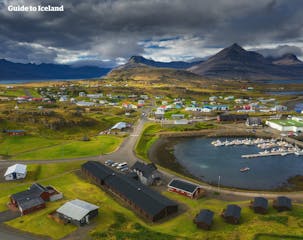
Surfing in Iceland
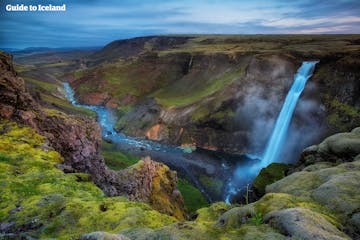
Iceland's Weather, Climate, and Temperature Year-Round

Download Iceland’s biggest travel marketplace to your phone to manage your entire trip in one place
Scan this QR code with your phone camera and press the link that appears to add Iceland’s biggest travel marketplace into your pocket. Enter your phone number or email address to receive an SMS or email with the download link.
Top things to do in Iceland
Book your complete trip with the best companies only

Explore an Ice Cave

Visit a Live Volcano

Find the Northern Lights

Visit the Blue Lagoon

Go on a Road Trip

Do the Golden Circle

See the Glacier Lagoon

South Coast Tours

How Much Will an Iceland Trip Cost in 2024?
Last Updated on December 11, 2023
by Maggie Turansky
Disclaimer: This article contains affiliate links. That means if you click a link and make a purchase, we may make a small commission. As an Amazon Associate we earn from qualifying purchases. For more information, see our privacy policy.
Is Iceland expensive to visit? How much will an Iceland trip cost if you stick to a budget? A destination that is on many a traveller’s wish list, many wonder if it is even possible to plan a trip to due to a perceived notion that it is an incredibly costly country to travel to.
If you are interested in visiting this gorgeous nation, then it is essential that you’re aware of the average prices in Iceland and budget accordingly. But, in all honesty, the cost of a trip to Iceland does not have to be astronomically high.
An average trip to Iceland cost for travellers who want to vacation in Iceland is approximately $110-400 USD per person per day . This means that the cost of 7 days in Iceland is around $770 to $2,800 USD excluding airfare. You can expect prices at the lower end if travelling on a budget during shoulder seasons and at the higher end as a mid-range traveller in peak season.
Depending on your travel style and tendencies, it is possible to reduce your Iceland vacation cost a lot in some facets in order to spend more in others. If you’re looking to visit this beautiful Nordic nation on a budget and you’re wondering how much your trip will generally cost, read on to find out our best money-saving advice.
Table of Contents
Iceland Trip Cost Guide
This guide will break out the average costs of your vacation to Iceland across accommodation, transport, food, activities and entertainment, helping you understand how much is a trip to Iceland.
Accommodation Prices
An average cost for accommodation in Iceland will be approximately $40-125 per person per day in shoulder seasons or $60-200 per person per day in high season. This assumes you’re either staying in a hostel dorm bed or, otherwise, splitting the cost of hotel rooms with another person.
Hostels in Iceland will set travellers back on average $40-60 per night, will prices tending to be more expensive in the capital city of Reykjavik and during the peak tourist seasons of July and August.
You can sometimes get cheaper prices if you book in advance and it’s worth doing this if you want to stay in hostels as options are limited once you get out of Reykjavik. You can browse the best hostels in Iceland here.
If you’re travelling as a couple or with a friend, then you can get similar costs by choosing to stay in a private room in an Airbnb. Another benefit of staying in an Airbnb or hostel is they often offer self-catering facilities so you can cook your own meals and save money even further.
However, in popular places such as places like Vik and Jokulsarlon options are limited. If you’re looking for a budget hotel like Hotel Kanslarinn in Hella expect prices to begin at around $150 per night and increase to about $250 in the high season months.
If you want to go down this path, it’s worth booking as early in advance as possible as good quality places book out quickly, particularly in high season.
For those looking for a more traditional hotel route rather than wanting to stay in more budget-friendly accommodation, you’re going to have to pay a bit of a premium.
A decent, 3-star hotel in Iceland will start at around $250 per night and increase to roughly $400 per night in the high season. Expect nicer hotels to increase in price from there. Prices don’t vary too much in or out of Reykjavik.

Another popular option among budget travellers in Iceland is to hire a camper van, which kills two birds with one stone as you will also have your transport taken care of.
There are numerous camper rental companies throughout Iceland and the cheapest option for a basic manual-transmission van that sleeps two starts at around $120/day.
An auto-transmission will cost more but you can expect significant discounts to these prices if you choose to visit outside of peak seasons. Many campervans also offer heaters and camp stoves/cooking supplies which allow you to cook your own food easily.
Keep in mind, however, that it’s not possible to sleep anywhere you want in a campervan in Iceland so you will need to also factor the cost of campsites/overnight parking, particularly along the more popular South Coast .

Transport Prices
Contrary to the majority of European countries, public transportation in Iceland is lacking so the most effective and efficient way to get around this island nation is by car.
The cost of a hiring car with basic insurance included will be approximately $30-40 per person per day if splitting costs between two people. However, you can get significantly reduced pricing for basic cars if travelling in shoulder seasons.
In addition, to the cost of hiring a car, you’ll need to factor in the cost of fuel, which will increase your daily costs, as well. The average petrol price in Iceland as of December 2023 is $2.25/litre (or about $9/gallon).
If you plan to hire your own car and drive the Ring Road, there are a number of rental companies to choose from. While you may be inclined to hire a car through an internationally recognised company such as Hertz or Enterprise, often these companies charge a lot more than a local car hire company.
We, for instance, found a great deal from Reykjavik Cars which was by far the least expensive option we were able to find.
If you want to compare prices across companies we recommend browsing options here so you can see aggregate results from a number of the major car hire companies.

Another factor for your Iceland budget to keep in mind is that cars with an automatic transmission often cost considerably more than a manual. So if you can drive a manual and want to save some money, by all means, make sure you’re hiring a manual transmission.
Finally, if you do rent a car in Iceland, a great way to save money on insurance is by going through a third party such as iCarHireInsurance. They offer excess insurance (which means you won’t have to pay anything if you get in an accident) for a fraction of the cost of most car rental companies.
If you don’t rent a car in Iceland then you’ll need to factor in additional costs such as airport transfers from Keflavik Airport . By booking in advance, you avoid having to wait in line when you arrive and can simply hop on the bus when you land. Click here to book your airport transfer to Reykjavik!

Food Prices
Another expense you will need to consider for your Iceland travel budget is the price of food. It will come as no surprise that food in Iceland is expensive, especially if you eat in a restaurant. If you choose to cook all your own meals then you can expect to spend approximately $10-15 per person per day.
The average cost of a meal at even the most budget-friendly of restaurants will probably set you back about $20-30 per person. This is why the absolute biggest Iceland food budget tip I can give would be to cook your own meals.
That isn’t to say there aren’t cheap eats in Iceland, particularly in Reykjavik, where in the capital a hot dog at the famed Bæjarins Beztu Pylsur is just a bit over $4.
Groceries are significantly cheaper than anything you could get at a restaurant so I would suggest stocking up on as many non-perishable items as you would need for the entirety of your trip while in Reykjavik.
This was something of a shock to us, but grocery prices in the capital city were about 10-15% less than those at supermarkets in the smaller towns along the Ring Road.
But if you want to shave a considerable amount off of your total trip cost I would wholeheartedly recommend cooking for yourself. If you want to incorporate one meal per day at a restaurant then you should expect that to set you back around $30 per person, meaning your average food budget in Iceland will increase to around $40 per person per day.

Activity Prices
Luckily for the budget traveller, it is very possible to visit Iceland and not spend a dime on any activities! However, if you want to splurge on at least one or two of the major activities in Iceland (such as a basic Blue Lagoon visit or an hour of horseback riding) then you should expect to spend an average of $20-25 per person per day over a one-week trip.
Most of the main natural sites in Iceland don’t charge any entry fees and even if they do, they most certainly will not break the bank. For example, I think the only attraction we had to pay to visit was the Kerið Crater Lake on the Golden Circle route and that only set us back $3 per person.
There are also plenty of hot springs that you can visit that aren’t the Blue Lagoon that may require a bit of a hike, but are free to enter.
If you’re planning on spending a bit of time in the capital city, there are a number of things you do in Reykjavik on a budget and one of the best ways to see the main sites of this charming little city is by going on a free walking tour. While these tours advertise as being free, you should always tip the guide if you have enjoyed the tour.
It is certainly possible to splash out on experiences — such as glacier climbing, whale watching, horseback riding , or SCUBA diving along the fault line — these things are not necessary in order to get the most out of your Iceland trip.
If you don’t rent a car and are unwilling to hitchhike then your only option to see the Golden Circle and other stunning natural attractions is to book a guided from Reykjavik. Some of the best options include this full-day Golden Circle tour and this full-day South Iceland tour.
These amounts aren’t included in an average Iceland vacation cost as the majority of people visiting Iceland choose to rent their own transport.

Entertainment Prices
Sometimes there is nothing better after a long day spent outside enjoying stunning natural scenery than a nice, cold beer. However, in Iceland, this is going to cost you.
Iceland has some of the most expensive liquor prices in the world and a pint of local beer at a bar can easily set you back $10-15.
The easiest remedy to this is if you intend to visit Iceland on a budget, simply abstain from drinking. However, if you do enjoy the occasional alcoholic beverages, there are ways to drink in Iceland on a budget.
One great tip is to follow the lead of the locals and stock up on your booze at the duty-free shop in the airport. These are, by far, the cheapest liquor prices you’ll find in the country as the local tax is removed. Another option is to purchase liquor at the duty-free shop at the airport you are departing from.
Reykjavik is famous for its nightlife, but keep in mind that it can be very expensive to go out. While booze prices are slightly less expensive in Reykjavik than in the rest of the country, it’s still going to be considerably more than what most people are used to paying, given that you live outside of the other Nordic countries.
All in all, alcohol prices in Iceland are incredibly expensive and if you really want to cut down on your Iceland travel cost then it’s best not to drink at all. If you want to incorporate a couple of visits to a bar during your Iceland trip, then expect to plan for around $20-30 in your Iceland budget for every night out.

Average Iceland Trip Cost
So how expensive is Iceland? Well, it isn’t a cheap destination to visit, however, it is possible to travel on an incredibly tight budget while in Iceland. For the purposes of this section, I’ve averaged all of the costs so you can have an idea of how much you might spend per day while travelling in Iceland, assuming you are splitting the costs between two.
Accommodation: $40 – 200 / night
Transport: $30 – 70 / day
Food: $15 – 50 / day
Activities: $25 – 50 / day
Entertainment: $0 – 30 / day
Depending on your travel style, it is possible to travel to Iceland on a minimal budget. Assuming that you’re not intending to camp and hitchhike your entire trip it’s safe to assume that your Iceland trip budget will be about $110 per person per day if travelling on a budget during shoulder season and up to $400 per person per day if you’re a mid-range traveller visiting in peak season.
This does not include any pre-trip expenses such as airfare or ensuring you have the right gear for your Iceland trip.
Finally, also make sure that you factor in the cost of a travel insurance policy. World Nomads offers flexible and simple travel insurance policies with coverage for more than 150 activities that you can buy or extend while on the road.
Another affordable option is SafetyWing which offers travel medical insurance policies. Click here to get a quote from SafetyWing.

Travelling in Iceland doesn’t have to be as expensive as you might think. If you do the proper planning and budgeting, you might find that your trip to Iceland cost can be fairly affordable even in one of the most expensive countries in the world.
Are planning a trip to Iceland? Have any questions about prices? Let us know in the comments!

Related Posts:

Complete Guide to Iceland’s Golden Circle Stops (with Map!)

The Perfect 2 to 3 Days in Reykjavik Itinerary

The Best Coats for Iceland in Winter & Jackets for Summer

About Maggie Turansky
Maggie is a co-founder and writer for The World Was Here First. Originally from the US, she has lived in five different countries and has travelled to dozens more, both solo and with her partner, Michael. She particularly loves exploring Spain and spending time in the Caucasus and the Baltics. Read more about Maggie
I’m glad that one commenter mentioned the exchange rate. Looking at the most recent exchange rate, is one of the reasons I’m thinking about going this year. I would have thought that would play a significant factor in lowering the cost. How can someone from the U.S. maximize this advantage. Maybe you could explain for a newbie.
We just returned from Iceland two days ago and got the bargain of a lifetime. Since we traveled there for the first time 3-1/2 years ago Icelandair offered us a fantastic deal which we could not pass up. For $595 per person the trip included round trip airfare, three nights in a hotel (which included breakfast), a Hop On Hop Off city bus tour, a boat tour to see the Northern Lights and an afternoon at the Sky Lagoon Geothermal Lagoon. We upgraded the hotel and stayed for 6 nights and paid $953.50 per person. Granted this was 3 nights in January and 3 nights in February 2022 but was well worth the bargain!
Thanks for sharing your experience, Ginny! Seems like you had a great trip 🙂
Was there 10 days in July 2019. You can certainly get your fill of volcanic rock, a beautiful vacation though. rental of minivan, flight cost of 1400$, cost from home to Edmonton airport and back, grocery store pickups, trip to Drangey Island, full ring road with various hiking trips to the coast, 3 hot pools including Blue Lagoon, one restaurant out, and can’t remember what else. 4500$ cdn-was worth every penny!
Sounds like you had an amazing trip, Daryl!
We did Iceland for 15 days this winter 2020 , the best decision ever! Safe traveling , the island for our selves , no camping costs because they where closed .
We did this for 3600€ for the both of us and since we were influencing we worked together with a campervan company that cuts down our van cost with 1600€
That comes down to 2000€ for 15 days . All in, including flights
Thanks for sharing!!
Hi, I am planning to visit Iceland in April 2022 together with my Husband for maybe one week. Which are the places that we definitely should visit? And where should we start?
Do you have good Tips for as?
Thank you 🙂
Hi Lisku, you can find all of our information about Iceland here: https://www.theworldwasherefirst.com/iceland-travel-guide/ Hope you have a great trip!
Hi! 3 years ago I visited Iceland together with my girlfriend: The south-east coast, the ring road, glaciers, geysers, fjords and a lot of waterfalls. By that time prices were quite higher than now because of the change from USD to ISK. I would say we spent around 1000 USD each one for a one week road trip.
The trip went awesome until the moment we were travelling back to home. We boarded the plane and just some minutes before departing the captain said there was a technical issue with the plane, It was one of the the last flights of the day.
At the end the flight got delayed 7 hours and we missed our next flight at JFK (New York). The interesting fact is that because of that delay, one month later the airline gave us a compensation of $720 to each one! Doing the math we got back around 75% of what we spent in Iceland.
I definilety will go back and visit Iceland again!
Thanks for sharing, Gabriel!
Are the costs quote in USD or CAD? Thank you.
Prices are quoted in USD.
Hey! My partner and I are planning to visit Iceland for our honeymoon,from India, for a 7 days trip,can you suggest the best places to visit ,the accomodation ,and an approximate cost of the whole.
Hi Rashi, hope you’re able to have a wonderful honeymoon! You can find more of our Iceland tips and articles here: https://www.theworldwasherefirst.com/iceland-travel-guide/
I hope you went and enjoyed the trip. Could you help me with the details of the costs? Thanks
When I was in the Army my unit went to Iceland two times and I was not chosen to go, but this time I really want to make an effort to during the summer months. I would like to go through a travel agent and be in a group tour. I am a senior citizen and would like to do this trip since I never had the chance to go. Any suggestions from anyone? Thank you and God bless.
Hi Susan, thanks for your comment! As we write mostly for independent travellers, we don’t know of any multi-day tour companies in Iceland that we can recommend. However, if you base yourself in Reykjavik, you should be able to easily see what the country has to offer with a series of organised day tours. I hope you’re able to plan a great trip!
I just got back from an 8 day stay in Iceland, in March 2019. We arrived in Reykjavik. My mom and aunt wanted to do the ring road (which is risky in winter), and requires at least 7 days to enjoy the sights and not rush. we went. Then finished the trip back in Reykjavik.
We split the cost of the rental car, gas, and guesthouses, which are cheaper than hotels (three twin beds in a small room) equally.
Hostels in Reykjavik were about $40 a night and awesome at KEX hostel (old biscuit factory turned hostel with a bar / food). Met a bunch of people from all over the world!
We individually paid for food, attractions and souvenirs. I went Glacier hiking / ice cave tour which was about $170, bought some little things for co workers about $50 and food was roughly $20 a meal for one person (on the low side). My pockets weren’t tight when it came to trying real Iceland cuisine.
I caught a break on round trip airfare for about $530 from Richmond, VA to Reykjavik, Iceland with eleven hour layovers in Boston, Massachusetts each way.
After it was all said and done, my total out of pocket expense was about $2200 USD for 8 days.
I hope this gives you a better idea of how much you may spend on your trip to Iceland. Was it worth it? Absolutely, but I always love to travel. So save up, plan accordingly and have fun in Iceland!
Thanks for that insight, Jeremy!
Do they get to see the northern lights much? And wouldn’t winter be a little cheaper?
You can definitely see the Northern Lights in the winter months! And generally, pricing in the winter isn’t much different from pricing in the summer, as Iceland is generally a popular destination to visit year-round. Hope you’re able to visit soon!
Sounds great. Can I ask did you get to see the northern lights during that time period? Thanks in advance
I went there with my family last month. It is not too much expensive. We really enjoyed it. And It was an amazing experience to go there. Really worth it.
I’m glad you enjoyed your time in Iceland! It really is an amazing country. It’s definitely possible to cut costs and still completely enjoy your experience.
Leave a Comment Cancel reply

How Much Does an Iceland Trip Cost? (2024 Iceland Budget)
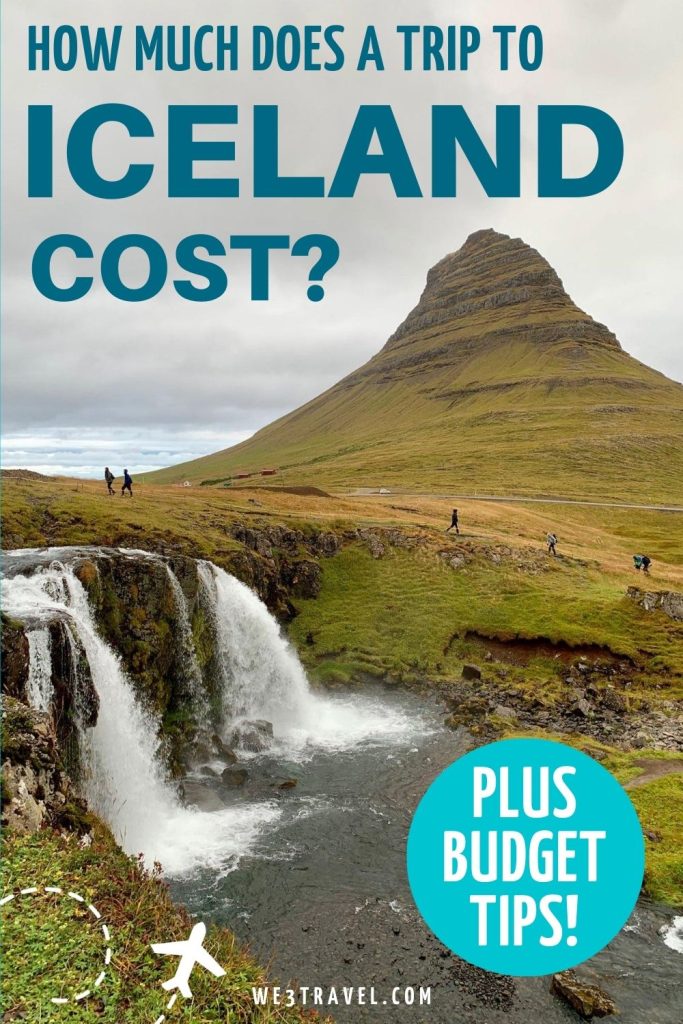
Iceland is known for being an expensive destination and after visiting Iceland three times and helping over 30 people plan their Iceland trips, I’ve gotten a good sense of the average Iceland trip cost. While it is pricey, your Iceland vacation cost can still be within reach if you build your Iceland budget carefully.
To be honest, I’ve seen everything, from people who found a cheap flight, stayed in hostels, and signed up for group bus tours to keep costs down, all the way to luxury travelers who book private drivers, luxury hotels, and go all out with adventure experiences. Did someone say private helicopter rides?
So how much does a trip to Iceland really cost? It depends on what type of experience you are looking for, what kind of traveler you are, and ultimately, how much you want to spend. And while I wouldn’t recommend taking big bus tours, if that is the only way you can see Iceland, it is still worth it to visit this incredible country.
There are few places in the world that have touched my soul and captured my heart like Iceland has. For its raw beauty, fire and ice extremes, vast emptiness (outside of main tourist stops), to the endearing quirkiness of the Icelandic culture, it is a place I will return to again and again.
The good news is that Iceland has greatly expanded its hotel inventory, which helps balance supply and demand. The exchange rate from U.S. Dollars to Icelandic Króna has also been trending in the favor of American tourists recently. And, Play Airlines has brought a budget airline option back to Iceland.
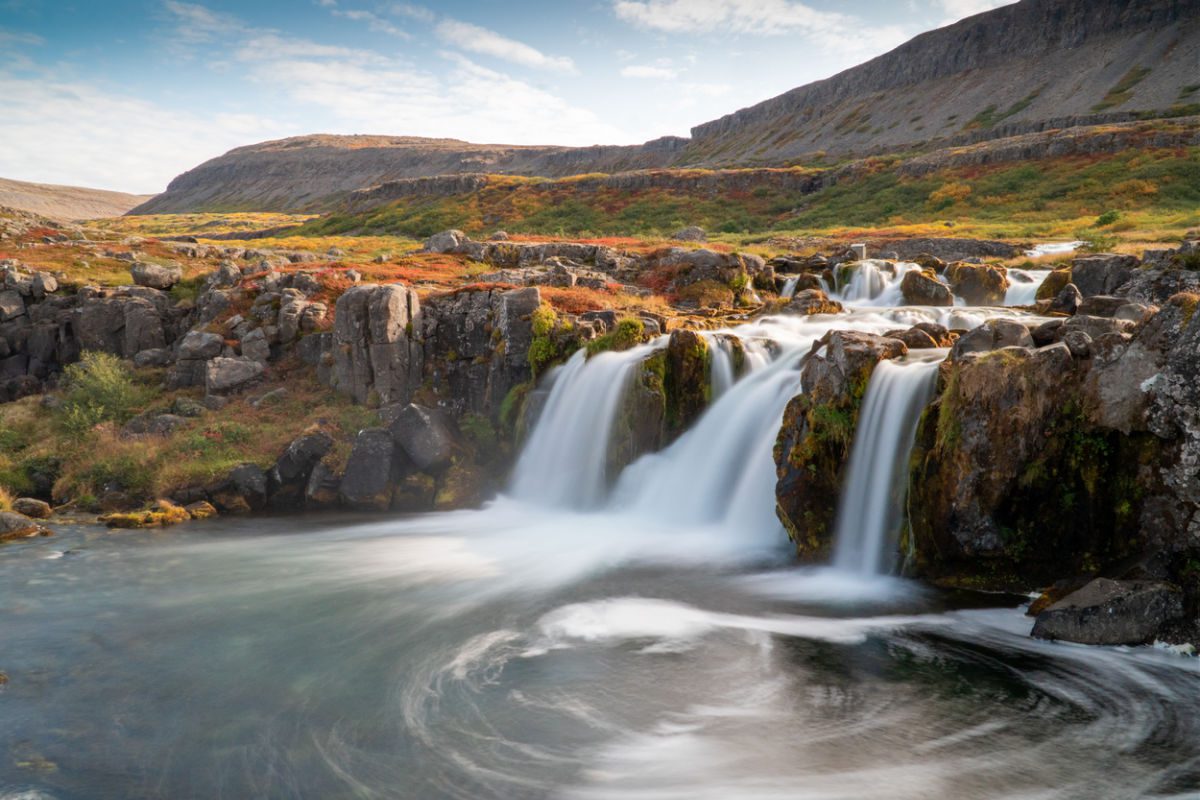
Average Iceland Trip Cost
I’ll cut to the chase and give you the bottom line on how expensive a trip to Iceland can be, but be sure to read on to see the breakdown and ways that you can save money in each category. The average trip to Iceland cost adds up to about $300-350 per person, per day including airfare. (Based on current exchange rates) This assumes budget airfare, budget accommodations, limited organized activities, self-driving, and being careful in your food choices.
If you are traveling solo, your best bet will likely be staying at a hostel or renting an Airbnb. Though it definitely helps to travel with others so that you can split the costs.
Since hostels and bus tours aren’t our things, I’ve based the average cost for a trip to Iceland for a family of four staying in nice (but not extravagant) hotels or guesthouses and renting a car for a self-driving vacation. I’ve also included a few activities since I think it would be a shame to get to a bucket list destination like Iceland and not get to take part in a few adventures. But keep in mind, that there is enough natural beauty and hiking available that you can easily bypass these to conserve your budget.
The average Iceland trip cost for a family spending a week in Iceland is around $8,545 including airfare. Yup, that is about $1,220 a day for the entire family. Of course, I have worked with families of five that have spent $25,000 on a 10-day trip, and couples who have spent $5,000 on a week-long trip. I’ve even planned an Iceland vacation for a solo traveler that cost them only $2000, all costs included, for a five-day trip. Making Iceland one very versatile vacation.
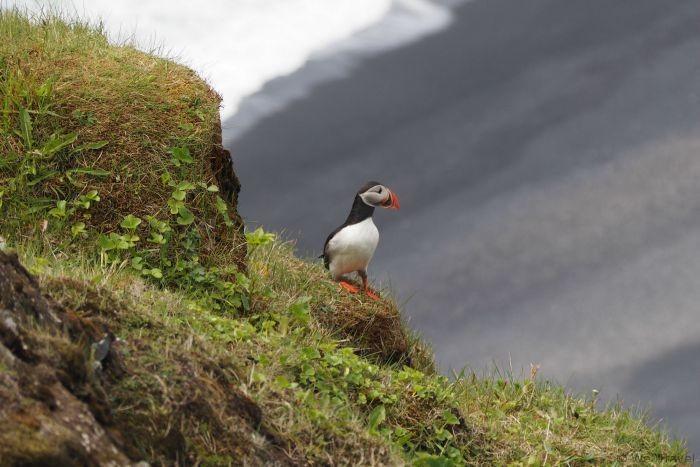
Iceland Budget Tips
Note: This post contains affiliate links. If you click a link and make a purchase, I may receive a small commission.
If you want to save some money, my partner Hidden Iceland offers my readers 10% off scheduled group tours if you use promo code WE3TRAVEL. We have traveled with Hidden Iceland and highly recommend this company for its expertise, professionalism, and friendliness. See all their available tours . You can also book private tours or get help planning your whole itinerary — just be sure to mention We3Travel when you contact them.
You can visit Iceland on any budget, at least in theory, but here are some suggestions for keeping costs down:
- Try camping instead of staying at hotels or guesthouses. You can rent a campervan that fits two people for about $130 a night, up to about $300 per night for larger campervans. You can camp for free in Iceland but if you are in a camper van, you will probably want to stay at a campground with facilities so budget another $10-50 per night for a campsite reservation.
- If you don’t want to camp, you could also stay in hostels, which will run you around $40-100 per person per night in Reykjavik.
- Airbnb or vrbo is another option for vacation rental apartments and cabins, which is a great option for families compared to renting two hotel rooms because there are only a few hotels in Reykjavik for families that offer family-size rooms with beds enough for 4-5.
- Food is one of the especially high expenses in Iceland so to save money, purchase and prepare your own food or buy snacks at the gas station convenience stores. If you want a foodie experience, you are going to pay through the nose for it so get used to sandwiches, burgers, and those famous Icelandic hot dogs.
- Avoid paid attractions like the Blue Lagoon and costly excursions like off-roading tours and focus instead on scenic drives, stops at waterfalls, and nature hikes.
- Stay in the countryside and avoid the biggest tourist spots instead of Reykjavik as things are going to be more expensive in the capital city. I was surprised by how affordable the accommodations are in the Westfjords and Snaefellsnes Peninsula .
Before you worry about having to convert and carry a ton of cash around Iceland, don’t stress. Almost everywhere takes credit cards in Iceland. Be sure to read my Iceland tips for some caveats.
How Much Does an Iceland Trip Cost?
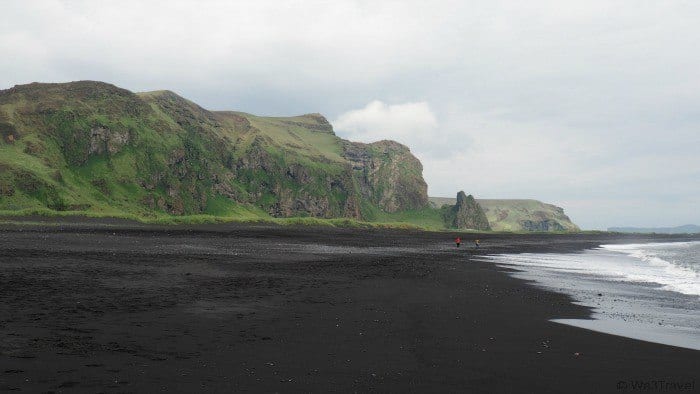
Let’s break down the average Iceland budget. As with other posts where I’ve broken down vacation costs for Italy , London , Greece , and Paris , this post outlines pricing for two adults and two children between the ages of 6-11, traveling from a major airport hub in the United States during the summer high season, such as NYC to Reykjavik , and spending a week in Iceland.
I find that in Iceland, some hotels list their prices in Euro, and most show rates in Icelandic Krona. To make it easier, I’ve converted to U.S. dollars to create an even playing field.
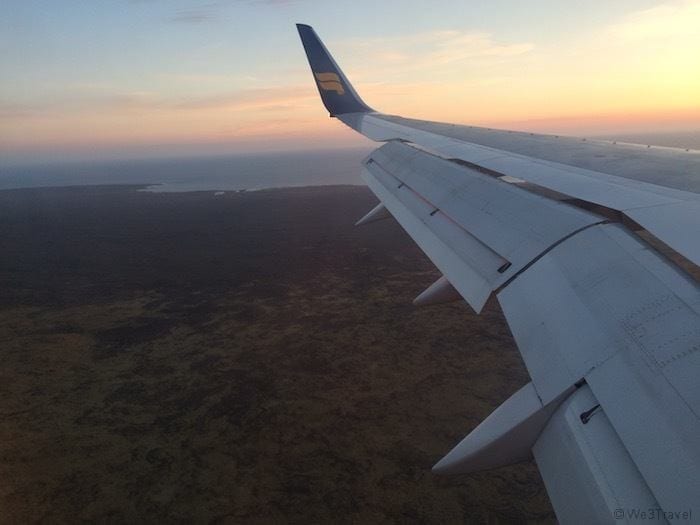
I can’t even count the number of emails that I’ve gotten from people traveling to Iceland that start with “I found a great airfare to Iceland next month (or some other close time frame)…” I then go on to pop their bubble about how expensive the rest of the trip will be.
Once WOW went out of business, prices went up a bit but I still have found rates on IcelandAir or Play Airlines from Boston for about $300-500 per person, roundtrip. However, you then need to build in the cost of checked luggage (unless you are an amazing packer Iceland will typically mean a checked bag) and seat selection. This can easily add another $100-200 per person.
I highly recommend signing up for a membership to Going to get alerts on flight deals and set up preferences for your dream destinations.
If you want to find the best way to accumulate points and miles through credit card spending and sign up bonuses, I’d suggest downloading the Travel Freely app to track your credit cards and learn how to earn points.
Total airfare cost ($500 per person, round trip x 4 people): $2,000
Accommodations
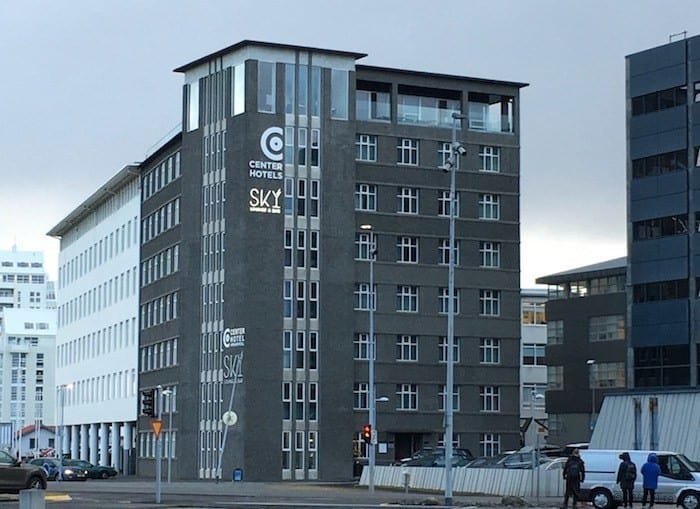
If you are traveling solo, it is easy enough to stay in a hostel to save money on accommodation in Iceland. But most families will prefer either a hotel or Airbnb/VRBO. A rental will certainly save you money as there are only a few hotels that offer family rooms .
Most Reykjavik hotel rooms either have a double bed (two twins pushed together) or two twin beds. Occasionally you can find a triple or a family room, but a family of four often needs to reserve two rooms. A nice hotel in downtown Reykjavik with a family room will cost between $400-600 per night. You can also get two rooms at a moderate hotel for about $150-250 per night each.
Renting a vrbo apartment will save you a significant amount, as long as you are comfortable as an independent traveler. You should be able to find an apartment in the city large enough to fit everyone for about $300 per night. And if you have been saving up your hotel loyalty points, Hilton Honors and Marriott Bonvoy members are now in for a treat with multiple properties now available in or near Reykjavik.
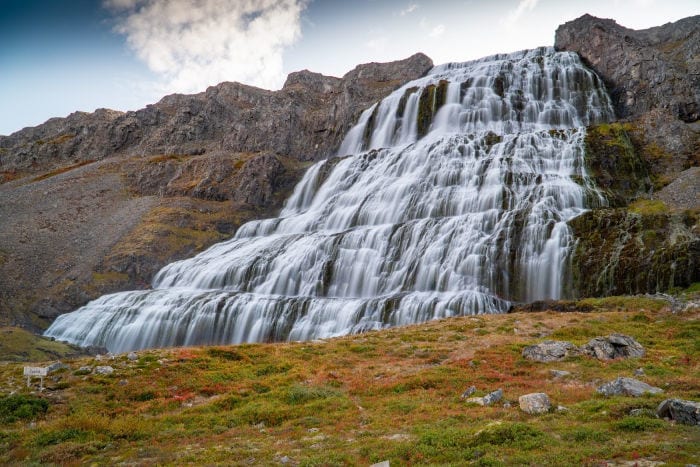
Full-service hotels in the countryside will start at around $150 per night for a standard room and $350 per night for a family room. There are also some guesthouses that start around $150 per night per room or lower, especially in less crowded areas.
In the countryside, there is a large selection of vacation cabins available on vrbo . Expect to pay about $200+ per night for a cabin that sleeps four. Just plan in advance if you want to stay in popular locations along the south coast or by the Glacier Lagoon, as these sell out early.
If you are looking to do Iceland on a budget, renting an Airbnb or VRBO is the way to go unless you want to camp or stay in hostels, as covered above.
Total accommodation cost: assuming an average of $300 per night (if you primarily use vacation rentals) x 7 nights = $2,100
Find more places to stay in Iceland:
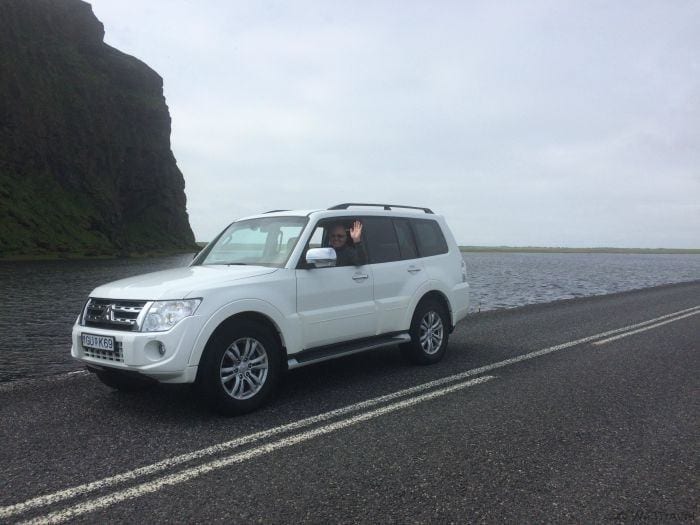
When visiting Iceland, if you want to get away from crowded bus tours and see the country or drive the Ring Road, you will need to rent a car. If you don’t rent a car, you will need to take a shuttle bus (about $30 per person) from Keflavik airport into downtown Reykjavik and then arrange group tours with pick up and drop off from there. Just don’t take a taxi as those can run about $150 one way between the airport and Reykjavik.
Car rentals can be pricey and you may be tempted to save money by skipping the insurance. Before you do, check with your credit card or car insurance provider because you probably still need to buy the ash and rocks coverage. Insurance can greatly increase the cost of the rental car, but you may need it.
There are plenty of budget car rentals but before you book, double-check their hours and location (how far from the airport, shuttle hours), and see the cost of add-ons so that you can compare apples to apples. (See other tips for Iceland car rentals .)
If you are visiting in the winter, you will definitely want an SUV or four-wheel drive. Otherwise, if you are sticking to the Ring Road, a four-wheel drive isn’t necessary. However, access to some hikes and activities will be on gravel roads and you will be more comfortable (and less likely to sustain damage from rocks) in a car with a higher clearance. I’ve seen a sedan get stuck on a rock in the parking lot for a hike before and people literally had to lift the car to get it off. Luckily it wasn’t totally ruined.
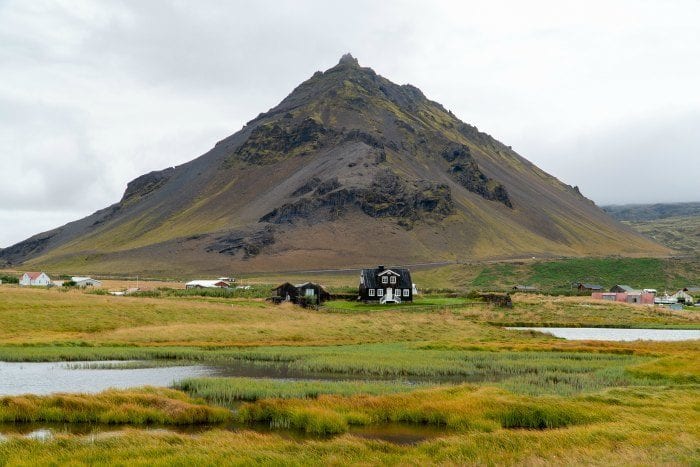
Also, keep in mind that to drive on the interior “F roads”, you will need a car that is allowed on those roads. Since many of those roads aren’t passable for much of the year or are extremely hard to navigate (I’ve literally seen a road sign in the middle of a field of snow), I wouldn’t bother with F roads.
The other thing to pay attention to is that you will want to make sure that your car is large enough to fit luggage for your family. Unless you are a super light packer, you will probably need checked bags for Iceland to make sure you are prepared for any weather. (See my Iceland packing list for tips!) I would recommend either a station wagon or an SUV for a family of four.
I use Auto Europe to check for the cheapest car rental rates in Iceland. Don’t forget to budget for gasoline as well (and please, if you rent a diesel car, make sure you use diesel petrol!). Currently (December 2023), gas costs about $8.82 per gallon.
If you don’t want to drive, your best bet is to stay in Reykjavik and take tours that offer pick-ups from the city as day trips. If you want to hire a private driver-guide, you should expect to pay around 120-350 per person, so at least $500-1500 for the day.
Total car rental cost: A station wagon with insurance and unlimited miles will be approximately $650-1,200 for a week. Also, add about $300 for gas if you are driving a lot.

You have probably heard that food in Iceland is expensive. If you have traveled to Scandinavian countries in the past, then you are probably used to high food prices, but for many, it can be a shock. This is especially true in the nicer restaurants in Reykjavik .
In Iceland, even a hamburger can run you $15 and most fish entrees will be closer to $30+. So dinner for a family of four can easily cost $100.
I’ve talked to many people who have felt Iceland was the most expensive place that they have traveled to when it comes to food. My advice is to splurge on one meal but keep the rest casual to keep the costs down.
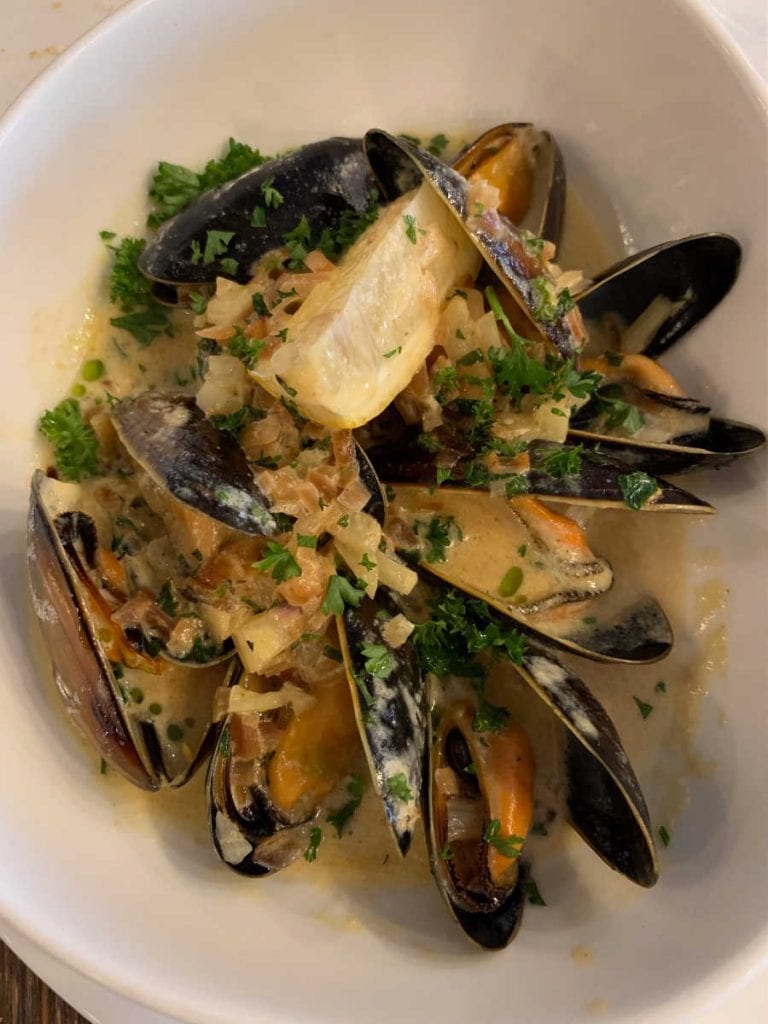
You will want to try some of the specialties like Arctic char, langoustines, lamb, and if you are brave even try some reindeer or puffin. But to balance out those specialties, you can have a hearty lunch of meat soup or lobster bisque with bread. In the countryside, you can find many restaurants that offer buffets of amazing fresh, homemade food that will fill you up for hours so try to have a light breakfast, one large meal, and one lighter meal.
There is also no need to buy bottled water in Iceland as clean tap water is readily available (although it could have a bit of a sulfur smell at times), just be sure to bring along a refillable water bottle. You can also save by stopping at one of the markets, like the BONUS grocery store, and picking up supplies, especially if you are staying in a rental home or apartment.
Be sure to check out my recommendations on where to eat in Reykjavik .
Total food cost for a family of four: $200 x 7 = $1,400 (keep in mind that this can vary widely depending on if you cook and how much you splurge)
Tours and Activities
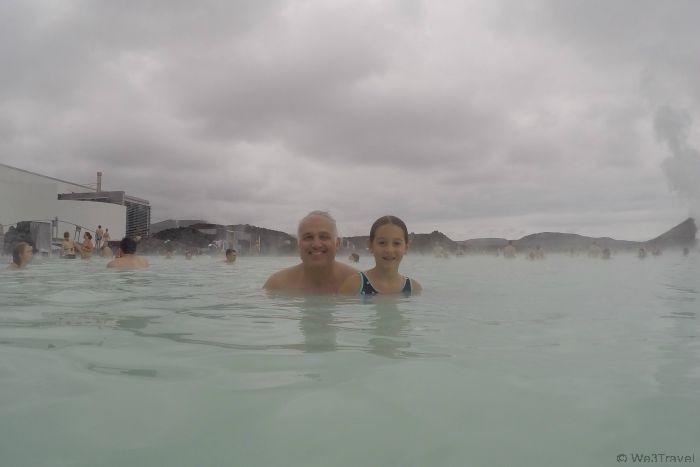
How much you spend on tours is entirely a personal preference. You can plan a private helicopter tour for over $3,000, or you can take a free hike. And just about everything in between. There are also plenty of free things to do in Reykjavik too. I would recommend trying at least a few of these unique things to do in Iceland.
Whatever you do, don’t feel like you need to take a tour for everything. You don’t. For example, you can easily do the Golden Circle and Thingvellir National Park on your own full-day road trip. But you may want to splurge on something like a glacier hike or an ATV tour that you CAN’T do on your own.
You can also forgo the touristy and expensive Blue Lagoon (if you go you need to book in advance), in favor of other hot springs around the country, like Krauma, the Sky Lagoon, the Secret Lagoon, or Fontana Spas.
There are a few things that I always recommend to clients. First, this is the land of ice and fire. Do at least one activity that takes you out onto a glacier (the ice part) such as:
- A glacier hike (minimum age 10-14 depending on provider) – see my age-based guide on things to do in Iceland with kids
- Snowmobiling on a glacier
- Ice cave trip (winter only)
Another option is to take a boat tour of the Glacier Lagoon .
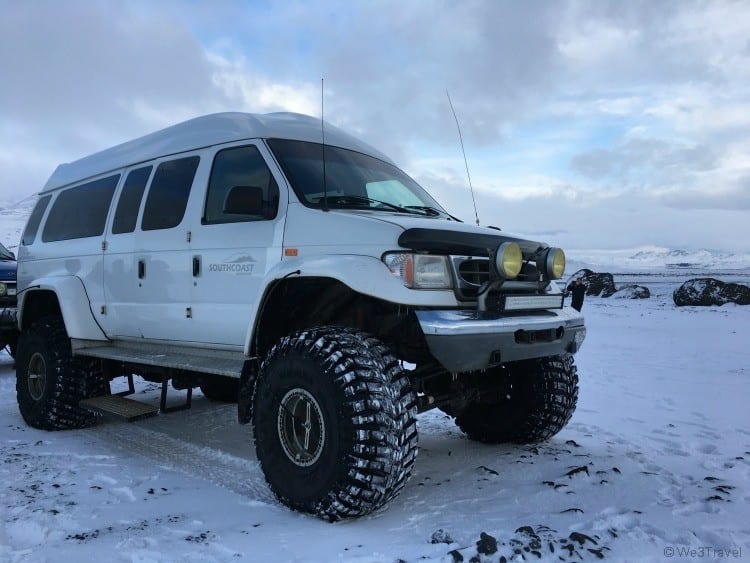
For the “fire” part, I would recommend either a lava tube cave tour , a stop at the Lava Center , and/or a visit to at least one hot spring or spa.
There are so many fun things to do in Iceland. If you are adventurous, I would recommend splurging on something like a super jeep tour or ATV/buggy adventures.
I would recommend staying away from large group bus tours (e.g. Reykjavik Excursions) and instead book a small group or private tour with my partner Hidden Iceland . You can save 10% on scheduled group tours with Hidden Iceland using promo code WE3TRAVEL or for private tours, just tell them I referred you when you contact them.
If you can splurge on a few activities, here is what they would cost (based on current exchange rates):
- Secret Lagoon (2 adults, kids are free) = $47
- Into the Glacier (2 adults, 2 kids) = $727
- Lava Cave tour (2 adults, 2 kids) = $122
- Super jeep tour (2 adults, 2 kids under 11) = $1052
Total Activities Cost for 2 adults and 2 kids under 12: $1545
Total Iceland Budget: $8,545
So yes, Iceland vacation costs are high. If you look closely at the breakdowns, you can find ways to save money. You can also easily spend more. This was meant to be a guide to how much a trip to Iceland costs based on my experience helping so many families. Larger families or groups will cost more. Couples or solo travelers will be much less.
Traveling off-season will save you money (see my tips for visiting Iceland in the winter. ) You can also reduce the number of days you stay. If you stick to just one region, you can actually pack a lot into just five days, but I wouldn’t recommend staying any less.
Plan Your Iceland Trip
This article was sponsored in part by Moon Travel Guides. All opinions are my own.
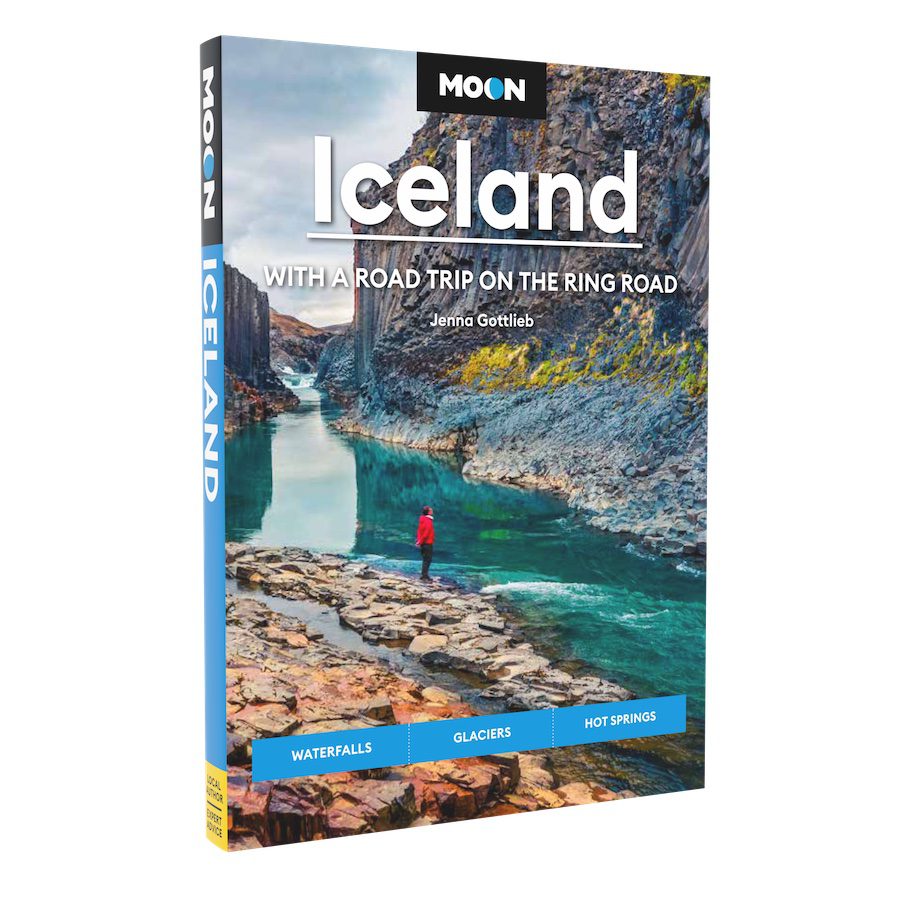
Planning a trip to Iceland can make your brain hurt as you try to decipher between all of the words ending in foss (hint: that’s a waterfall), jökull (glacier), or vik (bay) and struggle with the logistics involved in mapping out an Iceland road trip. I’d recommend ordering a copy of Moon Travel Guides’ Iceland with a Road Trip on the Ring Road .
This guidebook provides options for a variety of itinerary ideas and road trips (with helpful maps!) It offers honest advice on where to eat, where to stay, and when to go, including a helpful phrasebook! Even after three visits to Iceland, I’ll be digging into this guide with up-to-date information to plan my next trip too.
Where to Go in Iceland
If you need some help deciding where to go in Iceland, be sure to check out our guides and itineraries:
- Iceland five day itinerary on the South Coast
- Four days in the Westfjords
- Day trips from Reykjavik
- Day trip to the Snaefellsnes Peninsula
PIN THIS FOR LATER
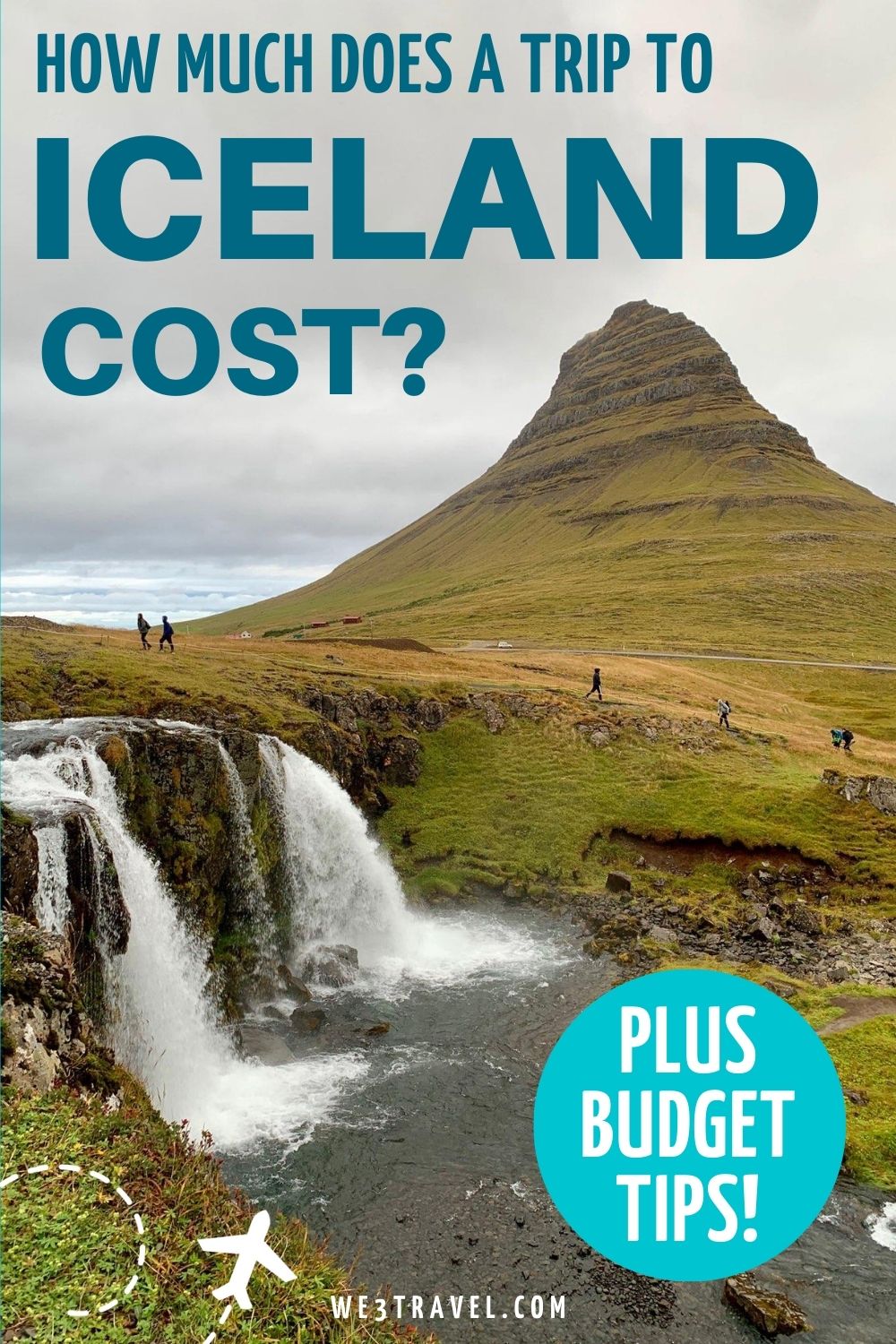
Save Save Save Save Save Save Save Save Save Save Save Save Save Save Save Save Save Save Save Save Save Save Save Save Save Save

Tamara Gruber is the Founder and Publisher of We3Travel. A former marketing executive and travel advisor, Tamara is an award-winning travel writer and recognized expert in family travel. Tamara is a member of SATW and the Adventure Travel Trade Association, and serves on the Board of the Family Travel Association. She is also the publisher of YourTimetoFly.com and the co-host of the Vacation Mavens travel podcast.
Find this useful? Share it!
Publish Date: November 23, 2023
1 thought on “How Much Does an Iceland Trip Cost? (2024 Iceland Budget)”
We did AirBNB’s and avoided the capital. Saved us lots! Iceland was my milestone 50th country!
Comments are closed.

SIGN UP FOR OUR NEWSLETTER & RECEIVE A FAMILY VACATION PLANNING KIT!
We3Travel.com will use the information you provide on this form to send you newsletters. You can unsubscribe at any time by clicking the link in the footer of any email you receive from us, or by contacting [email protected] . By clicking below, you agree that we may process your information in accordance with these terms.

Start typing and press enter to search

How Much Does An Iceland Trip Cost in 2024: Detailed Budget Breakdown
Written By: ThePlanetD Team
Iceland , Travel Planning
Updated On: February 19, 2024
An Iceland vacation is never ‘cheap,’ even if you plan it on a strict budget. The country is known as an expensive destination. You’ll need to get savvy to save money on your trip to Iceland . The average Iceland trip cost is $200-300 per day – without factoring in the most extortionate (yet fantastic) things to do in Iceland.
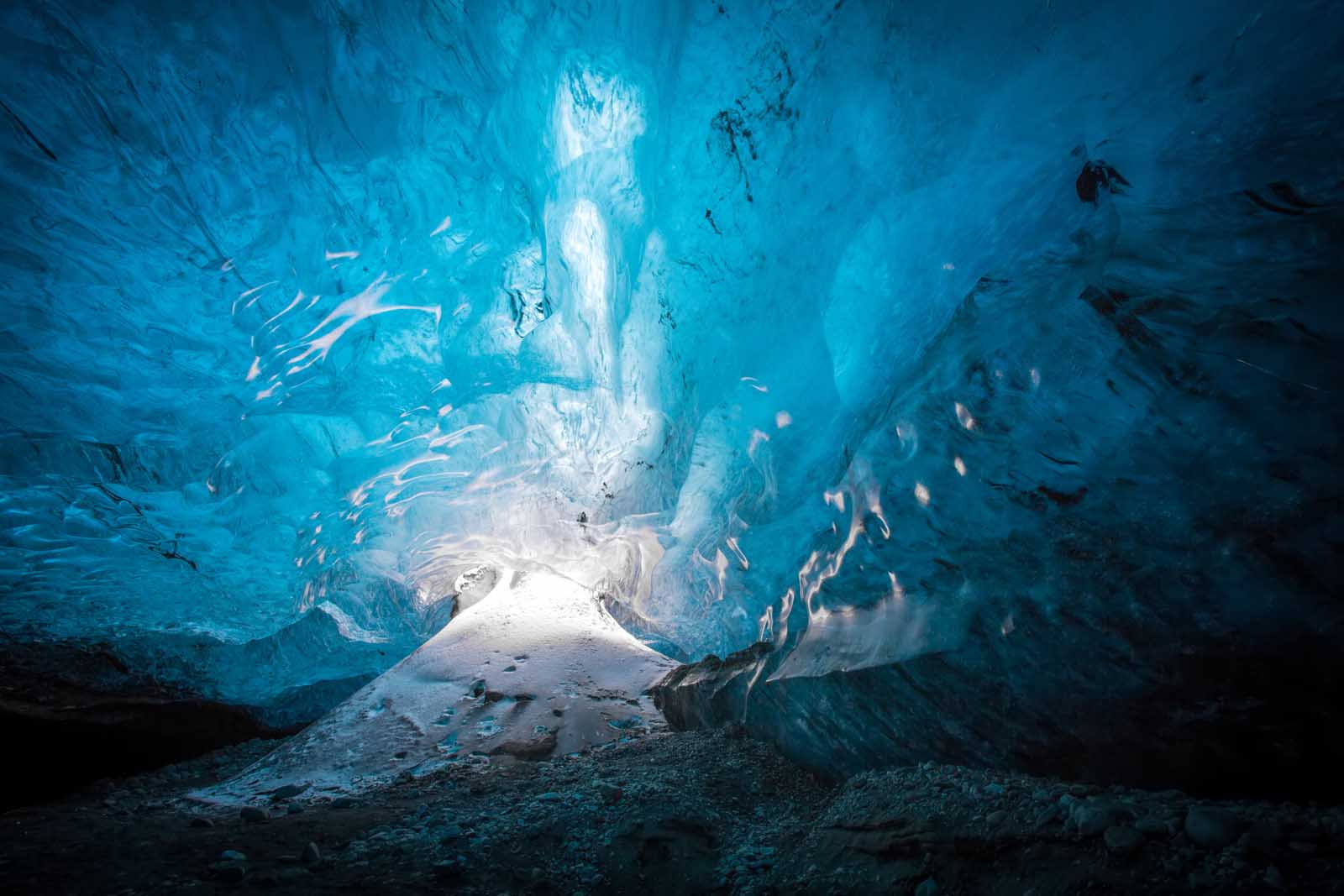
Certain activities, like snorkeling between the tectonic plates , can cost that just for one trip. And you’ll need to factor in rental car costs if you plan to venture anywhere outside of Reykjavik, the capital city, that day trips don’t cater to. All things considered, you can quickly see how things add up. Maximizing your budget as much as possible is essential so you don’t miss out on memorable activities and experiences. So, let’s figure out an Iceland budget together.
Table of Contents
How Much a Trip to Iceland Costs
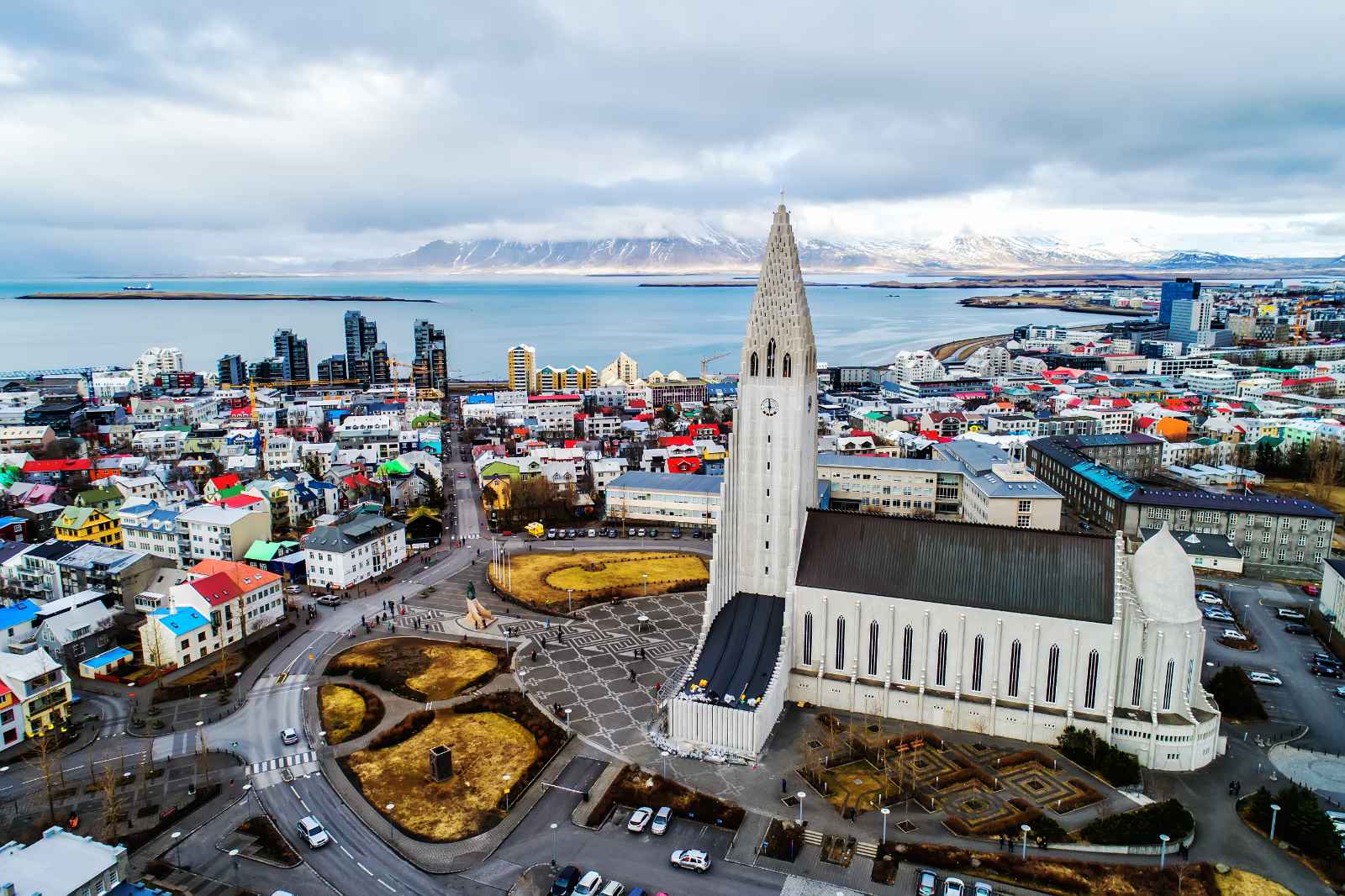
When you visit Iceland, all your decisions impact your final Iceland trip budget – be it rental cars or private rooms. In this guide, we’ll provide you with all the average trip cost factors so you can build an idea of what budget you’ll need as an individual visiting Iceland. We’ll cover everything, from accommodation prices to food costs and the costs of some of the most sought-after tours.
Airfare Cost
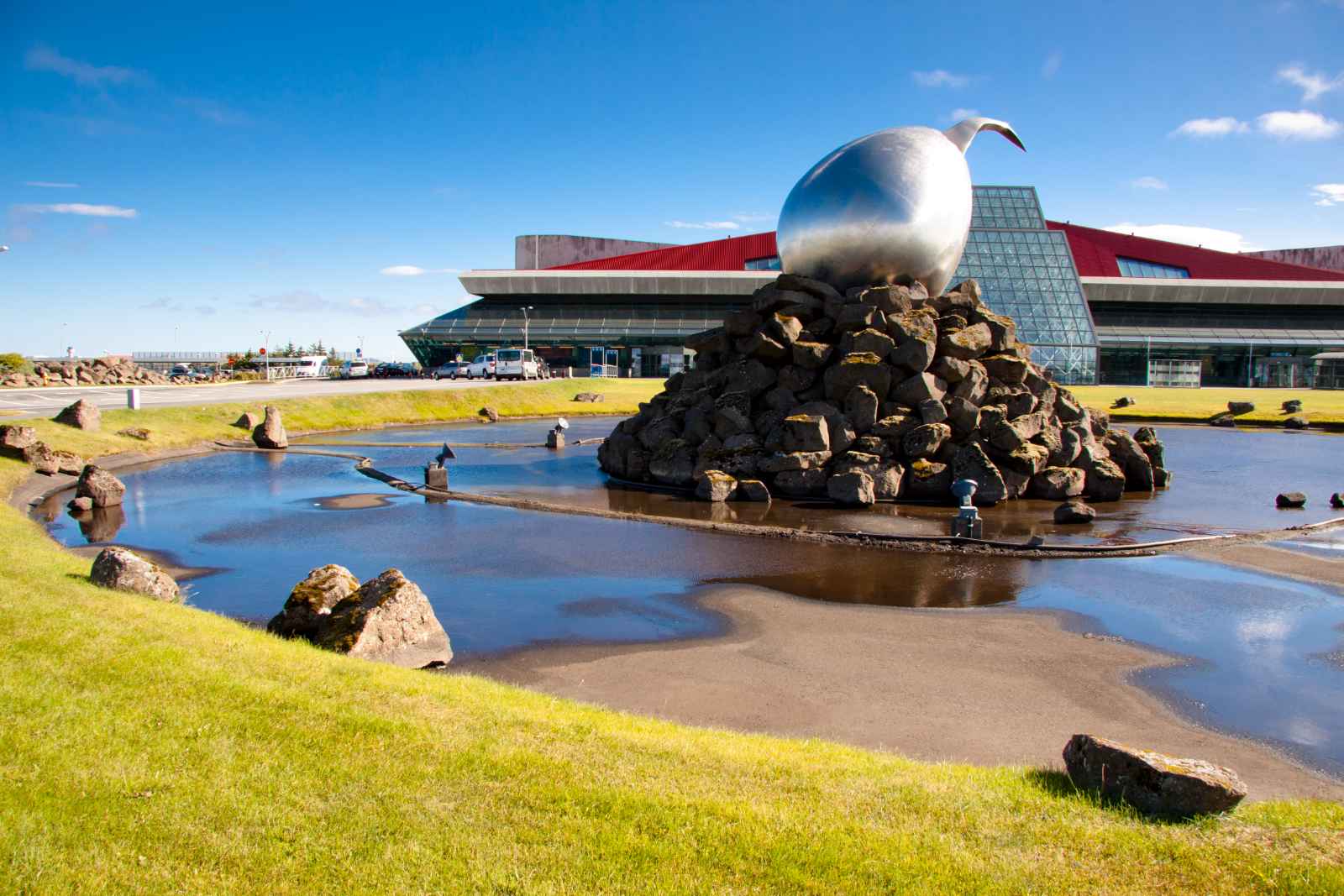
Airfare won’t be a massive part of your Iceland travel budget. Depending on where you travel, the average price of flights is only a few hundred dollars. The average flight from the east coast of the US to Iceland is just $450 return, which gets even cheaper when you are flying to and from Europe. Compared to flying to other destinations, especially Australasia, Iceland is not expensive to reach airfare-wise.
Even then, you can save money when visiting Iceland by taking advantage of off-season flights and using air miles. Look into airline reward programs like British Airways, Qantas, and Delta SkyMiles. Airline loyalty programs get a bad rep for not actually being worthwhile. Still, choosing wisely and actively saving points can be a great tool to get cheap flights. Always compare flight prices by using websites and tools like Skyscanner – always using a private browser, of course, since those pesky cookies hike up prices on flights you view.
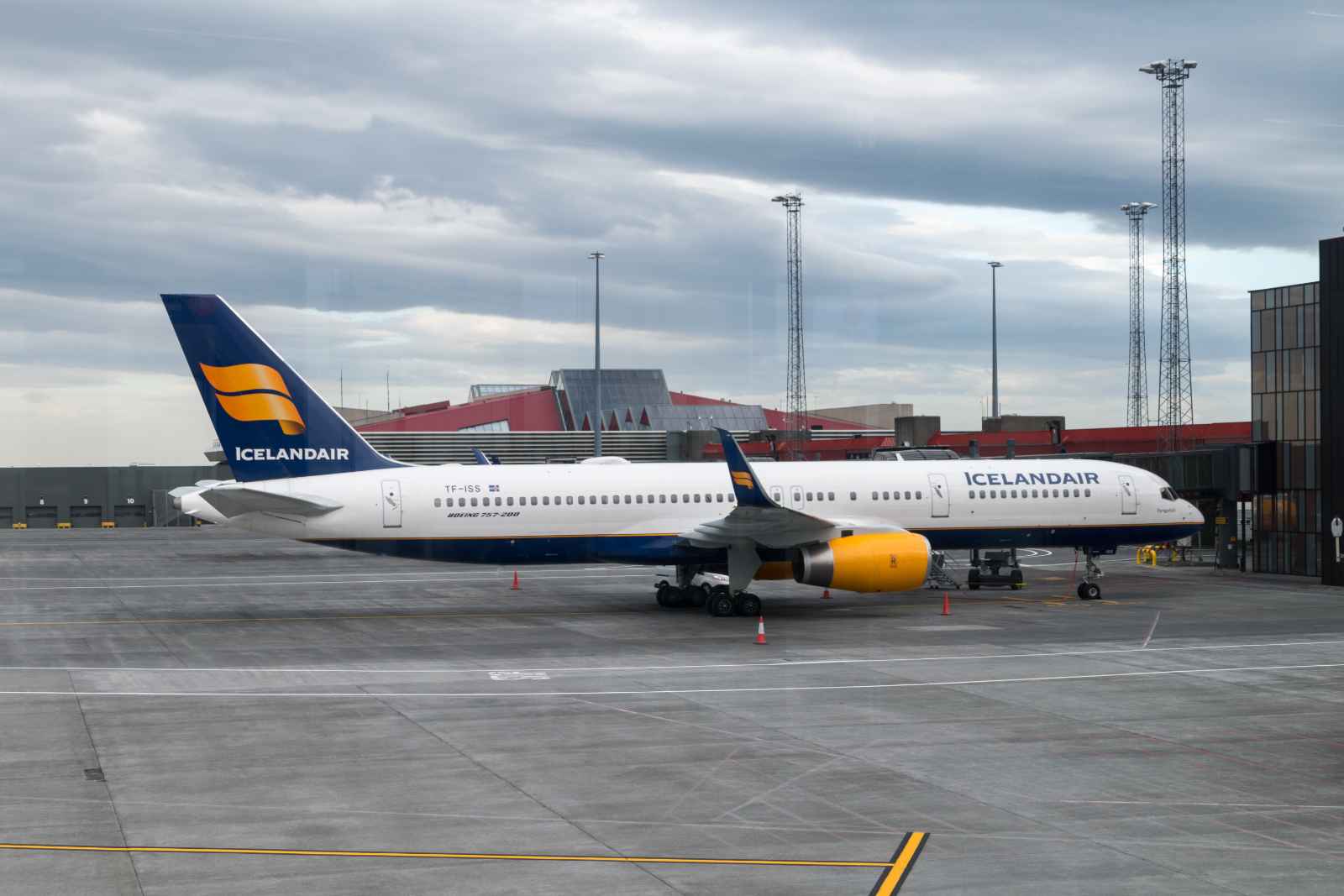
How flexible are you with your Iceland vacation as well? It is worth noting that if you fly from Europe to North America with Icelandair, they offer a complimentary layover in Reykjavik , which you can extend to anywhere between 1 to 7 days if you’d like a mini trip to Iceland. This is a brilliant way of squeezing in an Iceland vacation at a cheaper price than direct flights usually cost. If you are already making this journey, knowing about this little tip is handy. Why not take advantage of a stopover you’ll already be making and take advantage of Icelandair’s typically cheaper flights? Just picture it; you could combine London, New York, and Iceland in one trip.
As you can see, your Iceland vacation cost will not be massively impacted by flight prices. However, if you want to take extra steps to reduce the cost of your trip to Iceland, there are a few tricks you can have up your sleeve. You should budget $500 maximum for return flights to Iceland from North America or Europe with a mid-range airline.
But if you fly off-season and from specific destinations like London, you can snag flights for as little as $100 return. The more flexible you are, the lower your airfare budget needs to be. And, of course, the more ready you are to fly outside of peak season, the better deals you’ll find. Our advice is to get hunting on Skyscanner or a flight comparison tool equivalent.
- Budget: $500 for return flights or under $200 if you are flexible and departing from Europe.
Accommodation Prices
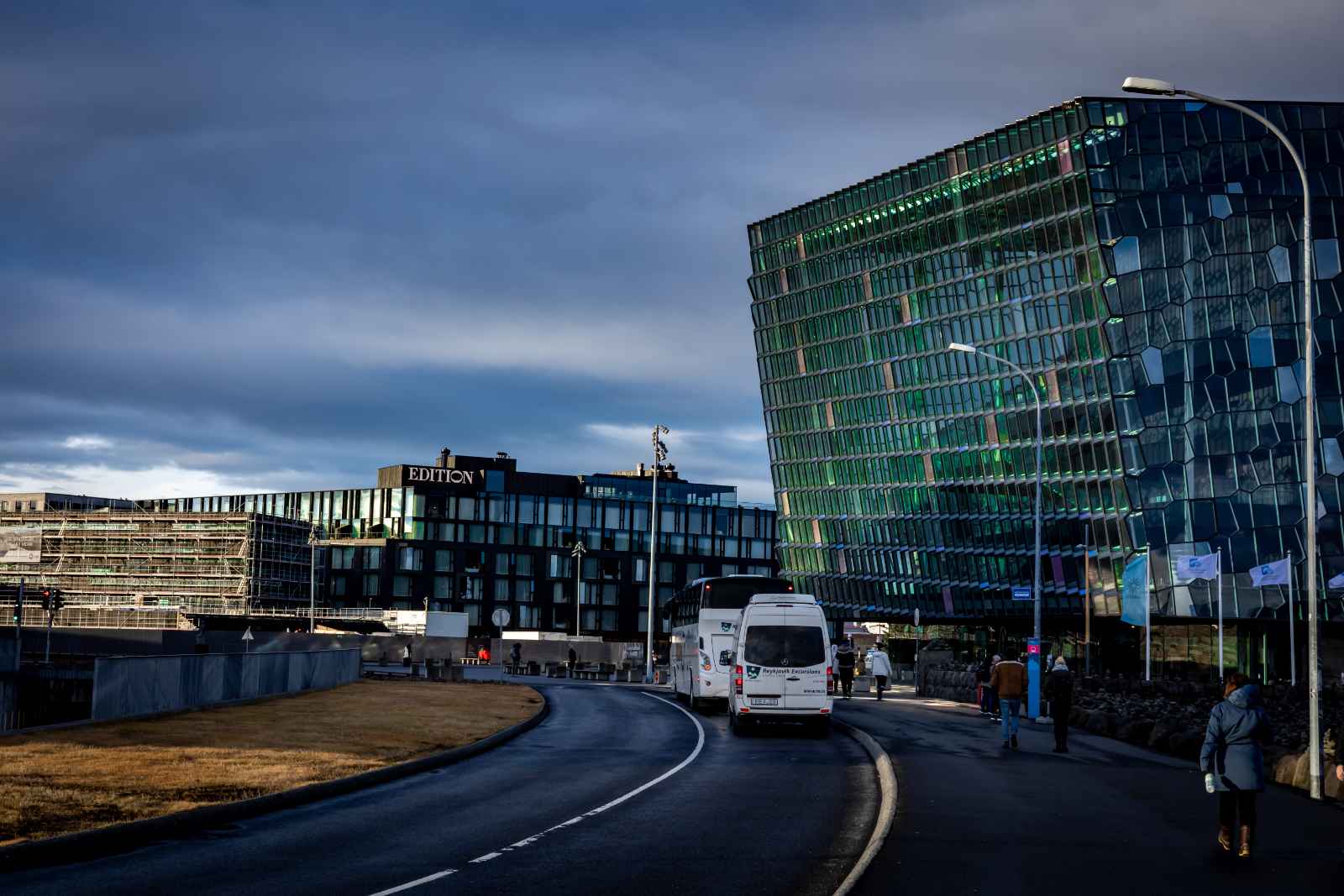
Accommodation prices in Iceland are steep. It’s surprisingly steep, actually. Accommodation costs are one of the largest chunks of the average trip budget when visiting Iceland. Even the most basic of hotel rooms are extremely expensive, even more so when looking at mid-range hotels and – God forbid – luxury hotels. It is also worth noting that the cheapest hostels and best value-for-money properties get snapped up quickly. In remote areas of Iceland, you quickly become short on options. Compare prices when booking accommodation in Iceland, but also make sure you don’t stall too much and book far enough in advance to avoid missing out on the best prices.
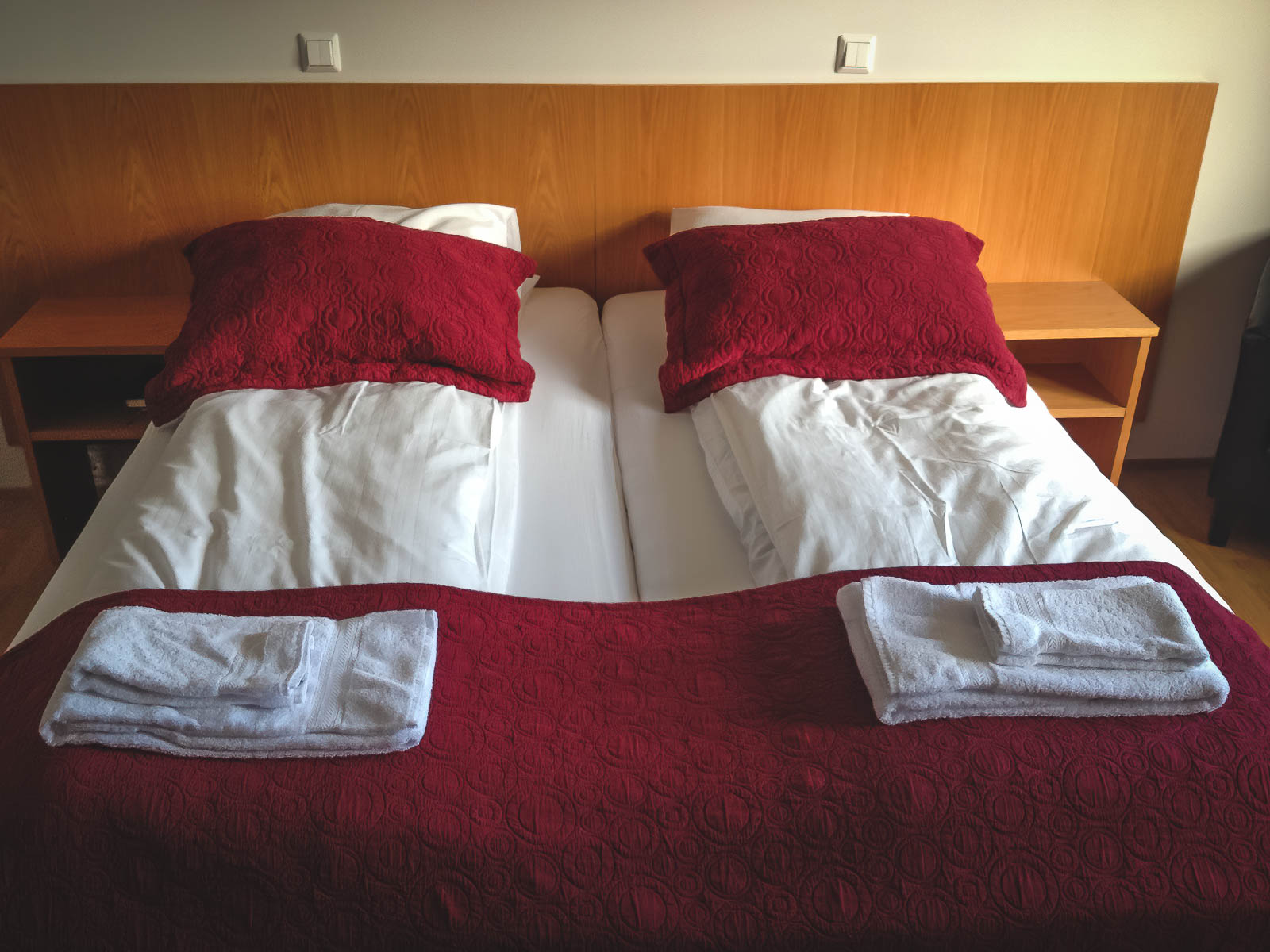
If you act quickly and book in advance, the average price for a budget hotel is $150 per night. For a three-day trip, you can expect to pay around $499; for a week, you are looking at $1,047. If you don’t book in advance, these prices rise as you are left to front bills to stay in more luxurious hotels and vacation rentals than you usually would choose. It also pays to consider location, as certain areas will have more expensive hotel rooms, like on the Ring Road and Golden Circle.
Typical prices average $150 per night, but remember that this is across all over Iceland as a general average. Be prepared to spend more in certain areas. When planning a trip to Iceland, cost is a huge factor when choosing accommodation, and you need to be fast-thinking to get the best deals.
These are a few examples of average accommodation costs in different Iceland hotels:
Hofn Cottages
Hofn Cottages are as budget-friendly as accommodation gets in Iceland. These basic cabins cost just $70 per night; you get your own patio and cooking facilities. These sell out quickly. But their remote location means slightly cheaper prices.
Reykjavik Konsulate Hotel
This mid-range hotel in Reykjavik costs approximately $250 per night, but you can see why. It has a trendy design and an onsite wellness center and gym. It is a glossy version of a mid-range stay in the capital, and it has a great location to enjoy central Reykjavik.
Hotel Ranga
This luxury hotel costs upwards of $500 for an average room. It is a brilliant example of top-tier luxury in Iceland. If you sleep through the magical phenomenon, you get a star gazing observatory onsite and even northern light wake-up calls. Oh, and you get volcano views out of your window.
- Budget: $150 per night for the average rate for a cheap hotel.
Transportation
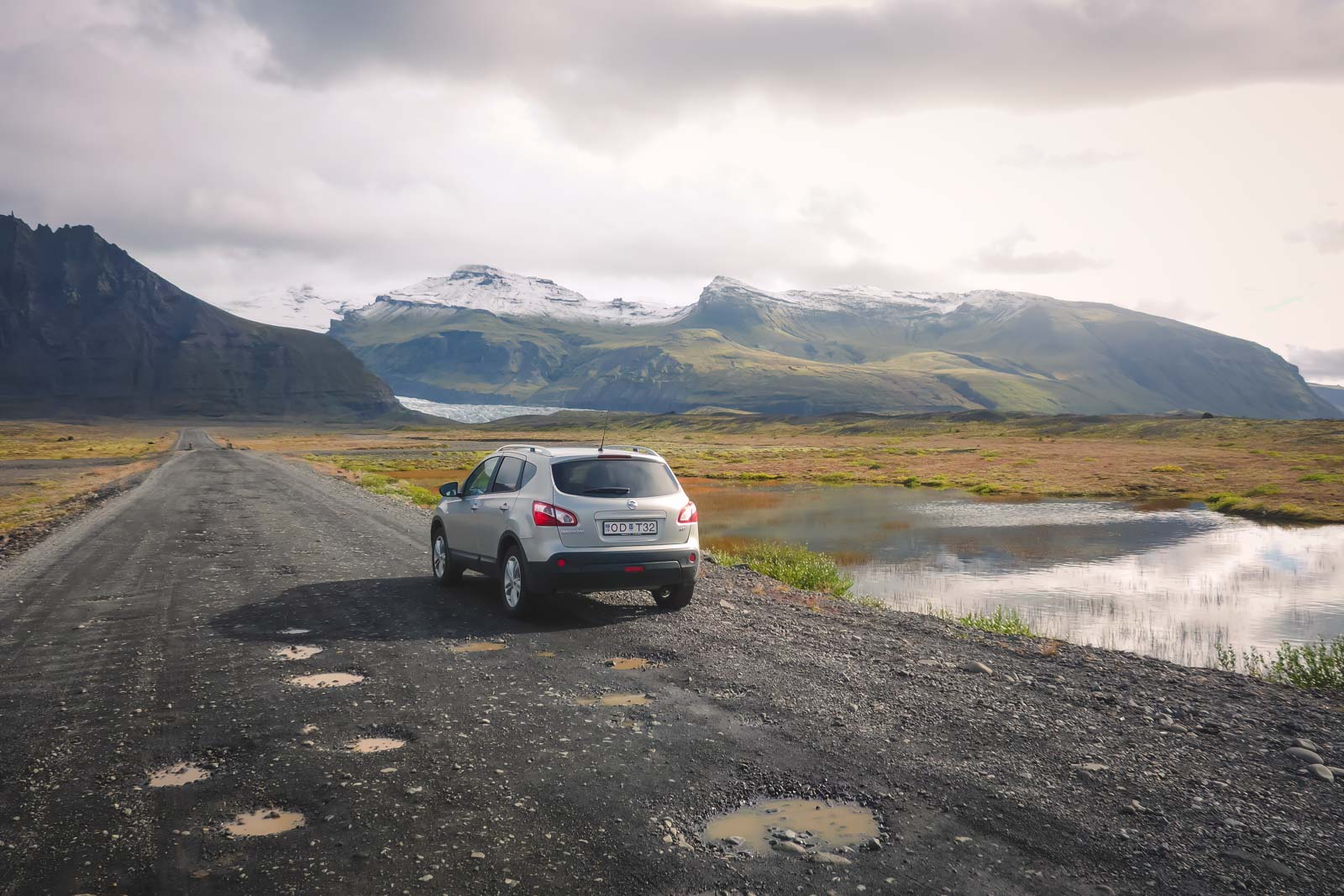
Regarding transport in Iceland, you need to realize one major thing – transport barely exists outside the realm of rental cars. Tourists fly into Iceland’s Keflavik International Airport, located just outside of Reykjavik’s capital; from there, you can organize a shuttle service into the city center. Reykjavik itself is really walkable and a tiny city, much more like a town than an actual city, let alone a ‘typical’ capital city.
Iceland has a minimal bus service. It isn’t safe to rely on public transport in very remote areas. We wouldn’t recommend it if you are venturing out of Reykjavik or the main settlement areas.
If you stay in Reykjavik and don’t rent a car, you can organize tour experiences to take you to the main tourist attractions. For instance, you can get tours to the Blue Lagoon , Golden Circle , and Ring Road on the South Coast.
You can also get tours to experiences like horseback riding on black sand beaches , hiking on glaciers , seeing exploding volcanoes, and snorkeling between the tectonic plates at Silfra . The caveat is that you will pay hundreds of dollars for each of these experiences, almost like paying for mini holidays on your actual holiday. If you don’t want to rent a car, you can still enjoy Iceland, but be prepared to splurge a little on booking private tour day trips. It will rocket the total cost of the average Iceland budget.
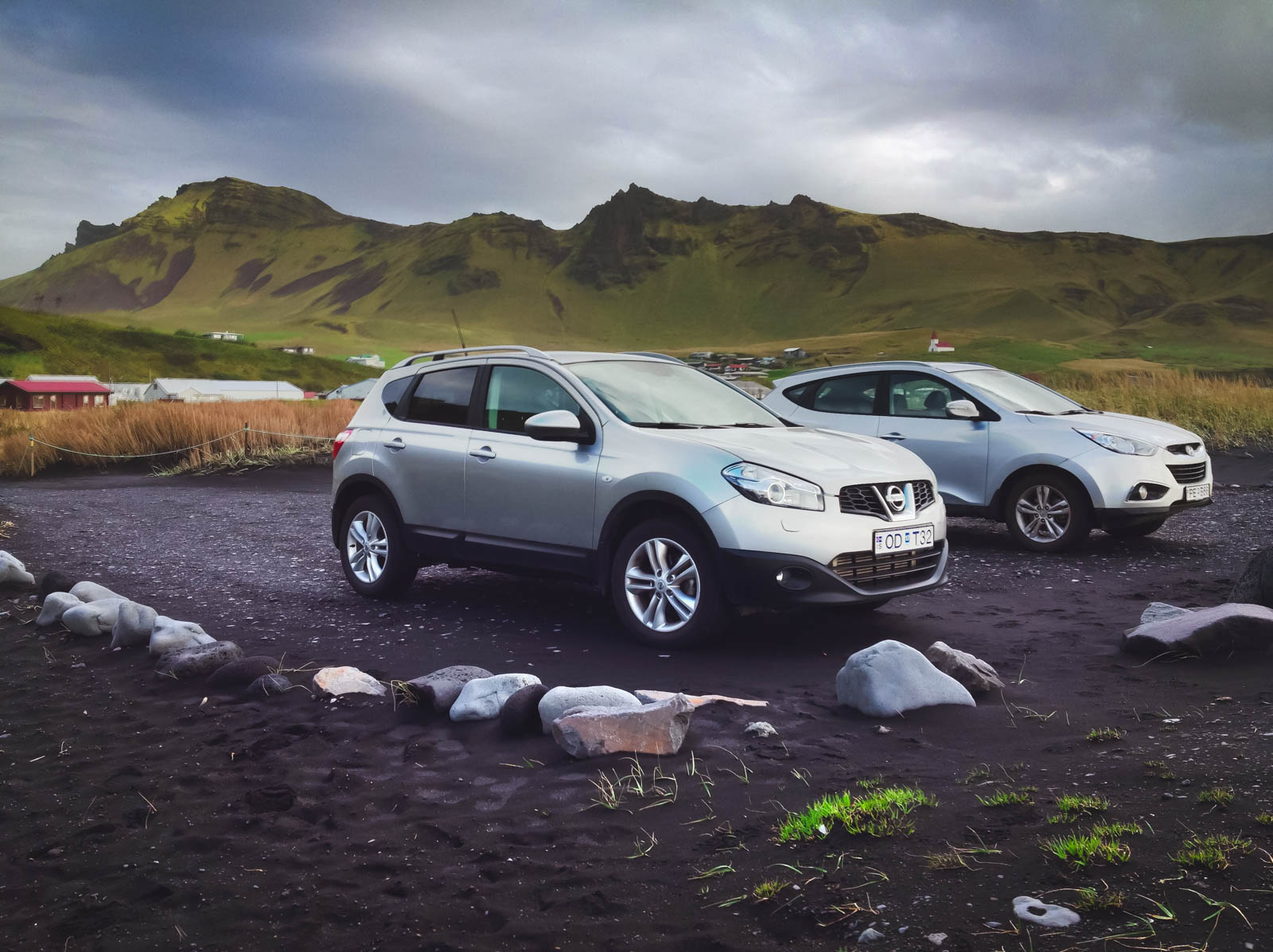
The best way to get out of Reykjavik and see Iceland is to book a rental car . If you are wondering ‘how much does it cost to rent a car,’ it depends on which car rental companies you look at, what season you visit, and whether you want a camper van or not. The cheapest option is a car, for which you can buy a tent and camp or book cheap hotels.
Or you can spend more upfront on a camper van and have the whole road trip experience, saving money on accommodation. With rental options, you could embark on the classic week road trip along the South Coast and complete the classic Ring Road road trip. It is the most liberating form of transportation around Iceland. And you’ll save loads of money by avoiding the aforementioned expensive organized day trips while opening up to more free attractions and off-the-beaten-track experiences.
- Budget: $350 plus $100 petrol for a week of hiring a rental car, or approximately $870 on transfers for day trips and airport journeys.
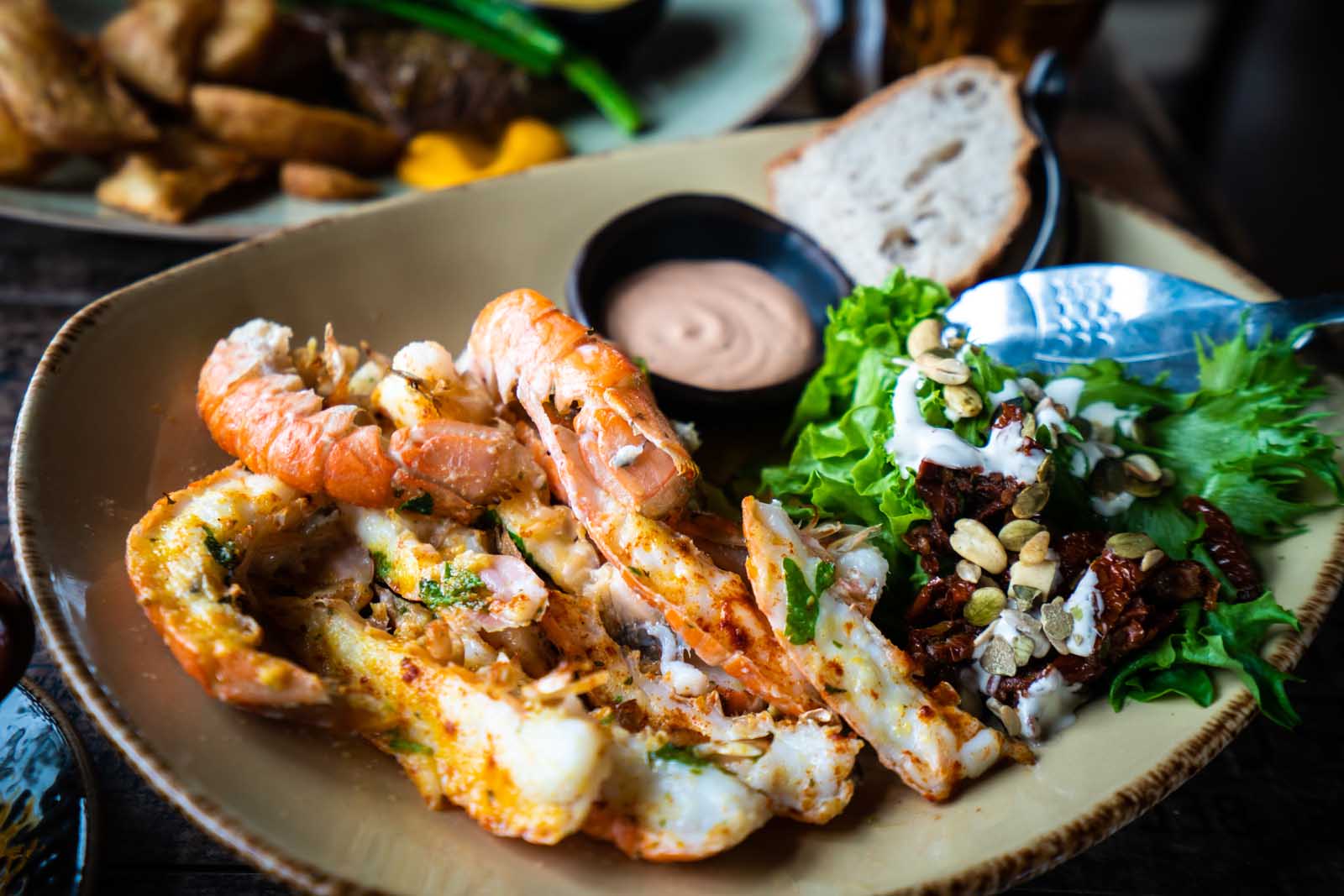
Food is another significant expense when it comes to visiting Iceland. When calculating a trip to Iceland cost, you must set aside at least $500 per week as a food budget. For $500, you can afford a few meals at local restaurants, a food shop at one of the cheaper grocery stores, and a few drinks on a night out. Food prices are high in Iceland, especially for imported and taxed goods. However, you can soon chip the price tags down if you are flexible with trying local brands.
Need an idea of what food prices are in Icelandic grocery stores? They aren’t extortionate, but you can see that some products have much higher prices than others. You should also have an ISK to USD calculator ready, as the conversion is a little whacky. Average food prices include:
- $1.60 for milk
- $3.20 for white rice
- $3.50 for a loaf of bread
- $2.20 for a bottle of water
- $14.90 for a block of cheese
- $19.60 for 1kg of chicken fillets
It is also worth mentioning that Iceland is famous for its hot dogs. A standard tip for saving money is to snack on a hot dog for lunch instead of sitting in at local restaurants. The sausages are served on little takeaway carts and are one of the most traditional, budget-friendly Icelandic dishes .
They date back to the Viking era and are called ‘bjuga’ sausages. Bought at little street stands, these hot dogs cost as little as $2.50 – a real bargain. This fun little tip might be more aimed at novelty than genuine money saving, but the spirit and overall meaning are spot on. Avoid sitting down regularly to eat to save money, and remember that local specialties are your best friend.
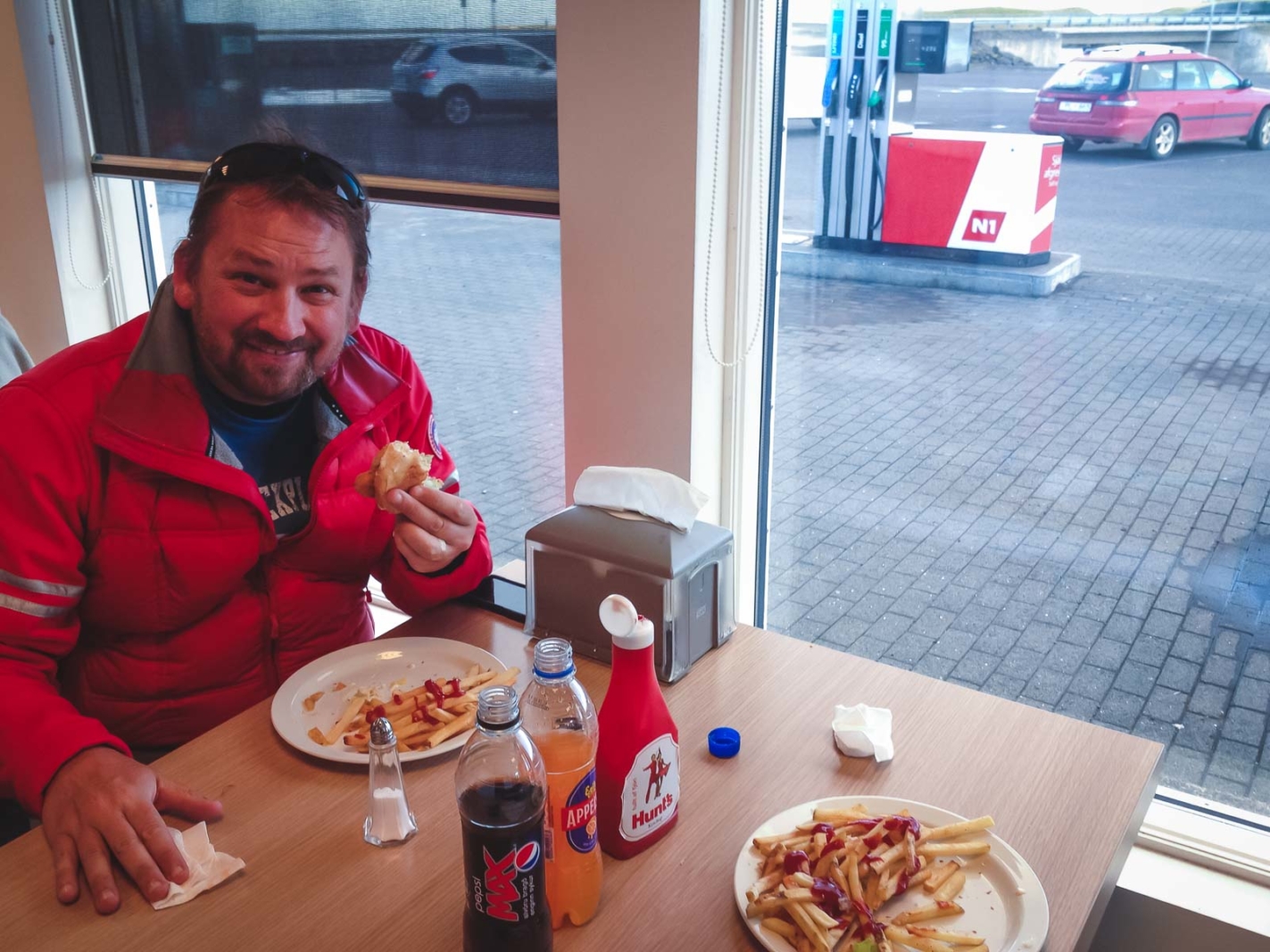
Remember that if you want to enjoy grocery store food in Iceland, you must have cooking facilities. And this is where the accommodation crossover comes in. You should book accommodation with private kitchen facilities in an apartment or a shared kitchen in a hostel or homestay environment.
By choosing this accommodation setup, you can easily still have a food budget of $500. If you stay in a hotel and don’t have access to a kitchen, expect prices of around double the same period. The average meal price is nearly $120 for two people at a mid-range restaurant, which quickly adds up.
Food is $500 per week if you eat out a couple of times and have a kitchen in your accommodation. Alternatively, your food budget will be closer to $ 1,000 per week if you expect to eat out daily.
- Budget: $500 per week for eating out a couple of times and then cooking in with grocery-bought food, or $1000 for eating out all week.
Tours and Activities
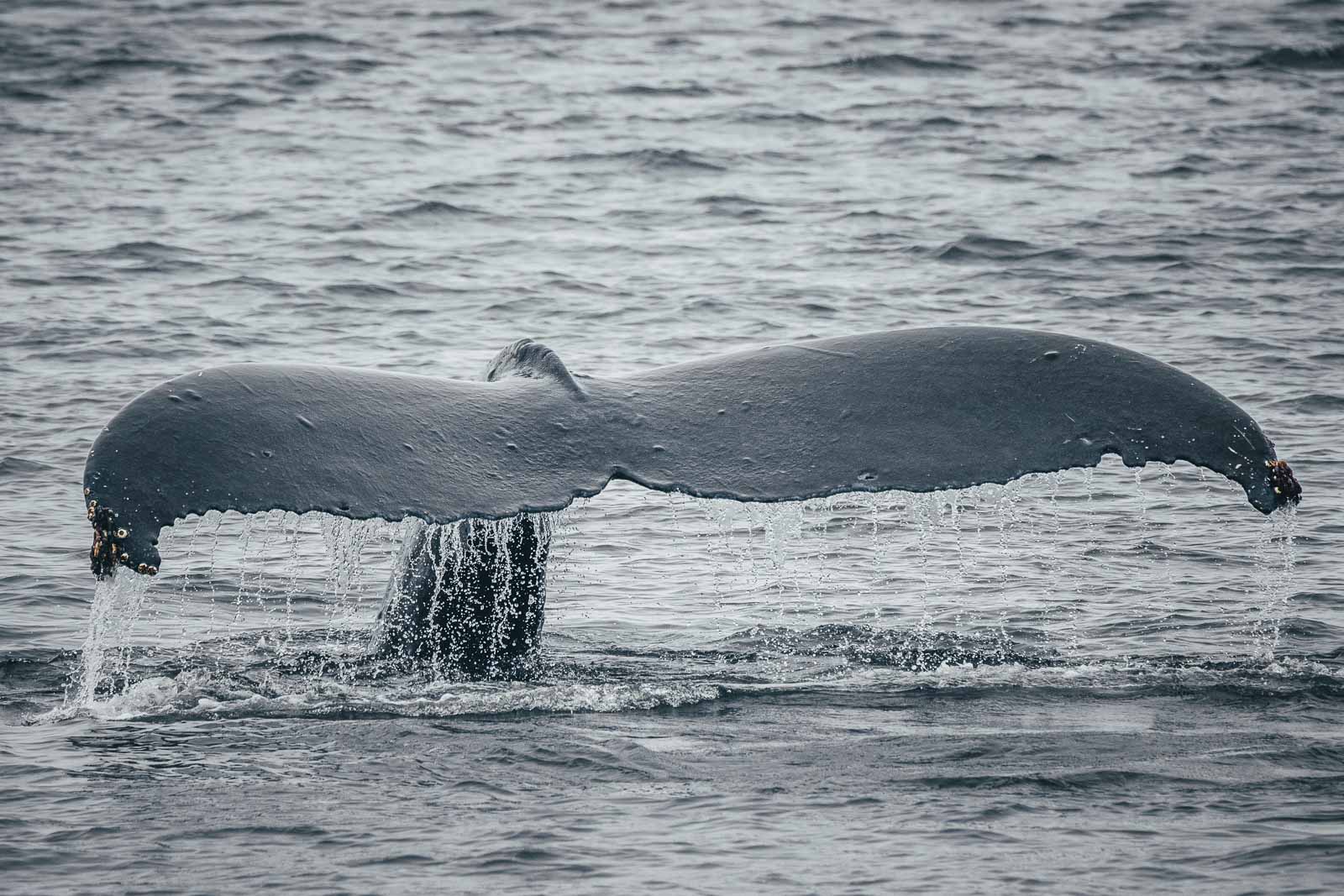
Entertainment prices are where the majority of your budget will come in – especially if you don’t hire a car and instead rely on guided day trips. These guided excursions can reach prices of over $300, and if you plan on doing 4-5 activities, you can see how this starts to add up. You can take guided trips to the Golden Circle, whichever volcano is exploding and attracting enamored tourists, and do things like snorkel between the tectonic plates or spot the northern lights. All these things come at a cost, but at the same time, you don’t want to miss out on any dream excursions. This little conundrum is what makes visiting Iceland so expensive. And also, so impressive – you wouldn’t want to stay somewhere with nothing to see, would you?
Recommended Tours in Iceland
Below are some of the top tours in Iceland. Don’t forget to plan ahead when visiting Iceland!
- Reykjavik: Golden Circle Full-Day Tour with Kerid Crater ( Most Popular In Iceland )
- Silfra: Fissure Snorkeling Tour with Underwater Photos (Our Favourite)
- Húsavík: Big Whales and Puffin Island Speedboat Tour (Likely to Sell Out)
- From Reykjavik: Golden Circle, Kerid, & Secret Lagoon Tour (Best Deal)
One way to make this cheaper is to rent a car. Specific day trips, especially ones to see natural beauty spots or spot the northern lights, are easily replicated for free apart from petrol costs if you rent a car. By paying a single upfront fee for a car rental, you can pick fascinating tours and complete them independently – like the Golden Circle, Ring Road, and things like the best Icelandic waterfalls.
Sure, things like a boat tour to see whales or glacier hiking experiences require a guide. Still, lots of Iceland can be visited independently with a rental car. Even northern lights hunting can be done by yourself and without a guide. To be honest, most Northern Lights tours are just guessing and driving to remote spots anyway. Download one of the many maps and get up-to-date information on predictions so that you can go out it alone, much cheaper.
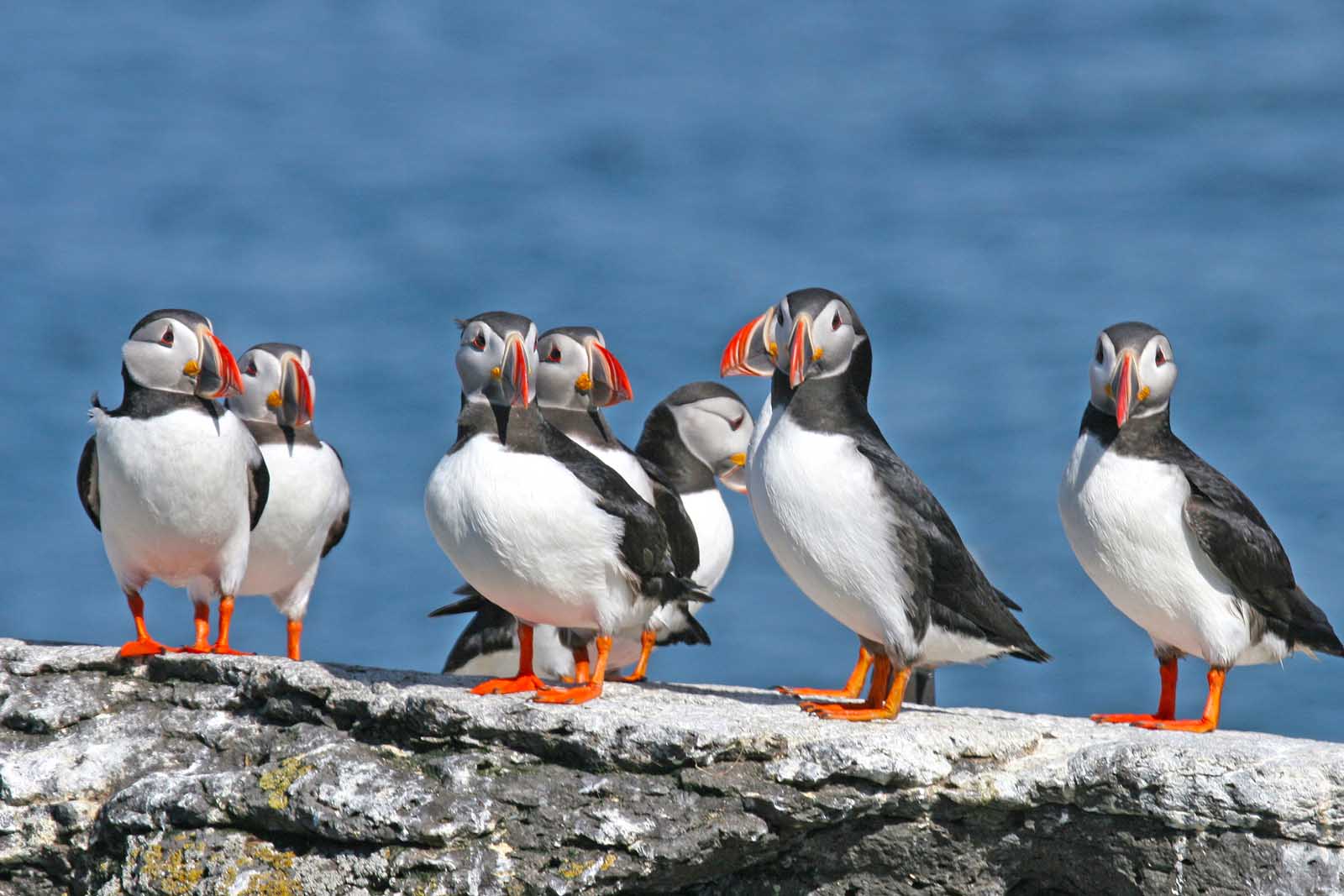
Alcohol prices can get really expensive in Iceland, so we suggest stopping by a duty-free shop or cutting alcohol to cut costs. Nightlife can get understandably expensive in Iceland, so while partying can be fun and a short night out can be budget-friendly in Reykjavik (when in Rome, right?), stick to just the odd night out if possible.
It is worth adding that clothing is an additional cost when enjoying day trips and activities in Iceland. You will likely need to invest in a winter wardrobe with some merino additions; thermal clothes are necessary during most months in Iceland. You can’t compromise on this, and we’d recommend making the most of clothing sales in the run-up to your trip to Iceland. With proper clothing, you will be warm. And if you aren’t warm, how will you enjoy your experience? Make the most of your money by investing smartly in suitable clothing for your activities beforehand.
So, how much should you budget for tours and activities in Iceland? And what should you budget for the additional cost of purchasing suitable clothing for each tour beforehand? These are our budgeting stats for a week in Iceland without a car rental:
- $1,200 for four-day trips with an organized tour operator, including transportation.
- $200 for suitable clothing, including two Merino top and bottom base layers and shoes.
- $200 for a couple of nights out in Reykjavik.
Total: $1,600
As you can see, having a car rental makes a considerable difference when budgeting for tours and activities in Iceland. These are our stats for a week in Iceland with a car rental:
- $400 for four-day trips, including two organized tours without transportation and two free experiences.
Total: $900
- Budget: Without a car, expect to pay around $1,600 over a week-long period, while with a car, this totals up to about $900.
Overall Trip Cost
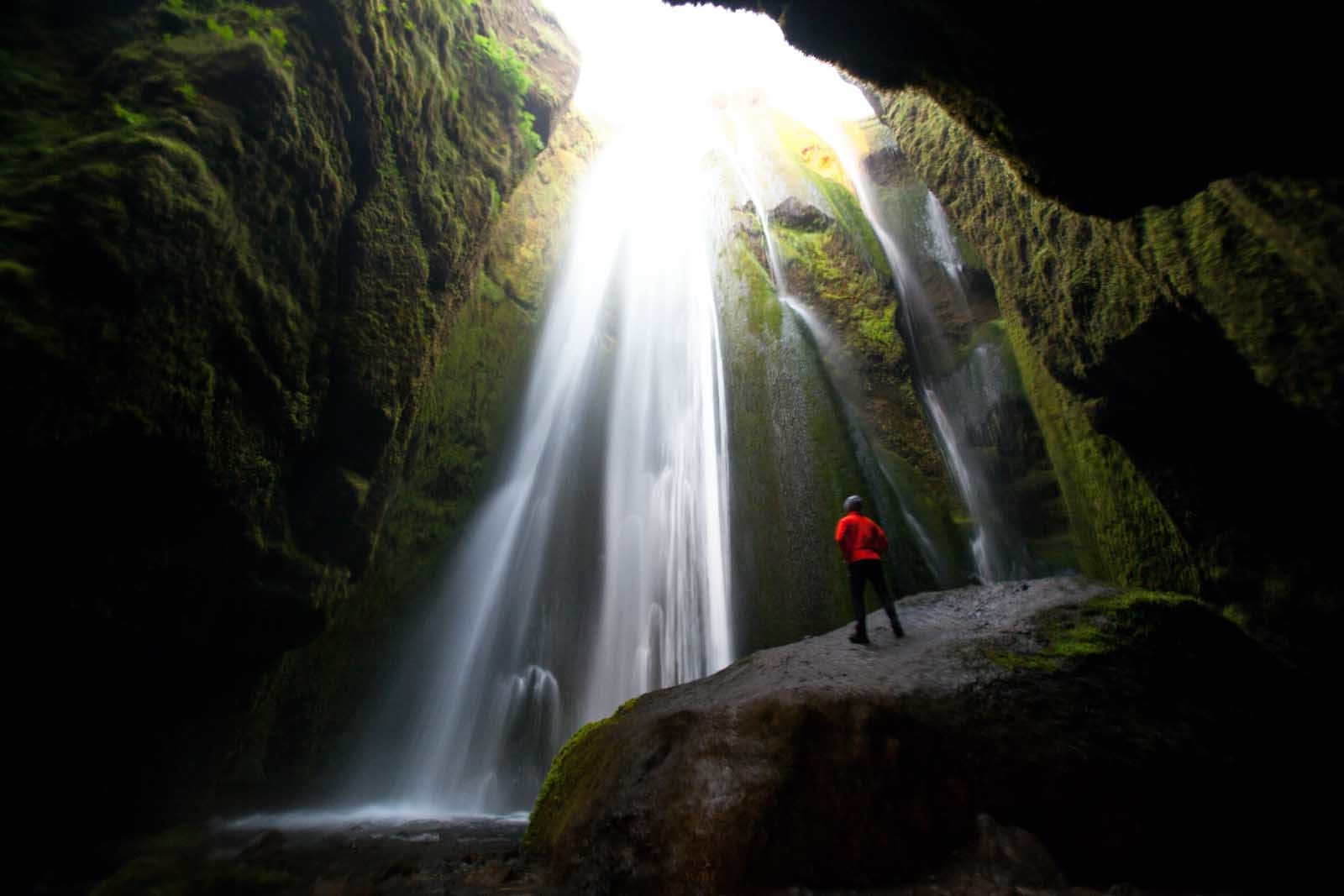
So, if you’ve been frantically trying to add things up, don’t worry; we’ve got you. This is how much traveling to Iceland costs, not including your travel insurance. We’ll acknowledge the main influencing factors in each budgeting area – whether you rent a car, visit in off or shoulder seasons, and book accommodation with cooking facilities. This is precisely how much you should budget to visit this beautiful country.
Airfare costs approximately $500 for a return trip to Iceland when you fly from Europe or North America. However, if you are flying from Europe, are flexible with visiting in off or shoulder seasons, and fly with mid-range airlines, budget less than $200 for return flights.
Accommodations
For accommodation, you should budget $150 per night for an average but cheap-ish hotel somewhere reasonably well-located. If you are willing to compromise on location, you can pick up cheaper accommodation for around $70 per night. Or, if you want luxury accommodation, be prepared to pay up to $500 per night. With all accommodation types, book early to secure the best rates.
Figuring out a transport budget is a tough one. If you get a rental car , you should budget $350 for renting the vehicle upfront for a week and approximately $100 on fuel. If you don’t rent a car, you can easily explore Reykjavik on the bus for as little as a few dollars each time. However, you will spend a lot more on transfers, and we estimate an $800 difference in your day trips and excursion costs as opposed to self-drive attractions. You should also add airport transfers at over $70 for return tickets on the shuttle bus. For a week in Iceland, budget $450 for transportation if you hire a car and $870 for transportation if you rely on shuttles.
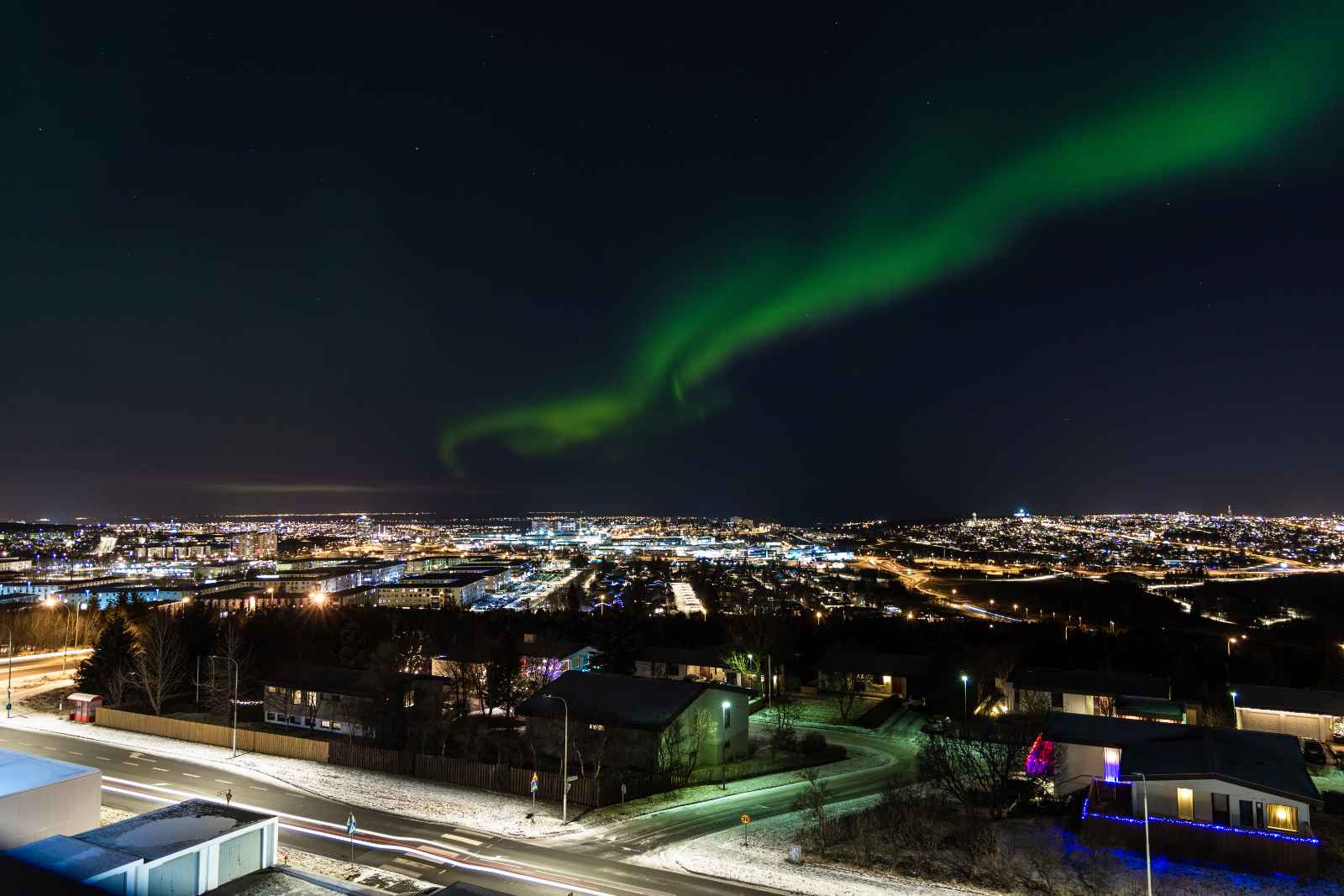
The message is simple regarding food: find accommodation with a kitchen to take advantage of grocery store prices. Budget $500 if you want to eat out a couple of times and then cook the rest of the time. Budget $1000 if you plan on eating out every day for most if not all, meals.
Tours and activities are your main cost when visiting Iceland, especially if you don’t rent a car. Without a car, expect to pay around $1,600 over a week, while with a car, this totals up to about $900.
10 Top Money Saving Tips
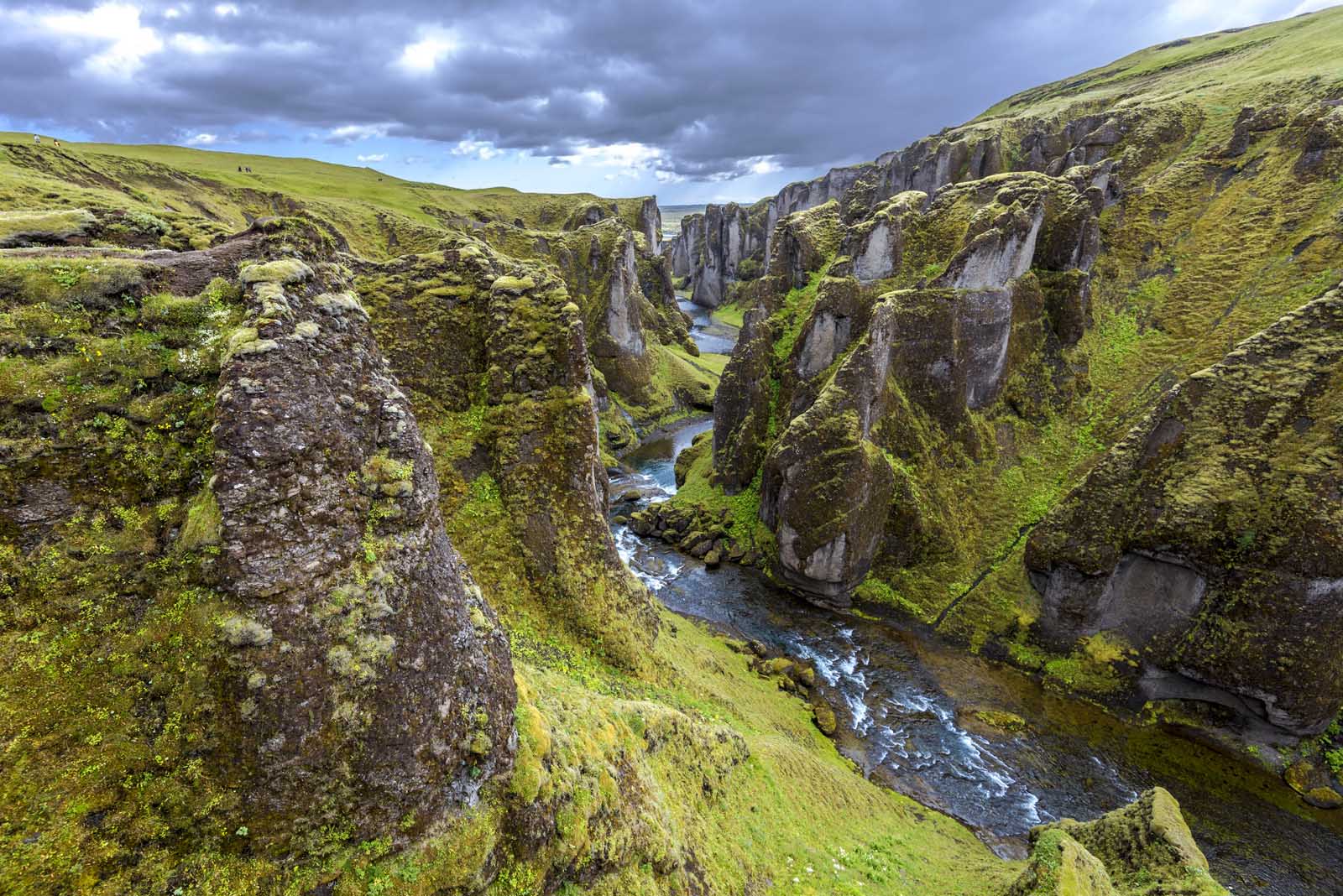
Are you ready to cut some money off that average Iceland trip cost we’ve just given you? If you are up for the challenge, there are ways to save money when visiting Iceland. After all, an average price is exactly that – an average price of what most people spend when they visit. You can do better than that if you utilize our top 10 tips on reducing your Iceland trip cost and saving your valuable money.
Anything from car rentals to hostels, and even some lesser-known things like campsites and bus passes, can make a massive difference to what your holiday to Iceland costs. So, buckle up and prepare to jot these top money-saving tips down. Using these could knock hundreds, and perhaps even thousands, off your Iceland budget.
1. Visit Off-Season
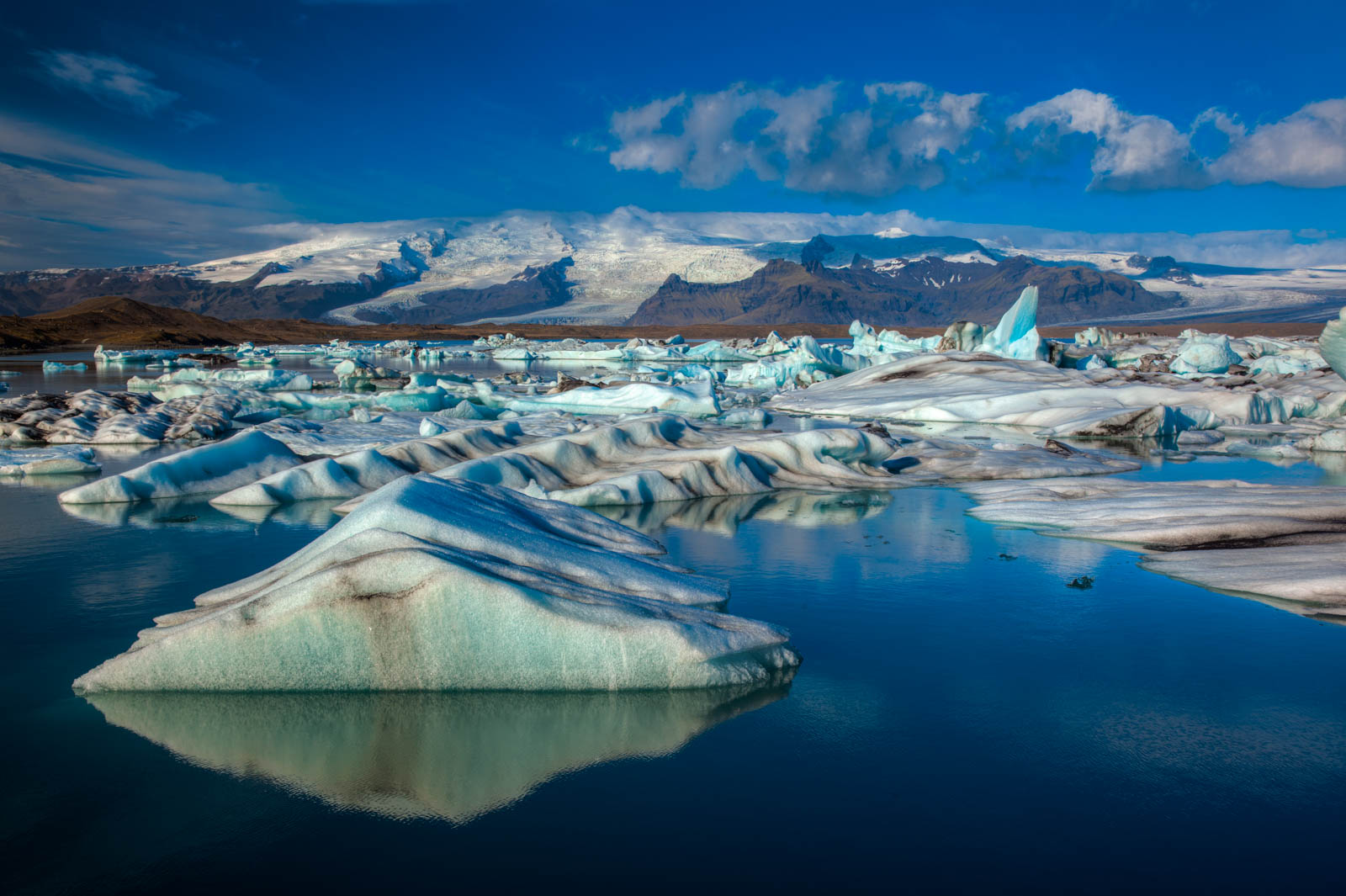
It goes without saying, but visiting Iceland in the off-season is the best way to save money. Iceland gets super busy over winter when tourists flock to enjoy snow sports and try to spot the northern lights. If you want to do these things, why not visit in February or late January? Avoiding the December crush by picking these shoulder seasons is the perfect way to snag reduced tours and day trips, plus find cheaper hotel rates thanks to lower booking competition.
Of course, if you are flexible with your Iceland activities, visiting in the off-season is even better. June until October is perfect for lower car rental rates, cheaper hotels, and tour deals. Remember that this period has certain tour and attraction closures, and you likely will miss the northern lights. This season is also famous for the midnight sun, where Iceland stays light for 24 hours a day.
2. Buy From Grocery Stores

Grocery stores are so much cheaper than local restaurants. You don’t want to stick to a budget while eating out for every meal because it just won’t happen. The average cost for a two-person meal at a mid-range restaurant in Reykjavik is nearly $120. An average McDonald’s meal is over $16. Grocery prices are much more reasonable, like $1.60 for a liter of milk or $3.44 for apples.
Buying food from grocery stores might sound obvious, but this only works effectively if you’ve found accommodation with a kitchen, so this is a catch-22. We’d suggest finding a communal kitchen or apartment hotel to make the most of this money-saving technique. Trust us, it will be worth it.
3. Rent a Car
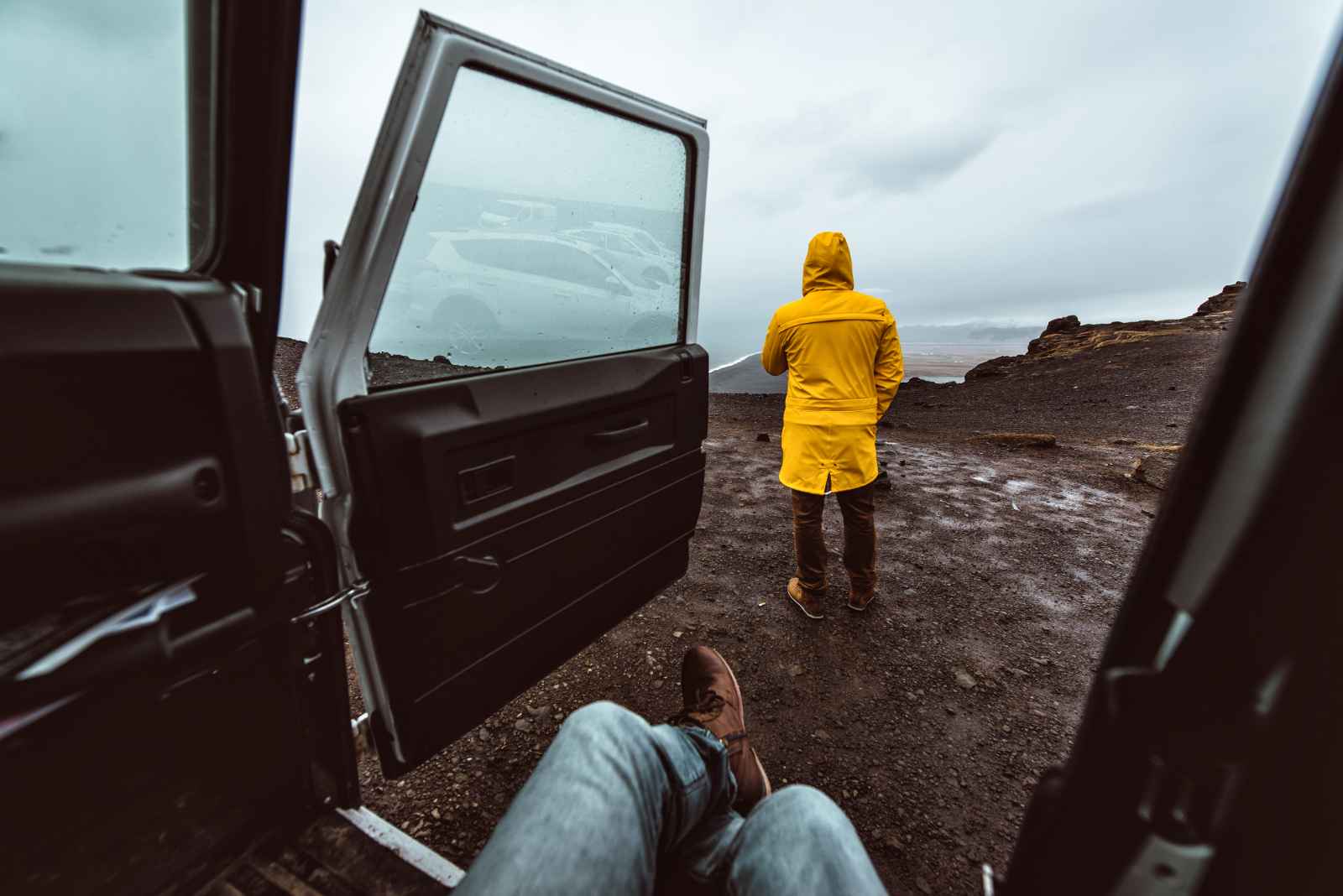
This might sound more expensive at first, but renting a car is one of the best ways to explore Iceland on a budget – especially if you want to sightsee a lot. This is because tours are one of the most expensive in an average Iceland trip cost. Companies charge extortionate amounts (we are talking hundreds of dollars) for simple things like transfers. If you rent a car, yes, it will be an initial upfront investment, but you’ll save hundreds if you purchase more than 2-3 day trips. Being able to drive yourself is one of the best ways to cut travel costs in Iceland. Check rates here!
4. Take Advantage of Free Attractions
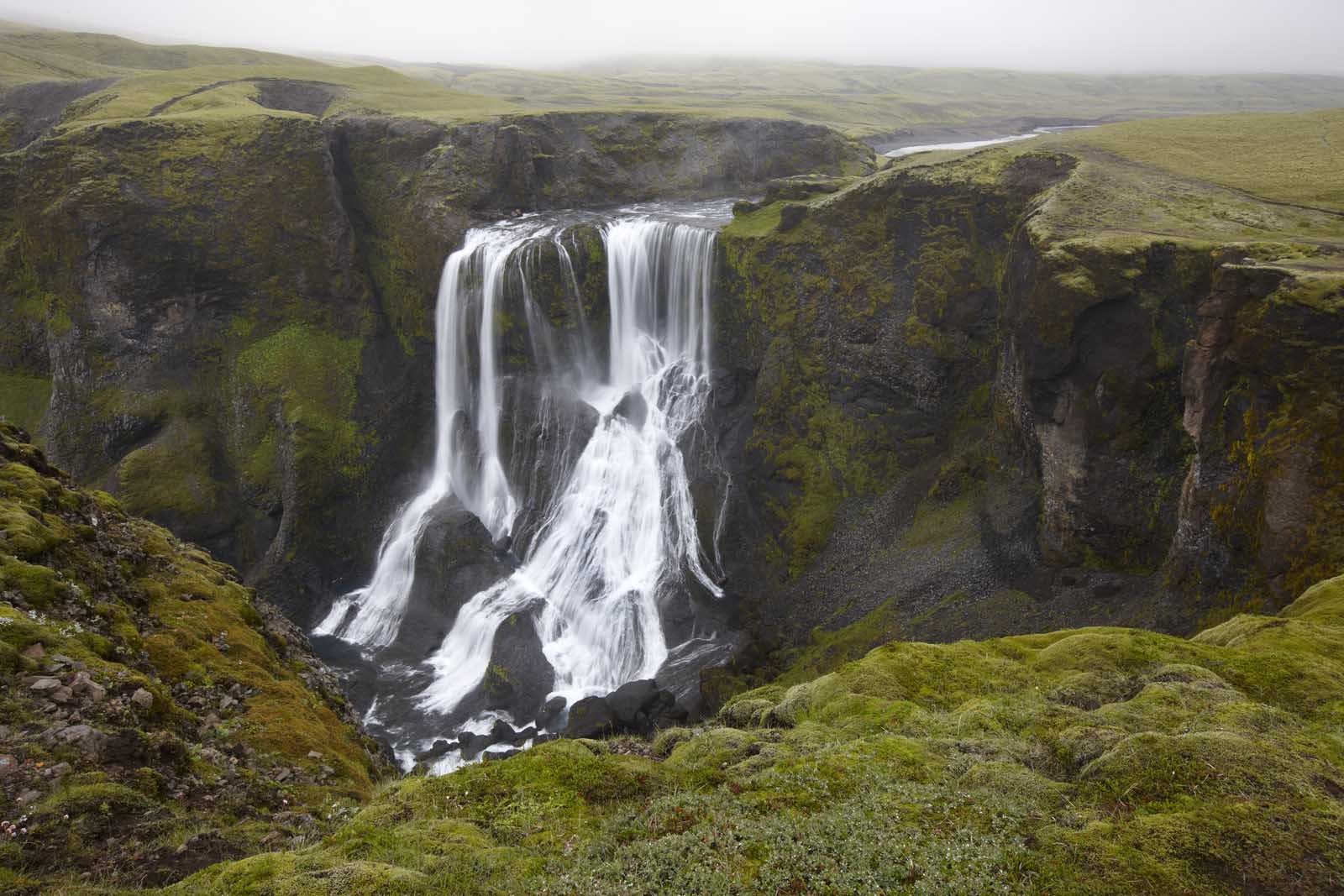
If you rent a car, it also stands you in good stead for saving money – enjoying Iceland’s free attractions. Iceland has a ton of free attractions, be it waterfalls or the beautiful geothermal area at Geysir. If you are road-tripping Iceland, you can stop at these places for free and quickly build a low-cost itinerary. Everyone knows Iceland is expensive, but with some research, you can soon find budget-friendly and often entirely free things to do.
5. Try Camping
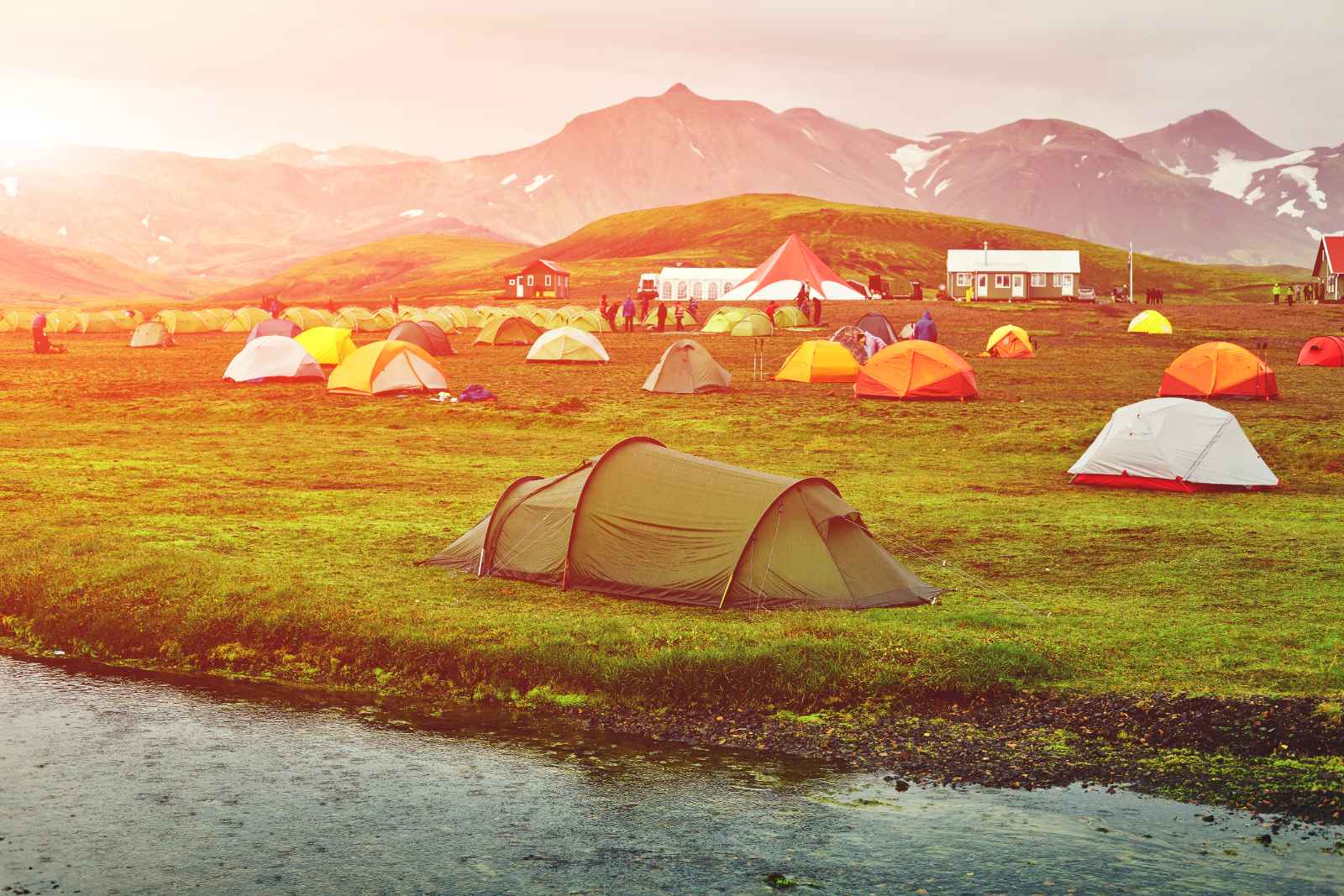
Camping is one of the best ways to save money while visiting Iceland. You can camp in one of two ways – with a campervan or by renting or bringing a tent. It goes without saying that this is a better idea in summer (read: do not attempt in cold weather). Still, if you visit Iceland at a warm time of year, it is a brilliant way to reduce accommodation prices. You’ll find campsites all over Iceland, so this is also one of the most straightforward money-saving tips to put into practice.
6. Try out a Bus Pass
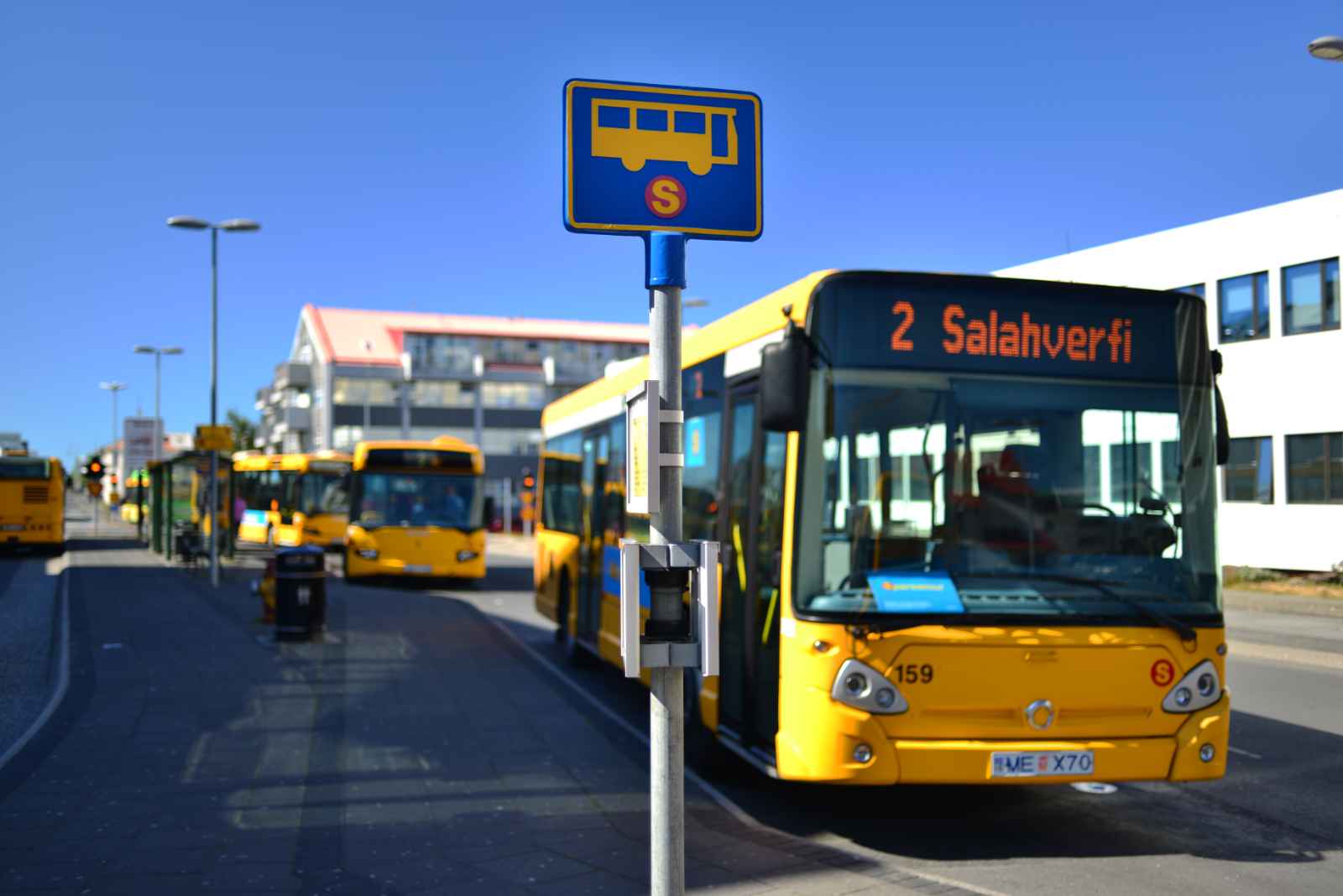
We’ll preface this by saying that bus connections are limited. You will only be able to use the bus network to access specific places at specific times, so you’ll need to be happy to use a pretty rigid travel style if you are going to take advantage of this travel hack. However, if you are happy to color between the lines to save yourself some cash, bus passes are well worth looking into. You pay a single flat rate fee and get unlimited use of the bus network for a designated period. This saves you money on otherwise expensive day trips or car rentals. And if you don’t have a driving license, it is the cheapest alternative.
7. Buy Alcohol From Duty-Free Shops
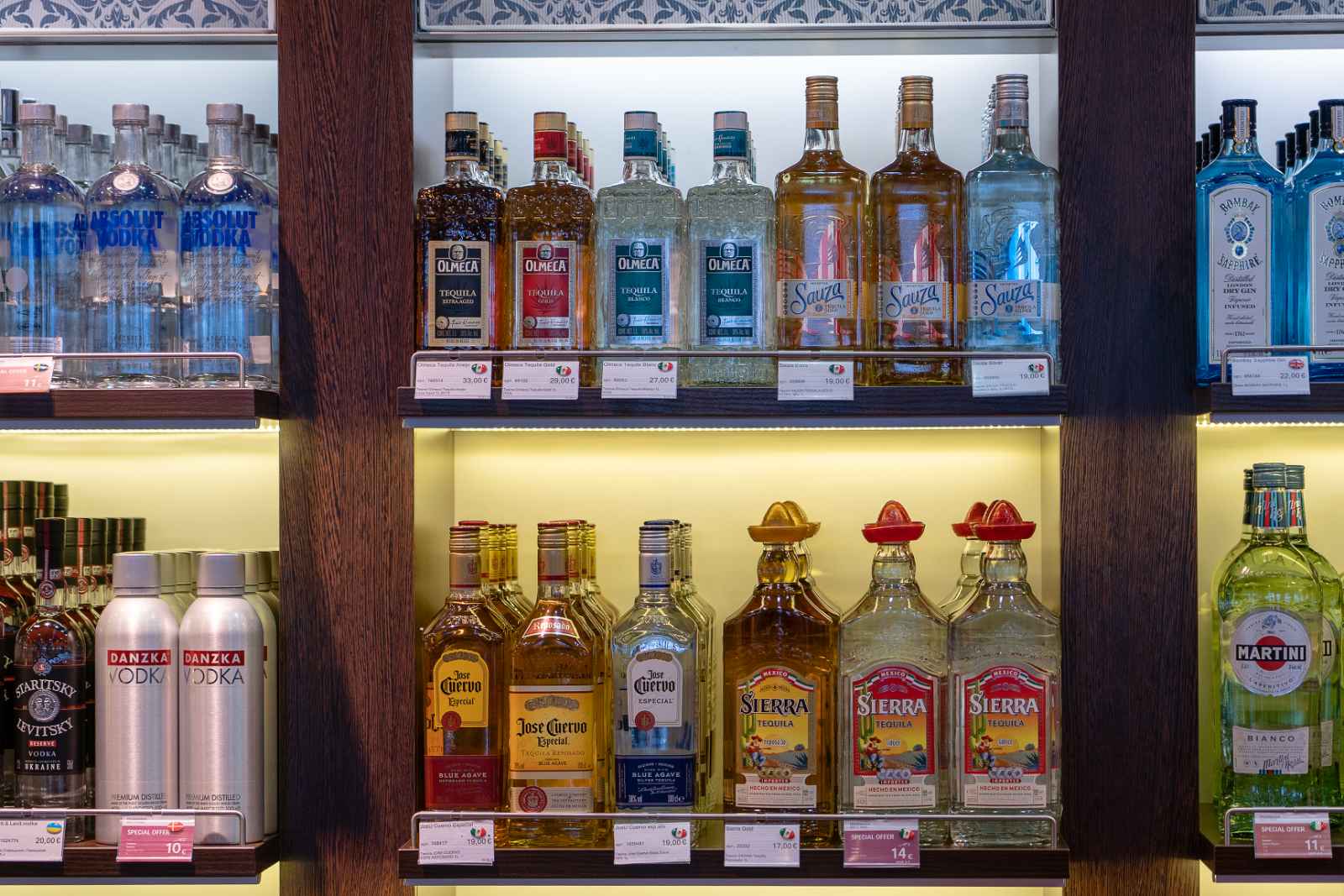
Another huge tip is to buy alcohol from duty-free shops. If you can pick up alcohol from the airport when you land, it will save you a ton of money on your trip to Iceland since alcohol is heavily taxed. The duty-free shop is your best friend if you want a fancy tipple. With that said, though, a better approach would be not drinking while visiting Iceland. Iceland actually banned alcohol in 1915, and the ban was only fully lifted in 1989 – which is now hailed as beer day. The country has a longstanding political objection to the consumption of alcohol. If you want to save substantial money when visiting, you should do your best to conjure up a financial objection.
8. Find Hot Springs that Aren’t the Blue Lagoon
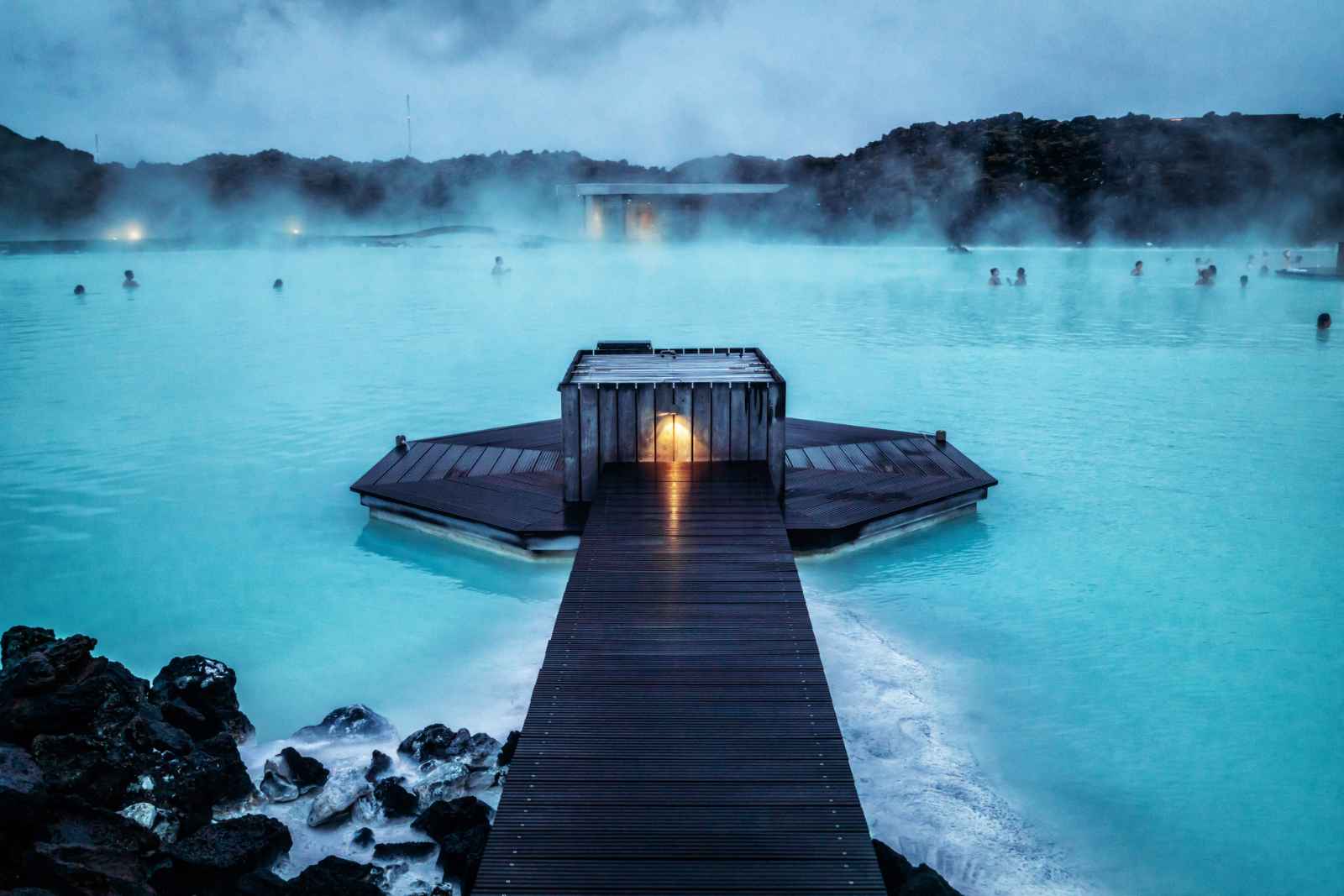
The Blue Lagoon is dreamy; we’ll be the first to admit it. However, to save money on visiting Iceland, you should consider alternatives. You can read all about the Blue Lagoon here , created using a factory’s thermal byproducts. But it is also worth looking at free hot springs you can visit in Iceland. Definitely look at alternatives to mainstream tourist attractions.
9. Skip Bottled Water
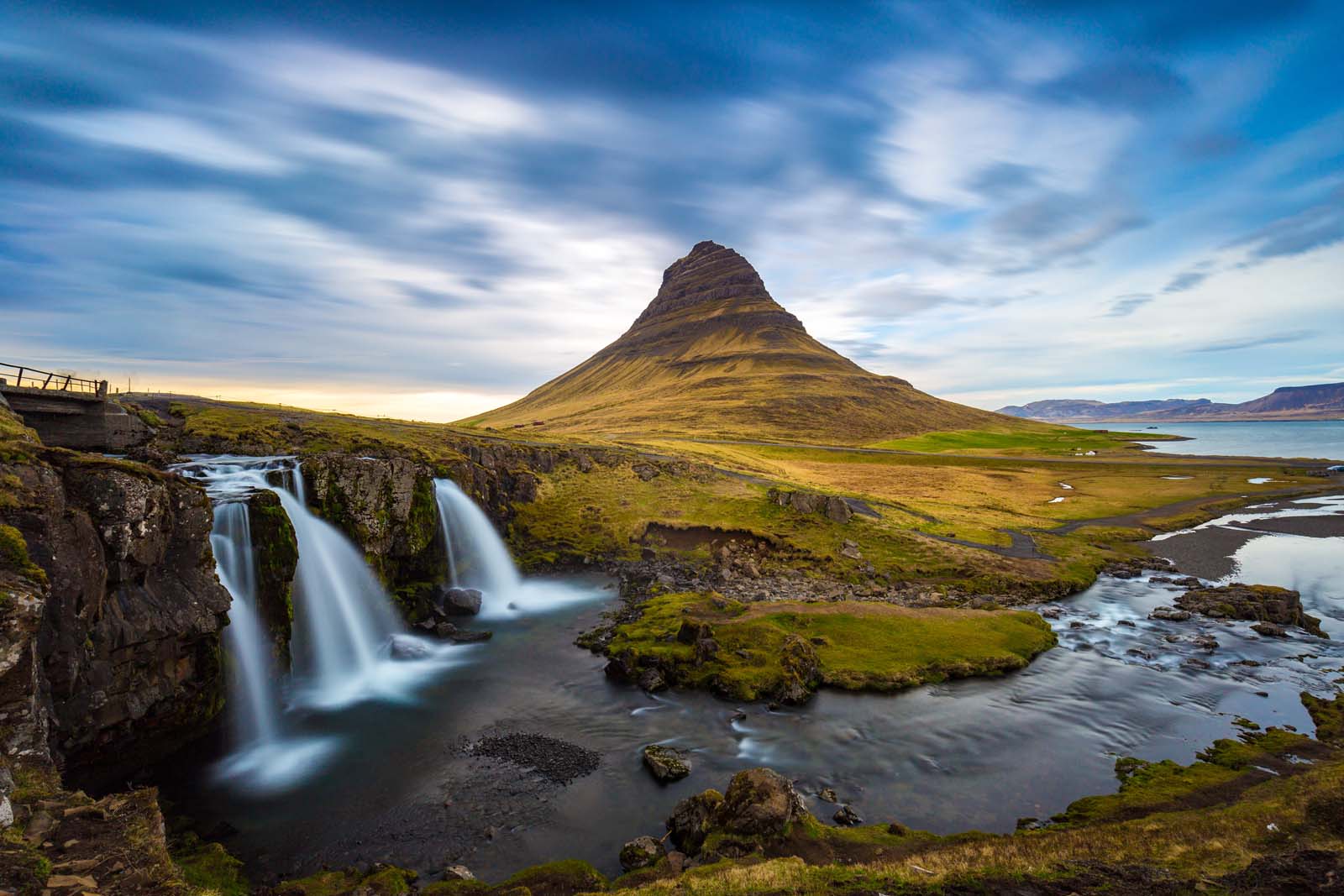
Skip the bottled water; seriously, Iceland has some of the purest tap water in the world. Bottled water is a massively unnecessary expense, so bring a refillable water bottle and cut the dollars you spend on your trip to Iceland. Of course, reducing plastics also helps the environment – a huge win-win situation. If you fancy going one step further, especially if you plan on camping, it is worth investing in a filter bottle, too, because then you can fill up from natural water sources like rivers and lagoons.
10. Book in Advance
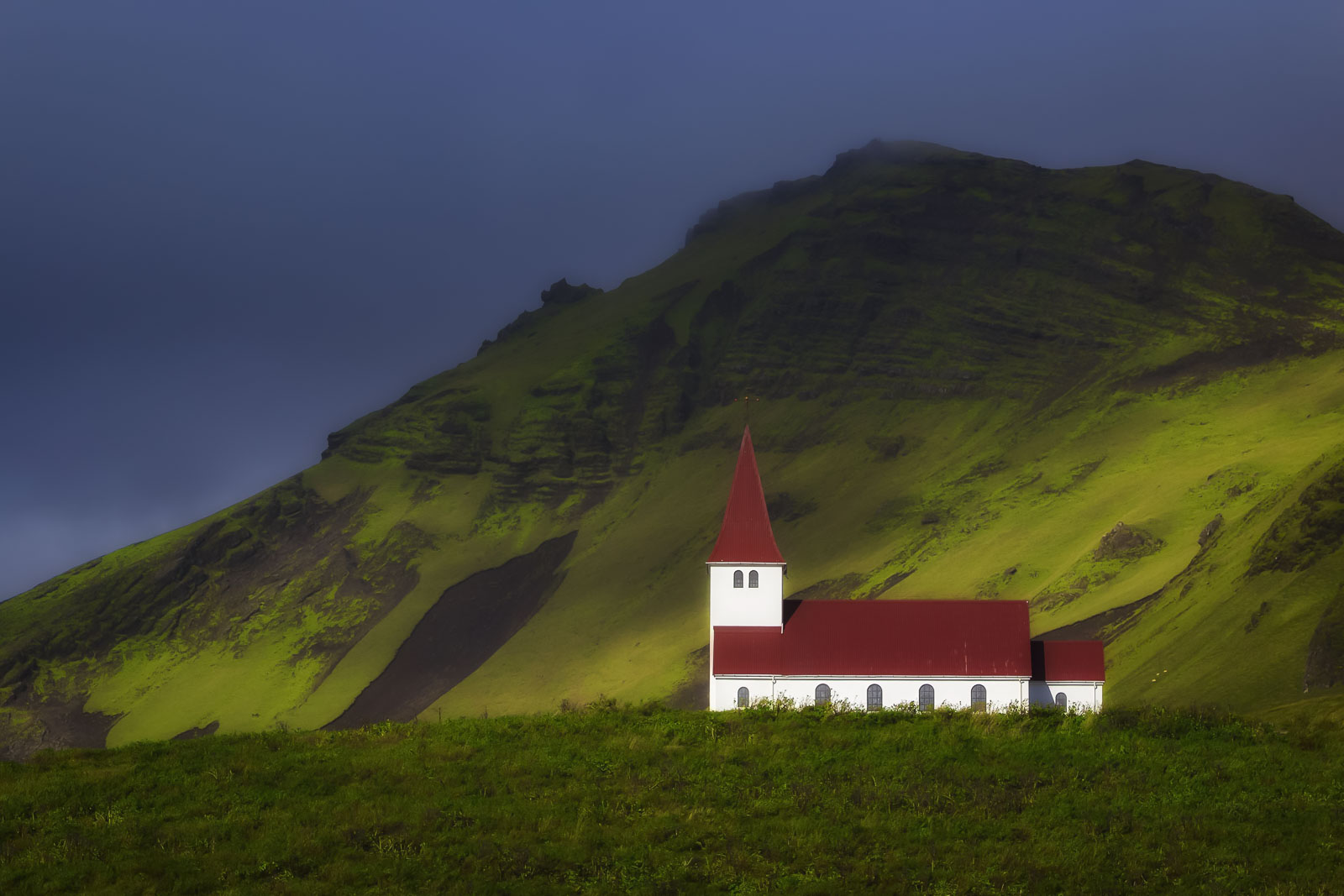
Sure, there’s a time and place for carefree, last-minute travel. But if you want your trip to Iceland to be budget-friendly, try something other than this travel style while trying to reduce your Iceland trip cost. The more you book in advance, the more options you’ll have regarding accommodation and tours. Since these things sell out fast, with the cheapest options going first, you can shoot yourself in the foot by waiting. Check out refund policies and rebooking flexibility if you are worried about committing too far in advance – just don’t wait until the last moment and bank on finding budget alternatives.
To Conclude
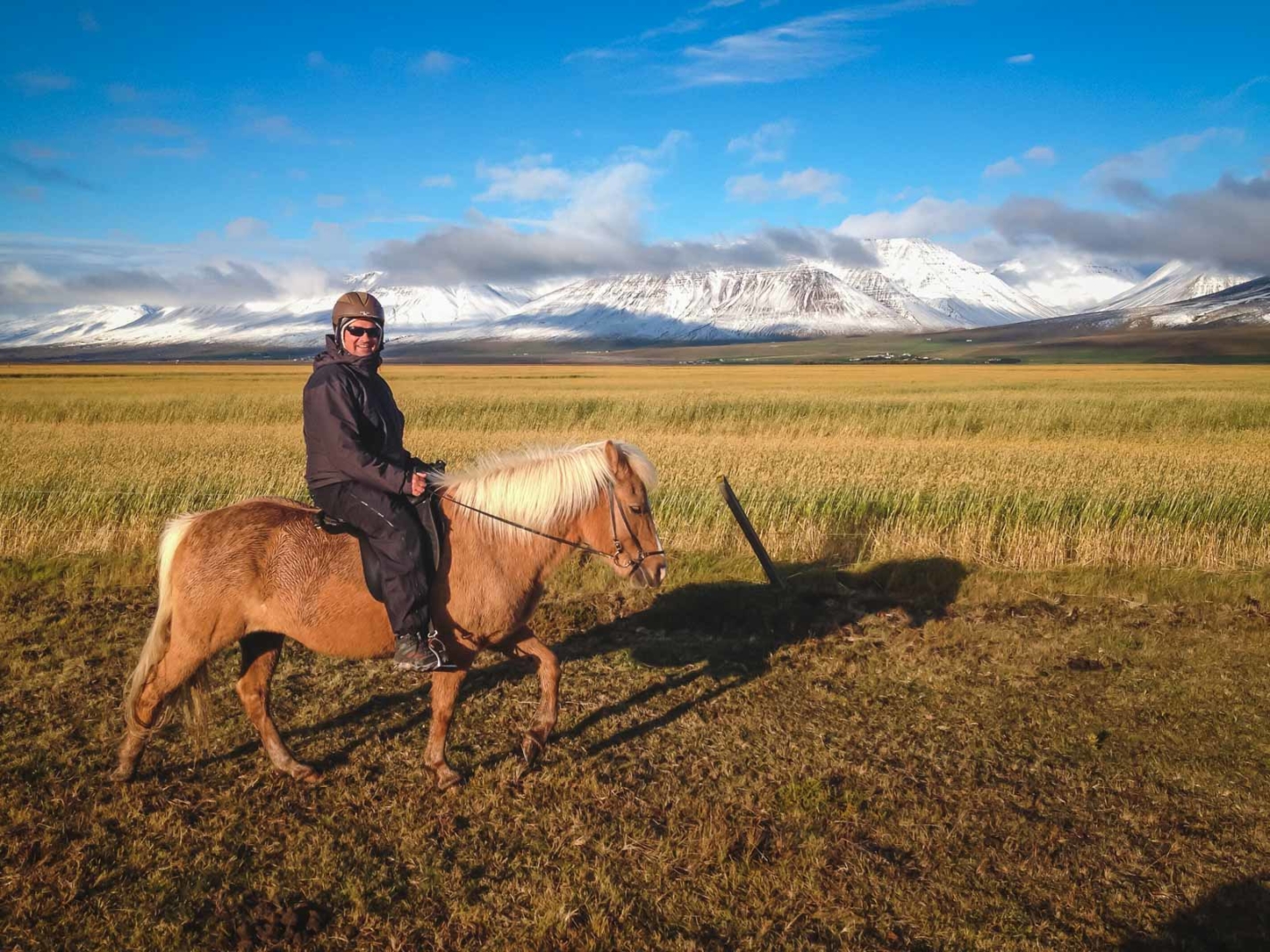
Your Iceland trip cost might depend on what you decide to do on your trip to Iceland. Still, this guide gives you a pretty clear idea of an average Iceland trip cost. By considering all of these factors – accommodation, food, transport, airfare, and tours – you’ll have a ready-made budget for visiting Iceland. And if you use some of our budgeting tips, you might even save some money. Who doesn’t want to knock a chunk off one of the world’s most expensive destinations?
Are you looking for more Iceland inspiration? Check out these fun facts ahead of your holiday to Iceland. We also have a guide dedicated to the best things to do in Reykjavik – Iceland’s walkable and vibrant little capital city. Don’t forget to explore Reykjavik, even if you head off on a week-long road trip around the rest of Iceland.
Plan Your Next Trip To Iceland With These Resources
- South Coast of Iceland: 31 Best Things to Do and See
- 22 Best Things to Do in Iceland
- Best of Iceland’s Ring Road – GLACIERS, VOLCANOES AND WATERFALLS
- The Blue Lagoon Iceland – Your Ultimate Guide
- 30 of the Best Places To Visit In Iceland
Travel Planning Resources
Looking to book your next trip? Why not use these resources that are tried and tested by yours truly.
Flights: Start planning your trip by finding the best flight deals on Skyscanner
Book your Hotel: Find the best prices on hotels with these two providers. If you are located in Europe use Booking.com and if you are anywhere else use TripAdvisor
Find Apartment Rentals: You will find the cheapest prices on apartment rentals with VRBO .
Travel Insurance: Don't leave home without it. Here is what we recommend:
- Allianz - Occasional Travelers.
- Medjet - Global air medical transport and travel security.
Need more help planning your trip? Make sure to check out our Resources Page where we highlight all the great companies that we trust when we are traveling.
You May Also Like
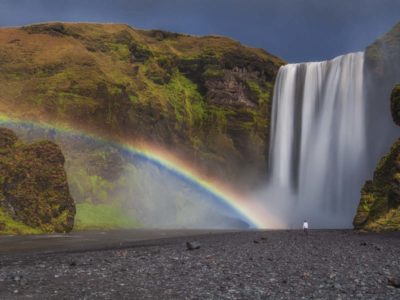
Ultimate Iceland Ring Road Itinerary: Explore the Best of Iceland in 10 Days
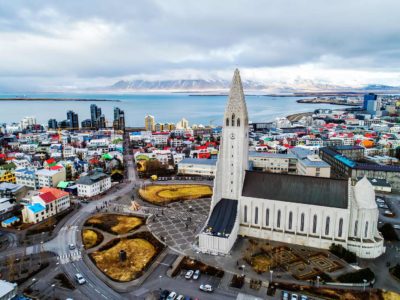
20 Best Things to do in Reykjavik in 2024
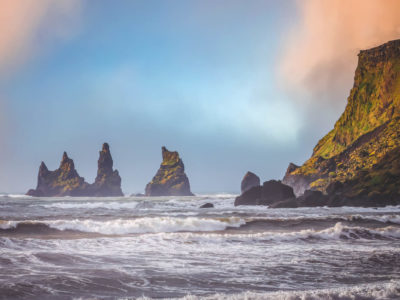
South Coast of Iceland: 31 Best Things to Do and See in 2024
About ThePlanetD Team
Guest writers for The Planet D offer insider tips and information on destinations that they are experts in. We can't be everywhere at once, and it is important to have the highest level of travel information from local writers and experienced travelers.
Join thousands of others who get our monthly updates!
Leave a comment cancel reply.
Save my name, email, and website in this browser for the next time I comment.
3 thoughts on “How Much Does An Iceland Trip Cost in 2024: Detailed Budget Breakdown”
massive post, Useful And Helpful Thankyou.
what i observed after my trip is getting around Iceland can be pricey, but it depends on your chosen mode of transportation.
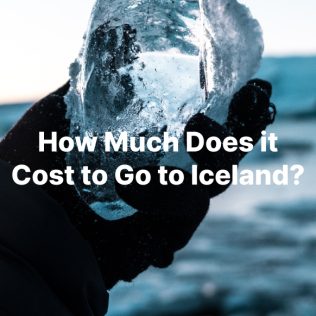
How Much Does it Cost to Go to Iceland? 2024 est.
It’s no secret that a trip to Iceland can be expensive. But did you know that the cost of your trip largely depends on variables like what season you plan to travel in? The ever-fluctuating prices of accommodation, activities, and even daily meals can play a big role in the final tally of your expenses.
Budgeting for your trip, whether you plan to splash out or you’re looking to travel on an extreme budget, can take some sleuthing. Moreover, currency conversion and unfamiliar pricing can sometimes be a challenge for travelers.
To make it easier for our readers, all the prices we discuss in this guide will be in USD . This way, you can get a clearer picture without getting bogged down with currency conversion rates. Read on to see how much it costs to travel in Iceland and how to properly budget for your trip to the Land of Fire and Ice.
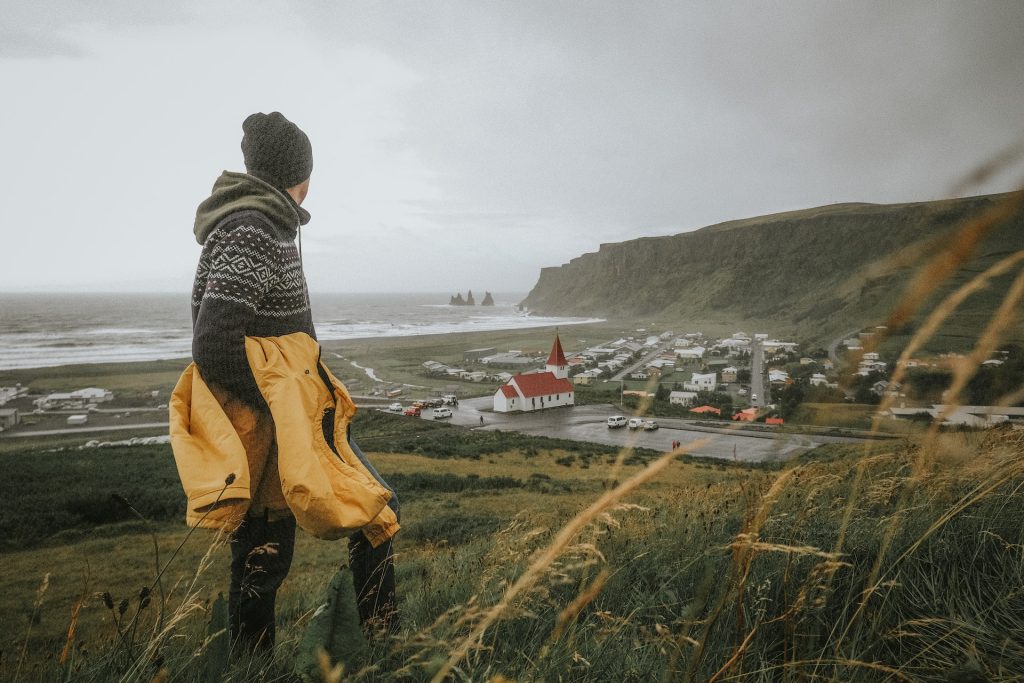
How to Calculate The Cost of Traveling in Iceland: Things That Can Affect Cost
When you travel.
What season you travel to Iceland can drastically affect the cost of your trip. Summer, from June to August, is the high season in Iceland. With the midnight sun gracing the horizon and landscapes in their full glory, visitors can expect virtually everything to cost double or even triple what it might cost in the winter months.
Winter, on the other hand, offers its own charm with the Northern Lights and snowy sceneries. If you’re looking for a less expensive trip, plan for winter or shoulder month’s like May and September. If good weather is more important than cost, summer is perfect. But remember, each season has its unique offerings, from winter’s Northern Lights to summer’s endless days.
- Related readings: Best places to go in Iceland
How You Travel
Your mode of transportation and approach to exploring Iceland plays a pivotal role in your expenses. For instance, joining a tour will almost always be much more expensive than a DIY road trip along the Ring Road.
Moreover, organized tours provide the convenience of planned itineraries and knowledgeable guides. Doing it yourself, however, is almost always cheaper – and usually more fun! It offers the flexibility to discover hidden gems and explore at your own pace.
- Related readings: Cheap car rental tips in Iceland
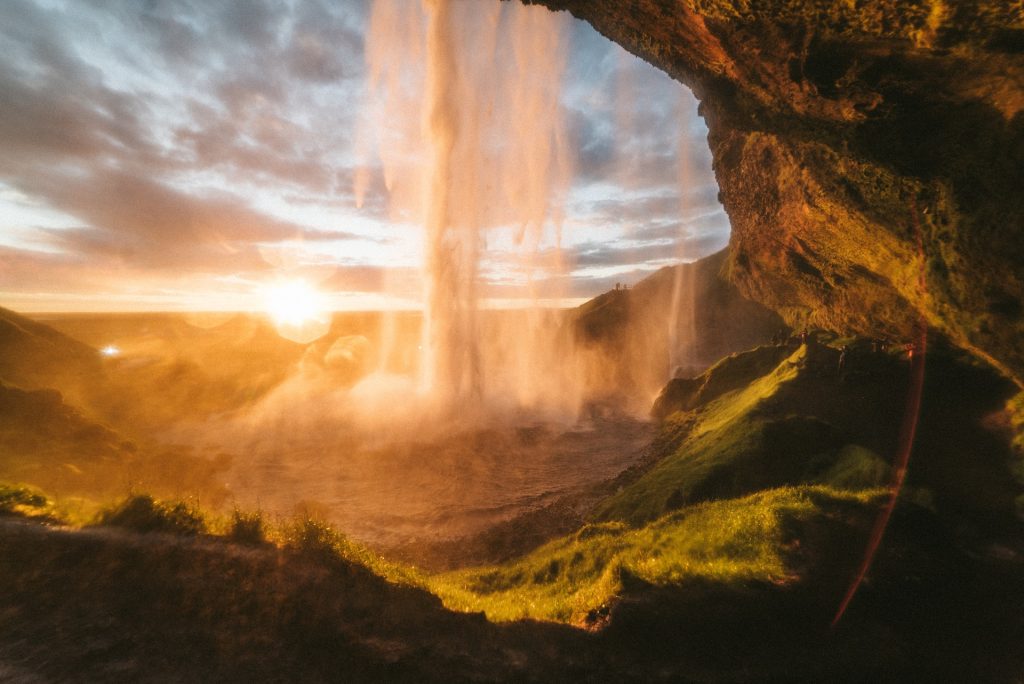
Stay Duration
Naturally, the duration of your stay will have a significant impact on the overall cost. While the daily costs might seem high, longer stays can sometimes yield deals or weekly discounts on accommodations.
Visitors who plan to stay longer may experience less expensive accommodation costs. However, other costs, like food and car rental, will be higher. So, it’s always good to plan ahead and perhaps prioritize where to splurge and where to save.
- Related readings: Things to do in Iceland
Traveling with Friends or Solo trip
Solo travel has its own perks, but traveling with friends or family can be economically advantageous. A great way to reduce cost – and have an incredible time – is bringing your friends along! Splitting the most expensive costs of your trip, like accommodation and car rental, can cut your trip cost quite literally in half.
Plus, it’s not just about the savings. You’ll have the added benefit of making unforgettable memories with your besties, laughing at shared jokes, and experiencing the magic of Iceland together.
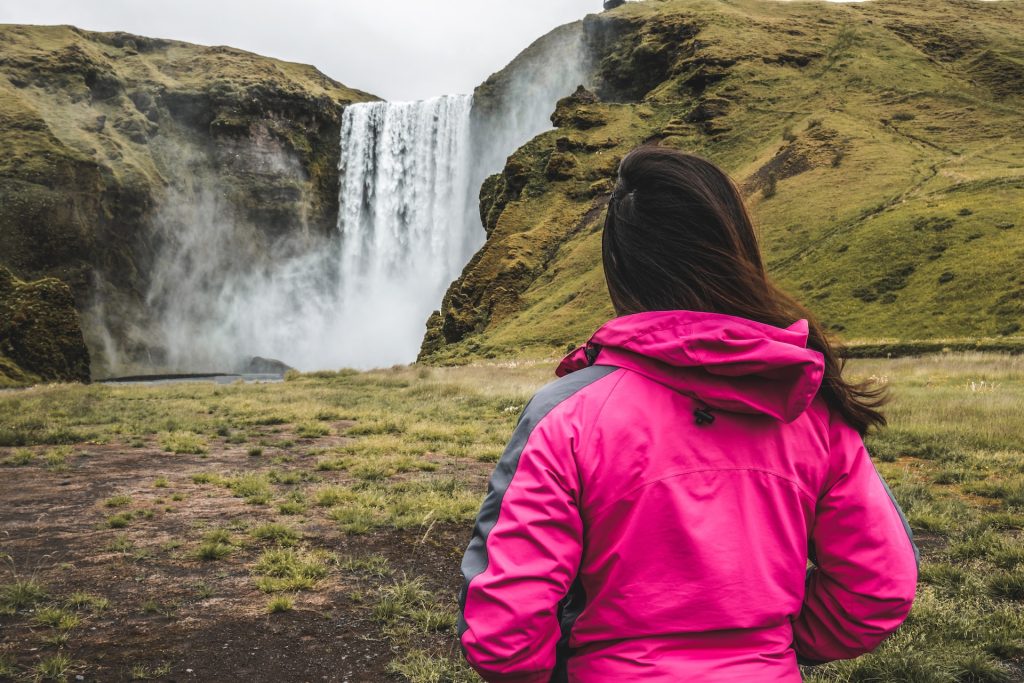
How Much Do Flights to Iceland Cost?
The gateway to any overseas adventure begins with booking a flight. As with most things in Iceland, flight costs will vary vastly depending on when you plan to travel.
Summer is always an expensive time to visit the Land of Fire and Ice, and airfare skyrockets during this time due to variables like fair weather and seeing the puffins. These unique birds, with their colorful beaks and playful nature, are a top attraction. Holidays, like Christmas and New Year’s Eve, can also drastically increase the price, as with any destination.
For this purpose, let’s delve a bit deeper. When comparing flights from major cities such as New York City and London to Iceland’s bustling capital, Reykjavik, there are notable differences. NYC, being further away, might generally have higher airfares.
Meanwhile, flights from London, thanks to its proximity and numerous daily connections, could offer more competitive rates. Yet, always remember, other destinations could be much more or less expensive depending on proximity to Iceland and the time of year. So, keep an eye out for deals, and consider signing up for fare alerts to get the best bang for your buck!
● NYC to Reykjavik in June: $500 – $1,000
● NYC to Reykjavik in July: $650 – $1,275
● NYC to Reykjavik in August: $700 – $1,700
● London to Reykjavik in June: $155 – $300
● London to Reykjavik in July: $120 – $350
● London to Reykjavik in August: $175 – $400
● NYC to Reykjavik in November: $400 – $1,000
● NYC to Reykjavik in December: $400 – $1,100
● NYC to Reykjavik in January: $500 – $1,000
● London to Reykjavik in November: $60 – $500
● London to Reykjavik in December: $60 – $350
● London to Reykjavik in January: $90 – $300
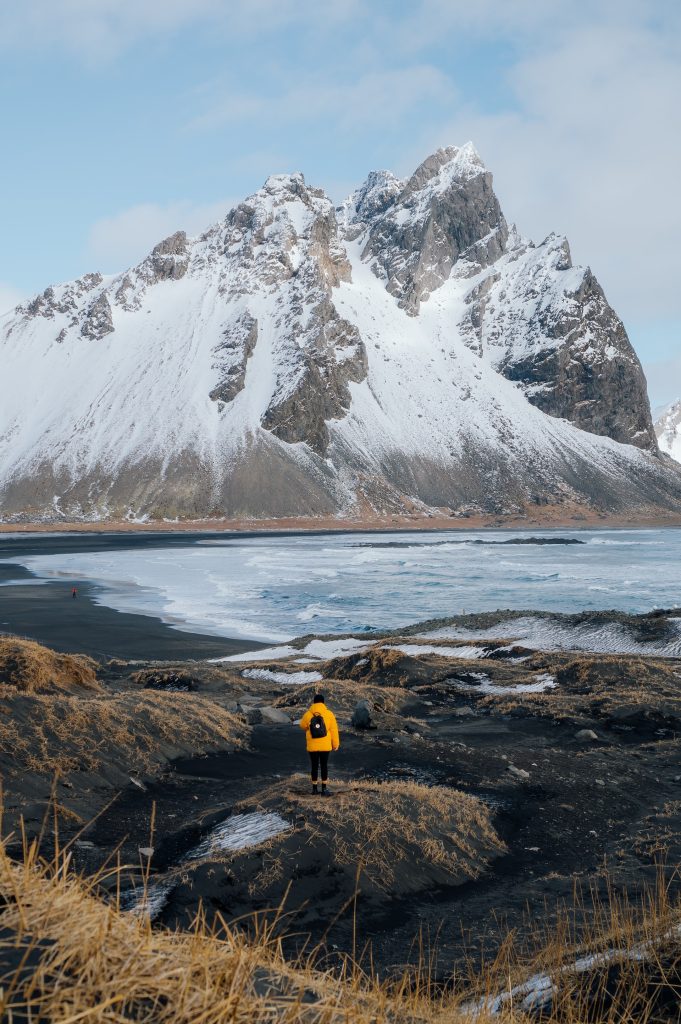
How Much Does It Cost to Stay in Iceland?
Iceland, with its unparalleled landscapes and mystical aura, offers a diverse range of accommodation options. However, as with many things in this enchanting Nordic island, the prices can be quite steep. The spectrum of accommodation in Iceland reflects its natural and cultural diversity. Whether you’re after the elegance and sophistication of a high-end hotel, the community vibe of a bustling hostel, or the raw and authentic experience of a camping ground, Iceland caters to all desires.
In Reykjavik, the capital city known for its modernist architecture, pulsating nightlife, and rich history, the costs and experiences of accommodation can be particularly varied.
Staying in a plush hotel might mean being treated to views of the Harpa Concert Hall shimmering in the midnight sun, while a hostel could place you in the heart of the city, steps away from the iconic Hallgrímskirkja church.
Camping, on the other hand, though less common within city limits, can be an option for those looking to be closer to the surrounding nature, such as the serene beaches of Nauthólsvík.
While we will delve into specific price ranges shortly, it’s essential to understand that these costs are influenced by various factors. Seasons, proximity to popular attractions, ongoing festivals or events, and even the type of travel group (be it solo, a couple, or with friends) can all play a role in the final accommodation cost. As with any travel destination, it pays—quite literally—to research and book ahead, especially if you’re traveling during Iceland’s peak tourist seasons.
Hotels in Iceland
● Summer: $150 – $450 (per night)
● Winter: $130 – $280 (per night)
Hostels in Iceland
● Summer: $45 – $90 (per night)
● Winter: $30 – $70 (per night)
● Summer: $150 – $300 (per night)
● Winter: $130 – $190 (per night)
● Summer: $5 – $40 (per night)
● Winter: Unfortunately, Iceland’s extreme winter weather makes camping prohibitive. Most campsites are closed and visitors may be putting their lives at risk camping during the winter months.
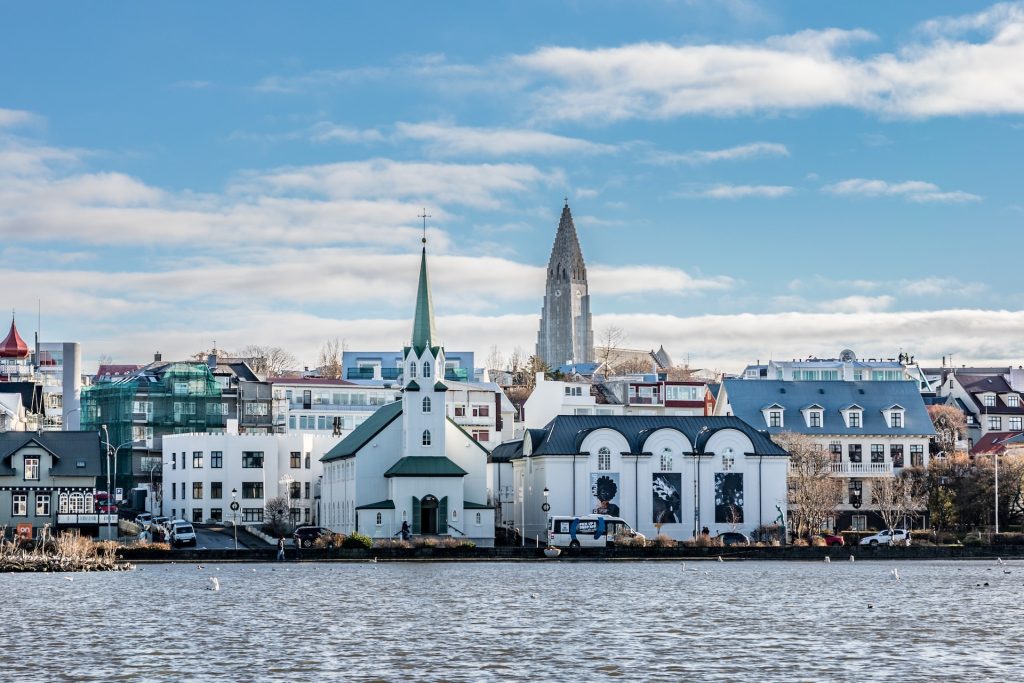
How Much Does It Cost to Eat in Iceland?
When planning your trip to Iceland, it’s essential to factor in one often underestimated expense: food. One of the largest costs when traveling Iceland is sneaky. It’s food!
After all, Iceland is an island, and while it boasts of fresh seafood and local delicacies, a great proportion of specialty foods are imported. This import-heavy approach drives up the prices, making them naturally higher than one might expect.
However, Iceland offers a culinary experience that ranges across a spectrum of costs. But – if you know where to look it is possible to find inexpensive options. Street food and local stalls offer an authentic taste without burning a hole in your pocket.
Prices range from around $6 for a delicious Icelandic hot dog to well over $100 a plate in Reykjavik’s high-end restaurants. For those keen on exploring local flavors without the lavish price tags, it’s advisable to venture into smaller towns and villages where eateries offer traditional meals at more pocket-friendly rates.

Here’s an estimate of how much it will cost to eat in Iceland per person.
High-End Restaurants : $100+ (per meal)
The sky is truly the limit when it comes to the price of high-end meals in Iceland. Most of the country’s fancy restaurants are located in the capital and can be an excellent splurge if you’re a foodie!
Regular Restaurants : $30 – $55 (per meal)
Eating at regular restaurants in Iceland is comparable to eating out in a major city in Western Europe or the United States. These prices can be even higher depending on where you’re dining and what you order.
Fast Food :$6 – $15 (per meal)
Fast food in Iceland is common in the capital of Reykjavik and it’s easy to find cheap eats in the plentiful gas stations on road trips too. Icelandic hot dogs are always a good go-to fast food to grab.
Groceries : $10-$15 (per day)
Buying groceries is a great way to save money on your trip to Iceland – and it’s a great way to dive deeper into their food scene. There’s nothing better than exploring a grocery store in another country and uncovering delicious goodies like Icelandic skyr.
- Related reading: 6 Best Cheap Eats in Iceland
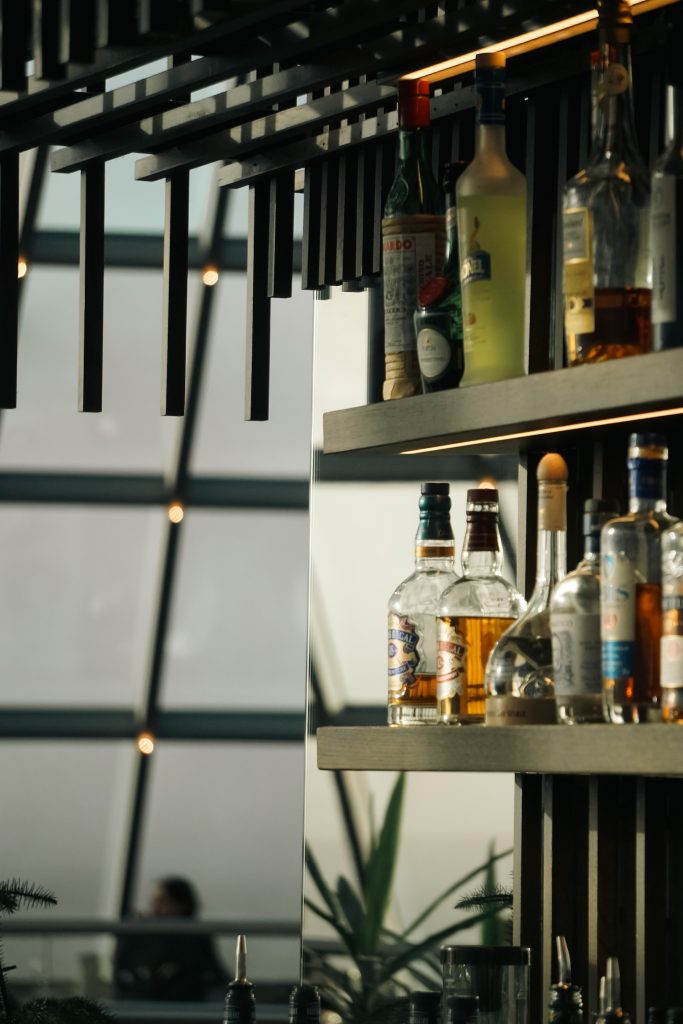
How Much Do Tours and activity in Iceland cost?
The allure of Iceland isn’t just its captivating landscapes; it’s the immersive experiences that the country offers through various tours and activities. Tours in Iceland do have price variations, especially depending on the season. However, the fluctuations might not be as pronounced as some travelers anticipate. Instead, the most significant distinctions in cost often hinge on the duration and nature of the tours.
Golden Circle Tour
○ All Seasons: $70, per person from Reykjavik
For those looking to venture into the heart of the nation’s natural wonders, the Golden Circle Tour, which includes visits to several national parks and iconic geothermal spots, stands out
Blue Lagoon w/ Entrance
○ All Seasons: $150 per person from Reykjavik
The ethereal charm of the Blue Lagoon, with its therapeutic waters, remains an unmissable experience for many, as does the mesmerizing Glacier Lagoon, although pricing for the latter can vary based on specific tour packages.
Southern Coast
○ All Seasons: $100, per person from Reykjavik
The Southern Coast, with its array of waterfalls, black sand beaches, and scenic views, is another coveted destination.
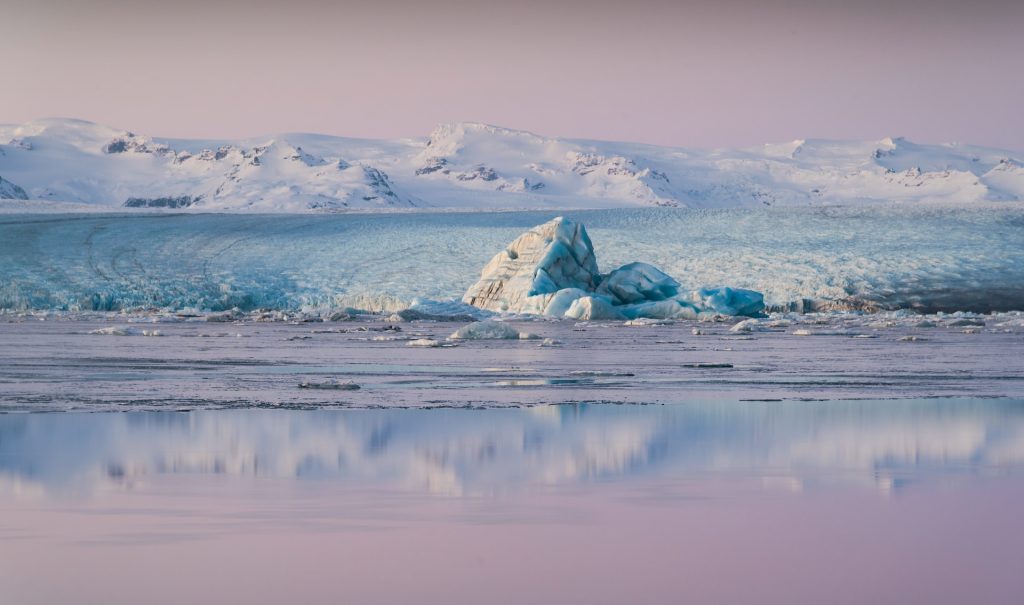
Northern Lights Tour
○ Winter: $100, per person from Reykjavik
Chase the Aurora Borealis in winter. No two light shows are the same, making every tour unique.
Snæfellsnes Peninsula Day Tour
○ All Seasons: $140, per person from Reykjavik
Known as “Iceland in Miniature”, this tour provides a sampling of all the kinds of landscapes you can find in Iceland, from the Snæfellsjökull glacier to beautiful beaches and rugged cliffs.
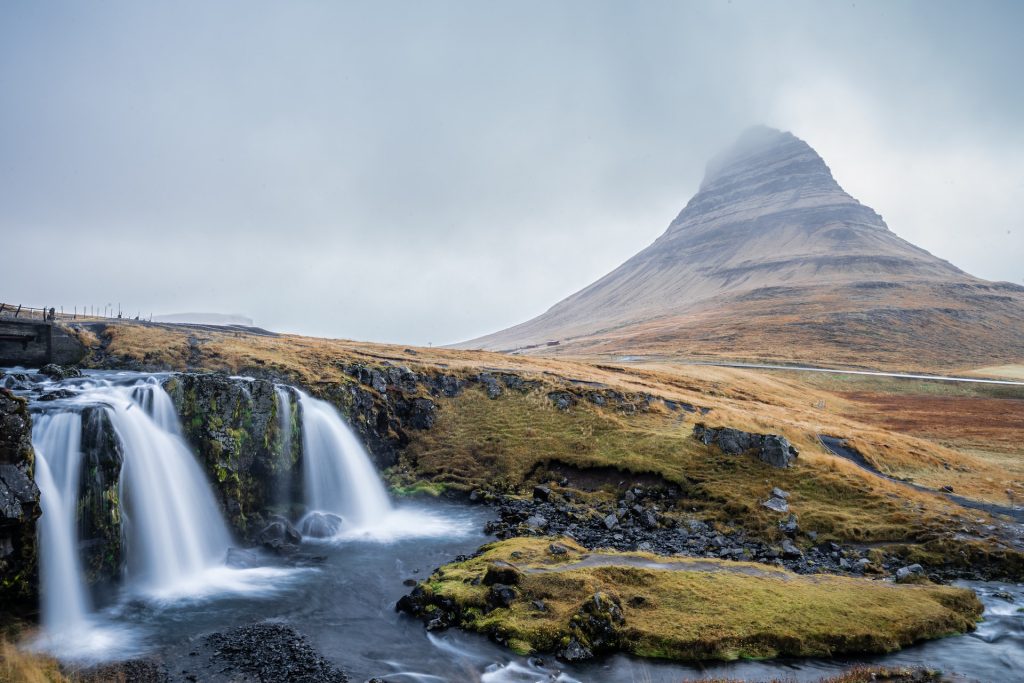
How Much Does It Cost To Rent a Car in Iceland?
Exploring Iceland’s rugged terrains, winding roads, and panoramic vistas often demands a mode of transportation that offers both freedom and flexibility. For many, this means renting a car. The undeniable allure of setting your own pace, making spontaneous stops to capture the ethereal beauty of the landscape, and veering off the beaten path makes renting a car a top choice for many travelers.
However, as is often the case in Iceland, the privilege of experiencing the country’s untouched beauty comes at a price. Renting a car here, especially during the peak tourist seasons, can be a significant investment. Still, when weighed against the price tags of guided tours and the potential limitations of public transportation, many find that the autonomy of a personal vehicle provides value that transcends its cost.
It’s crucial to recognize that the costs associated with renting a car in Iceland aren’t static. Seasonal shifts, particularly the contrast between the snowy challenges of winter and the more navigable roads of summer, play a pivotal role in determining rental rates. While winter may offer more affordable rates, travelers should also be prepared for Iceland’s unpredictable winter driving conditions, which can sometimes require vehicles equipped with four-wheel drive or winter tires.
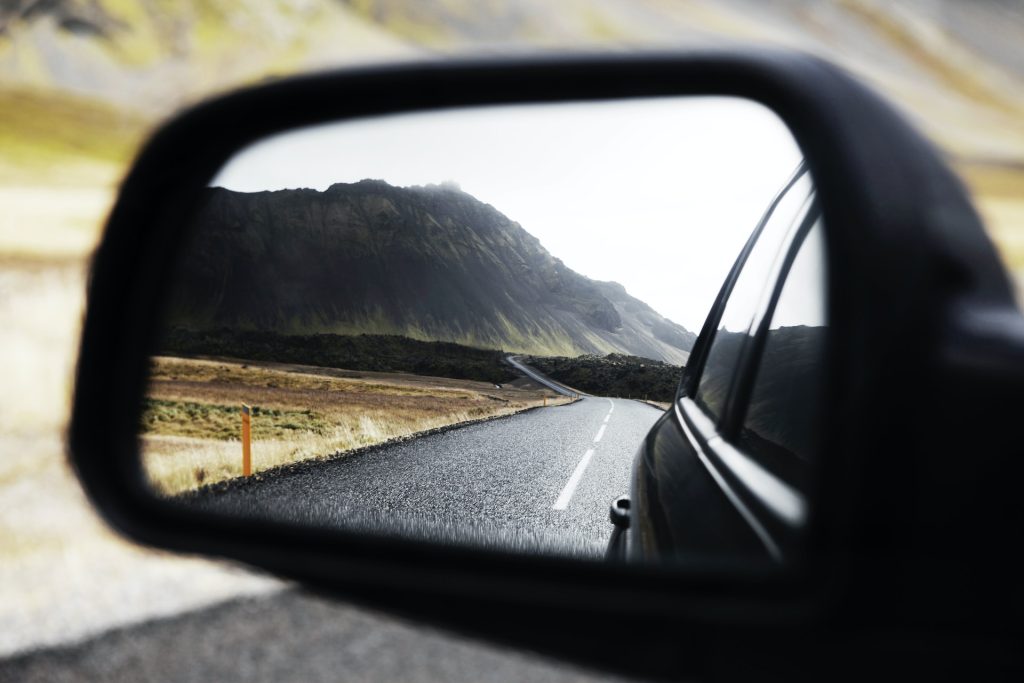
The type of vehicle, from compact city cars to robust 4x4s designed for highland adventures, further complicates the price equation. As we delve into the specifics, we’ve sourced our average costs from one of the country’s more budget-friendly options, Firefly Iceland Car Rentals. This provides a snapshot, but always remember to factor in additional costs such as insurance, fuel, and any additional equipment like GPS or child seats when budgeting for your Icelandic road trip.
Small Cars (e.g. VW Polo)
● Summer: $106 – $148, per day.
● Winter: $46 – $65, per day.
Mid-Sized Cars (e.g. Dacia Duster)
● Summer: $155 – $268, per day.
● Winter: $70 – $120, per day.
Full-Sized Cars (e.g. Mitsubishi Pajero)
● Summer: $365+, per day.
● Winter: $165+, per day.
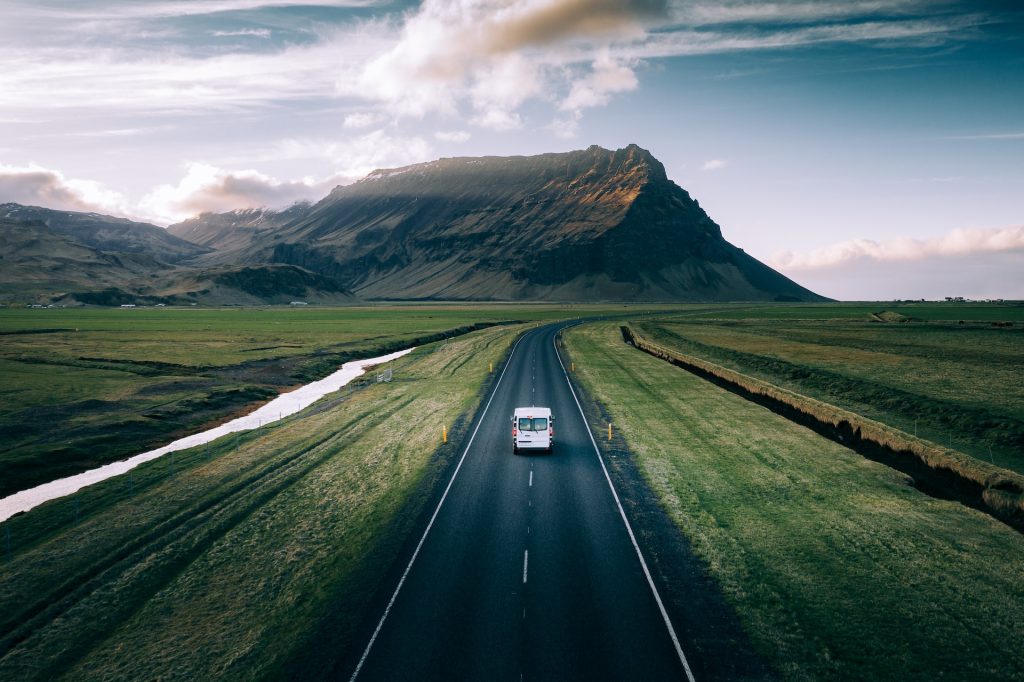
How Expensive Is Gas in Iceland?
Like in any country, the cost of gas in Iceland is variable and highly dependent on the overall cost of oil and getting it to the island. Iceland is actually one of the most expensive countries in the world to get gas. Luckily, driving distances are relatively short compared to other countries!
At the time of this writing, average petrol prices in Iceland hovered around $8.80 (ISK 1,182) a gallon or $2.30 (ISK 312) a liter.
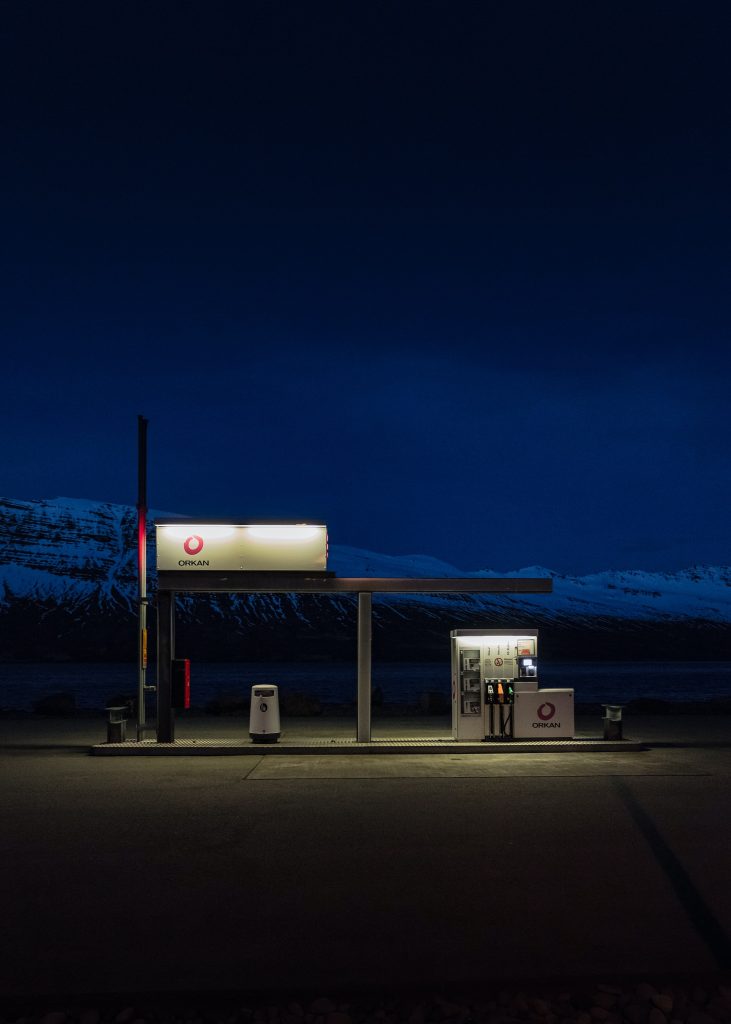
A Few Budget Saving Tips & Tricks
Iceland, while mesmerizingly beautiful, is known for its hefty price tag on most travel-related expenses. However, with some planning and smart choices, you can enjoy this Nordic wonder without burning a hole in your pocket. Here are a few comprehensive strategies to make the most of your Icelandic adventure on a budget:
1. Visit during the off season.
Iceland’s peak tourist seasons, mainly summer, see a surge in prices across the board. On the flip side, traveling during the off-season, particularly during the shoulder months like late September or early May, can offer more affordable rates on accommodation, car rentals, and even some tourist activities. Plus, you might enjoy attractions without the usual crowds, granting a more intimate experience.
2. Book your trip well in advance.
Last-minute bookings, especially for popular destinations like Iceland, can be pricey. By planning your trip several months ahead, you can snag early-bird discounts and promotions. This not only pertains to flights and accommodation but also to excursions and adventure activities that Iceland is renowned for, like glacier hiking or lava tube caving.
3. Rent a car and DIY your trip.
While organized tours offer convenience, they can also come with a premium price tag. Renting a car and charting your own course can be a cost-effective alternative. This allows you to tailor your itinerary, spend as much time as you wish at specific locations, and even discover lesser-known spots that tour buses might not frequent.
Firfly offers Older model cars rental in Iceland , which means they are even cheaper! If you want to save big on rental cars in Iceland, go for the older model cars is the perfect option!
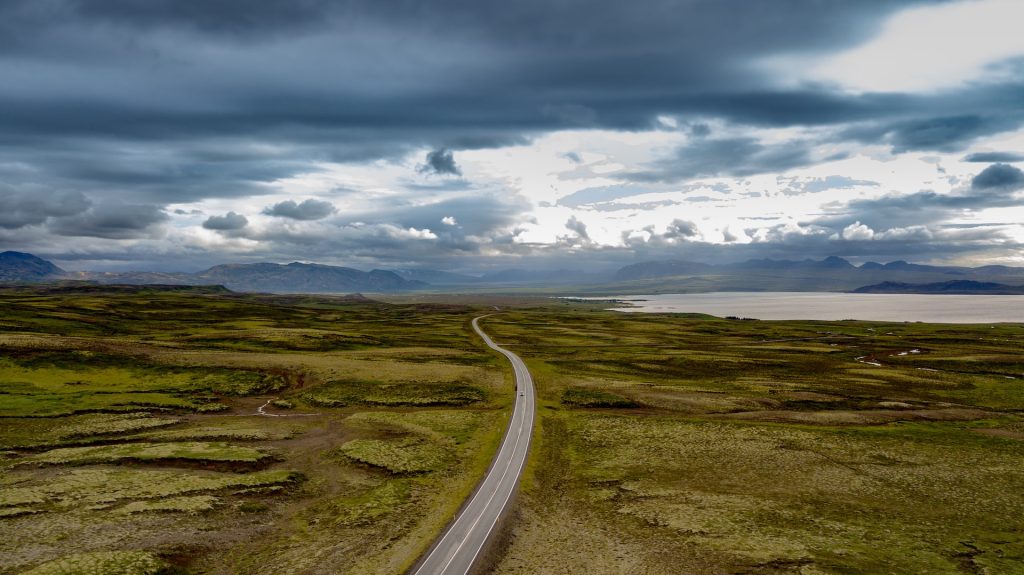
4. Stick to free attractions – especially if you rent a car. Most of Iceland’s natural attractions are free to visit!
One of the charms of Iceland is its abundant natural wonders, many of which don’t require an entry fee. From the mighty waterfalls of Skógafoss and Seljalandsfoss to the geothermal activity at Geysir, the enchanting Northern Lights, or simply pulling over to pet a herd of friendly Icelandic horses, there’s plenty to see and experience without spending a dime. If you have a rented car, this freedom increases tenfold.
5. Go grocery shopping.
Dining out in Iceland can be a gourmet experience, but it can also be quite pricey. To offset some of these costs, consider visiting local cheap grocery stores like Bónus or Krónan. Stock up on essentials, and maybe even try some local delicacies. Preparing your own meals, even if it’s just a few times during your trip, can lead to substantial savings.
Plus, with the country’s strict food quality standards, you’re in for some fresh and delicious self-catered meals
6. Opt for Local Sim Cards or Portable Wi-Fi.
Rather than incurring hefty international roaming charges, consider getting a local SIM card or renting a portable Wi-Fi device. This way, you can have access to maps, information, and essential apps without breaking the bank.
7. Stay in Guesthouses or Hostels.
Instead of hotels, look for guesthouses, hostels, or even farm accommodations. These often provide a more local experience and are lighter on the wallet. Some even offer communal kitchens, saving further on food costs.
8. Fill Up Your Bottle with Tap Water.
Iceland boasts some of the cleanest and freshest tap water in the world. Rather than spending on bottled water, bring a reusable water bottle and fill up directly from the tap or natural springs.
9. Enjoy the Nightlife During ‘Happy Hours’.
Alcohol can be particularly pricey in Iceland. However, many bars and pubs in Reykjavik offer ‘happy hour’ deals, cutting down costs significantly. Check local listings or use apps like “Appy Hour” to find the best deals.
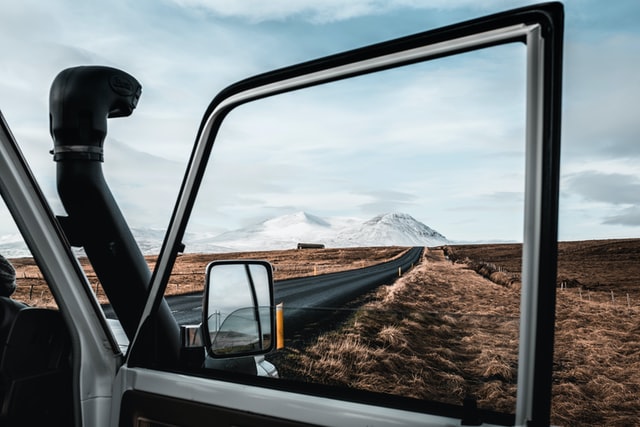
Maximizing Your Money with Cashless Transactions
After considering all these budget-saving strategies, there’s another financial aspect of traveling in Iceland that’s worth noting for convenience and potential savings. In Iceland, the preference for cashless transactions is pronounced.
Whether you’re sipping on a coffee in Reykjavik or checking into a cozy guesthouse in the countryside, credit and debit cards are the standard mode of payment. This not only provides a hassle-free experience, eliminating the need for constant currency exchanges, but can also be a hidden avenue for savings.
Before embarking on your Icelandic adventure, dive into the terms of your credit card. Many offer rewards or cashback for international purchases. By strategically using such a card for your expenses, you might just earn benefits that pave the way for your next travel escapade.
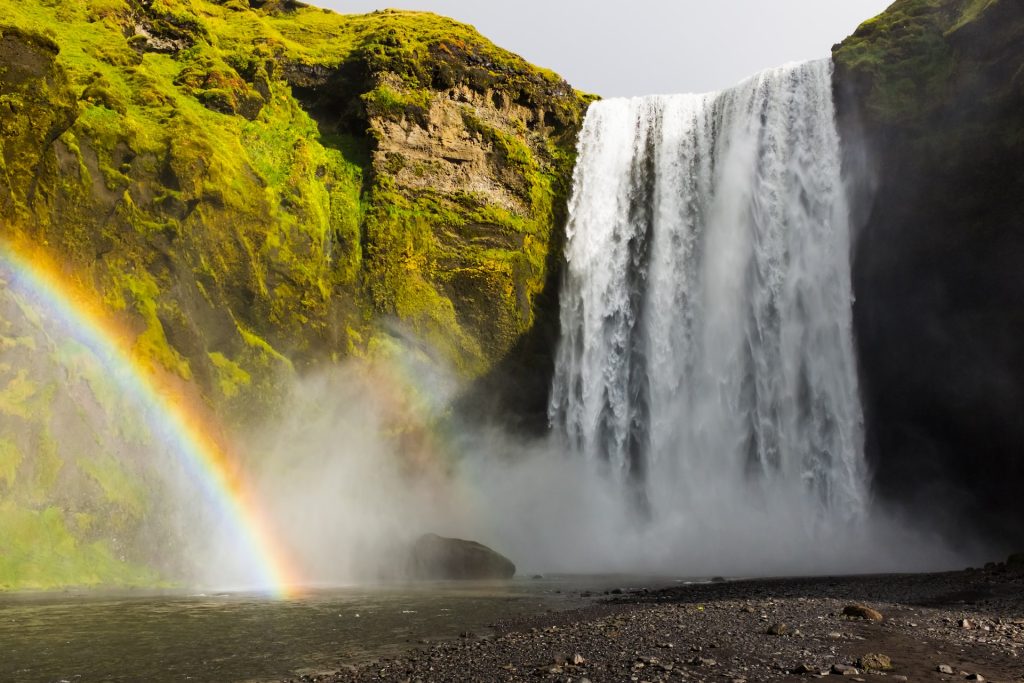
How much you need to visit Iceland?
Budgeting is one of the most crucial steps in planning a trip to Iceland – especially if you’re looking to do it on a budget. From buying groceries to renting a car to see the country, there are countless ways to save a buck or two on your next trip to the Land of Fire and Ice.
Book your rental car with Firefly Iceland Car Rental for an inexpensive way to see this beautiful country!
Best cheap rental car in Iceland
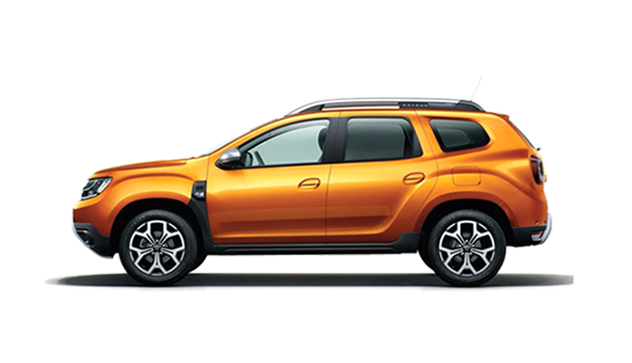
Dacia Duster or similar | Manual | 4×4 | 2020-2021 (CFMX)
Group e2 reservations are made by car category only. we cannot guarantee a specific car model. or similar.
- 5 Passengers
- Airconditioning
Suitable for the highland F-roads. Please read Terms & Conditions. You must be 23 years of age to drive this vehicle.
Additional Features
- 4 Wheel Drive
- 116 C0 2 g/km
- Adjustable Steering
- Electronic Stability Control
- Power Steering
- Power Windows
- Remote Locking

VW Golf or similar | Automatic | 2020-2021 Model (CDAX)
Group: b2 reservations are made by car category only. we cannot guarantee a specific car model. or similar.
- 2 Large Bags
This vehicle is NOT allowed in the highland F-roads. You must be 20 years of age to drive this vehicle.
- 1 Small Bag
- 2 Large, 1 Small
- 138 cc
- Cruise Control
VW Golf or similar | Manual | 2020-2021 Model (CDMX)
Group: b reservations are made by car category only. we cannot guarantee a specific car model. or similar.
- Front Wheel Drive
- 125 C0 2 g/km

VW Polo or similar| Manual | 2020-2021 Model (EDMX)
Group a reservations are made by car category only. we cannot guarantee a specific car model. or similar.
- 99 C0 2 g/km
- Satelite Navigation

VW Tiguan or similar | Automatic | 4×4 | 2020-2021 Model (IFAX)
Group: o reservations are made by car category only. we cannot guarantee a specific car model. or similar.
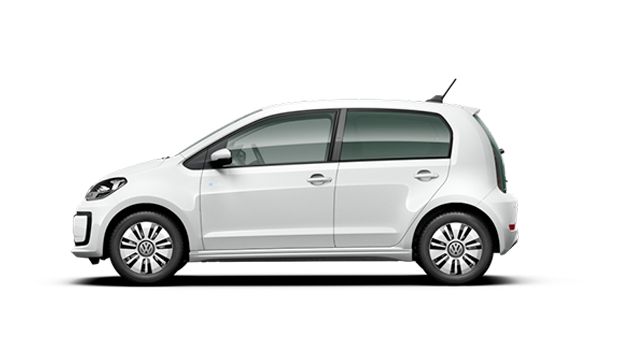
VW Up or similar | Manual | 2020-2021 Model (MBMX)
Group: z reservations are made by car category only. ,we cannot guarantee a specific car model. or similar.
- 4 Passengers
- Petrol or Diesel
- 95 C0 2 g/km
Manage Booking

Pack your bags
Subscribe to my newsletter to get updates in your inbox!
You have successfully joined our subscriber list.
Budget Breakdown: Real Cost of a Trip to Iceland

This post may contain affiliate links, meaning if you buy or book through one of these links, I may earn a small commission .
Curious about the real cost of a trip to Iceland? Perhaps you’ve heard about how expensive this Nordic island can be. I had some initial sticker shock myself when booking our first trip to Iceland.
After an initial high upon finding really good flights to Reykjavik, my husband, Aaron, and I were quickly brought back to earth when friends and family started warning us about how expensive of a place Iceland is. Talk about a buzz kill…
However, when I started planning my trip and actually got into the details, I realized there were definitely ways to manage our Iceland trip cost. We just needed to plan out what we were willing to spend ahead of time, and then stick to it.
Thanks to really good planning, Iceland was completely worth the visit and money well spent on mind-blowing and unforgettable experiences. In fact, Aaron and I just made a return trip in January 2022, if that tells you anything. Below, I am going into exactly what we spent, in order to help you understand what to expect when booking your own trip.

Here is our actual Iceland Trip Cost (in USD):
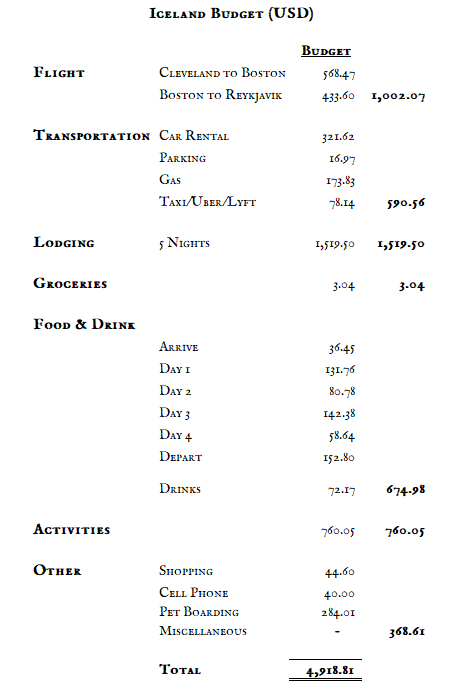
The above shows what my husband and I actually spent on a recent 4-day trip to Iceland . Our budget was definitely not on a shoe-string, but also wasn’t luxurious. We prefer to select a few areas to splurge, while saving in other areas.
There are many factors that will make our actual expenses higher or lower than yours will be, which I am discussing below. For each category, I will suggest ways to reduce costs, as well as tell you what splurges are worth it. After all, doing some of Iceland’s bucket list-worthy experiences are worth the investment!
Travel Savvy Tip
Don’t look at this budget as a lump sum! That’s the quickest way to get intimidated and assume Iceland is unattainable. The truth is, you won’t pay the full amount at once. You’ll buy your flight, lodging, and rental car right away, and then likely pay nothing for a few months.
Once it gets closer to your trip, you’ll start looking at tours you may want to do, as well as make restaurant reservations. When you get back home from your trip, you’ll pay off any remaining vacay expenses you’ve incurred.
Breaking it into chunks like this is a much more approachable way to afford the cost of a trip to Iceland!
Iceland Trip Cost Breakdown:

Since Iceland is an island in the North Atlantic, you will need to arrive via plane into Keflavik Airport (KEF). Some major cities, like Boston and Chicago, offer direct flights to KEF, which is forty minutes outside Reykjavik, Iceland’s capital.
Direct flights are best to take whenever possible, as they are normally the most cost effective. Once upon a time, Icelandair had a direct flight out of Cleveland, but that ended after a short six month stint. Unfortunately, Cleveland, like most other US cities, now requires a connection to fly to Iceland.
Here is what the $1,002.07 that my husband and I spent includes:
- $568.47 for both of our round trip flights from Cleveland to Boston.
- $433.60 for only my round trip flight from Boston to Reykjavik; credit card points covered Aaron’s entire flight.
To find the best fares, vigilantly monitor flights prices on Google Flights or Skyscanner around the season you are planning to travel.
Solo travelers should budget around $500-$700 total for airfare; everyone should read the below tips to avoid overpaying for flights :
- Be flexible with your travel days, as weekend flights can be crazy expensive. Play around with searching different departure and arrival days, and you’ll be amazed what a difference that can make.
- Travel during the low season (November through April), when there is an overall drop in prices.
- Last but not least, the tip that has helped me the most: Sign up for a credit card with travel rewards points. We’ve gotten countless free flights thanks to our cards, simply due to points earned on every day purchases. We’ve had great experiences using both the Capital One Venture and the Chase Sapphire Reserve .
Transportation

While it might not be necessary to rent a car while in Iceland, it is what I recommend doing. Assuming you want to explore sights along the Golden Circle and South Coast, the alternative is paying for multiple bus tours. If you are traveling alone, the cost difference might not be huge, but it increases quickly when traveling in a group of two or more.
The $590.56 Aaron and I paid above includes the following:
- $321.62 to rent an automatic, 4-wheel drive vehicle with snow tires. Consider using SADcars for inexpensive rental options.
- $16.97 for parking in Reykjavik. Even street parking in Reykjavik usually requires paying at a machine. Sometimes, certain sights do as well, although it isn’t common.
- $173.83 for gas. This is mostly due to my husband and I driving 10 hours roundtrip to the Jökulsárlón glacier lagoon.
- $78.14 taking Lyft to and from the Cleveland and Boston airports.
Try not to be too nervous about the unpredictability of Iceland’s weather. Checking road conditions here before going out is a huge help, as the site’s map shows you which roads are clear, slippery, and impassable. In bad conditions, you could still try to join a last-minute tour instead.
Also, joining a tour could ultimately be the overall best option for you, if you don’t mind exploring with a bunch of other people! There are plenty to choose from in Iceland, from a simple bus transfer to Reykjavik to touring the Golden Circle .
Solo travelers renting a vehicle will spend roughly the same as the above total.

A couple years ago, I would’ve said to hands-down book an Airbnb to save money. However, Airbnb isn’t quite the budget lodging option it once was, with fees constantly increasing.
The way things stand now, I would definitely consider both hotels and Airbnb’s, since prices can often be quite similar. For both options, generally the more outside of main tourist areas you stay, the lower room rates will be. Pricing is also cheaper during the low season, from November to April.
The price I have above of $1,519.50 includes the following:
- $1,302.20 for four nights at the Canopy by Hilton Reykjavik City Centre . The hotel was a little bit of a splurge, being chic and well-located in a part of town I really like. Hey, it was a birthday trip! Plus, we paid extra to include breakfast in our stay.
- $217.30 for one night at Fosshotel Glacier Lagoon . My husband and I were doing an early ice cave tour the next morning, so it made the most sense to spend the night on the South Coast.
Solo travelers would possibly pay the same as above for a similar room, or maybe even less for a smaller room. If you prefer hostels, there are several options in Reykjavik to choose from.
Choosing to prepare food rather than dine out during your Iceland stay could help save you money. However, beware that even groceries in Iceland are quite expensive, and will add up.
Bear in mind that this option works best if you are staying in an Airbnb with a kitchen. Of course, the mere fact of having a kitchen on our October 2018 Iceland visit didn’t motivate us to prepare food. We did eat breakfast in, but that’s only because we brought granola bars from home.
On our January 2022 trip, we stayed in a hotel and did not have our own kitchen for preparing food. Therefore, we didn’t bother with buying groceries during our stay. The $3.04 shown above was for water bottles purchased at a gas station while we were on the road.
Food & Drink

Food and drink is the category where if you’re not careful, your budget may start to unravel. Food and drink can indeed be quite pricey in Iceland. Think double of what you would typically spend for the same thing at home.
There are several ways to spend less in this area, which I’ve listed below. While we put many of these into practice during our October 2018 trip, I will admit on our January trip to Iceland we threw it all out the window (it was my birthday!):
- Opt not to drink while in Iceland , although you may want to try at least a couple of their breweries. Aaron and I are really into craft beer, so we knew this was an area we were would splurge in.
- Bring food with you from home . We like to bring Cliff bars with us to eat as breakfast or snacks.
- Go to the grocery store and prepare lower cost meals at your Airbnb. This is easier said than done, since it takes extra time and effort. On our 2018 visit, Aaron and I intended to do this, but we never made the effort to grocery shop.
- Feeling extreme? Do what a friend of ours did and just eat ramen for four days. Not really our style, since food is a big part of travel for us, but to each their own.
I recommend budgeting about $100 a day on food for couples, and about $50 a day for solo travelers. This should comfortably allow you to eat out twice a day at moderately priced restaurants and cafes.

If you are going to splurge on any part of your trip, experiences is the area to do it. The $760.05 above includes the following activities:

Seeing the northern lights was a top priority for me, so we went all in and splurged on the Super Jeep tour. It was worth it!
Additionally, as we were visiting during ice cave season, the ice cave tour was a last minute addition on a whim. Again, worth it. A bright blue ice cave is definitely not something you can see every day!

Here are some tips for experiencing Iceland while keeping the cost of your trip as low as possible:
- The Blue Lagoon is the most famous hot spring in Iceland, but certainly not the only one worth visiting. It’s also quite pricey at around $91 per person; the newer Sky Lagoon is just as magical and significantly cheaper. If you are on a tight budget, it’s wisest to see what the other hot springs have to offer.
- Rent a car to self-drive the famous Golden Circle and South Coast routes. Tours can run $100-$150/person for a minibus, but less for a huge bus. A rental car allows you to see more sights at your own pace and lets your money go a bit further.
- Look for bigger northern lights bus tours, which are much less expensive than Super Jeep tours.
Don’t forget to take advantage of free things to do in Iceland!
- Simply look for the northern lights on your own
- Explore Reykjavik and see the Harpa concert hall, Sun Voyager sculpture, Hallgrímskirkja Church
- Natural sights along the Golden Circle and South Coast are largely free, except the rare small parking fee
Iceland Trip Cost: Miscellaneous Expenses

- Shopping: $44.60 Chances are you’ll want to leave Iceland with a memento from your trip. Just be careful that you don’t blow your budget! The $44.60 we spent was on some locally made yarn.
- Cell Phone: $40 You may need an international plan to make sure your phone works during your trip. Under Verizon, I pay $10 for every day I use cellular data abroad. It’s a bit pricey, but worth it for how often I rely on my phone for Google Maps and last minute restaurant searches. Aaron keeps his phone on airplane mode so that we only pay for my phone.
- Pet Boarding: $284.01 While it’s ideal to have a friend or family member watch your pet for free, that isn’t always possible. When Aaron and I travel together, we always pay to board our dog in a cozy little “suite” at his vet office.
As you can see, Iceland can be expensive to visit, but there are ways to manage it. Hopefully this will help you plan the cost of your trip to Iceland so you have an incredible experience in the “Land of Fire and Ice”!
Are you planning a trip to Iceland soon?

Related Posts
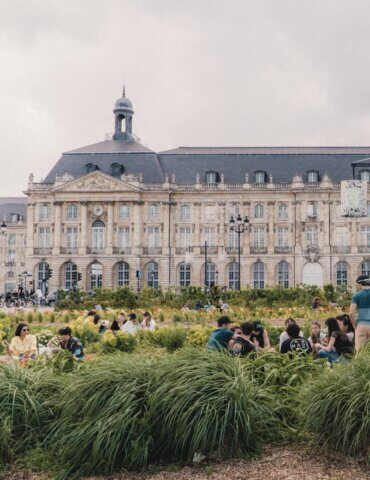
Are these Euros or Dollar? If it’s Euros it’s still extreeeeemely expensive. So sad, I would like to see Iceland. Greetings from Vienna Dorie from http://www.thedorie.com
Hi Dorie, this is in dollars. You can definitely make this less expensive. For example, this budget would be for two people in the same household. If it’s for one person, or multiple people splitting expenses it would cost way less money. I also gave some other examples of ways to make it cheaper in the article. It’s definitely possible to see Iceland for cheaper than this, so don’t give up if it’s your dream! 🙂
Leave a Reply Cancel reply
Your email address will not be published. Required fields are marked *
My Actual Iceland Trip Cost: Detailed Budget Breakdown
Adventurous Kate contains affiliate links. If you make a purchase through these links, I will earn a commission at no extra cost to you. Thanks!
How much does an Iceland trip cost? A LOT OF MONEY! Ha. This is a famously expensive destination. But in all seriousness, Iceland gives you quite a bit of value for that money.
Recently my friend Amanda from A Dangerous Business and I took a 13-day road trip to Iceland in August 2022. This is one of the best trips I’ve taken in a very long time — but holy hell, was it expensive!
We were traveling at peak season, plus it was the biggest travel summer in three years, making it a popular time for travelers (and expensive time for both rental cars and gas).
I know it can be helpful to see what other people paid for trips to Iceland, so here’s a detailed Iceland trip budget. I hope this is helpful for you to plan your own Iceland trip!
Table of Contents
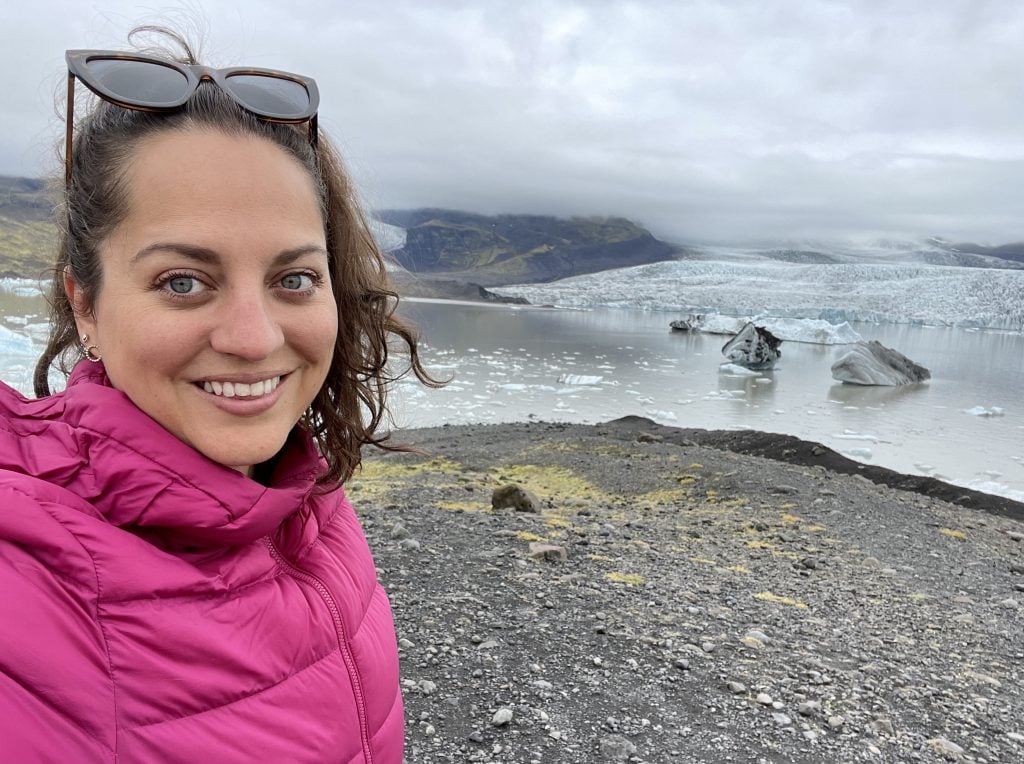
Is Iceland Expensive?
Yes, Iceland is very expensive. It’s one of the most expensive countries of the 80+ I’ve visited, up there with Sweden and Australia, though I think Norway and Switzerland are a TINY BIT more expensive than Iceland.
There are reasons for this. Iceland is an isolated island, and they have to import the vast majority of supplies. Most fresh produce is grown outside Iceland and shipped in.
And like all of the Nordic countries, Iceland has a high cost of living. It’s not as jarring for locals, who earn high salaries — thanks in part to more than 90% of Icelandic workers being part of a labor union — and having their taxes pay for healthcare, education, infrastructure, and an excellent quality of life.
The time of year has a huge impact on your costs, too. Summer travel — considered mid-May through August — is much more expensive, and for good reason. Summer is the best time to travel Iceland, as everything is open, weather is at its best, tons of tours are running, and the roads are in much better condition.
Winter can be much cheaper and far less crowded, but keep in mind it can be very cold, very dark, and you may have to deal with winter storms and road closures.
Your Iceland trip cost can be as low as $100-150 USD per day if you hitchhike and camp or stay in hostel dorms. More realistically, I think $250+ USD per day will land you a much nicer trip .
In August 2022 we spent around $400 USD for gas to drive the Ring Road in its entirety, plus a few detours like Snaefellsnes and Húsavík.
We found the cheapest non-terrible hotel rooms with shared bath to be around $82 per night , but in expensive areas like Lake Myvatn, that could be as high as $300+.
The cheapest item on restaurant or gas station menus is a hot dog, usually for around $6 USD . An entree in a restaurant is often $25-30. But the best way to save money is to buy groceries.
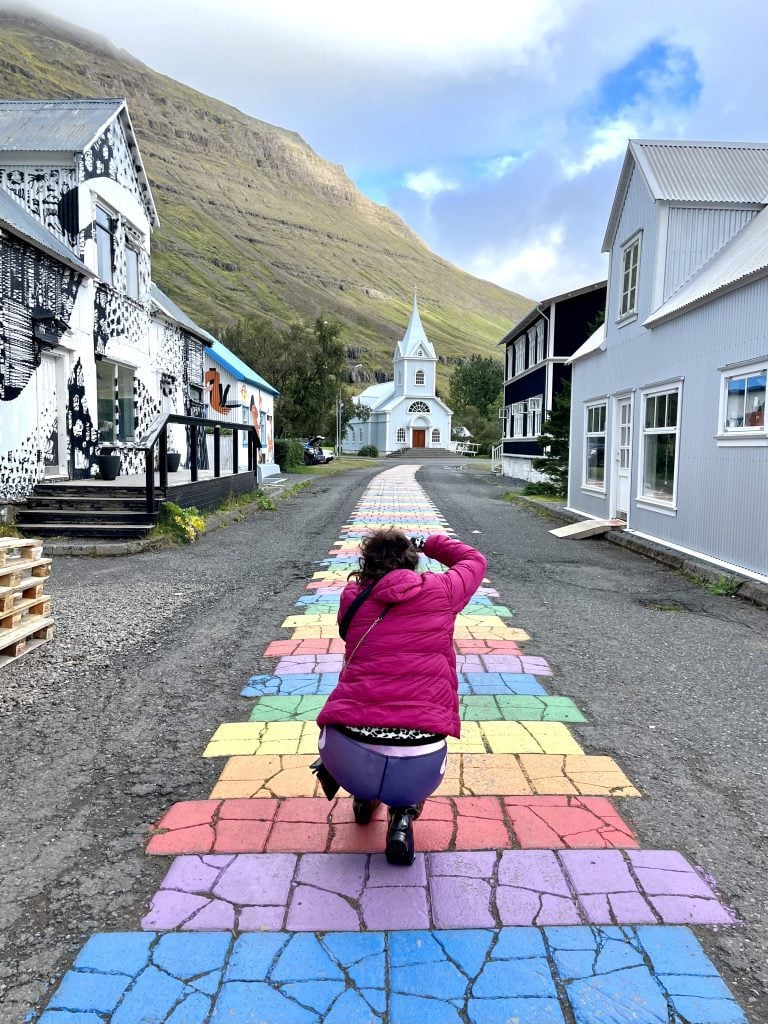
How I Budgeted My Iceland Trip
Tracking travel expenses is a relatively new thing for me. People have often asked me for budget breakdowns, but I haven’t kept close track until I started using YNAB (You Need a Budget) software in 2020.
Guys, YNAB is the best thing I have ever done for my finances. It literally changed my life. My finances are so much better than they used to be, and I have a much better system of budgeting for trips and saving up over time!
If you want to try YNAB, you can get a free monthlong trial through my link . (If you sign up, they’ll give me a free month of YNAB.)
During your free monthlong trial, join in YNAB’s live Zoom tutorial sessions — they have several each week. They’re super helpful. And join the YNAB Facebook group and/or subreddit. It takes a bit of time to wrap your head around, so make the effort. I promise you it’s so, so worth it.
Since I started YNAB, along with Profit First, I allocate 30% of my travel blogging revenue to operating expenses — 20% to admin and 10% to travel costs. (You can do the same by budgeting a set amount for travel per month or per paycheck.)
Over time I automatically transferred that money directly into my “General Travel” category, then the “Iceland Trip 8/22” category, and as I made expenses before and during the trip, automatically deducted from money set aside for that trip.
As soon as Amanda and I decided to do this trip, we booked flights, our rental car, all accommodation, and several activities. We kept track of Iceland costs on a Google Docs spreadsheet. After arriving in Iceland, we took turns paying for mutual expenses on the road, like gas, but paid other expenses separately, like food. We used credit cards for every single purchase.
After the trip, we went through our credit card bills and added our mutual expenses to the spreadsheet, saw who had paid more, and Venmo’d the difference. Easy!
We kept track of everything in USD, as it was easier for us to just go by our actual credit card statements than go through and convert lots of receipts.
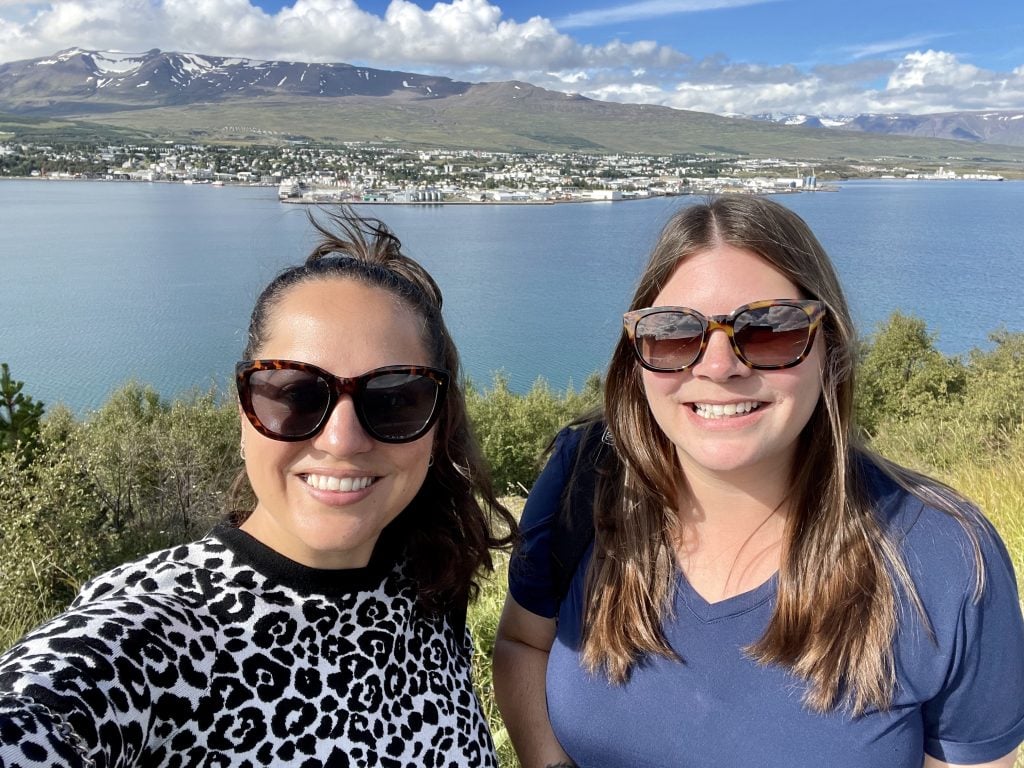
Our Travel Style
In an expensive destination like Iceland, it’s smart to drop down a travel level . I usually stay in mid-range hotels with occasional high-end splurges, as does Amanda, but on this trip we stayed in the cheapest budget hotels with non-terrible ratings, often with shared bathrooms.
Food-wise, we mainly ate in restaurants and cafes. A few hotels included breakfast. We bought groceries for breakfast in Akureyri.
Additionally, many accommodation prices were actually charged in Euros, not Icelandic Kroner, and the Euro dropped significantly against the US dollar between when we initially booked (June 2022) and when we traveled (August 2022).
For example, our Akureyri Airbnb was set to charge us in two payments of 334.39 euros. They ended up charging us $359.17 for the first payment and $342.88 for the second payment thanks to the euro dropping.
Finally — if you’re traveling with a friend, I can’t overstate the importance of being on the same financial page. Have conversations early and often about how you want to spend your money, with specific numbers, before booking anything.
Luckily, Amanda and I were in agreement on our priorities. We cared about spending lots of money on activities and didn’t care as much about food or accommodation (save a few cool spots).
Amanda published a post about a 10-day Iceland itinerary that is definitely worth checking out!
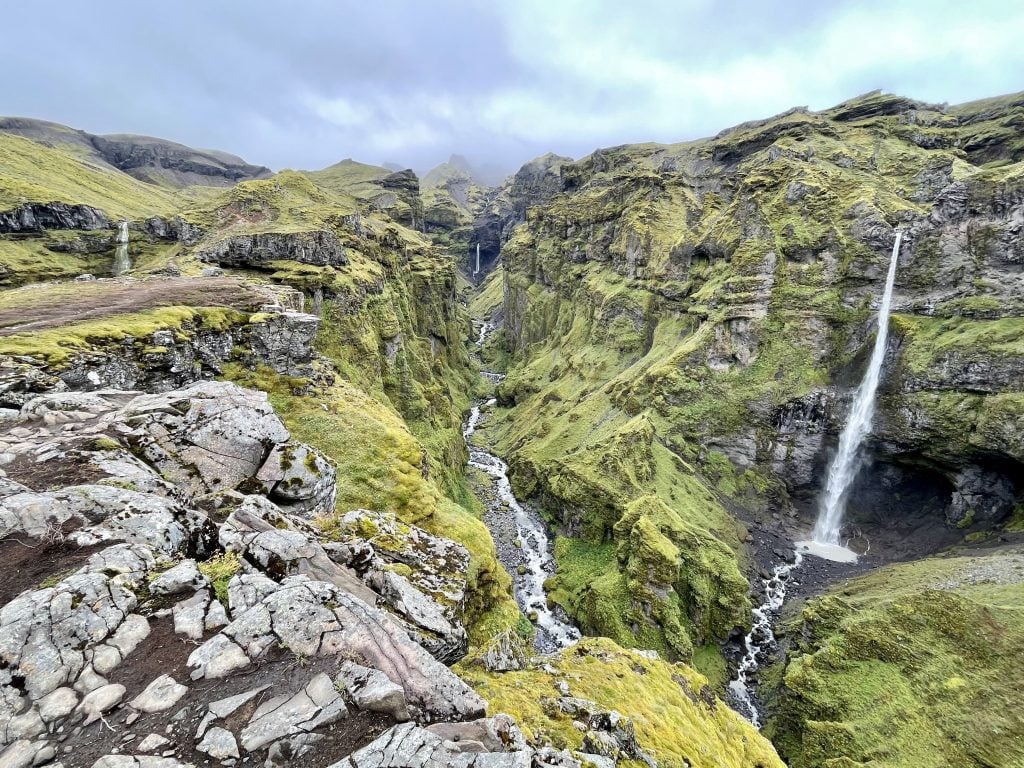
Total Cost of Iceland Trip: $4303.11 each or $8606.21 for two
This is for two people sharing accommodation, car rental, and gas, and paying for their own activities and food.
I tracked every expense except Amanda’s airfare and food, but for cost-for-two purposes, let’s assume she spent the same amount as me on those two categories.
- Airfare: $548.20 for Kate (approximately $1096.40 for two)
- Car Rental and Ground Transportation: $2608.04 for two or $1304.02 each
Accommodation: $2371.80 for two or $1185.90 each
Food: $690.60 for kate (approximately $1381.20 for two), activities: $1,141.81 for two or $570.91 each, restrooms: $6.96 for two or $3.48 each, souvenirs: $0.
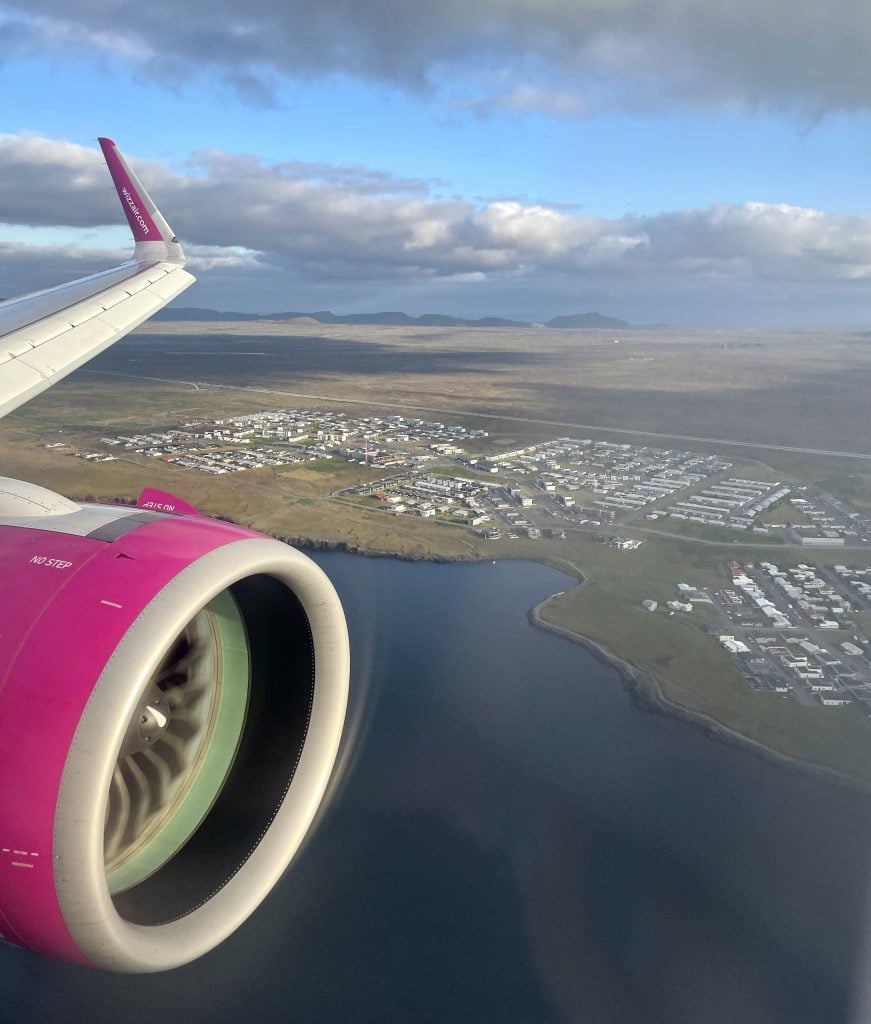
Airfare: $548.20 for me
- Flixbus, Prague Florenc to Vienna Airport: $50.98
- Vienna to Reykjavík on WizzAir: $260.14
- Reykjavík to Prague on Play: $237.08
Airfare can depend on a million different factors; this is simply what I spent flying from my home in Prague. Amanda flew from her home in Cleveland via a layover in Boston. These flight prices include checked luggage; I didn’t end up using checked luggage, so they could have been cheaper.
There are direct flights from Prague to Reykjavík on Play, but they get in at 12:30 AM and I didn’t want to deal with that (especially since that would be 2:30 AM to my Prague body — and then you have to rent a car, drive 45 minutes to Reykjavík, check into the hotel…)
Prague’s bus station is an 8-minute walk from my apartment, so sometimes I just book a flight from Vienna and take a 4.5-hour bus directly to the Vienna airport. Vienna’s WizzAir flight to Reykjavík gets in at a much more reasonable 6:30 PM, so that worked for me.
How to Make it Cheaper: It’s hard to siphon down airfare costs, but you can save by flying carry-on only or planning a trip during the winter. For cheap flights from North America, I recommend booking 3-6 months in advance as soon as you spot a good fare.
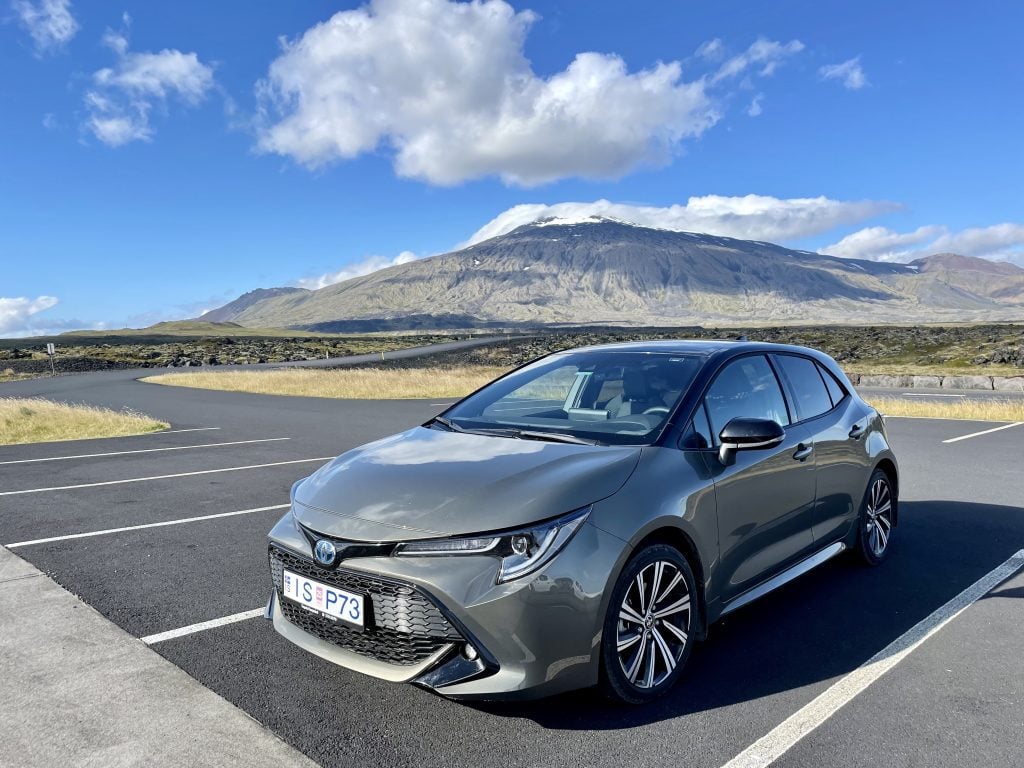
Car Rental and Ground Transportation: $2615.30 for two or $1307.65
- Car rental, 12 days: $1991.32
- Extra driver fee: $25.65
- Gas: $400.71
- Tunnels: $54.30
- Parking: $40.77
- Ferry: $102.55
Car Rental: This was our biggest expense of the trip, not least because there has been a car rental shortage since COVID began. This was the price for an automatic sedan (we got a Toyota Corolla) for 13 days. Our rental was at Europcar, right in the airport terminal; this was a priority for me, as I wanted to get out quickly and many rental companies are located a 15-20-minute drive from the airport.
Gas: We filled up gas most days and tried to fill up frequently, as gas stations are often far apart.
Tunnels: There is only one paid tunnel in Iceland, just east of Akureyri. Many people driving the Ring Road only pass through the tunnel once, but our schedule and itinerary had us going through it five times total for an average of $10.86 each time.
Parking: While free in most locations, we ultimately paid for parking at Fagradalsfjall Volcano ($7.33), Kirkjufellsfoss ($5.13), Hverir ($5.05), Skaftafell for Svartifoss ($7.26), Kvernufoss ($5.33) and Seljalandsfoss/Gljúfrabúi ($10.67).
Ferry: We took the Westman Islands ferry round-trip with our car for $102.55. We could have done it without the car for cheaper, but we both enormously appreciated how much easier having a car made things.
How To Make it Cheaper: Renting a manual car is cheaper than an automatic car, but you need to be willing to drive a manual car. Renting from an off-site car rental spot is a good option for saving a bit more. You can also plan an itinerary that doesn’t go through the tunnel five times!
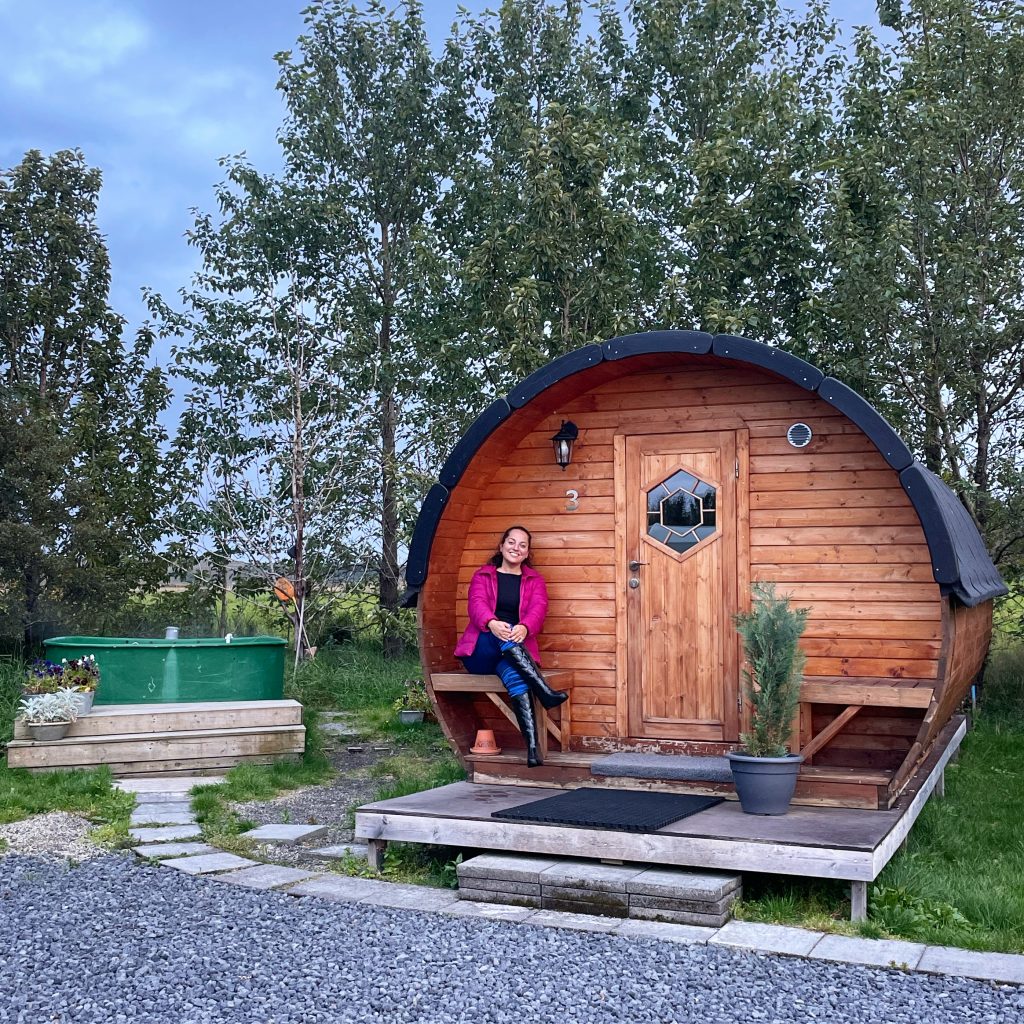
- 201 Hotel in Kópavogur, near Reykjavík (1 night): $177.34
- Hamralid 9 Guesthouse in Grundarfjördur (2 nights): $185.94 for two nights or $92.97 per night
- Hvammur 2 Guesthouse near Blönduós (1 night): $82.05
- Airbnb rental in Akureyri (3 nights): $702.05 for three nights or $234.02 per night
- Sel Hotel in Myvatn (1 night): $347.06
- Lyngas Guesthouse in Egilsstadir (1 night): $146.79
- Hotel Smyrlabjörg near Jökulsárlón (1 night): $213.12
- Puffin Hotel in Vík (1 night): $277.21
- Glamping and Camping in the Westman Islands, plus linens (1 night): $93.40
- Asahraun Guesthouse near Selfoss (1 night): $146.84
As you can see, our search for budget stays led to an enormous range of accommodation costs — from $82.05 to $347.06 per night! Our average cost of accommodation was $182.45 per night.
All of our hotels offered private rooms; some had shared bathrooms. We shared a single room everywhere except the Airbnb apartment in Akureyri, which had two bedrooms.
In terms of value for money, I think that we enjoyed immense value at Asahraun Guesthouse near Selfoss, with our adorable little hobbit house, hot tub on site, and lots of cozy amenities. The shower was shared with two other houses but we had our own toilet and sink, which was great.
And Hvammur 2 Guesthouse near Blönduós was a cheap and cozy place that reminded me how hostels used to be: people hanging out, watching TV together or cooking in the kitchen. We never even got formally checked in; we just got an email with our room number and were told to enjoy ourselves!
The worst value? Sel Hotel in Myvatn, by far, at $347.06 per night for a basic twin hotel room with private bathroom and breakfast included. Yikes!
Lake Myvatn in general was shockingly expensive and super-crowded. I’ve heard you can save money by staying in Húsavík instead; it’s an hour’s drive away.
How to Make it Cheaper: These were the cheapest non-terrible hotels we could find during the peak summer months, two months before our trip. You can also stay in hostel dorms or camp for less.
Hiring a camper van sometimes ends up a bit cheaper than a budget hotel, but the difference isn’t usually significant. Don’t get a camper van to save money; only get a camper van if you want that style of trip.

- Groceries: $20.32
- Lunch Kate bought for 2 at Godafoss: $11.24
- Kate’s restaurant expenses: $674.82
Iceland is not a place you go to for the food. The food isn’t terrible, but it isn’t special, either, and I don’t think there’s much of a need to splurge.
We mainly ate at restaurants and cafes throughout our trip. Though we generally kept things cheap, we did have the occasional splurge (Gott in the Westman Islands was lovely, as was Naustið in Húsavík, and we enjoyed langoustine sandwiches at Z Bistro in Höfn). We only had a few alcoholic beverages throughout the trip: a fancy cocktail each at Gott, and I sampled a few local craft beers throughout the trip.
We bought groceries to cover our three breakfasts in Akureyri (yogurt, fruit, bread and butter).
How to Make it Cheaper: Self-cater all the way. Shopping at the grocery store is one of the easiest ways to save money in Iceland. If you do eat out, usually the cheapest thing on the menu is a hot dog, whether at a restaurant or gas station.
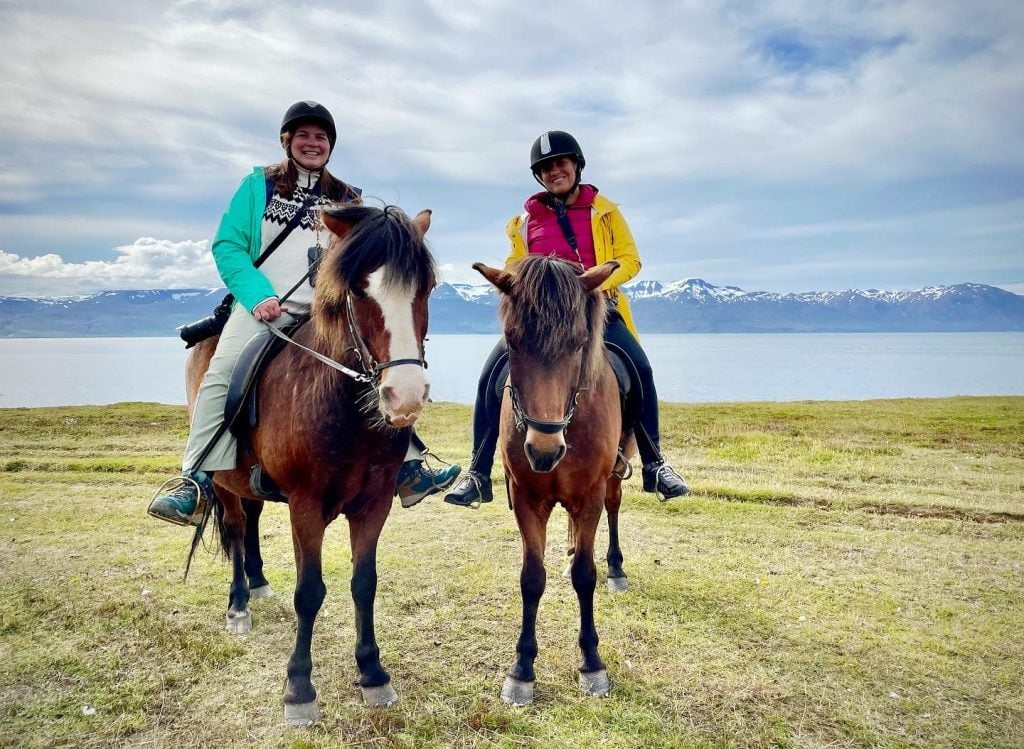
Activities are where we went nuts. Keep in mind that this trip was for work reasons, though. We had a lot we wanted to write about!
Paid Activities
- Thermal Baths: $427.04 for two or $213.52 each
- Tours and Activities: $541.20 for two or $270.60 each
- Museums: $155 for two or $77.50 each
- Outdoor Attractions: $18.57 for two or $9.29 each
Thermal baths included Krauma in Reykholt ($71.82 for two or $35.91 each), the Forest Lagoon in Akureyri ($87.17 for two or $43.59 each), GeoSea in Húsavík ($80.04 for two or $40.02 each), Myvatn Nature Baths in Myvatn ($86.62 for two or $43.31 each), Vök Baths in Egilsstadir ($87.17 for two or $43.59 each), and Vestmannaeyjar Swimming Pool in the Westman Islands ($14.22 for two or $7.11 each).
Tours and activities included whale watching in Húsavík ($157.02 for two or $78.51 each), horseback riding in Húsavík ($167.35 for two or $83.68 each), and a RIB boat trip in the Westman Islands ($216.83 for two or $108.42 each).
Museums included the Bjarnarhöfn Shark Museum in Bjarnarhöfn ($20.52 for two or $10.26 each), Herring Era Museum in Siglufjördur ($32.02 for two or $16.01 each), Whale Museum in Húsavík ($25.34 for two or $12.67 each — included a small discount from our whale watch), Jaja Ding Dong Eurovision Museum in Húsavík ($14.44 for two or $7.22 each), Petra’s Stone Collection in Stöðvarfjörður ($21.46 for two or $10.73 each), and Eldheimar in the Westman Islands ($41.22 for two or $20.61 each).
Outdoor attractions included Stokksnes , including Viking Village ($12.88 for two or $6.33 each), and Kerid Crater ($5.69 for two or $2.85 each).
Free Activities
And a nice thing about Iceland is that lots of outdoor activities are free!
- Hiking to the volcano (paid parking)
- Free waterfalls: Svodufoss, Bjarnarfoss, Glanni, Reykjafoss, Goðafoss, Dettifoss, Gufufoss, Folaldafoss, Nykurhylsfoss (Sveinsstekksfoss), Skógafoss, Hestavadsfoss, Gluggafoss
- Free waterfalls that charged for parking: Kirkjufellsfoss, Hundafoss/Svartifoss, Kvernufoss, Seljalandsfoss/Gljúfrabúi
- Free canyons: Rauðfeldsgjá Gorge, Kolugljúfur Canyon, Stuðlagil Canyon, Múlagljúfur Canyon, Fjaðrárgljúfur Canyon
- Free lagoons and beaches: Skarðsvík, Djúpalónssandur, Jökulsárlon, Fjallsárlón, Diamond Beach, Reynisfjara Beach
- Free outdoor sites: Saxhóll Crater, Hvitserkur, Hofsós basalt columns, Skútustaðagígar, Dimmuborgir Lava Field, Grjótagjá Cave, Hverir, Seydisfjördur Rainbow Street, Eggin í Gleðivík
- Free churches: Ingjaldshólskirkja, Búðakirkja, Stykkishólmskirkja Víðimýrikirkja, Grafarkirkja, Hofskirkja
- Free indoor sites: Akureyri Christmas House
- Free viewpoints: TOO MANY TO COUNT.
Comped Activities
As travel bloggers, Amanda and I wanted to pay for things on this trip ourselves and have full editorial freedom, rather than get free stuff and feel indebted to companies.
Still, thanks to our connections, we were kindly offered comped entry for two hot springs that we planned to cover anyway (and one I had previously covered two months earlier): the Sky Lagoon and Hvammsvik.
- Sky Lagoon : $143.82 for two or $71.91 each (Pure Package, which I think is the package most worth it)
- Hvammsvik : $100.24 for two or $50.12 each
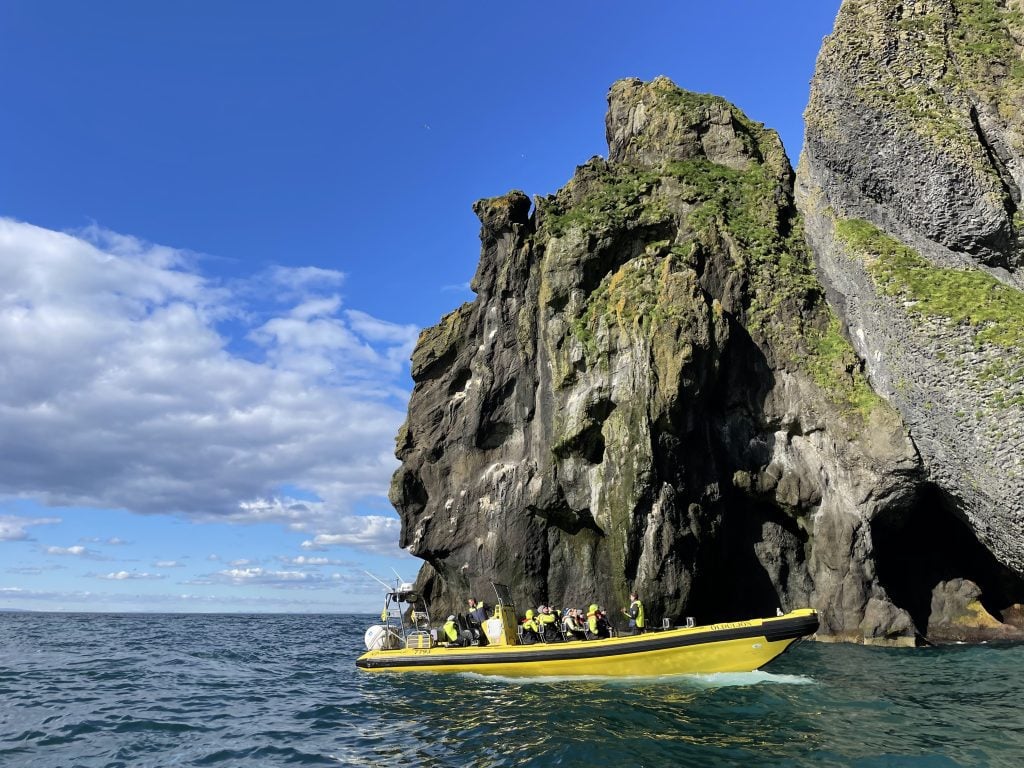
Best Activities Overall
Almost everything we did was excellent and I would happily do again. At the same time, I understand that most travelers are going for fun, not work, and need to pick and choose their spending more carefully than we did.
For thermal baths, I absolutely adored the modern, funky Vök Baths in Egilsstadir, with the gorgeous natural facilities of Hvammsvik second. GeoSea is a great place with spectacular views on a nice day, and if you’re basing in Reykjavík, the Sky Lagoon is worth it if you include the Seven-Step Ritual.
For paid activities, one of the best things we did was our RIB boat trip in the Westman Islands . It was so fun, we immediately regretted doing the one-hour trip instead of the two-hour trip!
Also, if you want to go whale watching in Iceland, do it in Húsavík if you can, not Reykjavík. The whale watching is significantly better there, and I know too many people who saw nothing on their Reykjavík whale watches.
And for museums, I LOVED THEM ALL. But I was deeply moved by Eldheimar , which tells the story of the 1973 volcanic eruption in the Westman Islands, and the Herring Era Museum in Siglufjördur is outstanding, especially its final building. Petra’s Stone Collection was an unexpected delight.
What to skip? The only thing I would skip would be the Myvatn Nature Baths ; it felt a bit ramshackle in comparison to the other baths.
How to Make it Cheaper: Go to local swimming pools instead of fancy baths; every town has them and they’re a great option for a cultural experience (especially with kids). Go all in on free outdoor activities; you’ll always have plenty to do.
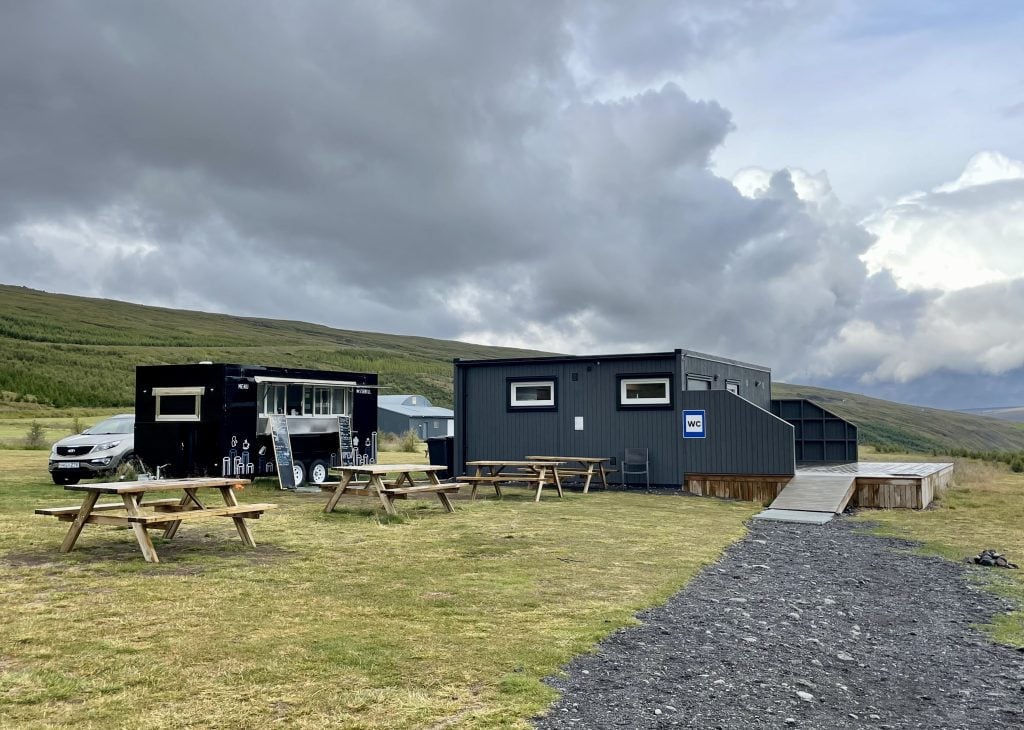
- Restroom near Hvitserkur: $3.66 (we held the door so we only had to pay once)
- Restroom at Studlagil Canyon: $1.15 each or $3.30 for two
I was going to call this category “miscellaneous,” but literally the only thing left was restrooms.
(Let me add that it’s helpful to have Apple Pay if you have an iPhone — that way you can just scan it and run in if you sprinted to the bathroom from your car and left your wallet behind. Hehehe.)
How to Make it Cheaper: Lose your shame and just pee out in the open, man.
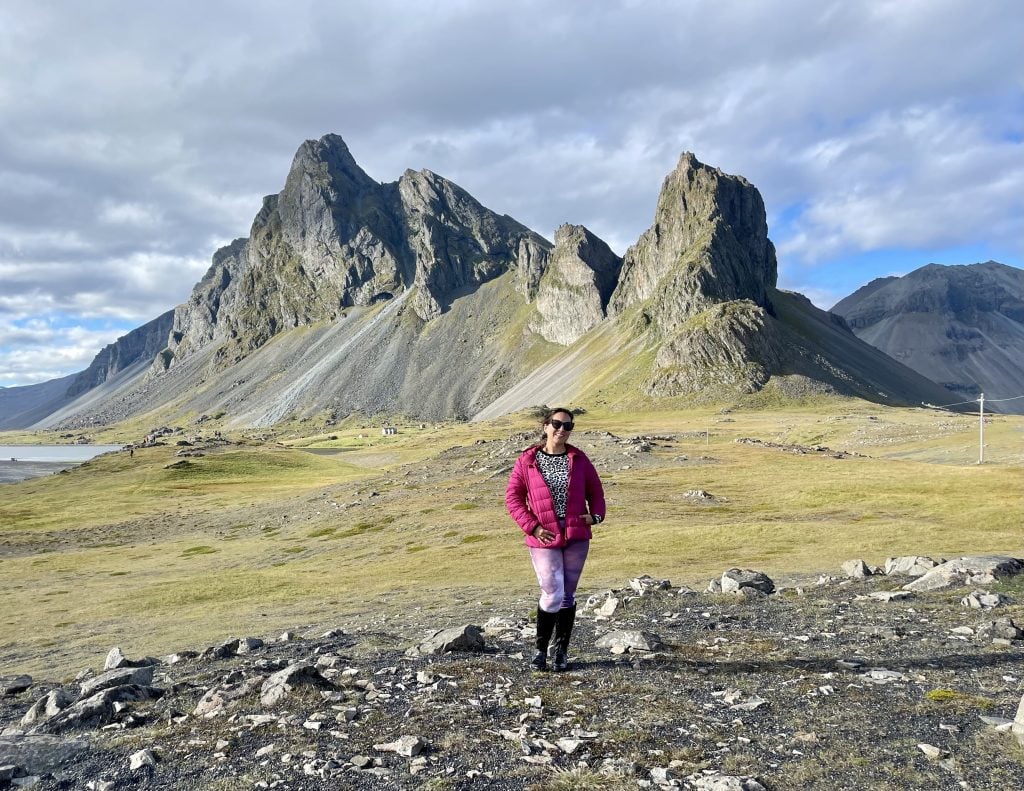
Yes, zero! I had actually been in Iceland in May and bought a small lava sculpture for my living room (around $35) and a gift for my fiancé Charlie (around $15), but I didn’t feel the need to buy anything on this trip.
Spending is purely discretionary, but I know a lot of people who like to buy Icelandic sweaters (they’re called lopapeysa ), yarn, and jewelry.
For me, my photos are my souvenirs. These are what I truly treasure.
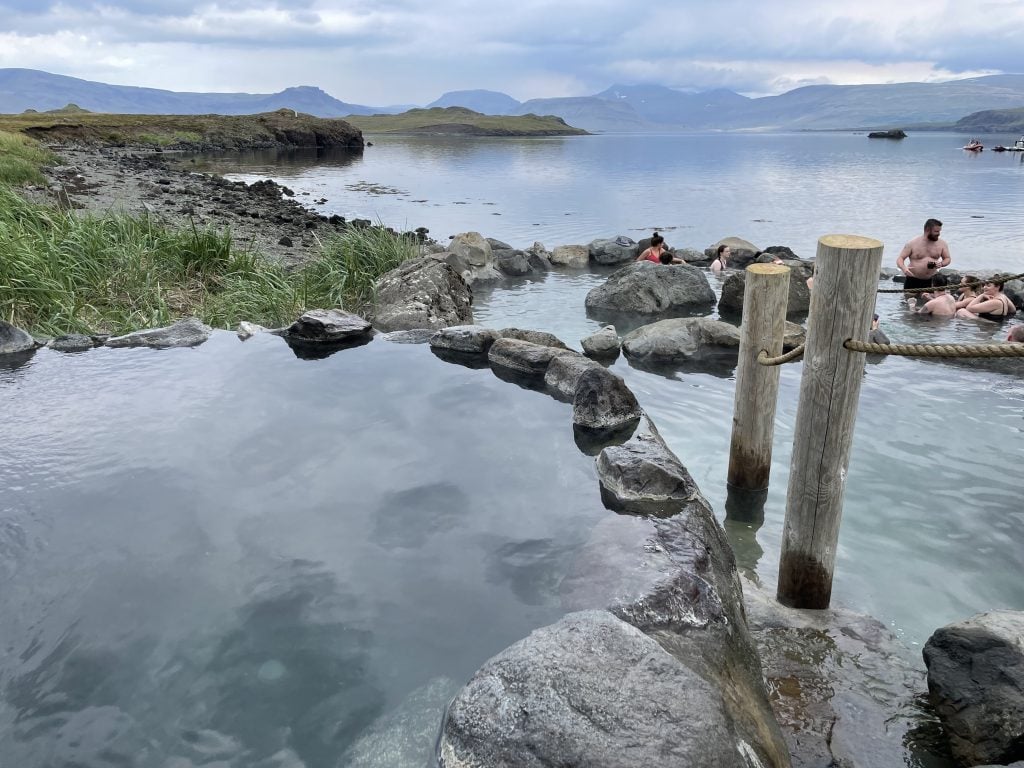
Travel Insurance: Already Paid For
I am not buying travel insurance anyore because I get it for free. My bank account in the Czech Republic comes with free travel insurance as long as I deposit a significant amount of cash per month. A great benefit.
If you don’t already have travel insurance — and trust me, you need it — I recommend World Nomads for most travelers , which I used for years before moving to the EU.
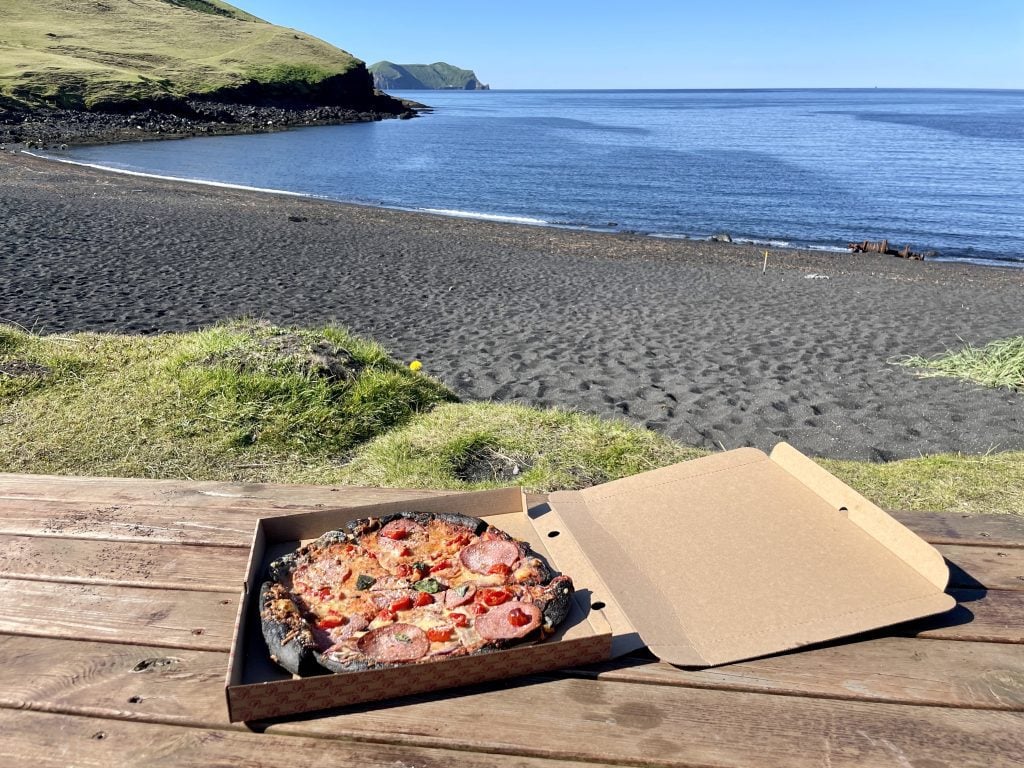
How to Save Money in Iceland
In such an expensive country, you want to cut costs wherever you can. Here are my top tips for saving money:
Travel in the winter (October to April). It’s a completely different experience from summer travel, which is high season, but airfare, accommodation, and car rental — three of your biggest expenses — tend to be much lower. Plus, you can see the Northern Lights.
Travel with a friend. As much as I love traveling solo in Iceland, I saved SO much money by splitting accommodation, gas, and car rental with Amanda!
Book your trip super-early. The good accommodation — especially the good CHEAP accommodation — tends to sell out first.
Spend limited or no time in the most expensive destinations. I found the most expensive destinations to be the capital city of Reykjavík, Lake Myvatn, the Golden Circle, and the South Coast. Places like Snaefellsnes and the rural north were much cheaper by comparison.
Book guesthouses with shared bathrooms. These are common in Iceland. Shared bathrooms usually lower the price of an equivalent room with ensuite bathrooms, and most of the time it’s not a nuisance whatsoever.
Consider non-hotels: hostels or Airbnb rentals. Hostels with shared dorms will always save you money; Airbnbs can go either way.
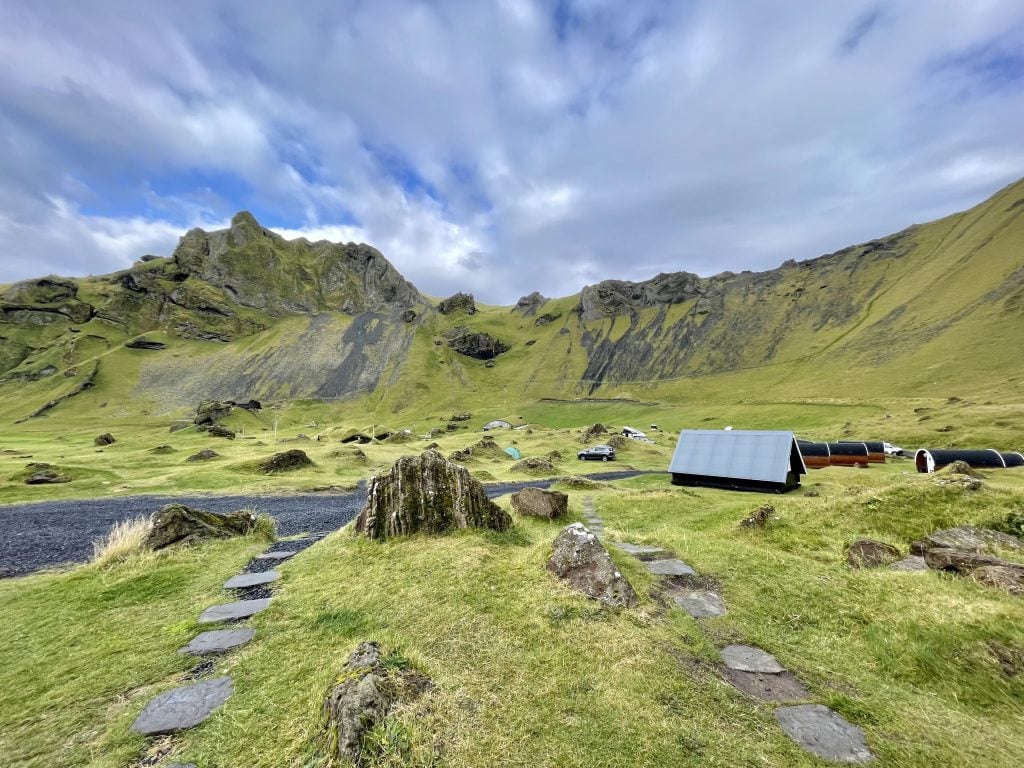
Consider camping. It’s a different kind of trip, but it’s much cheaper than staying in the cheapest hostels or guesthouses! But if you don’t already have equipment, you’ll need to pay to rent it.
Use a credit card that covers car insurance. I haven’t paid for supplemental car rental insurance ANYWHERE since I got my Chase Sapphire Preferred card. This and several other credit cards provide a car insurance benefit.
Rent a car with a manual transmission. ONLY if you can drive one and are willing to drive one in Iceland.
Consider taking the bus. You can take buses along the Ring Road, though keep in mind stops are limited and this won’t get you to most places without supplemental hitchhiking. Many public transportation routes shut down in the winter.
Consider hitchhiking. Iceland is one of VERY few countries where I would ever consider hitchhiking, as it’s extremely safe. Please do your research beforehand.
Don’t take Icelandic króna out at the ATM. In our 13-day trip, we didn’t use cash ONCE. So we always got a good rate with our credit cards, and there was no extra cash at the end of our trip! (You may want to take out a small amount — think under $50 — in case you come across any donation-only attractions.)
Pack carry-on only. It will save you luggage fees. You can book accommodation with on-site laundry halfway through your trip (which we did in Akureyri), or pack fabrics like merino wool that you can wear several times without smelling.
Self-cater your meals. Shopping at grocery stores will save you so much money over going to restaurants. Look for Bónus, the cheap grocery store chain in Iceland.
Eat at gas stations. It’s not THAT gross, I swear. Many gas stations serve decent cheap meals. This is the closest thing you have to McDonald’s in Iceland.
Get into hot dogs. Wherever you go, hot dogs are usually the cheapest thing on the menu. Often even cheaper than a little bowl of soup!
Bring a water bottle and refill it everywhere. Iceland has excellent tap water. There is zero reason to buy bottled water.
Skip the alcohol. Alcoholic drinks tend to be very expensive in Iceland. If you want something nicer to drink than water, I suggest Collab — an Icelandic soda with collagen and caffeine. It comes in several fun fruity flavors and I tried to try them all!
Spend your time visiting free natural attractions. You saw how many waterfalls and canyons and cool outdoor sites we saw, all for free!
Hike, hike, hike. You might occasionally need to pay for parking, but for the most part, you can hike for hours for free.
Go to swimming pools instead of fancy hot springs. They’re a cultural experience and super fun. And if you have kids, THIS is where you should go instead of the fancy spots.
More on Iceland:
- 35 Awesome Things to do in Reykjavík, Iceland
- Things to Know Before You Visit the Blue Lagoon, Iceland
- Why Iceland is Great for First-Time Solo Female Travelers
My Favorite Places in Iceland:
- How to Visit Kvernufoss, My Favorite Iceland Waterfall
- A Look Inside the Sky Lagoon, Iceland
- Sail Through the Sky with FlyOver Iceland
- Snorkeling Silfra: The Cold Neon Waters of Iceland
- How to Visit Studlagil Canyon, Iceland
- Visiting Stokksnes and Vestrahorn Mountain, Iceland
- Guide to the Gorgeous Tröllaskagi Peninsula, North Iceland
- Are the Vök Baths Iceland’s Best Geothermal Spa?
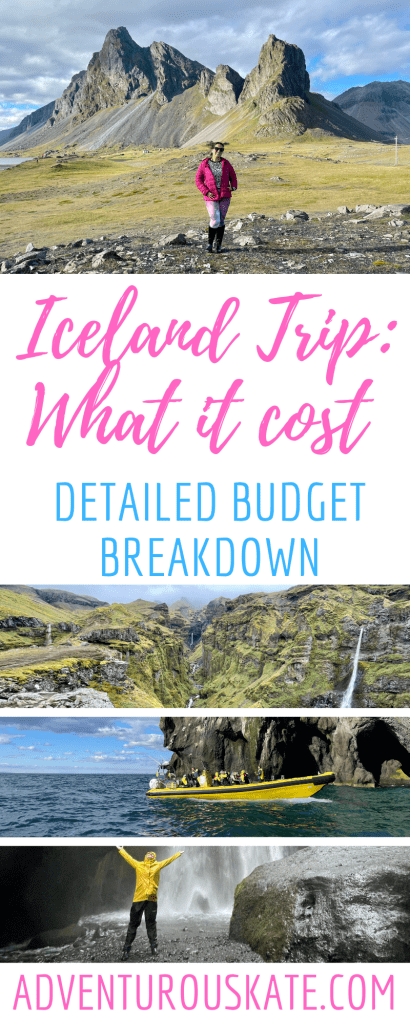
How much did your Iceland trip cost? Share away!
Is Iceland expensive? 2024 Travel Tips
Book your individual trip , stress-free with local travel experts
- roughguides.com
- is-iceland-expensive
Plan your tailor-made trip with a local expert
Book securely with money-back guarantee
Travel stress-free with local assistance and 24/7 support
written by Joanne Owen
updated 22.12.2023
Thinking of taking a trip to Iceland but concerned about the cost? You're in the right place. Here we address that all-important question — is Iceland expensive? — and share cash-saving tips that'll cut costs without cutting down enjoying this extraordinary island to the max.

Is travelling to Iceland expensive?
Cost breakdown of your iceland trip.
- What's the most budget-friendly time to visit Iceland?
- Sightseeing in Iceland: what's worth your money?
Travel smarter: Iceland on a budget
Tailor-made travel itineraries for iceland, created by local experts.

8 days / from 2092 USD
Iceland: A Game of Thrones Road Trip
This themed road trip will take you around Iceland, home to many filming locations of the hit TV series, Game of Thrones. Travel around the country's coastline, past the many dramatic glaciers and cliffs, relax in geothermal spas, and spot whales in the rough seas. Warning: Spoiler alert!

8 days / from 2052 USD
Iceland's Wild West
Welcome to the road trip of a lifetime, which will bring you to some of western Iceland’s wildest and most remote spots. On this adventure, you will pay unforgettable visits to Hraunfossar Waterfalls, as well as the Barnafoss and Deildartunguhver hot springs, and much more!

6 days / from 1680 USD
Iceland's Highlights from East to West
Take a flight to the East where you get to enjoy the enchanting Eastfjords before you drive south. If you are looking to focus on a few regions with a mix of the most popular sights and something off the beaten path; and to avoid backtracking with a one-way domestic flight, this is the perfect trip.
In a word: yes. Travelling to Iceland can be relatively expensive, especially considering the high cost of living, and high price of imported goods. In addition, as a tourist, you'll encounter higher prices for accommodation, meals, transportation, and activities.
That said, this doesn't mean a trip to Iceland has to break the bank. With careful planning, you can still enjoy everything this beautiful country has to offer without overspending.
Not a fan of planning? Browse our customisable Iceland itineraries , or talk to a local expert .
Average daily budget in Iceland
The average daily budget for tourists in Iceland tends to be around £240 or $300 USD (41,000 ISK).
This includes all your travel basics such as accommodation, meals, transportation, and activities. However, this cost can surge if you opt for luxury accommodation, or partake in higher-priced activities, such as whale-watching and diving.
Also remember exchange rates can change daily, which will impact your actual spend in your local currency.

Wondering whether Iceland is expensive? Staying outside Reykjavik will cut costs © Shutterstock
To give you a better overview, here's a breakdown of the average travel costs in Iceland.
Airfare and getting there
Airfare is one aspect of your Iceland budget that'll see prices differ according to your location, when you book your flight, and when you fly.
In general, the average airfare hovers around $300-$565. Those who choose airlines serving a local airport hub might get better deals.
For instance, travellers from the US have found better fares travelling to Paris or Amsterdam with a two-week stopover in Iceland than flying there directly.
Remember airfares can fluctuate wildly depending on the season, day of the week, and how early you book your flights. So, research carefully before booking your flight.

Hveravellir hot springs, Iceland © Philip Fuxa/Shutterstock
Accommodation options and costs
Where you choose to stay in Iceland significantly influences how much you'll spend. The same goes for the type of accommodation you pick, and the time of year.
For those on a budget, hostels are an affordable option, costing around $16 to $50 per night. These are often communal spaces, which can be a great way to meet fellow travellers.
Hotels, on the other hand, provide more privacy and comfort but come with a higher price tag. Average hotel costs range from $80 - $200 per night, depending on their rating and location.
Meanwhile, Airbnbs are a compromise between hostels and hotels, offering private rooms or entire homes at varying prices. Depending on the amenities and location, Airbnbs cost, on average, $50— $80 per night.
Iceland also offers lots of unique accommodation options, such as farm stays.
Remember — booking in advance can help secure the most budget-friendly options, especially in popular weekend break locations like Reykjavik .
Also bear in mind that most accommodation options charge per room rather than per person, and prices tend to rise during the summer months.
On that subject, if you're set on visiting in summer, discover the best places to visit in Iceland at this time of year.
Lastly, if you choose to stay in a more remote area, you may also have to factor in the cost of bus or taxi fares.

Thermal pool, Fludir, Iceland © Shutterstock
Food and drink expenses in Iceland
Iceland's remoteness leads to higher food prices, due to the costs of importation.
For a budget-saving approach, consider shopping to self-cater meals. Prices at supermarkets are much lower than eating out.
For example, a small jar of peanut butter from a supermarket costs about $3.49 (480 ISK), whereas a hotel breakfast could cost from €9 to €15.
If you’re planning to eat out, expect dinner to cost around $25 to $40.

Eating out in Reykjavik comes at a cost © Ververidis Vasilis/Shutterstock
Transport: rental cars, taxis and buses
Choosing the right transport in Iceland can make a big difference to your expenditure.
Rental cars offer the freedom to explore at your own pace. Costs vary depending on the car type and season, with hiring a small car costing around $50 a day . Just be aware of extras like insurance and fuel.
Taxis are available but can be quite costly in Iceland. Rates start from around 695 ISK (about $5.60) and most taxi rides within Reykjavik are likely to be between 2,000 ISK ($16) and 5,000 ISK ($40). Note there's no Uber in Iceland.
Public transport is an option within Reykjavik, but bear in mind the city is small and can be explored by foot.
To get to and from the airport, catch bus 55, which costs 2,280 ISK each way.
Our tip is to check out KLAPP tickets for public transport. These can be bought through an app.
Another tip — if you don't hire a car, it's advisable to book guided tours to reach the island's rugged, remote beauty spots.
Get the best car rental deals

To see Iceland's remote attractions, consider hiring a car. Kverkfjoll's glacier caves © Shutterstock
What's the most budget-friendly time to visit Iceland?
Avoid high season — consider visiting in shoulder season or winter.
Iceland's high season runs from June to August. This is when the bulk of tourists visit, leading to increased prices, particularly for accommodation and tours.
Rough Guides tip: make sure to read all about the best time to visit Iceland
Depending on what you want to experience, visiting Iceland during the May-September shoulder season is a cheaper, enjoyable alternative. Not only will you avoid high season crowds, but the weather will be pleasantly mild.
If you don't mind the cold, visiting Iceland in winter comes with plenty of perks, including cheaper accommodation, and awe-inspiring sights like snowy mountaintops, glittering waterfalls and — of course — the Northern Lights .
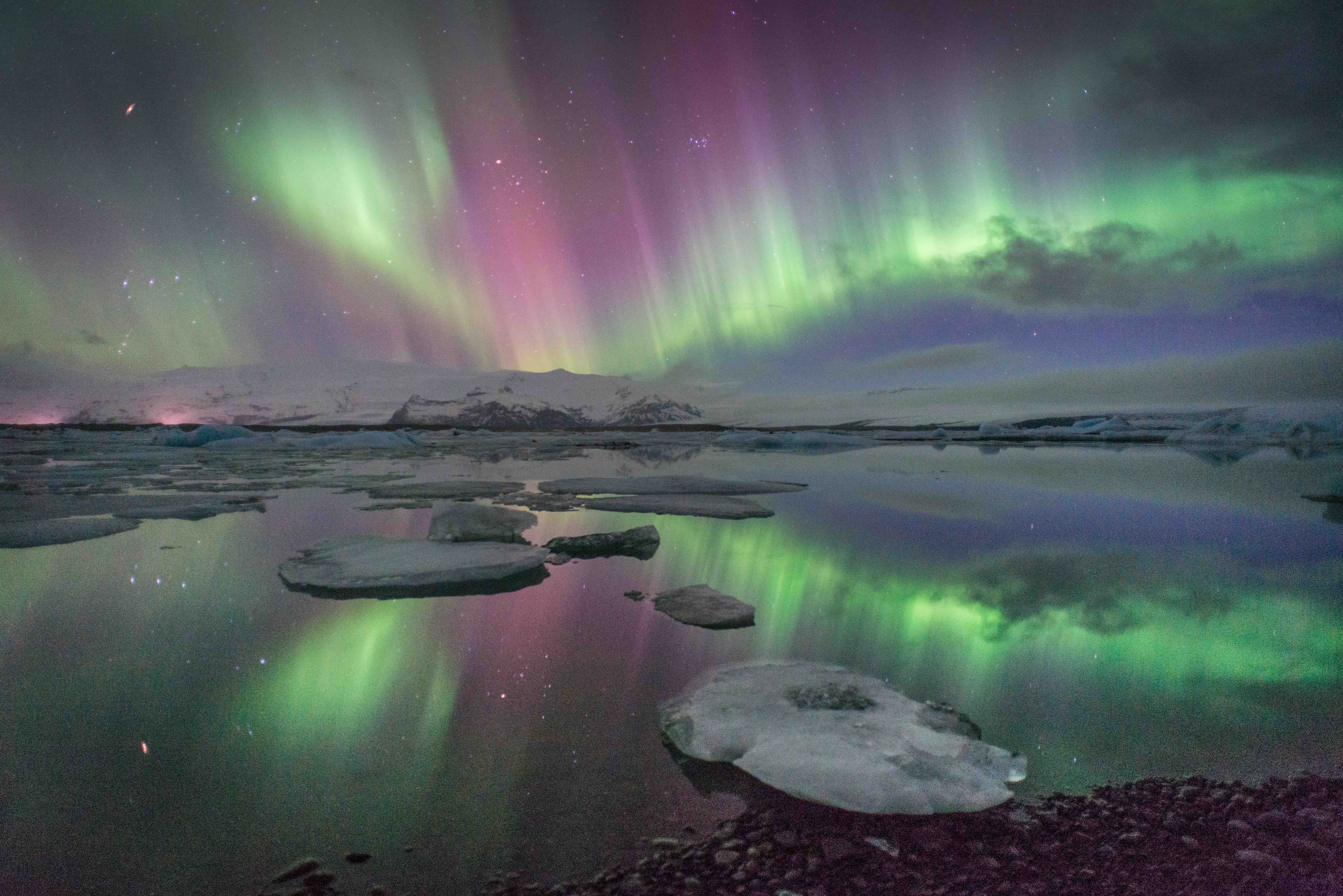
Northern Lights, Jokulsarlon, Iceland © Shutterstock
Sightseeing in Iceland: what's worth your money?
What does it cost to see the northern lights.
Witnessing the mystical beauty of the Northern Lights — or Aurora Borealis — in Iceland, can come with costs.
If you've rented a car and are comfortable getting to remote places on your own, you might be able to view the Northern Lights for free. This is, of course, dependent on weather conditions and solar activity.
For an organised Northern Lights tour, expect to pay anywhere between $50 and $100 per person. These usually include transport to and from your hotel and an experienced guide who'll teach you about the phenomenon and help you spot it.
Meanwhile, luxury Northern Lights experiences include dinner in a remote location, overnight camping or stays in a specialised hotel where you can watch the lights from the comfort of a glass igloo. These experiences range from $150 to $500 per person.
Remember, no matter how much you pay, witnessing the Northern Lights is not guaranteed as it's a natural phenomenon.
That said, most tour companies offer the chance to rebook for another night if you don't get to see the lights, which might just add an element of thrill to your Iceland trip!

Hallgrimskirkja, Reykjavik © Ververidis Vasilis/Shutterstock
Entrance fees to unmissable attractions
Iceland is a country brimming with unforgettable sights and attractions. While some are free, others come with an admission fee. Here's what you need to know.
- Hallgrímskirkja Church : this magnificent architectural marvel towers over the city of Reykjavik. While you can explore the church for free, for a stunning panoramic view of the city, you need to pay an entrance fee of 1000 ISK (approx. 9 USD) to access the tower.
- Perlan : the extensive exhibitions, planetarium, and observation deck comes with an admission fee of about 2900 ISK (30 USD), with discounted prices for children.
- Blue Lagoon Spa : known for its unique geothermal properties, the Blue Lagoon is a must-visit. Prices start from around 6100 ISK (48 USD), excluding transportation.
- Skogar Museum : showcasing traditional Icelandic turf houses, the museum charges 2000 ISK (18 US). Kids under 12 go free.
- The Golden Circle : if you have your own wheels, you can explore this popular tourist route for free. It includes Thingvellir National Park, the Geysir geothermal area, and Gullfoss waterfall.
As a general rule, most natural attractions are free of charge, letting you explore Iceland’s mind-blowing scenery without burning a hole in your pocket.
If you want to take a tour, multiple operators offer different packages — shop around to grab the best deal according to your interests and budget.

Gullfoss waterfall, Iceland © Shutterstock
Organised tours vs independent travel
When deciding how to travel in Iceland, organised tours and independent travel come with different sets of pros and cons.
Organised tours offer the convenience of having everything pre-planned, from transport to accommodation and meals.In addition, high-demand activities like glacier hiking, ice caving, and whale watching often require a guide, making tours a go-to option.
Tour costs range from $80 – $150 per person per day, but prices can go up depending on the complexity and exclusivity of the tour.
Independent travel allows for more flexibility and the freedom to go at your own pace. Since you don't have to stick to an itinerary set by someone else, you can linger longer at attractions you really love, and more on from those you don't.
Of course, costs will vary according to your own choices. For example, if you decide to hire a car, stay in a hostel and cook your own food, you should end up saving money.
Ultimately, the choice between organised tours and independent travel depends on your personal preferences, how you feel about navigating unfamiliar territory, and your budget.

Isafjordur, Iceland © Robin Runck/Shutterstock
Incredible activities that cost nothing
Believe it or not, some of the most mesmerising experiences in Iceland come at no cost at all. Here are a few of them:
- Admire nature : most of Iceland's natural wonders come with no admission fee. For example, you can immerse yourself in hot pools, and places like Thingvellir National Park, the Skogafoss and Seljalandsfoss waterfalls , and the Geysir geothermal area for free.
- Community pools : lots of towns offer communal pools for a small fee, with hot tubs and sometimes slides for an entertaining, budget-friendly soak.
- Hiking : to explore the country's unparalleled natural beauty at your own pace, tackle one of Iceland's hiking trails, like the Laugavegur .
- Northern Lights : if you're in the right place at the right time, you can view this natural wonder without spending anything!

On a budget? Note many of Iceland's natural attractions are free. Cape Dyrholaey, Iceland © Filip Fuxa/Shutterstock
How to save money on flights and accommodation
Want to save money on flights and accommodations while travelling to Iceland? Here are some helpful tips:
- Book early : one of the most effective ways to save money is to book flights, accommodation and tours in advance. Many companies offer early-bird discounts.
- Travel off-peak: trips taken during the shoulder seasons (May and September) or in winter will see you secure lower rates on flights and accommodation. Keep in mind, though, that external factors like weather can limit some activities.
- Compare prices : use price comparison sites to ensure you're getting the best deal before booking your flights and accommodation.
- Use flight rewards : if you're part of a flight rewards program, try to use your points to offset costs.
- Stay in guesthouses or hostels : these are cheaper than hotels.
- Stay out of the city : accommodation further from the city is often cheaper. Just bear in mind you might have to spend more on transport.
- Read reviews : remember that cheaper prices aren't a good deal if the experience is less than desirable, so read reviews from fellow travellers.

Landmannalaugar, Iceland © Oleg Senkov/Shutterstock
Money saving tips for dining in Iceland
Use these dining tips to enjoy a taste of Iceland without blowing your budget:
- Shop for groceries : save a big chunk of your budget by buying groceries and cooking your own meals. Icelandic supermarkets like Bónus and Krónan offer a wide range of products at reasonable prices.
- Eat local : indulge in local foods like skyr (Icelandic yogurt), pylsur (Icelandic hotdogs), and lamb soup — they're affordable and give you some local flavour.
- Take out : consider buying take-away goods from local bakeries and supermarkets to save money on dining out.
- Carry snacks : while sightseeing, bring your own snacks and refillable water bottles.
- Happy hours : many bars offer discounted deals during their "happy hour".
- Opt for set menus or lunch specials : many restaurants offer set menus or lunchtime deals at a reduced price — a great way to sample local dishes without spending a lot.

Stykkisholmur, Iceland © Shutterstock
Save on activity costs without missing out on fun
Saving money definitely doesn't mean you have to skimp on fun! Here's how you can optimise your Icelandic adventure without breaking the bank:
- Free activities : make the most of free activities around the country. As outlined above, many natural wonders — waterfalls, geysers, and hiking trails — have no admission fee.
- Get a City Card : if you're staying in Reykjavik, consider investing in a City Card, which offers free access to museums, pools, and public transport.
- Pick and choose : while guided tours can be expensive, they offer a convenience that independent travel doesn't. But ask yourself whether you need a guided tour for every activity. For example, choose guided tours for activities like caving, glacier hiking, whale watching and diving, and self-guide when it's safe and convenient.
- Pooling : expenses like car rental and fuel can be shared if you're travelling in a group.
- Book in advance : some tours and activities offer discounts if they’re booked a couple of months in advance.

Geothermal beach, Nautholsvik, Iceland © Shutterstock
Make smarter transport choices
Navigating Iceland can be quite an adventure, but with several modes of transport available, making smart, economical choices can help you save a chunk of your budget.
- Bus passports: Iceland offers numerous 'bus passports' for unlimited travel in specific zones. It's an economic way of getting around, especially if you're planning to stay a while.
- Carpooling: apps like Carpool Iceland or hitchhiking websites offer ride-sharing opportunities.
- Rental cars: If you're comfortable driving, renting a small car is an efficient way to cover a lot of ground. Gas prices may seem intimidating, so plan your route in advance to avoid unnecessary mileage.
- Walking and biking: within cities, walking or renting a bike is an affordable, eco-friendly way to explore.
- Public transport: Reykjavik has a pretty reliable public transport network.

Skaftafell, Vatnajokull National Park, Iceland © Jens Ottoson/Shutterstock
All that considered, despite Iceland's reputation for being expensive, it's perfectly possible to enjoy unforgettable experiences without breaking the bank.
In short, saving money in Iceland is as much about making informed choices as it is about planning ahead, and booking early. Following our tips will make your trip to Iceland all the more memorable without overspending.
Inspired to visit? Browse our customisable Iceland itineraries , or talk to a local expert to kickstart your dream trip.

Joanne is a Pembrokeshire-born writer with a passion for the nature, cultures and histories of the Caribbean region, especially Dominica. Also passionate about inspiring a love of adventure in young people, she’s the author of several books for children and young adults, hosts international writing workshops, and has written articles on the Caribbean and inspirational community initiatives for Rough Guides. Follow her @JoanneOwen on Twitter and @joanneowenwrites on Instagram.
- Travel Tips
Planning your own trip? Prepare for your trip
Use Rough Guides' trusted partners for great rates
Travel advice for Iceland
From travel safety to visa requirements, discover the best tips for traveling to Iceland
- How to get to Iceland
- Sports and Outdoor activities in Iceland
- Eating and drinking in Iceland
- Getting around Iceland: Transportation Tips
- Travel Tips Iceland for planning and on the go
- Best time to visit Iceland
Find even more inspiration for 37 here

Ready to travel and discover Iceland?
Get support from our local experts for stress-free planning & worry-free travels.
- Where to stay
- Itineraries
- Travel advice

- Saving Money & Budgeting
- Packing & Travel Gear
- Accommodations
- Transportation
- Safety Tips
- Long Term Travel
- South Africa
- Philippines
- Puerto Rico
- Czech Republic
- Israel and Palestine
- Mississippi
- North Carolina
- South Carolina
- New Zealand
- Travel Resources
- Must-Have Items
- Travel Inspo Books
- Why The Cure for Curiosity?

The True Cost of a Trip to Iceland: A Budget Breakdown
Julia July 31, 2022 Iceland 2 Comments
If you’re wondering how much a trip to Iceland costs or are working on creating a budget for an Iceland vacation, you’re in the right place. I carefully detailed out my 12 day trip to Iceland in July 2022 to ensure I could pass on the details of what a vacation to Iceland costs.
Dive into my full Iceland trip expenses below, along with the common prices of things in Iceland. This will help give you a high level understanding of what a trip to Iceland costs to avoid unpleasant surprises. After all Iceland is an expensive destination to visit!
Disclosure: Some of the links below may be affiliate links. At no additional cost to you, I may earn a small commission if you make a purchase.
Table of Contents
My Budget for Iceland: The Cost for 2 People
Iceland is not exactly a budget destination, but it is completely worth it if you can swing the expense. It’s a beautiful (and safe) country full of amazing experiences that you can’t get elsewhere!
As I did travel with a partner in crime, I will be sharing the cost of traveling to Iceland for 2 people for 12 days in a camper van .
Unfortunately, it’s not so simple as to just half the expenses to get a per person trip cost to Iceland as some expenses, like our camper van, would be the same whether we had one or three people in it.
However, with all of the details provided, you’ll have a clear idea of what types of expenses you may incur on your Iceland vacation.
For a frame of reference, the general exchange rate was 140 ISK = $1 USD during my trip.
Cost of a Flight to Iceland
As airfare is a variable expense depending where you are coming from, I thought I’d split out the cost of flying to Iceland. Fortunately, we were able to get direct flights from Raleigh, NC to Reykjavik, Iceland on Icelandair .
- Flight to Iceland from USA: $1464
- Uber to the airport: $25
- Uber from the airport: $25
Total cost of flying to Iceland for 2 people: $1,514
Transportation Costs around Iceland
By far the most expensive part of Iceland is securing transportation around the island – particularly if you’re doing a camper van! Make sure to book in advance to get the type of car or camper van you want. You’re also most likely to find discounts on cars and camper vans if you book months in advance.
Additionally, gas can be expense (349 ISK per liter). If you are planning to drive around the Ring Road or into the Westfjords, know that your gas costs will add up quickly!
- Camper van rental: $2,965
- Extra rental items (sleeping bags, camping chairs, french press, camping table): $99
- Gravel protection for van rental: $122 for 12 days
- Diesel (Gas): ~$160 per fill up x 6 fill ups to do the Ring Road + Westfjords = $960
- Ferry to Vestmannaeyja: $100 (14,000 ISK)
- Parking: $24 (3,350 ISK)
Total cost of transportation around Iceland for 2 people for 12 days: $4,270
Learn all about renting a camper van in Iceland!
Cost of Food in Iceland
Dining out in Iceland is expensive. Fortunately, there are grocery stores located throughout the country making it easy to stop and top up your cooler. We ate out rarely to keep our overall Iceland cost of living down.
- Eating out: $93 (Lunch + Dinner + Lunch)
- Groceries: $230
- Drinks out: $39 (2 beers each)
- Drinks in: $100
Total cost of food in Iceland for 2 people for 12 days: $462
Campsite Prices in Iceland
Camping in Iceland is common for those traveling by camper van or even car with tent. Each campsite is charged on a per night per person basis, but the fees are manageable at around 1,500 – 2,000 per night per person.
It’s worth noting that some campsites also charge separately for showers. We personally only stayed at campsites that had showers included.
Also, laundry is available at many campsites. In some places it is included in the cost, and in others, like where we did laundry, there was an additional charge for it. By doing laundry we were able to pack lighter and have more space available in our camper van!
- Campsites: $29 (40,400 ISK)
- Laundry: $9 (600 ISK for washer + 600 ISK for dryer)
Total cost of camping in Iceland for 2 people for 12 nights: $297 (41,600 ISK)
Activities & Tour Costs in Iceland
There are endless activities in Iceland to keep you busy, and each one will wow you in this beautiful county. While you can cut costs here by avoiding tours and paid hot springs, it is a great way to experience the beauty of the island.
Here are the activities and top tours in Iceland that we did:
- Hrunalaug hot springs: $14 (2,000 ISK)
- Glacier Hike : $221 (30,980 ISK)
- Glacier Lagoon Boat: $86 (12,000 ISK)
- Myvatn Nature Bathes : $84 (11,800 ISK)
- Whale watching from Husavik : $264 (37,000 ISK)
Total tour and activity cost in Iceland for 2 people: $669 (93,780 ISK)
Total Cost of Traveling Iceland for 12 Days
Our trip to Iceland was not a budget vacation by far. We traveled in peak season doing all of the top things to do in Iceland that interested us. I regret nothing – particularly traveling in a bigger 4×4 camper van. Squeezing into the smallest space for 12 days would have been too much!
Here’s what our overall Iceland trip cost came out to:
- Flights: $1,514
- Transportation: $4,270
- Food & Drink: $462
- Accommodation: $297
- Activities & Tours: $669
Total Iceland budget for 2 people with a camper van for 12 days: $7,212
This of course equates to $3,606 per person or close to $300 per day per person with all expenses included. If you take out the flight to Iceland cost, it is a more reasonable $237.42 per person per day. Unfortunately, a vacation to Iceland costs a pretty penny!

Additional Insights into Prices in Iceland
Since everyone’s trip to Iceland is a bit different, everyone’s budget will also vary. Here is some additional insight into Iceland costs to help you plan your trip, whether that be renting a car and staying at hotels and eating out at restaurants or camper vanning around cooking your own meals.
Driving Costs in Iceland
The ability to travel around Iceland is critical, and the best way to do that is by renting a car. Unfortunately, renting a car can be expensive in Iceland. From the car or camper van rental to the cost of gas. Plan to put the majority of your Iceland trip budget here.
Pro Tip: Roads in Iceland can be challenging, so it is worth springing for a 4×4 to tackle all the roads with ease!
- Car Rental: $115+ per day
- Camper Van Rentals: $150+ per day
- Car Insurance: Variable depending what you elect for
- Gas: ~$9.40 per gallon (349 ISK per liter was typical with 1 US gallon = 3.8 liters)
Learn all about driving in Iceland!
Camping & Hotel Costs in Iceland
If you have a camper van, you’re in luck as you will find affordable campsites in Iceland. It’s worth noting that you do have to stay in campsites and cannot wild camp any longer – plan this into your Iceland budget.
Alternatively, you can opt to stay in hostels or hotels throughout the country for a more luxurious trip. In summer, the costs of these lodging options are around:
- Campsites: $12 per person (1,700 ISK)
- Laundry at Campsites: $8.50 (600 ISK for washer + 600 ISK for dryer)
- Hostels: $45+
- Budget Hotels: $135+
- Mid-range Hotels: $225+
- Luxury Hotels: $500+
Cost of Restaurants in Iceland
A fast way to increase your Iceland vacation budget is to eat out. We sought out some less expensive restaurant options, which are what the below costs are based on, but you can easily spend $15 – 30 per plate at a restaurant.
Fortunately, there are many ways to cut down on food costs, such as stopping at the grocery stores and cooking your own meals.
- Hot dog: $3.20 (450 ISK)
- Beer: $11.40 (1,600 ISK)
- Kebab: $11 (1,500 ISK)
- Pizza: $18.60 (2,600 ISK)
- Fish & chips: $14.65 – $19.20 (2,050 – 2,690 ISK)
Grocery Store Costs in Iceland
As a way to save money in Iceland, consider making your own meals. If you’re staying at campsites, many offer kitchens to help aid in your cooking. Also, many camper vans come with a camp stove to help you make simple meals in the van. Take advantage of this to help keep your expenses in Iceland low.
- Cup of noodles: 55 – 259 ISK
- Frozen veggie mix: 319 ISK
- Yogurt: 223 – 659 ISK
- Potato chips: 400 ISK
- Bread: 549 ISK
- Dozen eggs: 598 ISK
- Cheese: 1,159 ISK
Alcohol Prices in Iceland
Alcohol is expensive in Iceland. There is no way around that. For one, you can only get 2.25% alcoholic beverages at the grocery stores. Any stronger drinks have to be bought at their alcohol store: Vinbudin (Vínbúðin).
Pro Tip: If you are planning to drink, hit up the Duty Free shop before you exit the airport! Alcohol is about half the cost there.
- 2.25% Viking Gosi: 179 – 369 ISK per beer
- 2.25% Einstok Lettol: 219 – 399 ISK per beer
- Bottle of 38% Moonshine: 3000 ISK
- Vodka typically runs ~5000 ISK per bottle
Tour Prices in Iceland
There are endless tour options in Iceland. You won’t want to miss some of the top tours like the below, but make sure to check out Get Your Guide and Viator to see what else looks of interest to you!
- Visiting the Blue Lagoon : $120+
- Exploring the Golden Circle : $65+
- Snorkeling between Continents : $140+
- Going Whale Watching : $140+
- Seeing the Snæfellsnes Peninsula : $130+
- Hiking on a Glacier : $125+
Additional Info on the Cost of Traveling to Iceland
With all the details above, you likely have a solid understanding of what you will need to budget for a trip to Iceland. However, you may still have additional questions.
Is it expensive to go to Iceland?
Yes, traveling to Iceland is expensive! In addition to being a Nordic country, along with Norway , Sweden , Denmark , and Finland, Iceland is an island. These two factors alone make everything in Iceland cost more than most tourist destinations.
To plan accordingly, consider the costs of traveling to Western Europe or the United States, and add another 25% to those costs. I’d estimate that’s about what a vacation in Iceland costs you. The main exception here is petrol in Iceland is about 2 – 3x the cost in the USA as it is priced in liters versus gallons.
How much will an Iceland trip cost?
The cost of a trip to Iceland will vary depending on how you opt to travel, when you go, what activities you do, if you’re traveling alone, and many other factors. On average, you should budget a couple hundred dollars per person per day to make the most of your time in Iceland.
Is it possible to travel to Iceland on a budget?
Budget travel to Iceland is possible, but it will never be a “budget destination”. This means there are many ways to save money and limit the cost of your trip to Iceland, but even so, it will be a minimum of $50 – $100 per day – even if you’re hitchhiking and camping!
Traveling to Iceland isn’t exactly a budget trip like Southeast Asia or Central America where you can get by on $20 per day.
Find more ways to save money while traveling with these 44 tips . They’ll help you make your trip to Iceland affordable!

Continue Planning Your Trip to Iceland
Now that you have an idea of the cost of a trip to Iceland, it’s time to start planning more of your vacation. Here are a few resources to help you get started – particularly if you are planning to road trip Iceland like we did!
- 21 Things to Know about Driving in Iceland + Driving Tips
- Renting a Camper Van in Iceland: All the Need to Know Facts
- 44 Pro Tips to Save Money While Traveling
- How to Plan a Road Trip: A Step-by-Step Guide
- Road Trip Packing List for Expert Travelers: 60 Road Trip Essentials + More Tips!
- 80+ Good Road Trip Snacks: The Key to Any Successful Road Trip!
Like this post? Pin it.

Other posts you might like
Great article! I will definitely use this as a reference whenever we finally get ready to go!
I’m glad it helps! Iceland is expensive but worth it. I have more Iceland content coming soon – so stay tuned!
Join the conversation Cancel reply
- Skip to right header navigation
- Skip to main content
- Skip to secondary navigation
- Skip to primary sidebar
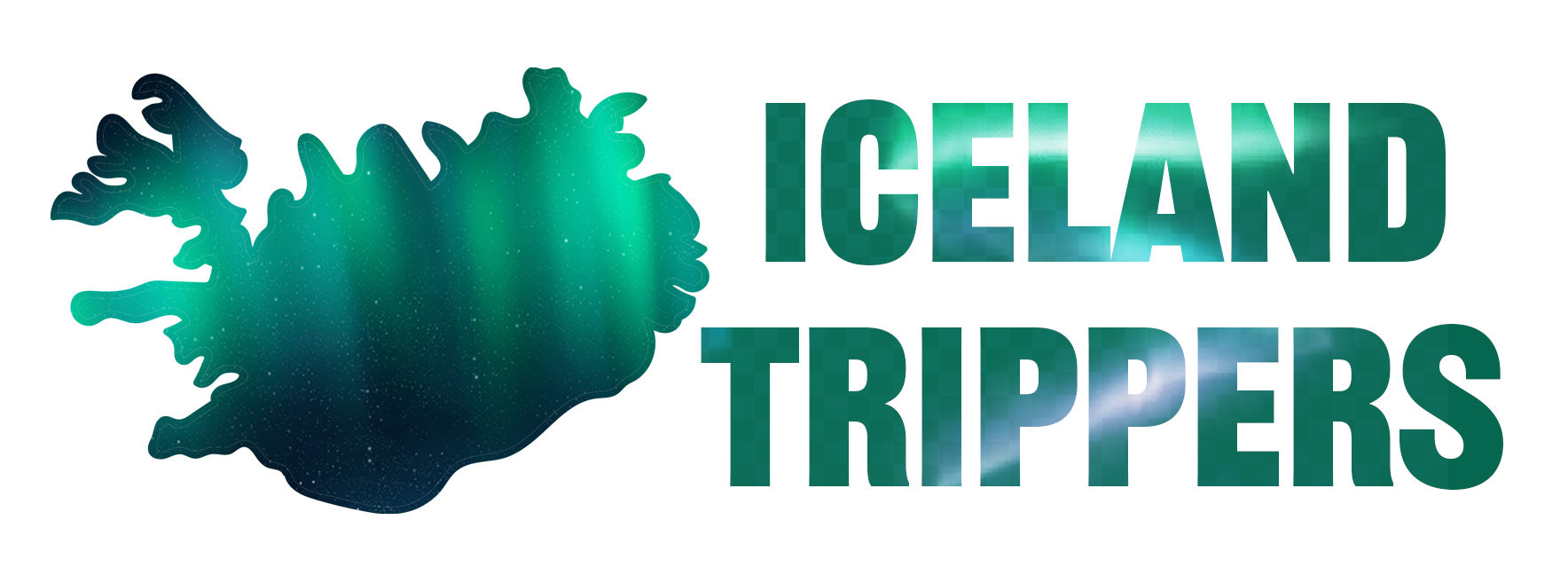
Learn how to easily plan your dream trip to Iceland with helpful guides and tips!
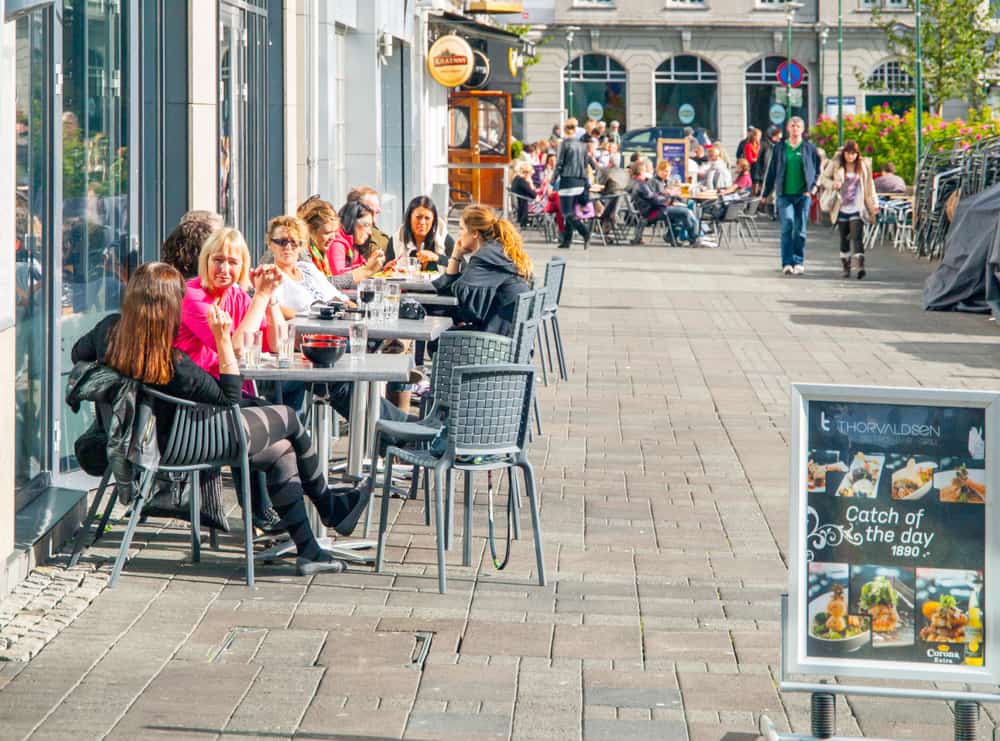
Prices in Iceland: How To Figure Out Your Iceland Trip Cost

August 16, 2021 // by Iceland Trippers // 8 Comments
The prices in Iceland are notoriously high. From food, to rental cars, to gas, many aspects of your trip will cost you a pretty penny. Iceland is becoming a more and more popular tourist destination by the year, and with the stunning natural beauty the country has to offer, it’s easy to see why.
On top of the beauty which awaits you upon arrival, the airlines draw you in with great deals on airfare and the whole trip becomes irresistible. Icelandair allows free stopovers in Iceland from the US to the rest of Europe, and back when Wow Air was in business, there was always an affordable flight option.
But the cost of actually staying in Iceland might come as a shock to you if you don’t know any better. The country is beautiful and worthy of all the recent attention it’s been getting, but be prepared to spend some serious money while you’re there.
There are a lot of components that will factor into your total Iceland trip cost, so spend some time thinking about how you want to tackle each one. This guide is here to help you know what you’re getting into ahead of time, and give you the opportunity to plan accordingly and potentially cut back on expenses where it makes sense.
Iceland is a unique country full of thundering waterfalls, relaxing hot springs, and many other natural wonders you’ve only dreamed about. The experiences are worth the money poured into the trip, and hopefully, with some careful planning, you can have these experiences without breaking the bank.
Get a FREE printable “Hidden Gems In Iceland” E-book by joining our private Iceland Facebook Group and share your photos and ask for tips and tricks.
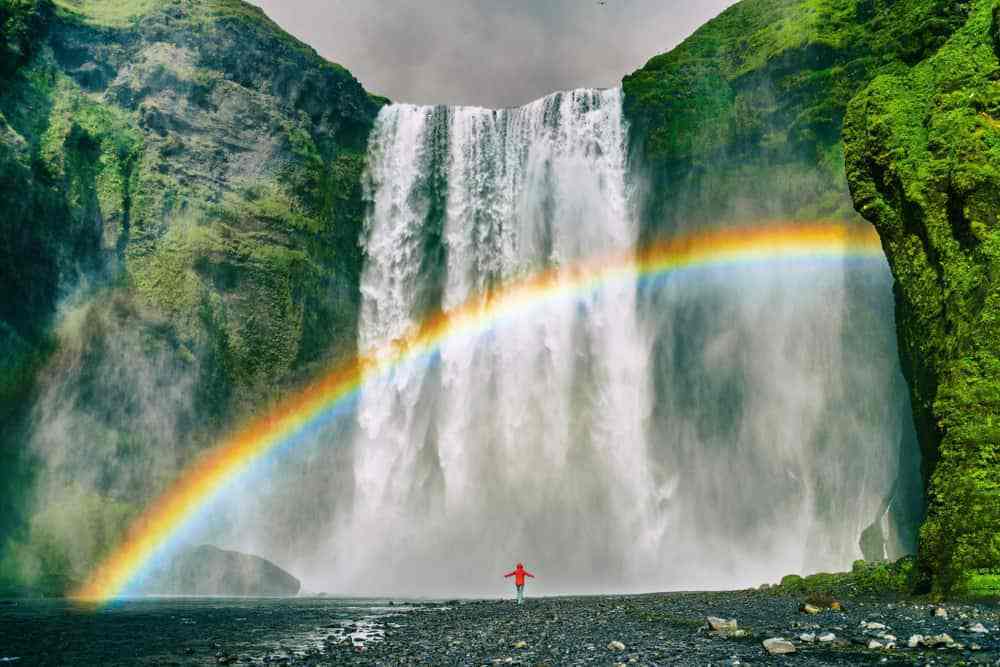
Table of Contents
Average Iceland Accommodation Prices
The least expensive accommodation option (besides camping) will be staying at a hostel. Some hostels offer both private rooms and dormitory-style rooms, while others only offer dormitory-style. The nicer hostels usually include a café, bar and lounge area. The website Hotels.com is a great resource for choosing the hostel that’s best for you.
On average, Reykjavik has the most expensive hostel rates, but the rates outside the capital region are not significantly lower. Some of the hostels also offer free cancelation rates as well as non-refundable rates.
The non-refundable rates can be as much as $45 less on the private rooms and $10 less on the dorm rooms. The rates at the hostels don’t vary much throughout the year.
The off-season can occasionally bring slightly lower prices, but it’s not guaranteed. As more tourists flock to the country in the winter for the Northern Lights though, the off-season is becoming shorter in Iceland. Below are some average rates to give you a sense of what you might be paying.
Here are examples of the cost of accommodations in Iceland
- Standard Double Bed Private: $212-$239/room
- 4 Bed Private: $271-$311/room
- 8 Bed Mixed Dorm: $41-$46/person
- 6 Bed Mixed Dorm: $40-$61/person
- 4 Bed Mixed Dorm: $57-$67/person
- 6 Bed Female Dorm: $40-$61/person
Hotel prices in Iceland are steep. On top of that, you’re offered far less for what you’re paying than you would at a high end US resort. Though Iceland certainly has some nice hotels, most of the hotel options, particularly outside of Reykjavik, will be pretty basic. There’s no shortage of hotels in the Reykjavik area , and more hotels are being built both in the capital and throughout the rest of the country.
Iceland offers varying price ranges for hotels from luxury and boutique to budget, with some of the more recent luxury hotels being built at the famous Blue Lagoon. There is an 11% VAT on the total hotel cost and a $3 per night city tax when staying in Reykjavik.
Check out www.booking.com to find exact prices and more detailed information on the accommodations. Below we’ve laid out a general breakdown for the cost per room of a hotel in each price category.
Boutique and Luxury Hotel Prices in Iceland :
- Standard Single Room $340-$425
- Standard Double or Twin Room $426-$550
- Superior Double Room $489-$625
- Junior Suite $677-$1146
- Suite $766-$1548
Budget Hotels:
- Standard Single Room $138-$220
- Standard Double or Twin Room $146-$362
- Superior Double or Twin Room $175-$407
Airbnbs are another possible accommodation in Iceland. They are usually a little less expensive than a hotel, but not always. There are plenty of Airbnb options in Reykjavik.
Outside of Reykjavik, the Airbnb prices in Iceland tend to be lower, and there also aren’t as many options. In the capital though, people will controversially buy apartments with the sole purpose of converting them into Airbnbs, so there’s an apartment shortage for residents of Iceland, but there are a lot of Airbnbs.
Experience Iceland like a local by staying at an Airbnb! Get a FREE $55 Airbnb coupon by using our code when you book!
The two options for Airbnb’s are having a private room in a shared house or apartment, or paying to stay in the entire apartment (the number of beds varies). Below are some average Airbnb prices around Reykjavik.
These are just the base prices though. Be sure to check the final price because things like the service fee and cleaning fee are added to the base price, and have the potential to significantly increase the total price.
Average cost of Airbnb in Iceland
- Entire apartment (2 beds) $150-$300
- Entire apartment (1 bed) $100- $212
- Private Room $40-$90
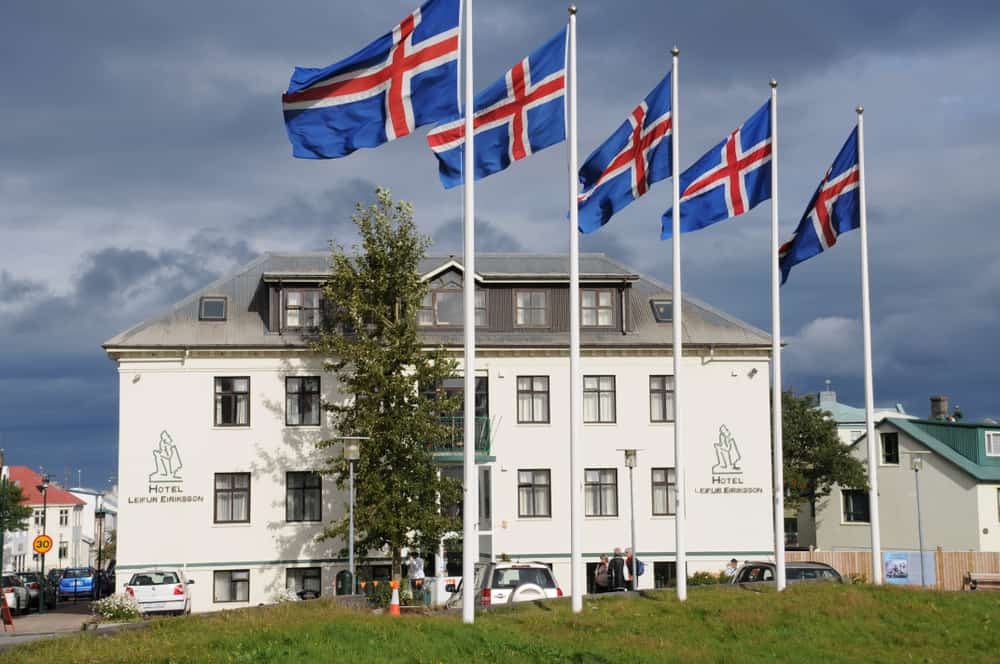
Cost Of Renting A Car In Iceland
Rental car prices in Iceland are high, but if you want to explore Iceland’s natural beauty on your own terms, a car is essential. You are going to want to factor this into your Iceland trip cost!
For many people, this is the ideal option for getting around the country. Auto Europe is a wonderful website for comparing rental car prices in Iceland based on the company you’re renting from, and the size of the car (or whether it’s 4WD).
Before renting a car in Iceland you’ll need to choose between 4×4 or 2×2, manual or automatic, and the size of the car. Renting a 2×2 will reduce your Iceland trip cost, however, some of the roads in Iceland require 4×4’s, so it’ll limit what you’re able to explore.
You definitely cannot drive 2×2’s on Iceland’s F roads. Though 4×4’s will give you the freedom to drive just about anywhere, it is possible to see much of Iceland, including many of its most stunning natural wonders, in a 2×2.
Unlike in the United States, many of the rental cars are manual. If you don’t know how to drive a manual car, double-check to make sure your rental car is automatic! You’ll also have to decide whether you want additional insurance.
In most countries, it’s unnecessary, but some of the F roads in Iceland can be extremely rough so it’s something to consider. Here are some examples of the l east expensive rental car prices in Iceland per day and per week.
- 2 wheel drive compact manual: $63/day or $232/wk
- 2 wheel drive compact automatic: $93/day or $346/wk
- 2 wheel drive midsize manual: $83/day or $307/wk
- 2 wheel drive midsize automatic: $93/day or $346/wk
- 4 wheel drive SUV manual: $187/day or $625/wk
- 4 wheel drive SUV automatic: $232/day or $768/wk
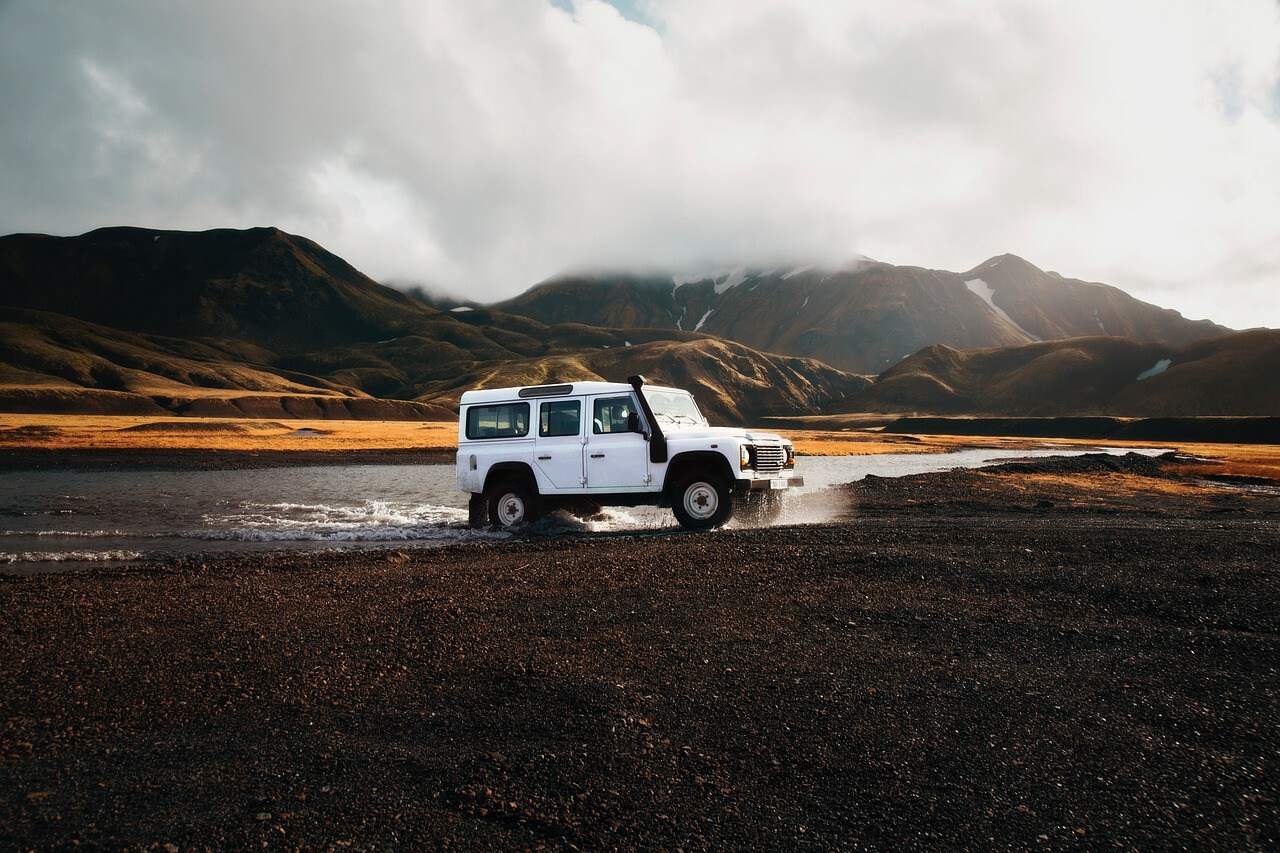
Price Of Campervans In Iceland
Combining your transportation and accommodation into one with a campervan has the potential to bring down your Iceland trip cost. Having a campervan is the ultimate way to take your trip into your own hands and camping in Iceland is a great way to save!
You can eat, sleep, and adventure whenever you want, increasing your general efficiency. Campervans come in 4X2 and 4×4 as well as both automatic and manual. Especially if you’re visiting in the summer, you’ll want to rent your van well in advance particularly if you want a manual vehicle.
Also, not all campervans have heaters, so take note of that if you’ll be traveling in Iceland in the winter. Iceland has many campsites around the country both for tent camping and campervans.
You can pay at each campsite for roughly $8-$12 a person, or you can buy an Iceland camper card giving you access to roughly 40 different campsites around the country. One card costs $177 and covers 2 adults and up to 4 children. Most campsites are closed though during the winter.
There are many different campervan companies in Iceland, and the number of companies keeps increasing as the tourist population surges. There are some things to consider when choosing a company and evaluating their prices. Some of these things we mentioned above such as 4×2 or 4×4, manual or automatic, or whether it has heaters or not for more comfortable sleeping conditions. You should also check whether additional insurance is included in the price.
Some companies also require you to book the van for at least 4 days. The top campervan companies include Happy Campers , Go Campers , Campervan Iceland , Camper Rental Iceland , and Camp Easy .
It’s difficult to compare prices between companies because every company’s vans offer different things. However, here is a rough breakdown of average prices per day by number of seats.
These are the prices during high season. Low-season will be less expensive but the roads are less accessible and the campsites are closed.
- 2 seater (sleeps 2): $91-$208/day
- 3 seater (sleeps 3): $214 -$392/day
- 4 seater (sleeps 2): $224-$402/day
- 4 seater (sleeps 4) $279-$387/day
- 5 seater (sleeps 5): $288-$336/day
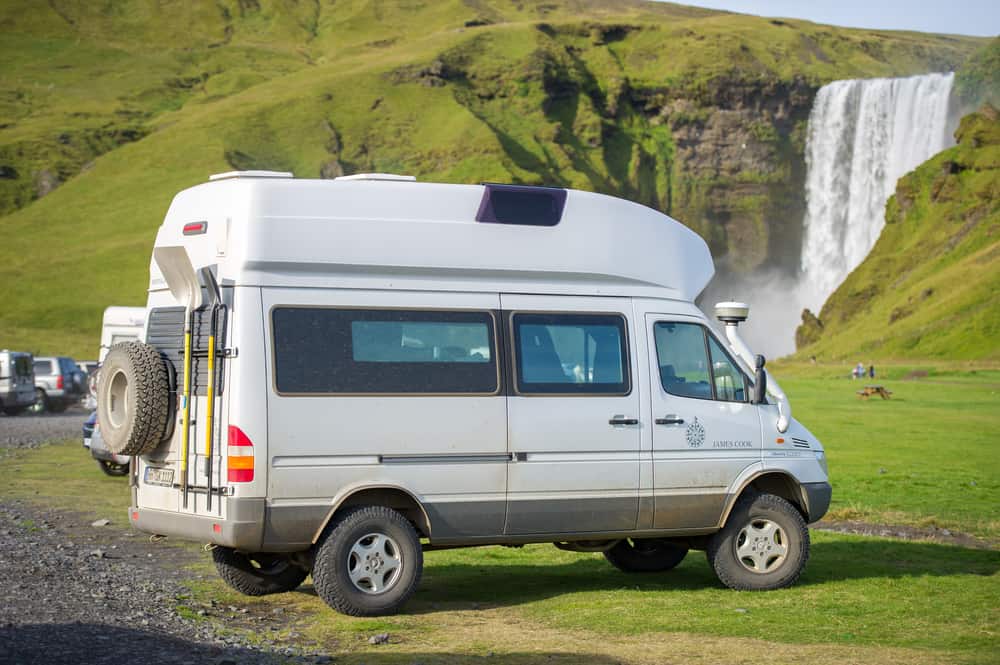
Average Grocery Prices In Iceland
When it comes to food, the best way to lower your Iceland trip cost is by shopping at the supermarket and cooking your own food. This is our favorite way to cut down on the cost of our Iceland itinerary!
The average grocery store prices in Iceland tend to be more expensive than other countries because as an island nation up near the Arctic Circle, the country has to import many of its products. This results in higher prices and sometimes less selection.
For example, there are far fewer fruit options available in Iceland than there would be at a US grocery store. Besides a few different types of small berries such as blueberries and crowberries, most fruit does not grow in Iceland’s climate.
However, even things like lamb and fish that are found in abundance in Iceland and are big staples of Icelandic cuisine, are still relatively expensive. Some basic food items such as bread, rice, and pasta, are actually fairly affordable as long as you shop at the more reasonably priced grocery stores.
There are many options for grocery shopping in Iceland . Bonus is the least expensive grocery store. You’ll see these yellow stores with a pig as their logo all around the capital region. They are great shopping options, but it should be noted that they have limited opening hours, usually not opening until 11 am and closing around 6:30 pm. Another low-cost option is Netto.
Netto prices are not much higher than Bonus, and they have longer opening hours. Some are even open 24 hours. Kronan is another popular option, but its prices are more expensive than Bonus or Netto.
Kronan stores are usually open from around 10 am-9 pm. Finally, Hagkaup is the most expensive grocery store to shop in, but it has the best selection and many of the locations are open 24 hours. There are many other grocery store options in Iceland, but these listed above are the most common.
Your best bet for keeping your cost of groceries to a minimum is buying everything you can at a Bonus in Reykjavik and only stopping at grocery stores on the road if it’s absolutely necessary. The further you get from the city, the fewer grocery store options there are and the higher likelihood you’ll be paying more.
There are also small selections of grocery items at many of the gas station stores if you are in need of a quick food source/snack. Here are some average prices in Iceland as of December 2018 for frequently bought food items.
- 500 grams Butter $3.87
- 1/2 liter Heavy Cream $4.29
- 500 grams Sliced cheese for putting on bread $5.71
- 150 grams Brie $3.97
- 1 liter Whole Milk $1.23
- 1 liter Reduced Fat Milk $1.23
- 1/2 liter Yoghurt with fruit $2.68
- 500 grams Ground beef $6.46
- 700 grams Chicken breast (fresh) $10.73
- 200 grams Sliced ham $4.45
- 1 kilogram Whole Wheat Sandwich Bread $2.41
- 500 grams Spaghetti $0.73
- 1 kilogram White Rice $1.45
- 1 kilogram Potatoes $2.41
- 800 grams Bananas $1.22
- Carrots 500 grams $2.90
- 1 liter Orange Juice, 100% juice $1.60

Average Gas Prices In Iceland
When you look at gas prices in Iceland, the number refers to the price per liter. For reference, one gallon is equal to 3.78 liters. For those of you with Costco memberships, Costco will be your least expensive gas option.
Costco cards work all around the world, so even though your membership may not be from the location in Iceland, it will work at the gas pump. Just ask the employee at the pumps, and they’ll swipe their card allowing you access to the pump.
The catch is, there’s only one Costco in all of Iceland (it’s located on the outskirts of Reykjavik, in the town of Gardabaer), so if you’re far from Reykjavik, Costco gas won’t be an option.
Iceland has a lot of different options for alternative gas stations including N1, Orkan, OB, Olis, and AO. If you’re looking for gas station prices, locations across the country or the closest location to you, the website https://gasvaktin.is is a great resource.
The gas prices in Iceland are expensive, even at Costco. You should expect to pay roughly $90-$100 dollars to fill up the tank of a 4×4 rental car and around $70-80 for the tank of an economy 2×2 car.
Sometimes you can plan ahead and use the website above to choose the least expensive options. But the further you drive out into the small remote towns of the country, the fewer options you have, and at some point, you’ll just be thankful there’s any gas station at all.
With all the natural beauty Iceland has to offer, it’s impossible to experience the best of the country without driving around. It’s inevitable that you will have to fill up your car throughout your trip, and the least expensive gas station won’t always be available. As you drive out into the country, it’s not worth the risk of running out of gas in an attempt to find a cheaper station.

Average Tour Prices In Iceland
Paying to go on tours can be a great way to see all that Iceland has to offer. Everything is planned out for you and you have knowledgeable tour guides providing you with valuable information about the country and what you are seeing.
Tour prices in Iceland are not inexpensive. However, if you choose to only go on tours and not rent a car, you can potentially reduce your Iceland trip cost. Tours can also be ideal for people of all ages. The tour buses that stop at different sites usually stop at easily accessible locations.
Some of the most popular tours in Iceland are Northern Lights tours , whale-watching tours , Golden Circle tours , South Coast tours , and Icelandic horse riding tours . The Northern Lights tours can be particularly helpful since the lights have a tendency to be elusive.
Though there are ways for you to track the strength of the lights yourself, having a tour guide who chases the lights for a living can be useful. The tour companies will also give you a chance to take the tour again for free if you don’t end up seeing the lights the first time around.
There are many different tour options in Iceland. Here’s a list of average tour prices based on the activity or location. You can also book combination tours such as The Golden Circle with the Blue Lagoon admission included, or the South Coast with a glacier hike. These, of course, will be more expensive.
- Golden Circle $47-$90
- Northern Lights $81-$138
- Horseback Riding $99-$184
- Whale-watching $81-$89
- South Coast $110-$194
If you are looking to NOT rent a car and just want to do tours while in Iceland, it may be better to book a multi-day tour! A Multi-Day tour allows you to save money and time on planning while still getting to see and experience the fantastic Icelandic landscapes!
Suggested Multi-Day Tours Of Iceland:
5 Day Winter Tour Of Iceland: Golden Circle, South Coast, Ice Cave
3 Day Golden Circle, Glacier Hike, Ice Cave, Northern Light Tour Of Iceland
2 Day Guided Iceland South Coast Adventure
3 Day Relaxation and Exploration Tour Of Iceland From Reykjavik
2 Day Jökulsárlón, Glacier Hike + DC-3 Plane Wreck Tour In Iceland
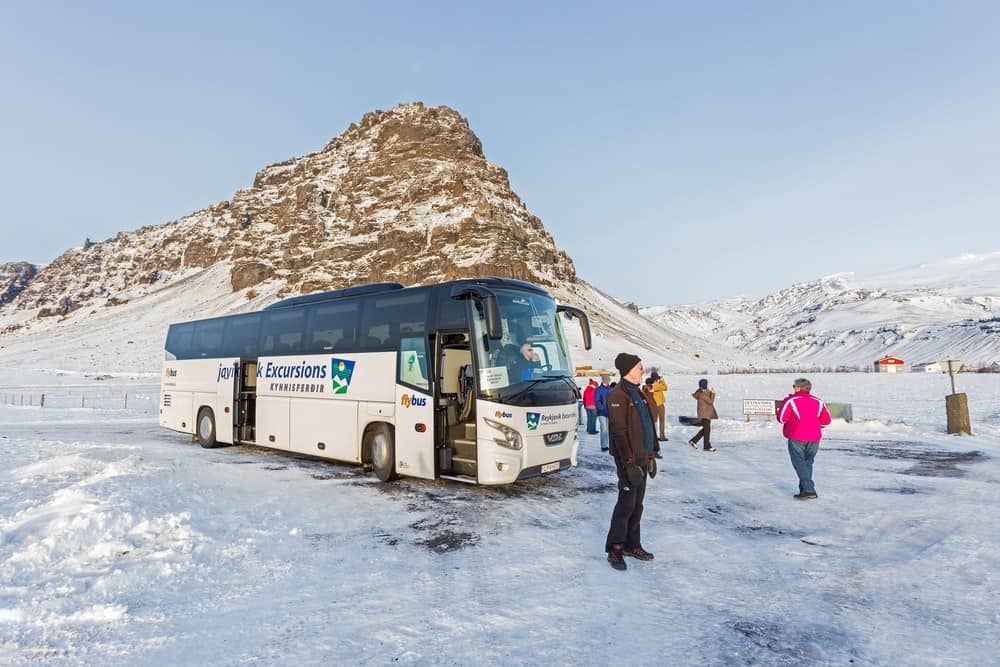
Fast Food Prices In Iceland
Iceland has a number of fast-food options from salads to gas station hot dogs Icelandic style, to burritos. They also have fast-food locations that Americans will be familiar with such as Metro (their equivalent of McDonald’s), KFC, Subway, and Quiznos (though Iceland’s Quiznos offers delicious lamb sandwiches as well that are unique to Iceland).
Some of these locations have healthy options, many are delicious, and they can be particularly convenient for grabbing something quick when you’re on the road all day driving around the country. Though eating at fast food places is a less expensive alternative to going out to a restaurant, we have to warn you that the fast-food prices in Iceland are not cheap compared to the US.
Serrano, which is a semi-close equivalent to a Chipotle, sells burritos for roughly $12.50-$14.50. In contrast, Chipotle is around $7-$8 for comparable burritos. The Icelandic hot dogs are famous. The hot dogs made of lamb meat, are topped with crispy and raw onion, sweet mustard, ketchup, and remoulade.
The Bæjarins Beztu food truck location downtown drew additional attention after a 2004 visit from President Clinton. They cost $2.83 at the gas stations, but at the Bæjarins Beztu trucks, it’ll cost $3.80. Even a salad (though the portions are solid-sized) costs $16-$19. At the Subway’s in Iceland, a footlong tuna sandwich will cost $12.23, while the exact same Subway sandwich in the US costs $7.25. As you can see, the prices in Iceland for fast food are consistently more expensive.
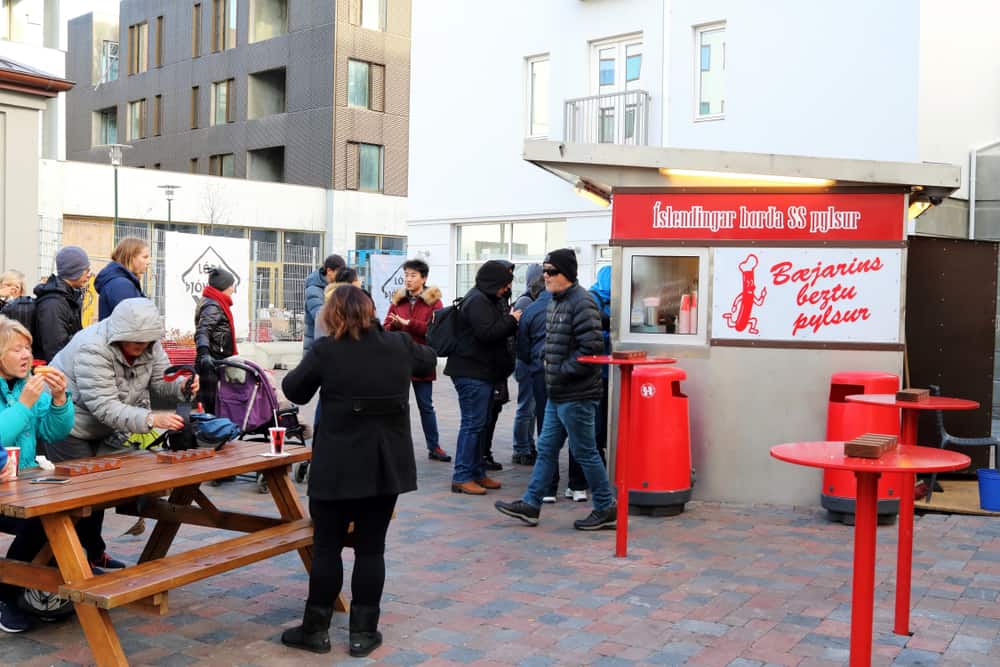
Average Restaurant Prices In Iceland
Restaurants in Iceland vary in price, but at nice restaurants downtown, any meat or fish dish is going to cost a lot.
Apotek Kitchen, Tapas Barrin and Brasserrie Askur are prime examples of average restaurant prices in Iceland. We never recommend going out to eat if you are looking to keep your Iceland trip cost down!
The cost of entrees at Askur ranges from roughly $24-$46 with the cheapest price being for vegetable pasta and the most expensive price being for beef tenderloin.
Similarly, the entrees at Apotek Kitchen range from $31-$52. At Tapas Barrin, single meat or seafood tapas can cost anywhere from $16-$32 with the vegetarian tapas ranging around $16-$19. People order about 3 tapas per person on average. And these prices are all assuming you don’t add any alcohol to the bill.
Going out to dinner can be slightly less heart attack-worthy at some of the more casual restaurants. Burgers and pizza tend to be the best options for meals out that hover between fast food and fine dining. Burgers at Roadhouse are roughly $21-30 and pizza at Eldofninn is $16-$25.
A favorite casual restaurant among Icelanders is Saffran. Saffran serves flatbread pizzas, salads, wraps, and chicken dishes such as tandoori chicken, all ranging from $16-$20.
While these options are all nice while you’re spending time in the capital region, as soon as you venture out into the more remote parts of Iceland, your dining options tend to be limited to fast food and expensive restaurants.

Average Cost Of Alcohol In Iceland
The easiest way to keep your alcohol spending to a minimum is to simply not drink at all! It’ll save you a significant amount of money. But, if you are among the many who would like to drink while in Iceland, here are a few tips.
Your best option is to buy alcohol at the Duty-Free in the airport, but be sure to not exceed the allowed limits. Once you leave the airport, buying alcohol will be expensive. Though you can visit bars at Happy Hour for a slightly reduced rate, during regular hours you’ll likely pay between $8-$12 for a half-liter of beer.
Besides 2.25% light beer, you won’t find any alcohol in the grocery store in Iceland. Your only option for buying alcohol is at the liquor store Vinbudin. Vinbudin has limited locations and restricted opening hours, so check the hours ahead of time. Prices at the liquor store are less than buying a drink at a restaurant or bar, but they still won’t be cheap.
A bottle of the more inexpensive wine options at the liquor store range from $15-$30, while a bottle of dessert wine will cost you anywhere from $19-$62. An individual half-liter can or bottle of beer will cost around $3.50. No matter where you go, alcohol prices in Iceland will always be expensive because alcohol is one of the highest-taxed items in the country. And suddenly not drinking at all sounds pretty appealing!

Cost Of Attractions In Iceland
Finally, a bit of good news when it comes to the prices in Iceland! Because Iceland’s biggest draw is its natural landscape, many of the sights you’ll visit will be completely free. Gullfoss and Geysir on the Golden Circle are both free.
The Solheimasandur Plane Crash and Reykjadalur Hot Springs? Free. Though there are some attractions that cost money, it is possible to plan your trip so that you only visit free locations but still get the chance to see some of the best that Iceland has to offer.
Thingvellir National Park, one of the 3 major stops along Iceland’s Golden Circle, does not have an entrance fee, but it has a $4 parking fee. The stunning Seljalandsfoss waterfall also has a parking fee now of around $5.50. The parking fees usually go towards the maintenance of the roads and parking lot.
There are some natural attractions that do have entrance fees, such as Kerid Crater along the Golden Circle, which charges roughly $3.20 to enter.
At one point, the lava tube Raufarholshellir was open to the public for free, but now it requires a $50 tour ticket to explore. You can also expect to pay a small fee (somewhere around $1.50) to have access to the bathrooms at many of the major tourist stops.
If you’re not paying for tours though, the most money you’re likely to dish out is at museums. The LAVA Centre is an interactive museum teaching about volcanic activity.
In order to get the full museum experience, a ticket will cost you around $26. Perlan, which once was just a collection of water tanks, now has an incredible observation deck overlooking the whole of Reykjavik and beyond, and several museum exhibitions.
Tickets to these exhibitions and the observation deck range from $31-$36. Just the observation deck alone is $7. One of the biggest tourist attractions in Reykjavik is Hallgrimskirkja Church and the view it offers of the city from the top.
Tickets are $8 to ride the elevator to the top. The country is full of museums and interactive exhibits and many of them are worth the price of admission to learn more about the country, its culture, and its unique natural landscape.
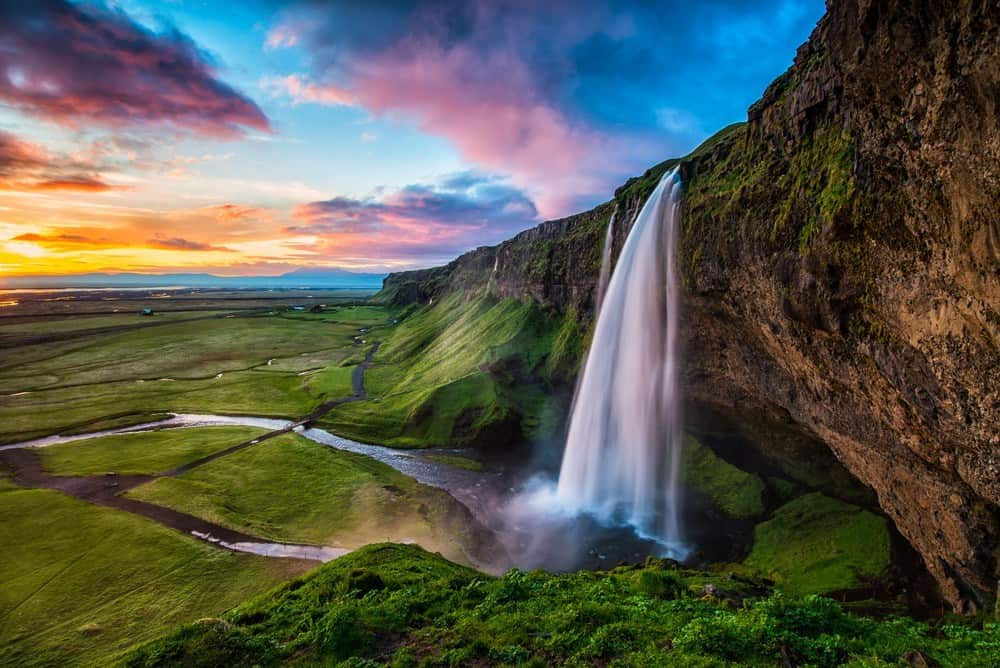
Prices Of Hot Springs In Iceland
When it comes to hot spring prices in Iceland, there are options for you at all price levels. It is possible to experience hot springs in Iceland completely for free. The whole country is full of natural hot pots. Much of Iceland’s beauty comes from its unique natural elements, and the hot pots are a huge part of this.
There is nothing quite like relaxing in a Jacuzzi temperature natural hot pot right in the middle of nature. Some great examples of free hot pot options are the Reykjadalur Hot Springs on Iceland’s South Coast and the Drangsnes Hot Pots.
Another option is to relax in the hot tubs at the town swimming pools. Every town in Iceland has at least one swimming pool and one hot tub (often more). In the capital region, the complexes have multiple hot tubs of varying temperatures.
Laugardalslaug, the biggest swimming pool complex in Reykjavik, even has a salt-water hot tub. The swimming pools are incredibly popular among locals and tourists alike and are a great way to wind down after a long day of adventuring. Admission for adults is roughly $8 a person per visit and $1.30 for children ages 6-17. Hot springs are some of the best stops along the Ring Road in Iceland and you really shouldn’t miss them!
If you’d rather go to a geothermal bath than a swimming pool, locations such as Laugarvatn Fontana or The Secret Lagoon might be perfect for you. Both of these geothermal bath complexes are located in towns that are geothermal hot spots.
At Laugarvatn Fontana, you can bathe in hot pots filled with naturally heated water from the surrounding area, relax in a steam room, or even watch the staff bake rye bread in the ground. An adult ticket into Laugarvatn Fontana is $30.50 and a ticket for children ages 13-16 is $16.00.
The Secret Lagoon is one large natural bathing area surrounded by steam vents, and it comes complete with pool noodles for ultimate fun and relaxation. Admission here is $24 for adults and is free for children under the age of 14.
If you’re planning a trip to Iceland, you’ve likely heard of The Blue Lagoon. The Blue Lagoon is Iceland’s most famous geothermal bathing area. Contrary to popular belief, The Blue Lagoon is not actually a natural hot spring, but rather a man-made lagoon resulting from activity at the nearby geothermal power plant, Svartsengi.
The lagoon’s water is renewed every 48 hours and is filled with natural minerals that are great for the skin. As a major tourist attraction, The Blue Lagoon now has a hotel, restaurant, and many other amenities. Due to its popularity, you have to book your entrance time at the lagoon, days and sometimes even weeks, in advance to ensure you’ll get a spot.
The Comfort Package (and cheapest option) is $55. The Premium Package is $78, and the Luxury is $624. Iceland’s other blue bathing complex is the Myvatn Nature Baths in North Iceland. The Nature Baths are smaller than The Blue Lagoon and as a result, have a slightly more intimate feel. Admission to the Myvatn Nature Baths is $36-$40 depending on the time of year.
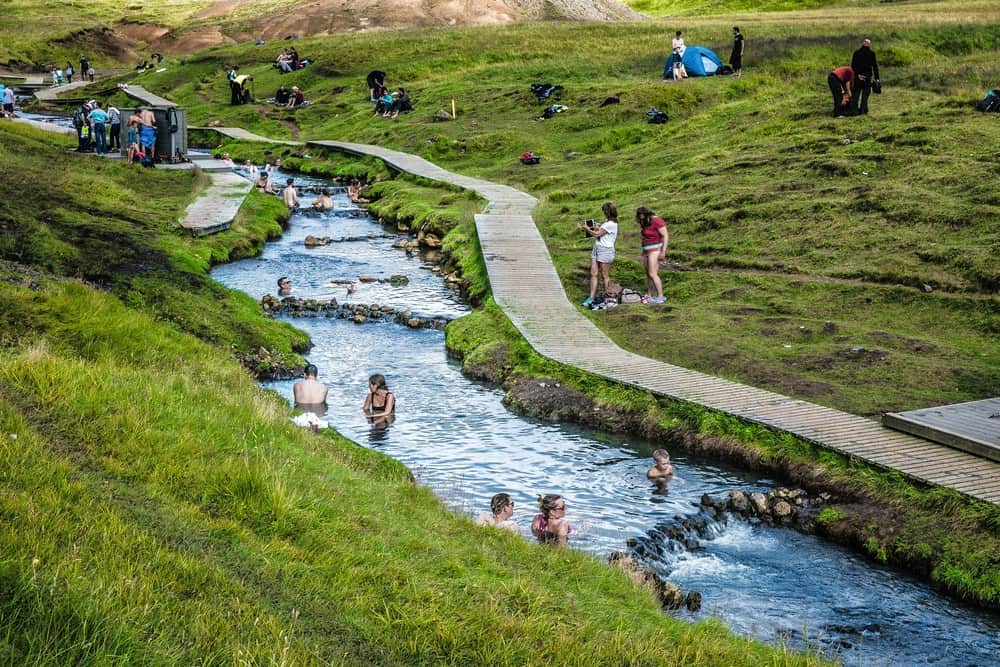
In order to best enjoy your Iceland trip, we suggest factoring all these various components into your budget ahead of time, but not worrying about the prices once you’re actually on the trip. Prices in Iceland are expensive, and it’s inevitable that you will be paying a lot of money to be there.
Go out and enjoy the stunning nature and fascinating culture of Iceland. It will all be worth it in the end. If you’re planning a trip to Iceland, or have already been and experienced having to carefully budget for your trip, feel free to tell us your thoughts or ask questions in the comments section.

Reader Interactions
June 28, 2020 at 6:10 pm
This is so useful!!! The best article i read so far about traveling to Iceland. Thank you ?
June 28, 2020 at 7:07 pm
Thank you so much!!!!
July 25, 2020 at 2:26 am
Thank you so much for taking time and laying out what the real cost of traveling could be. I am so glad that I found you page and can plan accordingly.
Thank you!!!!
July 25, 2020 at 3:29 am
Thank you for this kind comment! I hope you enjoy Iceland!
November 16, 2020 at 5:58 am
This is really amazing! Got all the info I was looking for. Can you suggest if it is more expensive to travel Iceland on solo with public transport/ rental car or just book a multiday trip from any tour agent?
December 5, 2020 at 4:22 am
You would have to do the pros and cons on your own! Everyone is different! And it depends on what you want to see and do! For me, going alone is well worth any possible extra cost so I can stay as long as I like in places!
January 11, 2022 at 8:42 pm
Thanks so much for the amazing information. I will be using this to plan my trip!
I am curious if you have any information on traveling in the later half of October? Any info will be greatly appreciated!
January 12, 2022 at 6:45 pm
Yes we sure do!! Here is our post about visiting Iceland in October!!! Good for Northern Lights! https://icelandtrippers.com/iceland-in-october/
Leave a Reply Cancel reply
Your email address will not be published. Required fields are marked *
Save my name, email, and website in this browser for the next time I comment.
- Meet the Team
- Work with Us
- Czech Republic
- Netherlands
- Switzerland
- Scandinavia
- Philippines
- South Korea
- New Zealand
- South Africa
- Budget Travel
- Work & Travel
- The Broke Backpacker Manifesto
- Travel Resources
- How to Travel on $10/day
Home » Europe » Iceland » Travel Expensive
Is Iceland Expensive? How Cheap is Iceland For Travel?
In case it needs any introduction, Iceland is a nordic island in Europe just below the arctic circle. Iceland is characterized by dramatic, rugged landscapes and is essentially built on volcanoes, geysers, and hot springs, giving it the fitting nickname “The Land of Fire and Ice”!
You can probably gather from this that Iceland is an epic place to visit. However, Iceland does have a reputation for being one of the worlds pricier destinations.
So how expensive is Iceland? Well, that depends on a few factors which we’ve covered in this guide. We’ve laid out what to expect money-wise, as well as all the best ways to cut costs.
There are lots of ways to save money when you visit. As long as you travel wisely, and do a little bit of research, you can still travel to Iceland on a budget.
In this post we will give you the facts so you can decide, “Is Iceland cheap?” for yourself.
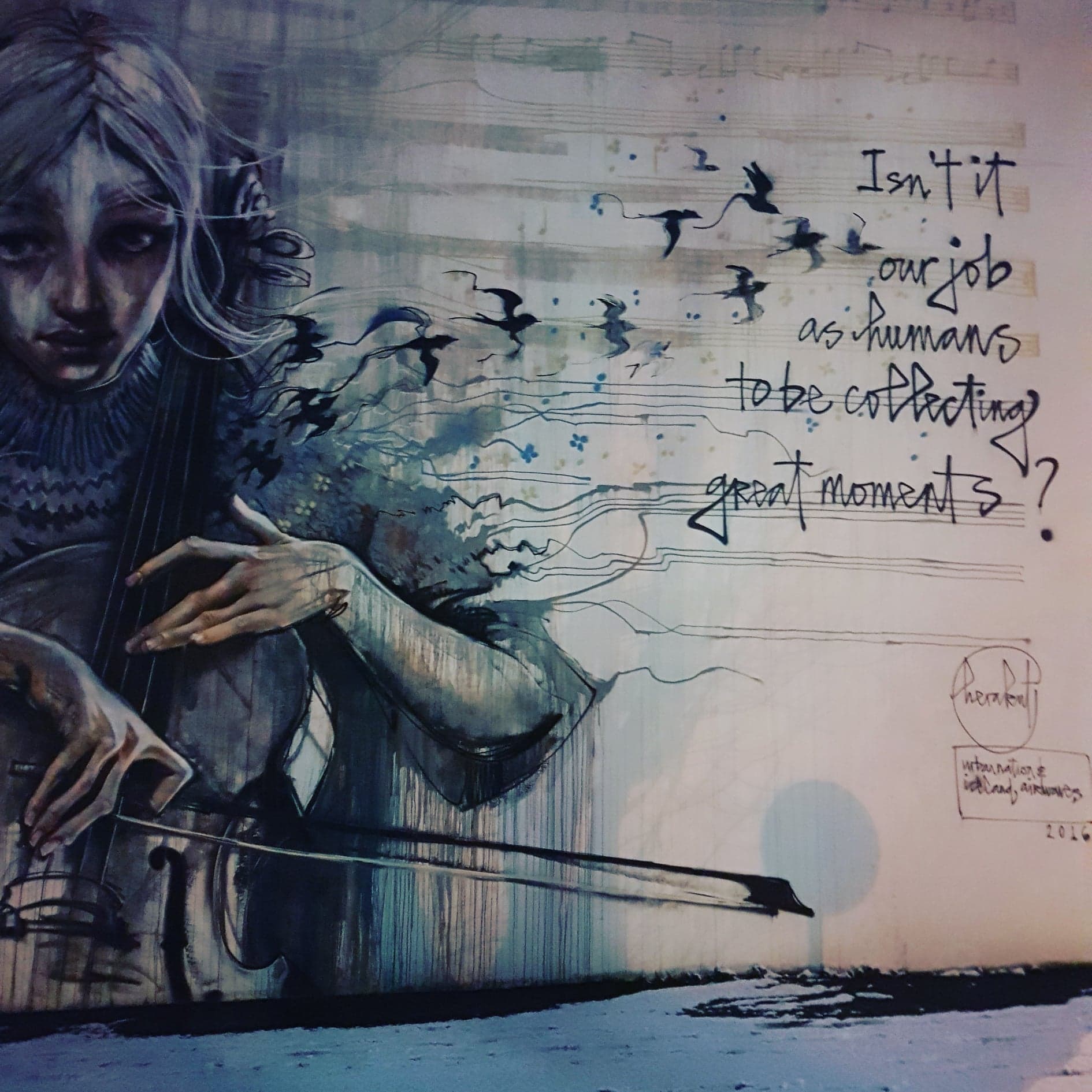
Fast Answer: Is Iceland Cheap Or Not?
Cost of flights to iceland, price of accommodation in iceland, cost of transport in iceland, cost of food in iceland, price of alcohol in iceland, cost of attractions in iceland, additional costs of travel in iceland, some final tips for saving money in iceland, so, how much does a holiday in iceland cost, affordability rating: expensive.
Make no bones about it, travel to Iceland is expensive. While air fares are relatively good value ($50 from Europe maybe $150 from East Coast US) that is where the bargains end. Accommodation is going to cost at least $30 per night for a hostel pod, and if you want a private room bank at least $100.
Food is expensive, a beer in a bar costs around $10 and if you are unlucky enough to find you need to buy a thicker coat or a woolier hat then God have mercy on you.
Finally, you will probably also need to join a tour or two in order to make the most outta Iceland and yes you guessed it, these are also expensive. Get saving for this one. On the plus side, it is a worthwhile, once in a lifetime experience which you are unlikely to regret.

Do You Want to Travel FOREVER??
Pop your email in below to get a FREE copy of ‘How to Travel the World on $10 a Day!’.
How Much Does a Trip to Iceland Cost on Average?
In this post, we’ll go over a few key things that will help you calculate your Iceland Backpacking & travel costs. These include:
- Accommodation options
- Transport in Iceland
- Fun activities to enjoy during your visit
- The best places to eat and drink on a budget
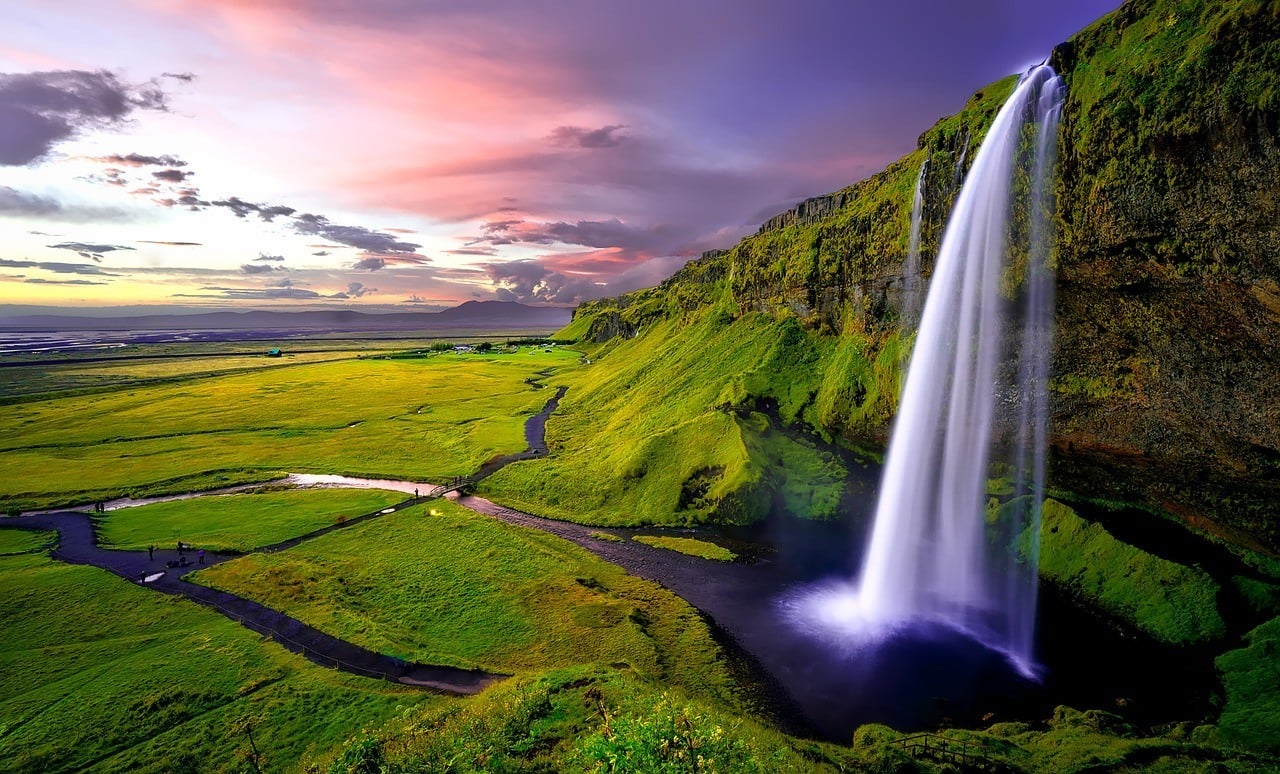
Just keep in mind that all costs in this guide are estimates and are subject to change. Also, to make things less confusing, we’ve listed all the Iceland trip costs in USD.
The local currency is the Icelandic króna (ISK) and as of January 2020, 1 USD = 122.65 ISK.
Also, to lay things out a little clearer and help you better understand Iceland prices, we’ve included ball-park estimates for the costs of traveling in the country.
2 Weeks in Iceland Travel Costs
ESTIMATED EXPENSE: $300 – $565 USD for a round trip ticket
The first thing you’ll need to spend money on for your Iceland trip is going to be your airfare. Depending on which country you’re coming from, flight prices will fluctuate.
Iceland’s major airport is Keflavik International Airport (KEF), also known as Reykjavík–Keflavík Airport. This is the country’s busiest airport and it’s the cheapest.
Flights to Iceland from the USA, the UK, Australia, and Canada are all priced differently.
The prices change based upon the time of year you plan to visit. Peak travel time to Iceland is during the country’s summer months (May-August). During these months, the temperatures are warmer and the sun stays out for most of the day in the late hours of the night.
This means that the cheapest time to go to Iceland is generally during the winter (November-March). However, that doesn’t mean you can’t score on a bargain in summer if you are lucky.
Here is a list that provides the average cost for a round trip ticket to Iceland’s main airport. Remember these are average prices, and subject to change.
- New York to Reykjavík: 325 – 415 USD
- London to Reykjavík: 40 – 115 GBP
- Sydney to Reykjavík: 1,350 – 2,135 AUD
- Vancouver to Reykjavík: 550 – 760 CAD
As you can see, your Iceland travel cost will vary depending on where you’re coming from. Flying from London to Reykjavík can be extremely cheap. Flying from Sydney to Reykjavík is obviously going to be more pricey.
But keep hope, airline prices dip low all the time, and there’s always the chance of grabbing a sweet deal with an error fare.
ESTIMATED EXPENSE: $16-$135 USD/day
Now that you have an idea of the price of airfare, let’s have a look at places to sleep. We’ll get to a few unique accommodation options in a bit, but for now, let’s look at the basic options: hostels, hotels and Airbnb.
Picking where to stay depends on personal preference and budget. If you’re low on finances you’ll want to find a comfy hostel. But if you like your privacy you may be willing to pay more for a hotel.
Let’s take a look at all three so you can make an educated choice.
Hostels in Iceland
Hostels in Iceland are the cheapest choice for accommodation. In fact, the cost of your trip will drop dramatically by staying in shared hostel dorms. These budget backpacker digs come with lots of great perks, like self-catering facilities and social hang-out areas.
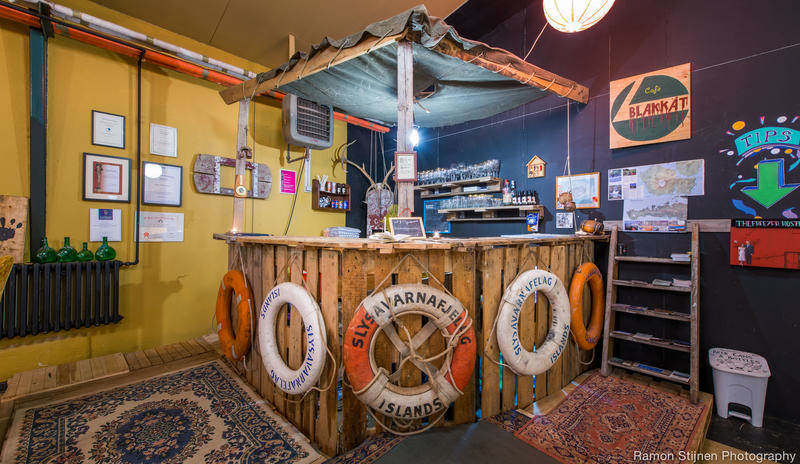
Hostel dorm costs in Iceland vary between $16 and $40 (privates are more expensive). Here are three great options for cheap hostels. We’ve included a hostel in three different parts of the country;
- Bus Hostel Reykjavík – This hostel is in a prime location and equipped with self-catering facilities. It’s also one of the cheaper (if not the cheapest) hostels in Iceland. Need we say more?
- The Freezer – This hostel has an artsy design, loads of fun events scheduled weekly, and happy hour every night. This is easily one of the coolest hostels in Iceland.
- Akureyri HI Hostel – Not only is this hostel super cheap, but they also offer discounts to their guests at the nearby restaurant and bakery.
Airbnbs in Iceland
Airbnb in Iceland is another great accommodation option. Since you’ll be staying in a local’s house/apartment, you’ll get a more personal feel of the island.
If you’re traveling with a group, you could actually end up saving money staying at an Airbnb, since you’ll be splitting the price of accommodation.
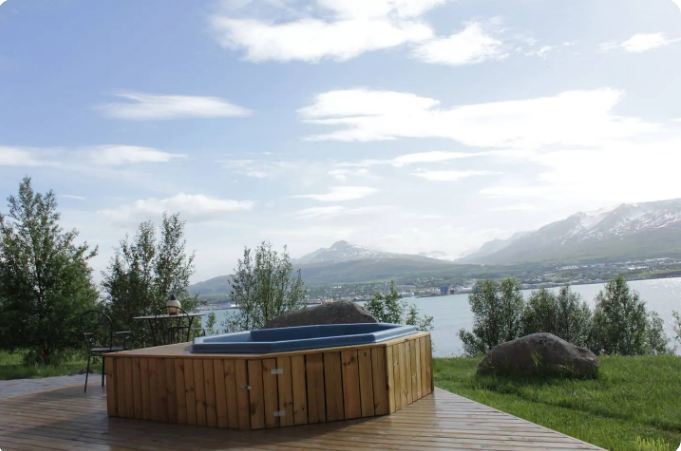
A budget Airbnb will cost between about $45 – $85 per night, plus the service and cleaning fee. Here are three options that are on the cheaper side.
- Cozy Loft Room in Central Park – This is a private room in a house. It offers insanely great value for money in Reykjavík. You’ll have everything you need for a comfortable and cheap stay.
- Studio By the Sea – This lovely studio by the sea is as charming as the name suggests. Plus, there’s an outside hot tub – the perfect place to relax and enjoy the amazing Icelandic landscape.
- Great View, Eyjafjallajökull – How does a bed and breakfast surrounded by the rural, natural beauty of Iceland sound? This homey Airbnb is located next to waterfalls, volcanoes, and snow-capped mountains.
Hotels in Iceland
Hotels in Iceland are very common, but unfortunately, they’re not the best for your budget. With that being said, you can find a pretty nice selection of decent mid-range options. The average price of a budget hotel can range from $80 – $105, depending on location.
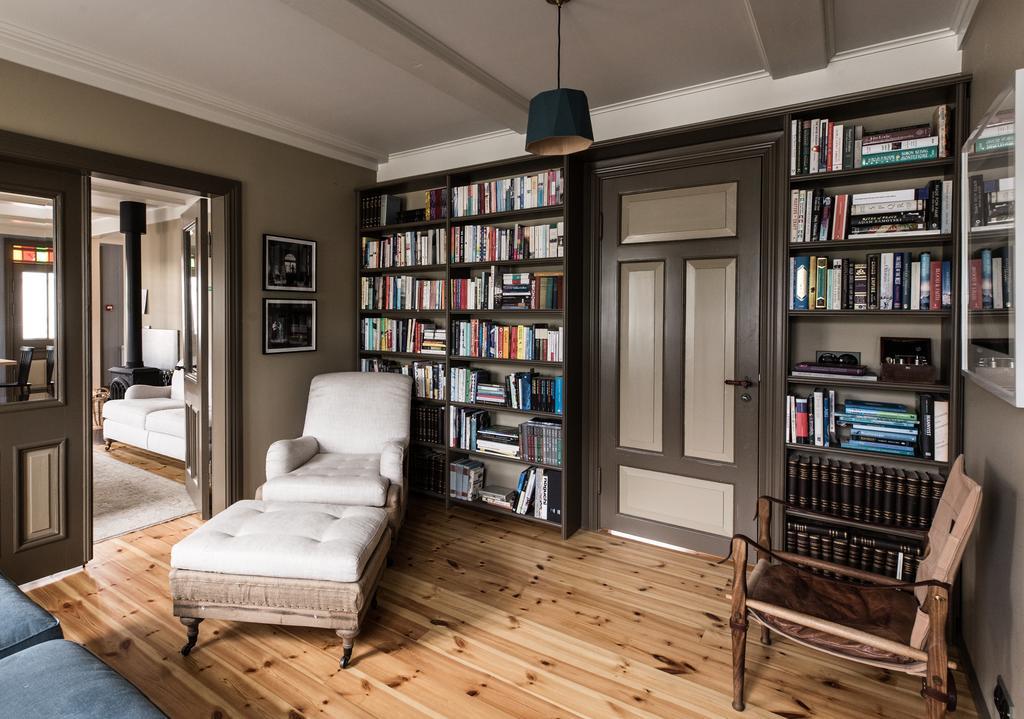
Although staying in a hotel will add more to your Iceland cost of travel, being able to relax in your own space can be very appealing.
Here are three hotel options that might be more expensive than a hostel or Airbnb, but won’t break the bank.
- 4th Floor Hotel – This hotel offers private rooms and either shared or ensuite bathrooms. You’ll have all the comforts of a hotel stay plus FREE breakfast every morning.
- Hotel Akureyri – Guests at this hotel can expect a room with all the modern comforts. The amazing Icelandic hospitality from the staff will make you feel right at home.
- Hotel Hella – If free parking, free Wi-Fi, and free breakfast sound good to you, this hotel is a winner.
Cottages/Cabins in Iceland
Now that we’ve covered the three main forms of accommodation in Iceland, we thought we’d include some fun and unique options. Let’s look at cabins and cottages.
Can you imagine a better place to spend the night in Iceland than in a cozy cottage? Not only will you be surrounded by stunning scenery, but you’ll also have your own private space to enjoy your vacation time however you’d like.
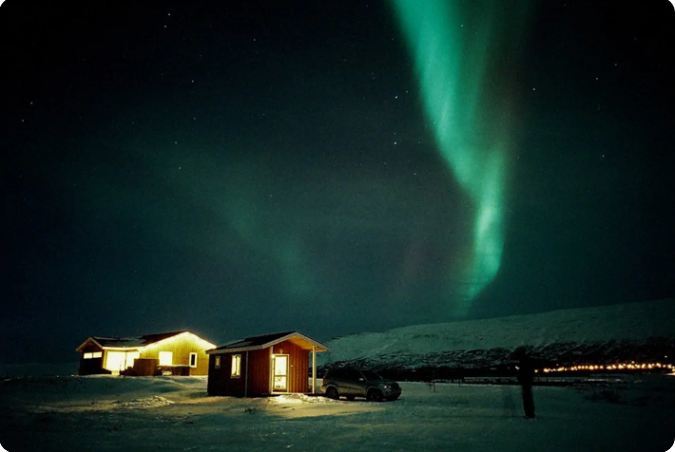
From between $60 – $135 a night, cabins and cottages do cost more than your basic accommodation types. However, we still think it’s worth it for a night (or maybe more).
- Nónsteinn – Enjoy Life in the Countryside – Enjoy the cozy comforts of a cottage in the countryside. You’ll have picturesque views of Iceland right from your bed.
- Cottage With a View – For an idyllic retreat in a quiet setting, this cottage has everything you need. You’ll be in an ideal setting for hiking and enjoying nature.
- Kría Cottages – For simple living on a budget, this is the perfect cottage in Iceland. With beautiful views and the fresh open air, you’ll realize right away that sometimes less is more.

We’ve tested countless backpacks over the years, but there’s one that has always been the best and remains the best buy for adventurers: the broke backpacker-approved Osprey Aether and Ariel series.
Want more deetz on why these packs are so damn perfect? Then read our comprehensive review for the inside scoop!
ESTIMATED EXPENSE: $5-$100 USD/day
Next up, let’s talk about the transport cost to visit Iceland. Whether you’re traveling inside the main cities, or from one city to the next, you’ll need to know what to budget.
Iceland is a small country, and relatively easy to travel. This is due in part to the famous Ring Road. This 827 mile, nonstop route circles the country. It passes the island’s most iconic attractions and, as you can imagine, it’s filled with scenic sites. You may therefore wish to stay in Reykjavik and tour the country from here.
Bus Travel in Iceland
Traveling in Iceland by bus is a great way to get around. The buses are clean, comfortable, and reliable. There are three main companies that operate bus tours and routes around the whole country, namely Reykjavik Excursions, Sterna, and SBA-Nordurland.
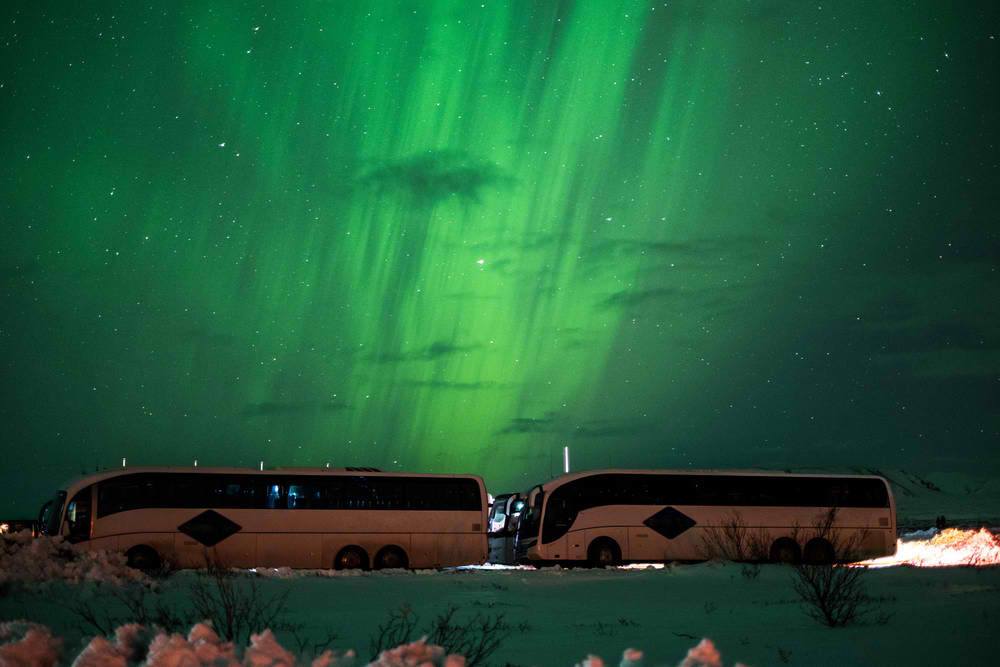
These three main companies will take you on routes around the Ring Road, west fjords and into the highlands of Iceland. A big perk of taking the bus is that you can sit back, relax and take in the gorgeous views of the country while someone else does the driving and navigating.
Tickets vary based on distance. Depending on which cities you’re traveling between, a bus ticket can cost between $5 and $150.
One popular option for bus travel is called “Iceland On Your Own” or “Bus Passports”. During the summer months, travelers can experience the most popular sites with a hop-on hop-off style bus pass. Bus tickets for this can vary between $80 and $230, depending on the route and how many stops you select.
During Iceland’s summer months – from about June to August, regularly scheduled buses run to most of the popular attractions and sites in the country. The rest of the year, bus services offered can vary. Some continue to run daily, while others shut down completely.
Getting Around the Cities in Iceland
Iceland doesn’t have many large cities. In fact, Reykjavik only has a population of 118,918 people. After that, the second largest city of Kopavogur has a population of just 31,719 people.
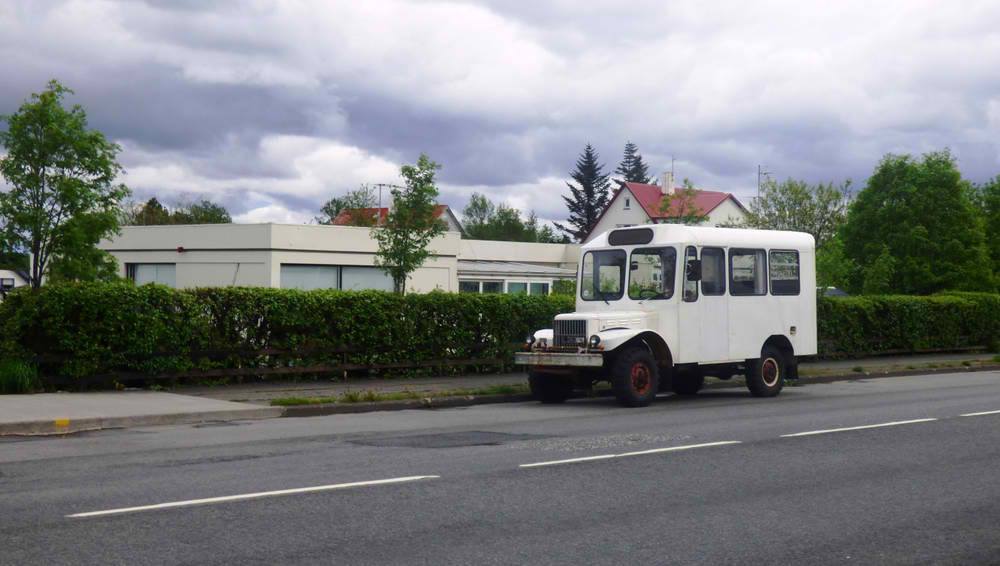
For intercity travel in Iceland, you’ll just have a few options:
- Buses – Many of the cities and towns in Iceland have bus routes. Although, with such small towns and the number of residents, there won’t be too many stops. Also, the stops will run less frequently. Reykjavik is the exception – being the largest city in Iceland. The bus here runs regularly and a single fare bus ticket in Reykjavik for adults is $4.
- Taxis – Most towns/cities also have taxis. But, expect to pay about $4 per mile. We think it’s safe to say that if you’re wondering how to do Iceland cheaply, you should avoid the taxis.
- Car rental – This is another easy option for getting around in the city/town you’re visiting. (see more below)
Renting a Car in Iceland
Of course, driving will give you the most freedom, but car rentals can get pricey. Having a group of travelers to split the car rental price will help save you money on your Iceland trip budget.
One thing to note when driving around Iceland is that most of the roads that stem off of the Ring Road are gravel. This means you’ll likely need a four-wheel-drive vehicle. One more very important thing to note is that rental car drivers have to be at least 20 years of age.
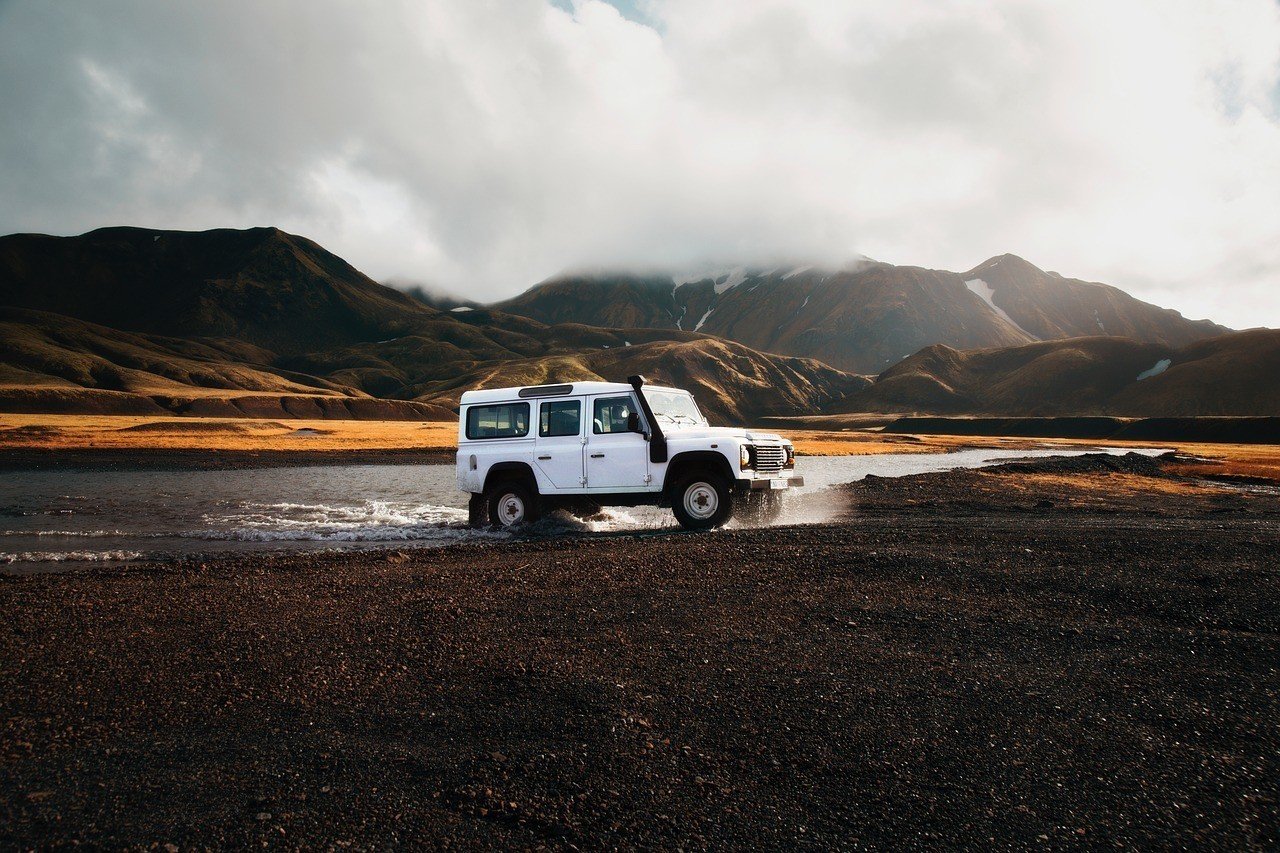
You’ll find most of the major international rental car companies in Iceland. These include Budget, Hertz, and Europcar. There are also local car companies, such as SADCars, Cheap Jeep, and Geysir.
You’ll have the most options for car rental companies at Keflavik International Airport or in downtown Reykjavik. Car rentals prices start at about $20 – $30 a day. However, if you want to add on an extra driver you’ll be charged an extra fee of about $2.50 per day, per driver.
Car insurance is another extra. For a two-week car rental, insurance will cost around $165. Then, you’ll also need to pay for your own petrol. The average cost for petrol as of January 2020 is $1.94 a liter ($7.33 a gallon).
Renting a car in Iceland is sure to make for a memorable road trip. However, it’s also entirely possible to see the country without one too.
ESTIMATED EXPENSE: $15-$60 USD/day
When it comes to eating out, Iceland food prices can be very high. A meal in a cheap restaurant alone can cost between $15 and $20. Even a meal at McDonald’s can cost around $12 – $16.

But don’t stress too much, there are lots of ways you can eat on the cheap. An obvious way to save money is to avoid eating out as much as possible. Eating at restaurants is going to add up fast. However, if you do want to treat yourself, here are a few meals Iceland is known for.
- Seafood – Iceland is known for its fresh seafood. Cod, haddock, salmon, and monkfish are the most popular varieties. Stop into a restaurant and try their ‘fresh catch of the day’. At a regular restaurant, you can expect to pay between $20 and $30.
- Lamb soup – Lamb is a staple meat in Iceland and lamb soup is the perfect comfort food. Vegetables and spices are added in, like potatoes, carrots, onions, and dried herbs. If you order a bowl of soup a la carte, you’ll pay between $15 and $20.
- Icelandic Hot Dog – This delicacy is served on a warm bun and topped with raw onions, crispy fried onions, ketchup, and a mayonnaise-based sauce. Not only is it delicious, but at just $3, it’s also extremely cheap.
Carrying on, here are a few easy ways that will help you save money with your Iceland budget
- Accommodation with free breakfast – Although they’re not as common, these types of accommodation do exist in Iceland. Fill up on free food in the morning and then you’ll only have to spend money on two meals.
- Self-catering accommodation – Cooking for yourself is going to be a huge money-saver. Preparing your meals from items you find in the grocery store as opposed to eating out is going to save you money every time.
- Bring food with you – When I visited, I packed loads of pasta, noodles and a few tinned goods. I cooked them in my Airbnb.
- 7/11’s – The 7/11 stores sell cheap pizza slices and hotdogs.
- Don’t buy water – It’s Iceland – their water tastes delicious. There’s no need to buy bottled water from anywhere else. You’ll find drinking fountains and free water all over the country.
Where to Eat Cheaply in Iceland
The best way to eat cheap in Iceland is to purchase your food from grocery stores and gas stations.
Eating out at a regular restaurant can cost you about $15 – $30 per meal. Whereas food from a gas station or supermarket will cost between $5 and $10 per meal. Most of these stores will also have freezer meals and premade items.

Cheap supermarket food items – For breakfast, If you like yogurt, check out the Icelandic Skyr brand, it’s just $2 per container. Baked goods will cost between $2-4. For lunch and dinner, precooked sandwiches, wraps, and pizza will cost around $8.
Here are the best grocery stores with budget food prices in Iceland
- Bónus: This grocery store is well stocked, and you’ll find locations all over Iceland.
- Krónan: This is another budget-friendly grocery store with locations on the south side of Iceland only.
- Nettó: This supermarket has locations all over the country and tends to stay open later than other grocery stores.
Gas stations – Believe it or not, the food in Iceland’s gas stations is surprisingly good. This is a great place to enjoy a famous $3 Icelandic hot dog too. Burger and fries will cost you around $12 – $15. You’ll also find baked goods and coffee for much cheaper than you’d find them in a cafe.
ESTIMATED EXPENSE: $9-$21 USD/day
Iceland has very high taxes on alcohol. Therefore, drinking in Iceland is not good for your budget.

If you do go out, here are some prices you can expect to pay
- Beer – $9 – $12 for a pint of domestic beer is about the standard amount.
- Wine – A regular glass of wine will cost between $10 – $14.
- Cocktail – $12 for a simple cocktail – like a gin and tonic. Fancy cocktails will cost about $19 – $21.
To save money on alcohol, here are a few options
- Stock up at the duty-free shop at Keflavik Airport.
- Buy it from a government-owned alcohol store, called Vínbúðin – these are the only stores that are allowed to sell alcohol in Iceland.
- Find a local restaurant/bar with 2-4-1 happy hour specials
At a Vínbúðin, a bottle of spirits (vodka, tequila or whiskey) will cost between $55 and $120. A bottle of budget to mid-range wine will cost $20 – $30. This isn’t necessarily cheap, but if you want to have more than a few drinks, it will save you money.
Even though alcohol prices in Iceland are high, having an occasional drink won’t do too much damage.
ESTIMATED EXPENSE: $0-$45 USD/day
They say the best things in life are free, and in Iceland, this is definitely the case. Whilst Iceland’s living costs are high , the country’s scenic splendor is its alluring factor. Waterfalls, glaciers, mountains, and volcano beds fill the island, and – luckily – most of these attractions are totally free.
That’s right, most of these picturesque areas charge no admission. Many of the larger scenic attractions also have free visitor centers tourists can go to for information and advice as well.
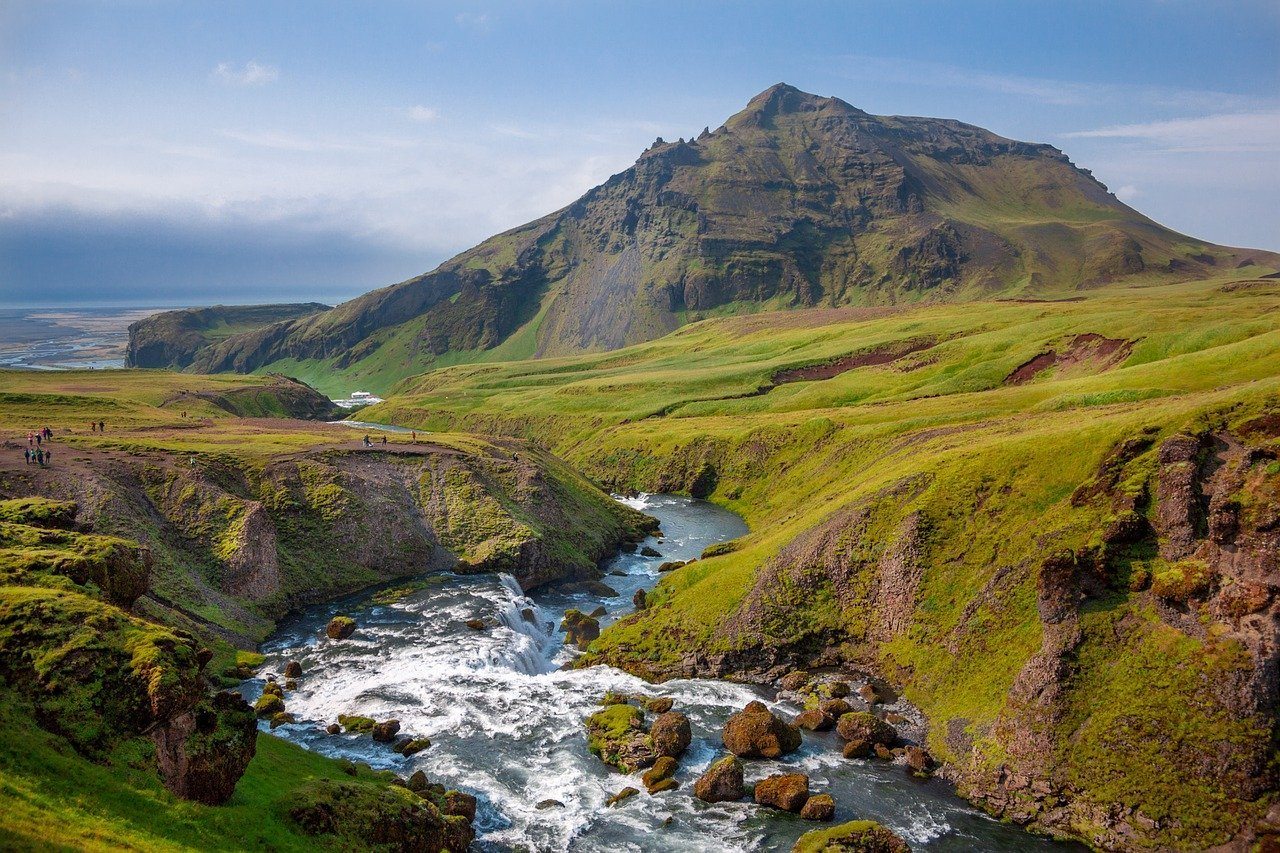
Some of Iceland’s top attractions, including Thingvellir National Park, Gullfoss Falls, and Jökulsárlón, are all free to enter. Keep in mind that some places might charge for parking. This isn’t usually too high though. For example, the Seljalandsfoss waterfall is free to enter, but parking is $7.
There are a few exceptions, like the Blue Lagoon which costs $57 to enter. Some of Iceland’s spa pools also charge admission. This can range from $25 to $45. Attractions in the main city, like private museums and cultural centers, usually charge a fee.
To save money while sightseeing:
- Use public transport so you don’t have to pay for parking
- Gather a list of free attractions
- Review paid-for attractions before you go, to make sure they’re worth it
- Consider joining an all-inclusive trip. From Iceland tours for women to mixed gender groups, they often provide the best value

A new country, a new contract, a new piece of plastic – booooring. Instead, buy an eSIM!
An eSIM works just like an app: you buy it, you download it, and BOOM! You’re connected the minute you land. It’s that easy.
Is your phone eSIM ready? Read about how e-Sims work or click below to see one of the top eSIM providers on the market and ditch the plastic .
We’ve covered all the main costs you’ll need to take into consideration when traveling to Iceland. However, it’s always a good idea to set some extra money aside.
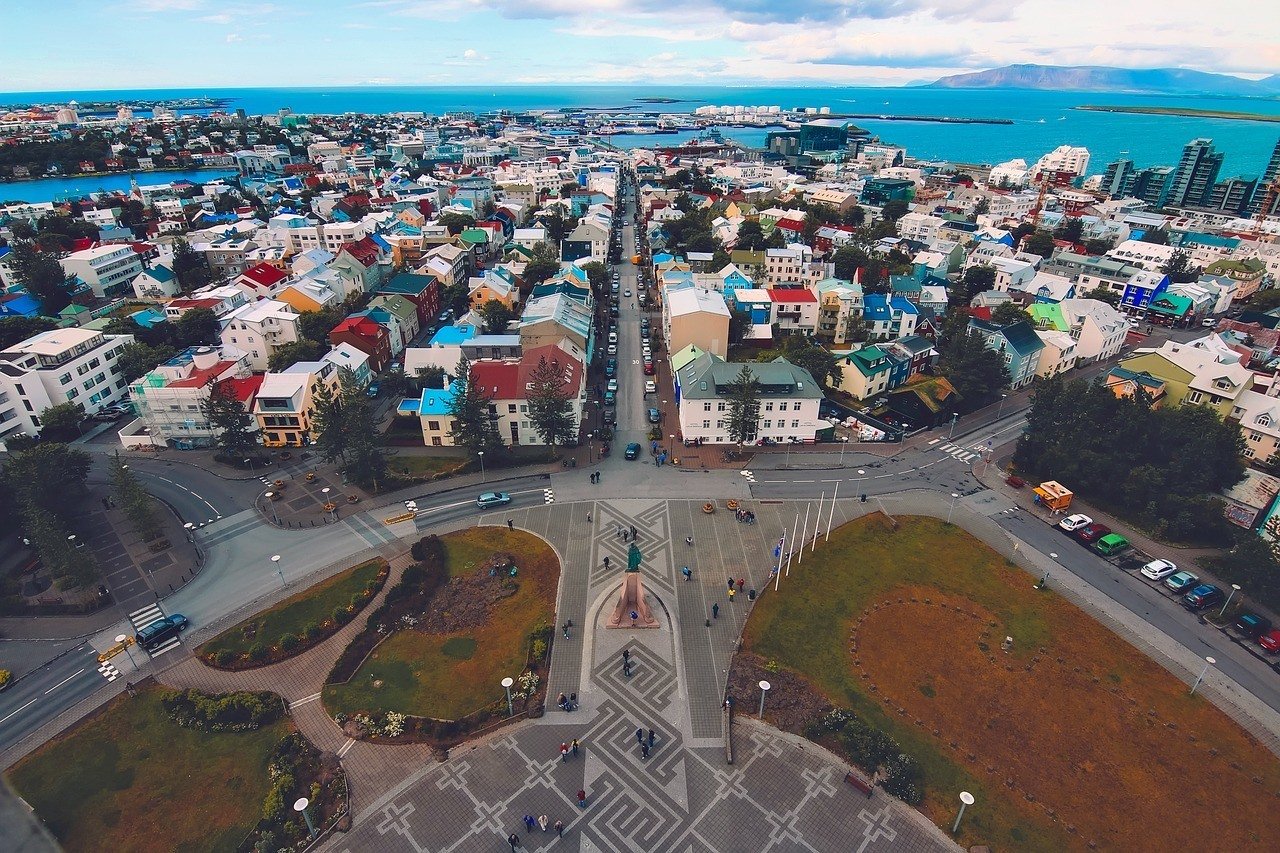
Whether you lose your bus ticket, see a souvenir you can’t live without, or decide to take a guided tour, it’s always a good idea to set aside extra cash.
Tipping in Iceland
Since you’re traveling Iceland on a budget, you’ll appreciate knowing that tipping is not expected. Of course, if you feel you’ve received excellent service, you can show your appreciation by tipping. But in no way is it expected.
If you’re wondering why tipping is not expected in Iceland, there are two main reasons. First, the gratuity or service charge is already included in the total. Second, most workers in Iceland get decent wages (although living costs have risen sharply in the last few years).
Get Travel Insurance for Iceland
ALWAYS sort out your backpacker insurance before your trip. There’s plenty to choose from in that department, but a good place to start is Safety Wing .
They offer month-to-month payments, no lock-in contracts, and require absolutely no itineraries: that’s the exact kind of insurance long-term travellers and digital nomads need.

SafetyWing is cheap, easy, and admin-free: just sign up lickety-split so you can get back to it!
Click the button below to learn more about SafetyWing’s setup or read our insider review for the full tasty scoop.
So, how much does a trip to Iceland cost? We have just a few more things to cover and then you’ll have a pretty clear idea.
Here are some final tips on how to travel to Iceland cheaply.
- Hitchhike – In Iceland, this is an acceptable form of travel. It’s also a great country to hitchhike in – it’s extremely safe and it will save you money on your trip. It’s not uncommon to see travelers with their thumbs sticking out on the side of the road.
- Rent a bike – Believe it or not, cycling in Iceland is a thing. The larger bus companies allow you to bring your bike onboard. If you’re a bit of a nature nut, this is a great way to see the country. If the weather gets to be too much, you can always switch between paying bus fare and biking. Reykjavík Bike Tours has touring bikes you can rent. Alternatively, you can purchase one when you arrive. As you can imagine, having a bike will allow you to travel in Iceland cheap.
- Camp out – This is a great cheap choice for accommodation. Camping is common and either free or very affordable. Plus, can you picture a better place to fall asleep under the stars than in Iceland? Note that it will be very cold.
- Have a water bottle : Don’t waste money on plastic, bottled waters; carry your own and refill it in the fountains and the tap. If you’re worried about potable water, get a filtered bottle, like the GRAYL, which filters out 99% of viruses and bacteria.
- Earn money while you travel: Teaching English while traveling is a great way to make ends meet! If you find a sweet gig, you may even end up living in Iceland.
- Become a volunteer with Worldpackers: Give back to the local community and, in exchange, you’re room and board will often be covered. It’s not always free, but it’s still a cheap way to travel in Iceland.

Our GREATEST Travel Secrets…
Pop your email here & get the original Broke Backpacker Bible for FREE.
You probably clicked on this article thinking “how much money should I take to Iceland”. Although certain things in Iceland can be pricey, hopefully, we’ve shown that it’s totally possible to visit on a budget.
So, is Iceland expensive?
The price of a trip to this tiny country depends on you. To recap, the five best ways to save money are…
- Stay in a hostel or split an Airbnb with friends.
- Travel with a bus service route instead of a bus tour.
- Shop at supermarkets as opposed to eating out.
- Skip drinking alcohol – it’s expensive.
- Pass on attractions with admission – don’t worry, most are free.
Follow these tips and Iceland can be an affordable destination. Once you’re in the country, you can spend about $800/$1000 a week if you’re frugal enough.
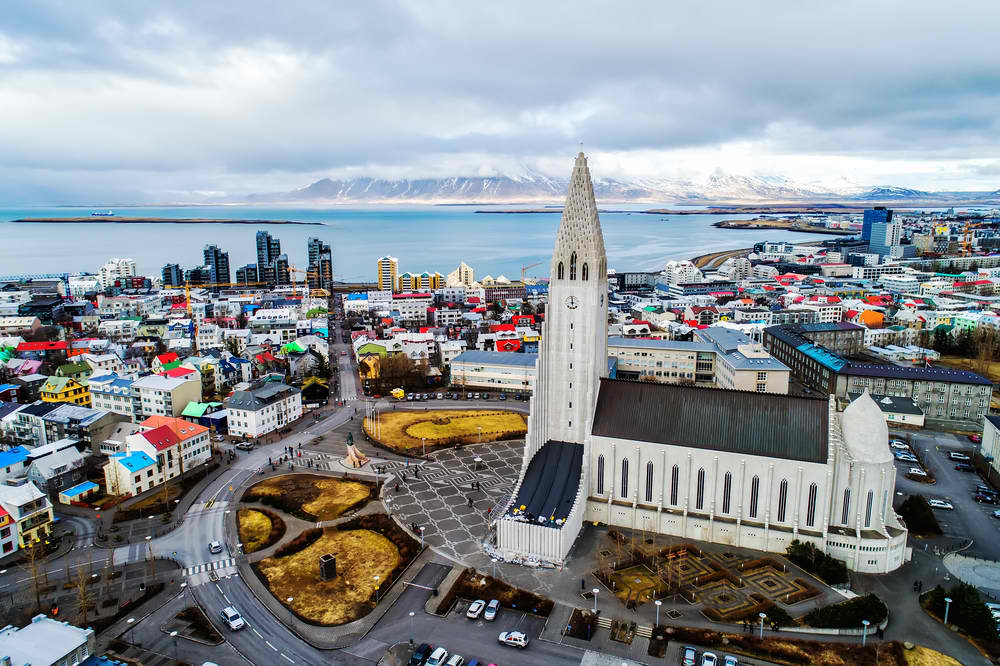
Of course, depending on where you’re traveling from, flights can be expensive. If you’re coming from Europe, you’ve lucked out. Whereas if you’re coming from Australia, you’ll pay more.
One last tip, it’s always a good idea to book your trip as far in advance as possible. Now that you have an idea of how cheap Iceland can be, the next step is to look for flights.
What we think an average daily budget for Iceland should be:
If you follow this advice, you can easily spend around $115 a day traveling through Iceland comfortably.

And for transparency’s sake, please know that some of the links in our content are affiliate links . That means that if you book your accommodation, buy your gear, or sort your insurance through our link, we earn a small commission (at no extra cost to you). That said, we only link to the gear we trust and never recommend services we don’t believe are up to scratch. Again, thank you!

Christina Grayt
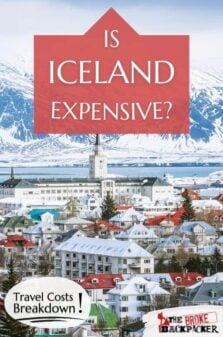
Share or save this post

Leave a Reply Cancel reply
Your email address will not be published. Required fields are marked *
Save my name, email, and website in this browser for the next time I comment.
Notify me of followup comments via e-mail.
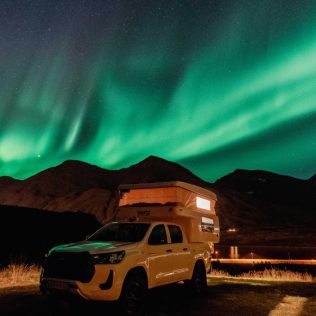
How Much Does it Cost to Go to Iceland? A Travel Budget 2024
In this travel budget estimate for Iceland in 2024, we will cover the cost of going to Iceland, why the prices in Iceland are so high, how much it costs to rent a car, and a full breakdown of all costs associated with a trip to Iceland, along with some money-saving tips that you can implement on your travels.
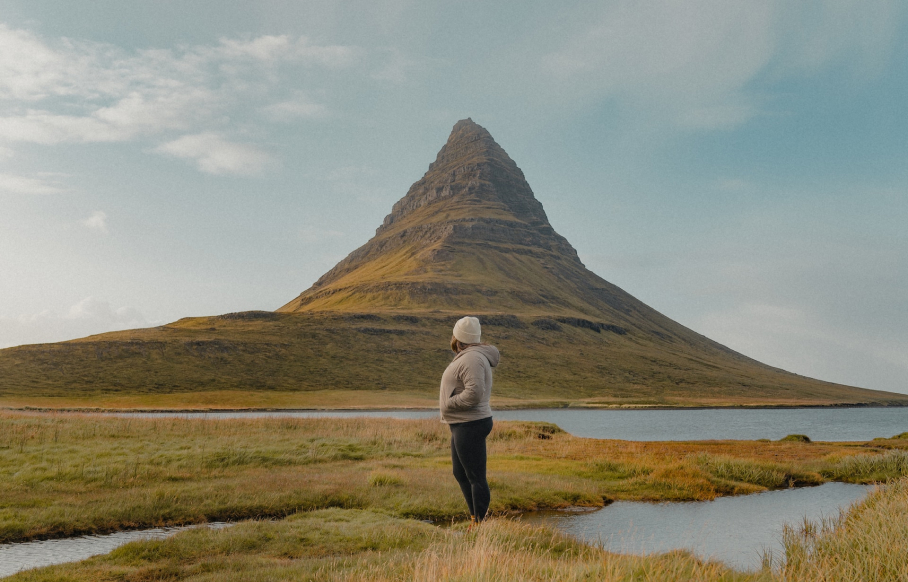
Famous for its breathtaking natural beauty and unique cultural heritage, Iceland is a truly unique travel destination for any world adventurer. Like with every trip, budgeting remains a top consideration when planning a trip to Iceland. And although Iceland is known as one of the most expensive destinations to visit, understanding the various costs associated with a trip to Iceland, along with some insider tips and tricks, will allow you to enjoy the country regardless of your budget.
The first question people ask before booking a trip is, “How much does it cost to go to Iceland?” Getting around Iceland is one of the main considerations when it comes to budgeting, as the country has limited transportation options and no metro or trains. That means you have to rely on either public tours or book a rental car to travel with full freedom.
Table of content
- Travelling time
Traveling method/Travel style
Stay duration
Group size
Type of experience
How Much Does a Flight Ticket Cost?
How much does it cost to stay in iceland estimated price per night, how much does it cost to eat in iceland estimated price per person, how much does it cost to travel around iceland , how much does it cost to rent a car in iceland , how much does gas cost , how much to budget for other expenses are attractions in iceland free, why is iceland an expensive country, budget saving tips.
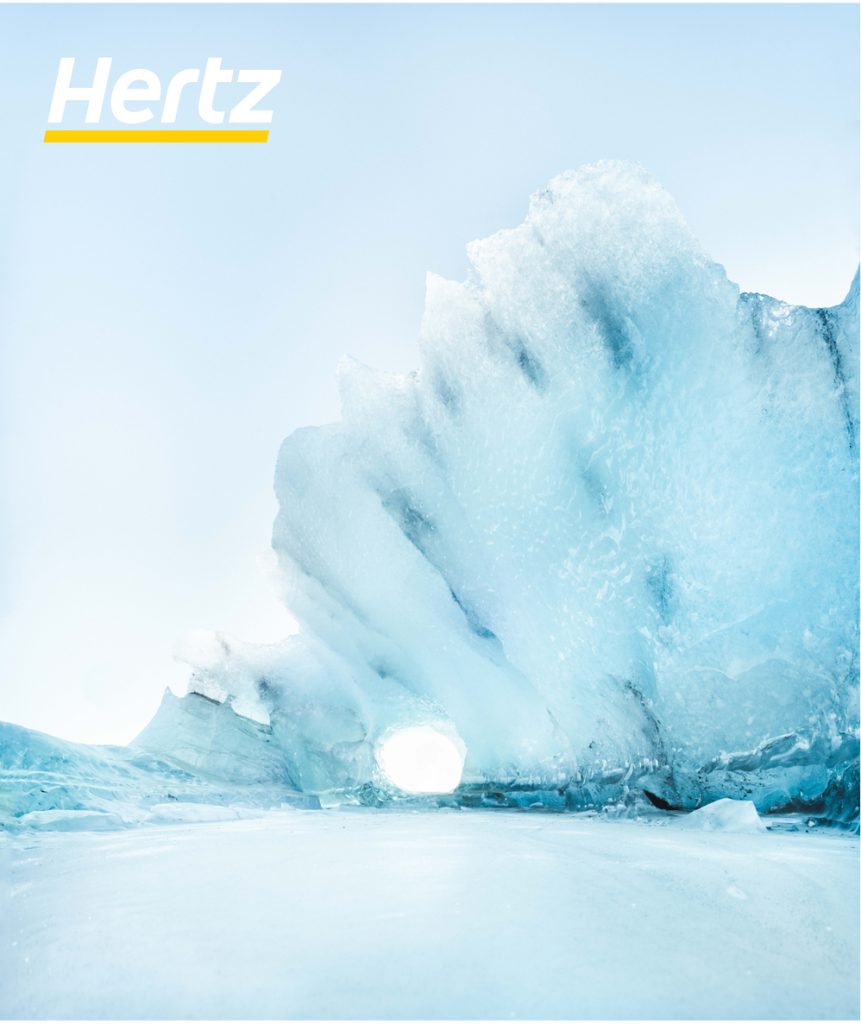
Calculating the Cost of Traveling in Iceland: What Affects the Cost?
Several factors can influence how much you will spend on your trip to Iceland, including what time of the year you visit, how long you plan on staying, what you plan on doing in Iceland, and what you do during your trip. Any of these factors can increase or decrease your expenses, and they are worth understanding.
Seasonality and its Impact on Costs
Traveling time
The most significant factor impacting the costs of a trip to Iceland is the time of year you choose to travel, as different seasons will have different cost implications. Since the summer period is high in traffic from tourists, prices of most goods and services tend to increase due to supply and demand. In the Iceland winter months and during off-season, prices are generally cheaper due to reduced crowds.
That said, you will need a more sturdy and well-equipped 4X4 vehicle to handle the winter road conditions, which could come with an increased price. It’s also important to note that you may want to book a longer stay during the winter as you will need to account for delays due to bad weather and build some extra buffer time into your itinerary. Additionally, the week of Christmas and New Year’s will typically be more expensive than the rest of the winter months.
How you travel will also impact how much you spend while in Iceland. Renting a car is the cheaper and preferred option since it costs way less than going on multiple tours. Plus, it allows you to plan your itinerary and change your mind without incurring further expenses than originally planned.
Many of the top attractions in Iceland are free to visit, but you’ll need a car to get there. Tours will always cost you money and will also limit the places that you can actually visit.
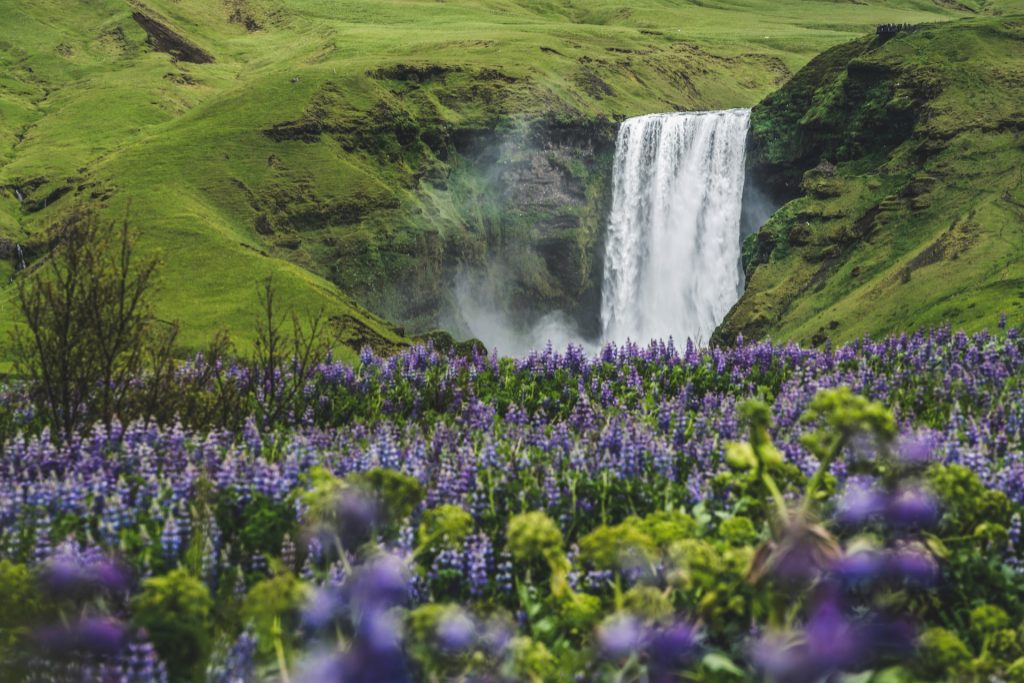
How long you choose to stay in Iceland is another important factor in determining how much your trip to Iceland will cost. Regardless of season or vehicle choice, longer stays mean more money spent on expenses like food, lodging, rental cars, and gas.
A great way to save money when traveling to Iceland is by traveling in a group, which allows you to compile resources for shareable expenses like accommodation, food, transportation, and even some experiences and attractions. In addition to creating lasting memories with loved ones, sharing the costs is one of the best ways to make your trip more budget-friendly.
Ultimately, deciding how much you will spend on a trip to Iceland depends on how much you have available in your budget. Solo travel on a shoestring budget at the right time of the year would cost about ISK 12675 ($90) per day, while an all-expense luxurious trip would set you back up to ISK 40,843 ($290) per day. On average, however, people spend around ISK 27,531 ($195) daily on trips to Iceland, excluding airfare.

Breakdown of Costs for a Trip to Iceland
Now, let’s break down the costs of each aspect of a trip to Iceland so you can effectively budget how much you will need to spend.
In the summer, when crowds are always at their highest, flight tickets from North America to Iceland typically cost between ISK 84,504 ($600) and ISK 211,260 ($1,500), while flights from Europe would cost between ISK 60,203 (€400) and ISK 135,457 (€900).
During the offseason in winter, flight tickets from North America to Iceland typically cost between ISK 70,420 ($500) and ISK 169,008 ($1,200), while flights from Europe would cost between ISK 30,101 (€200) and ISK 90,304 (€900).
- Read more about: Iceland flights: airlines, airports, and destinations guide
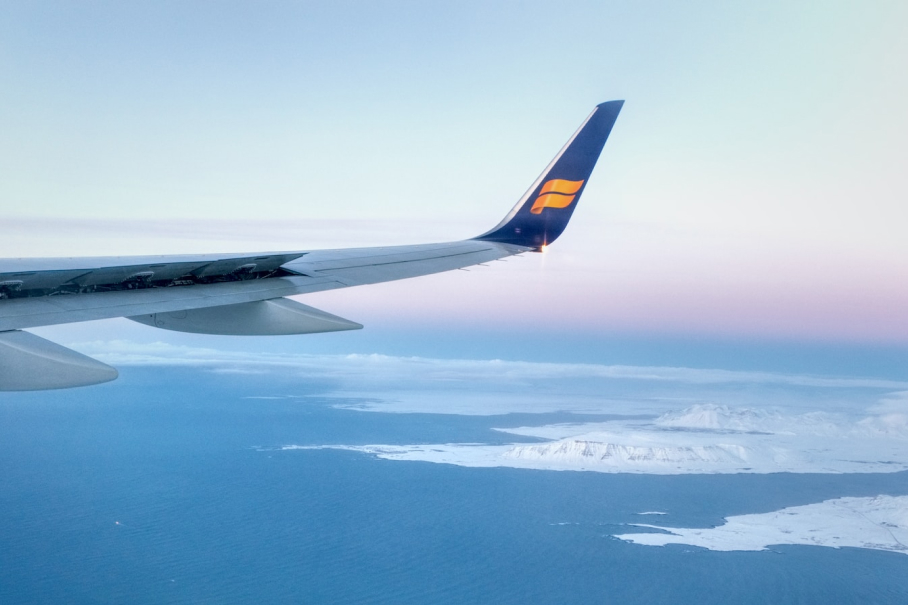
Different types of accommodation are available to tourists in Iceland, serving a wide range of price needs. From hostels and guesthouses, which are pretty affordable, to luxurious five-star hotels, which come at a much higher price point, you will always find an option for your budget.
Hotels
Hotels are the peak of luxury accommodation in Iceland. During summer, you might find reasonable spots that cost of hotel with private rooms and bathroom between ISK 24,928 ($177) per night and as much as ISK 225,762 ($1,500) for the highest-end places. During winter, hotel prices vary between ISK 14,084 ($100) and ISK 75,349 ($535) per night.
Hostels in Iceland are considering as more expensive then the hostels in other countries, but still hostels are the cheaper accommodation options for tourists travelling Iceland. During peak summer, hostels and guesthouses could cost between ISK 5,633 ($40) and ISK 20,562 ($146) per night. They could cost as little as ISK 3,521 ($25) to ISK 7,042 ($50) per night in winter.
AirBnb
In the summer, you can get an AirBnB for as low as ISK 8,450 ($60) for shared spaces and as high as ISK 47,322 ($400) for a single unit, but it could easily stretch much higher depending on what type of Airbnb you book. During winter, you can get them as low as ISK 5,633 ($40) for shared spaces and as high as ISK 49,294 ($350) for a single unit.
Camping
Camping in Iceland is a great way to experience the country. For campervans or tenting, the cost for a campsite is between ISK 1,408 ($10) and ISK 13,098 ($93) per night. Camping during the winter months in Iceland is highly discouraged, and we do not recommend this due to severe weather conditions like extreme cold and snow storms that could hamper safety.
Additionally, most of the campsites will be closed in the winter months anyway. But during the summer in Iceland , it’s one of the most inexpensive accommodation options.
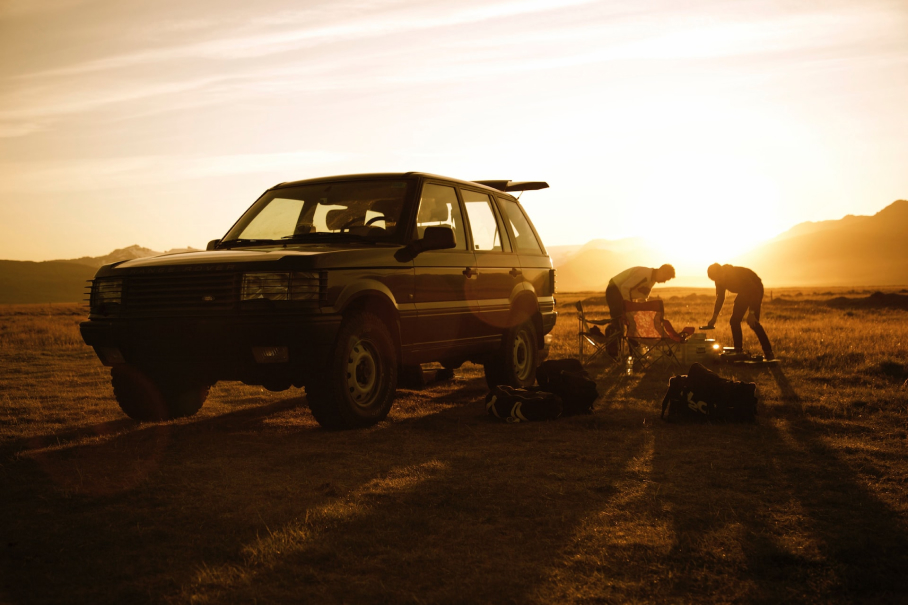
Food in Iceland can be expensive when compared to other European countries, but that does not mean there aren’t ways around the high cost. For example, you could spend as little as ISK 2112 ($15) daily if you make your meals from store-bought groceries.
Expectedly, the best in fine dining and high-end restaurants located in the capital city of Iceland have steep prices. As a result, one meal can cost up to ISK 11267 ($80) at a nice restaurant in the city, and even more depending on what you have to drink.
On the other hand, some restaurants could cost between ISK 3,943 ($28) to ISK 7,887 ($56) per meal, while fast food is the least expensive food, and you can get Iceland’s famous hotdogs for around ISK 845 ($6) hotdogs or combo meals for ISK 3,943 ($28).
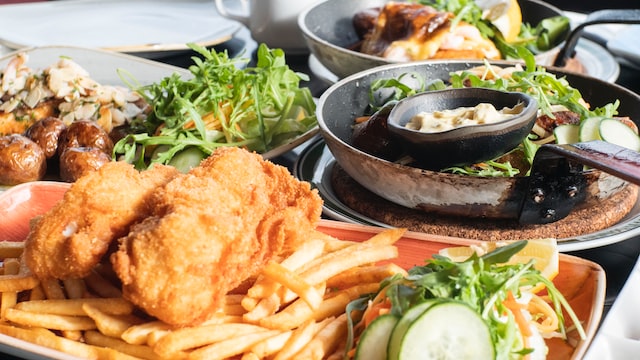
The price of transportation around Iceland depends mainly on what you intend to see and where you wish to go. Several bus tours operate year-round, and others only operate in the summer. However, the most popular one among visitors to Iceland is the Golden Circle tour, which touches most of Iceland’s iconic attractions.
A full-day tour of the Golden Circle will usually cost between ISK 16,900 ($120) and ISK 28,168 ($200).
Rather than take tours, we recommend renting a car to visit Iceland attractions yourself since many of them are free to enter. You can find more information on the cost of rental cars below.
The cost of renting a car in Iceland varies depending on what type of car you require and the time of year when you rent it.
Small cars like the Volkswagen Golf cost ISK 39,435 ($280) per day when you rent them during the summer, but that price goes down to ISK 18,309 ($130) during the winter.
Mid-sized cars like the Toyota Corolla, which can seat up to five people, will cost around ISK 46,477 ($330) per day in the summer and ISK 22,534 ($160) during the winter.
Full-sized cars with lots of space, such as the Toyota Land Cruiser, are priced at ISK 73,236 ($520) per day during the summer and ISK 32,393 ($230) in winter.
As of the time of writing this, gas in Iceland costs ISK 1,205 ($8.7) per gallon, but the price has fluctuated between ISK 1,162 ($8.25) and ISK 1,234 ($8.76) in the last year.

Most attractions in Iceland are free when travelling around the island via Route 1 Ring Road, only a few classic attractions, for example the black sand beach, Seljalandsfoss waterfall, thingvellir National park, they do charge a small parking fee. But if you want to visit some museums during your time spend in Reykjavik, that will cost.
Approximate cost of Souvenirs and Shopping in Iceland: from 10,000 ISK
When visiting Iceland, shopping for souvenirs is a delightful way to preserve memories of your trip. The prices for common souvenirs vary, with typical items like Icelandic wool sweaters, locally made crafts, and Viking-themed memorabilia.
For instance, a classic Icelandic wool sweater can cost anywhere from ISK 10,000 to ISK 25,000, depending on the quality and design. For more budget-friendly options, tourists can look for smaller items like keychains, postcards, or volcanic rock jewelry, typically ranging from ISK 500 to ISK 4,000.
To find value-for-money purchases, it is advisable to shop at local markets or stores away from main tourist areas, where prices are often inflated. Places like Kolaportið, Reykjavik’s flea market, offer a wide range of items at more reasonable prices compared to souvenir shops at popular tourist destinations.
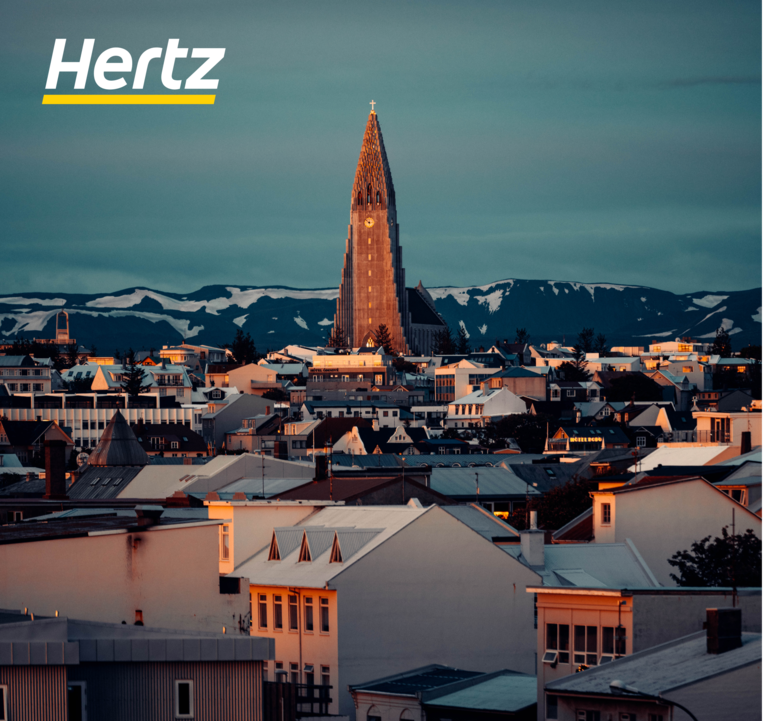
Entrance Fees for Popular Tourist Spots in Reykjavik: from 6,990 ISK
Iceland is home to numerous attractions, and while many natural wonders like the famous black sand beach at Reynisfjara are free to visit, some popular spots do have entrance fees.
For example, a visit to the Blue Lagoon, one of Iceland’s most iconic geothermal spas, can cost between ISK 6,990 to ISK 9,990 for a standard package, including a silica mud mask and use of a towel. Other notable attractions include the Perlan Museum in Reykjavik, where entrance fees are around ISK 2,900 per adult, and the Whale Museum in Husavik, which charges about ISK 2,200 per adult.
Additionally, some of the national parks and protected areas might have parking fees or charges for guided tours, although access to the park itself is typically free. It’s always a good idea to check for updated prices and book tickets in advance for popular activities in Iceland, especially during the high tourist season, to avoid last-minute price surges and ensure availability.
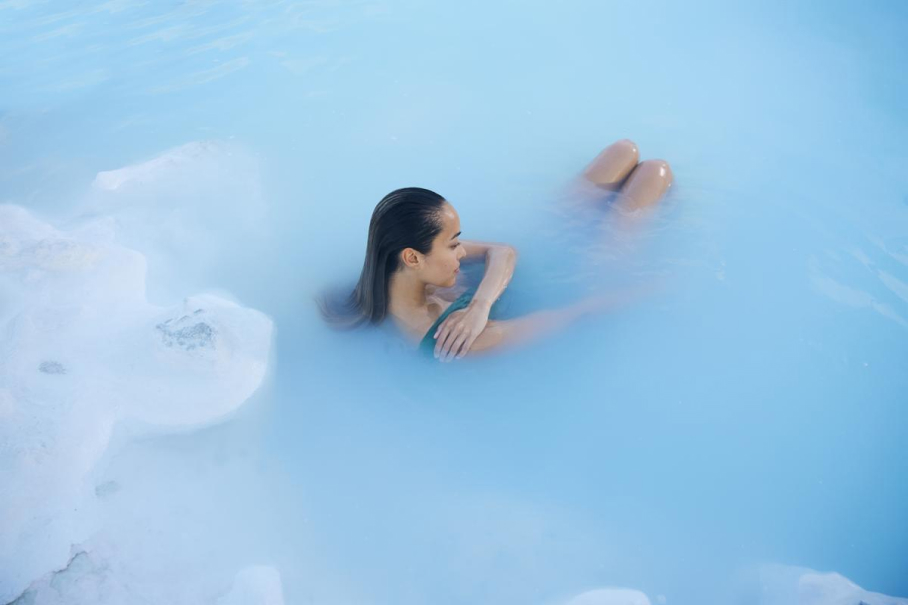
Being in the far reaches of the North Atlantic Ocean certainly has its perks. The incredible views and the serenity of being distant from more central European countries make Iceland a dream destination. However, the downside to its unique location is how it impacts costs.
Iceland is at least five-and-a-half hours away from the United States by flight, and its distance from major cities worldwide means that imports are complicated and often expensive. This would be fine if Iceland did not have to depend on importation for most of its day-to-day needs, but unfortunately, the country relies heavily on imports due to a short supply of natural resources.
In addition, Iceland’s quality and standard of living are high, given that the country’s working population, which is 90% employed, is paid premium wages and, in turn, pays high taxes. The flow of wealth in Iceland’s communities has given rise to a high cost of living in the country and makes it difficult to find cheap alternatives to necessities for tourists because they do not exist for the locals either.
An upsurge in tourism and exploration of Iceland’s many famous attractions has increased the demand for items and services like accommodation, tours, rental cars, tickets, and activities that make up a large part of any holiday planning. Recent inflation also plays a role in Iceland’s high cost of commodities and services. At the same time, the fluctuating Icelandic currency also requires you to pay attention to global and local foreign exchange trends while in Iceland.
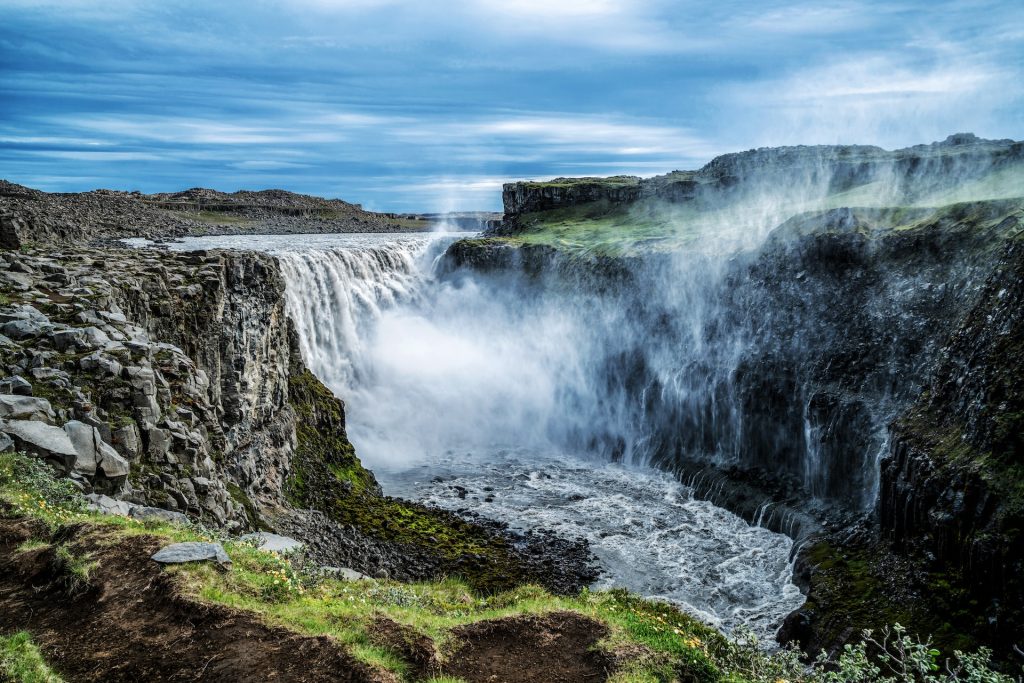
In-Depth Exploration of Iceland’s Cost Factors
Local Economic Factors Affecting Prices
Iceland’s geographical isolation significantly impacts the cost of goods in the country. Located in the North Atlantic, far from mainland Europe and North America, Iceland relies heavily on imports for many of its essential and non-essential goods. This reliance on importation naturally leads to higher costs. Everything from food items to consumer goods must be transported over long distances, often incurring substantial shipping fees, which are then passed on to the consumer in the form of higher retail prices.
Additionally, the limited local production capacity in various sectors means that the country cannot offset these costs by producing more goods domestically. This situation results in a higher cost of living compared to many other countries, affecting both residents and tourists alike.
Contrary to what one might expect, Iceland’s energy costs, predominantly sourced from renewable resources like geothermal and hydroelectric power, play a unique role in its economy. While these renewable sources provide relatively cheap and abundant energy, the initial infrastructure setup for harnessing these natural resources involves high costs.
These expenses, in turn, can contribute to the overall cost of services and goods in Iceland. However, it’s also noteworthy that the abundance of renewable energy has attracted energy-intensive industries to the country, which positively impacts the economy but can also lead to increased competition for resources.
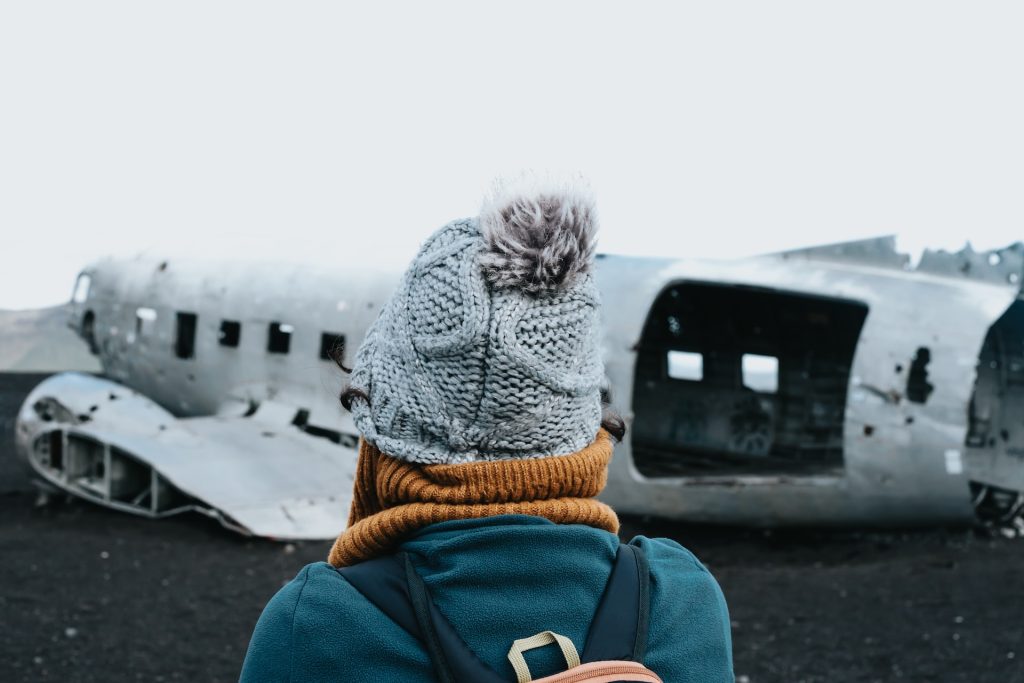
Impact of Tourism on Iceland’s Economy
Tourism has become a cornerstone of the Icelandic economy. The breathtaking landscapes, unique geological features, and the allure of the Northern Lights have turned Iceland into a popular tourist destination. This influx of tourists has led to increased demand for accommodation, food services, and travel-related services, driving up prices due to the high demand, especially during peak travel seasons. The revenue generated from tourism significantly contributes to the national economy but also results in a cost structure that caters to tourists, often at premium prices.
Sustainable Tourism and Its Costs : Iceland has been a proponent of sustainable tourism, aiming to preserve its pristine natural environments while catering to tourists. Sustainable tourism initiatives often involve investing in environmentally friendly infrastructure, promoting responsible travel practices, and ensuring that tourism does not adversely affect local communities and ecosystems.
These initiatives, while crucial for long-term preservation, often come with higher operational costs. These costs, necessary for maintaining the balance between welcoming tourists and preserving natural beauty, are reflected in the pricing of tours, accommodations, and other tourist-related services in Iceland.

Despite having a reputation for being an expensive destination, there are several ways that you can save money on your trip to Iceland.
- Consider visiting during the off-season and shoulder seasons , when the crowds will be significantly less than during the summer. This will save costs on flight tickets, accommodation, car rentals, and even food and activities.
- Always book in advance. Get your essentials, like Iceland flight tickets and rental cars, ahead of schedule as much as possible. This way, you can avoid any last-minute price hikes and also ensure that you don’t miss out on availability and end up unable to book your preferred options.
- With the price of restaurant meals in Iceland, the most budget-friendly way to dine is to cook your own food. Many hostels, Airbnbs, campgrounds, and campervans have provisions for cooking, and grocery stores are never far away. So, with a little effort, you can spare yourself the cost of an expensive restaurant meal and make food to your taste.
- If your accommodation or itinerary does not allow you time or space to cook meals, then this could be the time to embrace the fast food options in Iceland; after all, it is a vacation. But if you have it in the budget, we do recommend trying out some local Icelandic cuisine .
- Enjoy free activities and attractions as opposed to tours and paid entertainment. For example, instead of going to a paid Iceland hot springs or geothermal bath, you can opt for more remote, free hot springs enjoyed by locals while also getting a more authentic experience.
- There are also several accessible black sand beaches , glacier lagoons , Iceland waterfalls , and hiking trails that satisfy your thirst for adventure in Iceland without costing more than gas money or transportation to reach these areas since they are free to access.
- Bring your own water bottle. A simple water bottle will save you money that you would have otherwise spent on bottled water, as you can safely drink tap water in Iceland and fill your water bottle at rest stops instead of buying water at different venues and public attractions.
- Consider traveling with a friend or family member to split the costs. Many essentials like gas, food, rental cars, and accommodation can be divided between two or a larger party to break heavy expenses into lighter loads for each individual.
- Eat in local markets and food halls in Iceland is not just a culinary adventure; it’s a smart way to keep your dining budget in check. These places offer a diverse array of Icelandic specialties at prices that are much more wallet-friendly than what you might find in upscale restaurants. For instance, at Reykjavik’s Grandi Food Hall or Hlemmur Food Hall, you can savor everything from traditional Icelandic snacks to international dishes, all without breaking the bank.
- Making the Most of Tax-Free Shopping. This is particularly beneficial for tourists planning to make substantial purchases. Look for stores displaying the “Tax-Free Shopping” signage, and remember, your total purchase needs to be at least ISK 6,000 to qualify. Keep your receipts and fill out the tax-free form provided by the store. When you’re heading home, show these forms along with your items at the airport or port customs for validation, and you can claim your refund right there in the departure area. This process effectively reduces the cost of your shopping, giving you more value for every dollar spent.
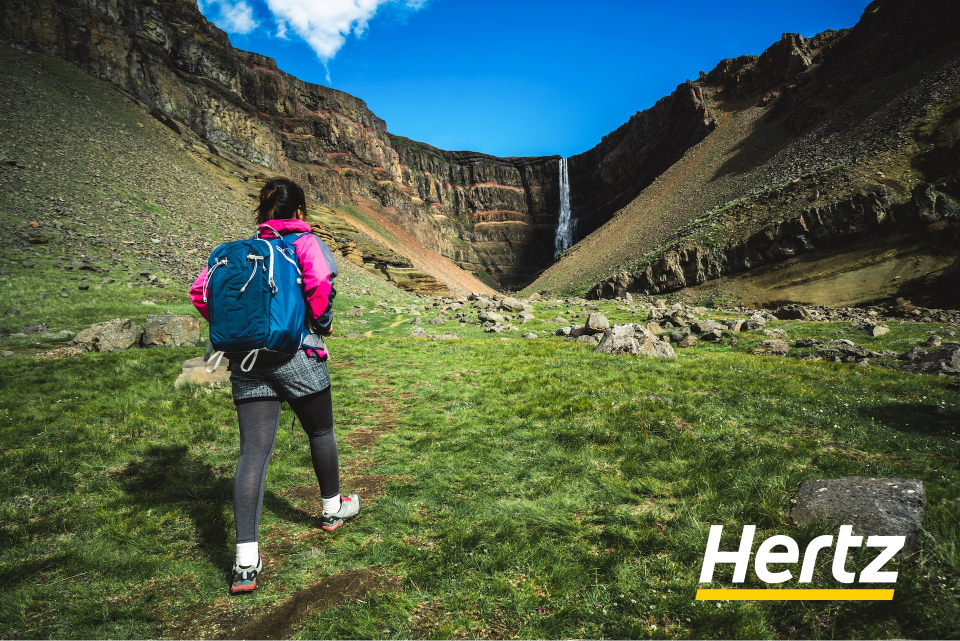
Cost Guide to Iceland
This cost guide to Iceland has provided detailed information on how much it costs to go to Iceland, along with key details on the average cost of trip essentials and factors that could cause those prices to change throughout the seasons. By following our tips on the best ways to save money while on vacation in Iceland, you can keep your trip within your budget, regardless of what that is.
One of the best ways to save money on your trip to Iceland is to book a rental car online and in advance with Hertz Iceland to lock in the rental rate before it fluctuates. By securing your rental car prior to your trip, you can ensure you get the best deal and the perfect vehicle to explore the wondrous landscapes of Iceland.
Best rental cars in Iceland for all seasons
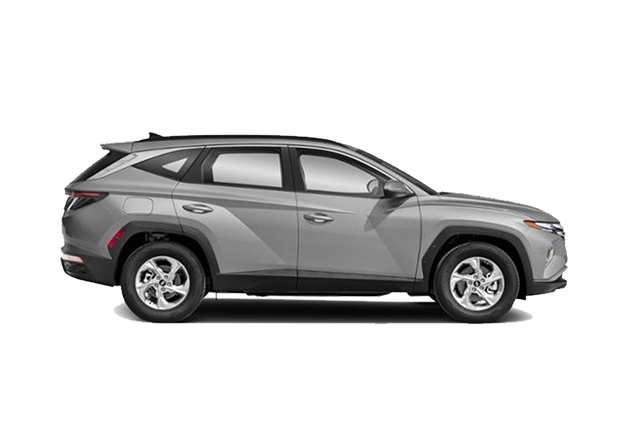
Hyundai Tucson Plug-in Hybrid or similar | Automatic | 4×4
Ifai | group: n3 (ifai).
- Airconditioning
This vehicle is NOT allowed in the highlands F-roads. NOTE: Allowed on roads no.35 and 550. You must be 23 years of age to drive this vehicle.
Additional Features
- 3 Large Luggage
- 4 Wheel Drive
- 46 C0 2 g/km
- Adjustable Steering
- Cruise Control
- Electronic Stability Control
- Power Steering
- Power Windows
- Remote Locking
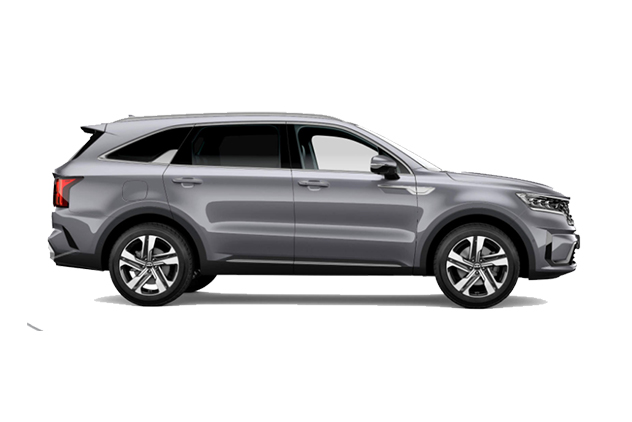
Kia Sorento Plug-in Hybrid or similar | Automatic | 4×4
Sfdi | group: o6 (sfdi).
This vehicle is NOT allowed in the highlands F-roads. NOTE: Allowed on-road no.35 and 550. You must be 23 years of age to drive this vehicle.
- 4 Large Luggage
- 38 C0 2 g/km
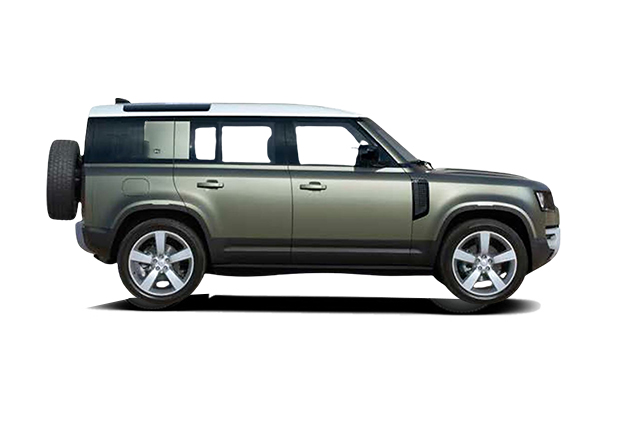
Land Rover Defender or similar | Automatic | 4×4
Pfan | group: g6 (pfan).
Suitable for highlands, Please read the Terms & Conditions. You must be 25 years of age to drive this vehicle.
- Petrol or Diesel
- 234 C0 2 g/km
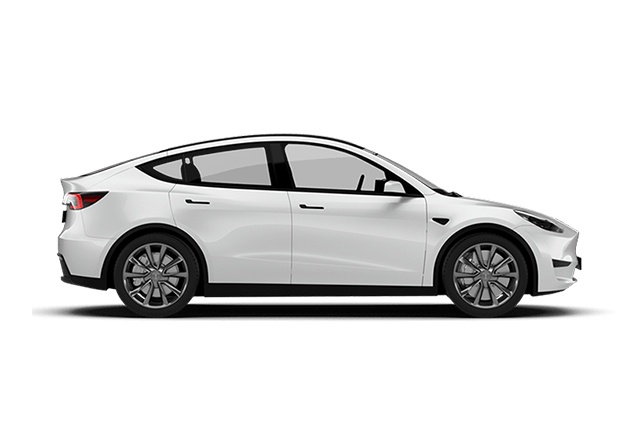
Tesla Model Y or similar | Automatic | 4×4
Ugdc | group: v1 (ugdc).
This vehicle is NOT allowed in the highlands F-roads. You must be 23 years of age to drive this vehicle.
- Traction Control
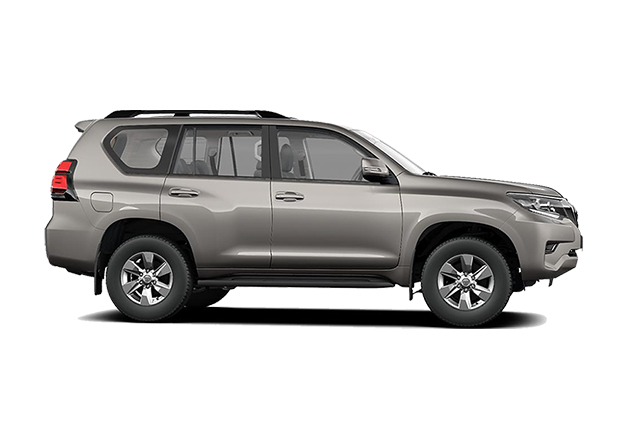
5 seats Toyota Land Cruiser or similar| Automatic | 4×4
Ffar | group: i (ffar).
Suitable for the highlands. Please read Terms & Conditions. You must be 23 years of age to drive this vehicle.
- 5 Large Luggage
- 251 C0 2 g/km
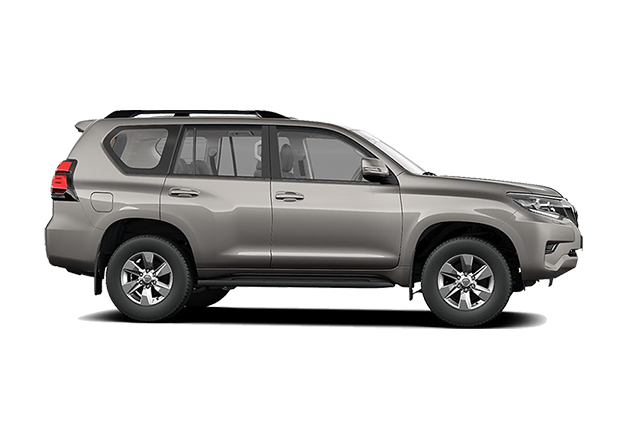
Toyota Land Cruiser 7 seater or similar | Automatic | 4×4
Fvan | group: h (fvan).
- 2 Large Luggage
- 252 C0 2 g/km
Manage Booking

How to Visit Iceland on a Budget: The Ultimate Guide

Once a sleepy, relatively isolated island, Iceland has recently become one of the hottest travel destinations on earth.
When I first went to Iceland in 2009, right after the country’s famous 2008 financial collapse but before the 2010 volcanic eruption of Eyjafjallajökull, most people were dumbfounded as to what would draw me to this remote speck of land in the North Atlantic. By my fifth trip, in 2015, people no longer asked what drew me to Iceland. They knew—thanks to a plethora of press about Iceland and the staggeringly beautiful photos all over Instagram—and they were planning their own trips too. Now, if you haven’t been to Iceland yet, you probably know someone who has, and if you are reading this guide, it’s likely you are itching to go next.
Visitors go to marvel at the country’s surreal landscapes: its windswept beaches, snow-capped mountains, and steaming geothermal valleys. To pet the friendly, adorably fuzzy Icelandic horses. To soak in hot springs in the snow, stare in awe of the Northern Lights dancing overhead, stand atop Europe’s largest glacier, or bask in the spray of the continent’s most powerful waterfall.
For a small country (roughly the size of the U.S. state of Ohio), Iceland is incredibly diverse, and packs so much punch into a compact space. Here’s your ultimate guide to the wild, rugged, and stunningly beautiful country of Iceland.
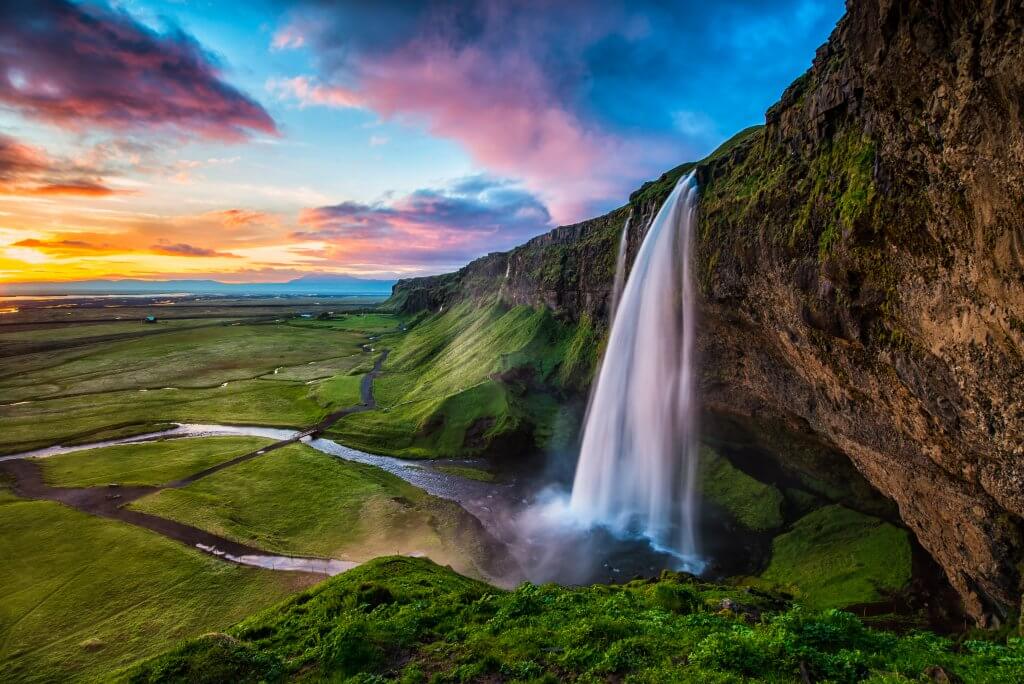
How much does a trip to Iceland cost?
Iceland is expensive, there’s no getting around it. Food, activities, and hotel prices are on par with major cities like London and NYC. Think: $100 minimum for a charmless hotel room, $10 for a beer, $35-$40 for a dinner entree in a mid-range restaurant.
How much you spend will depend factors like what level of accommodation you choose, if you opt for a rental car, how many tours you take, how often you eat out, if you like to have a few drinks, and so on. A minimal budget for Iceland is $60-80 USD per person per day — and that’s staying in a hostel dorm, cooking most of your own meals, skipping tours, and taking buses.
A mid-range budget is more like $200 USD per person per day. That provides some wiggle room for nicer accommodation, a rental car, a tour or two, and a few more meals out—though you could easily spend more.
However, there are ways to cut costs. Use HotelsCombined to break down both hostel and hotel options. In summer, camping is a great option; campsites cost about $10 per night and have showers and wifi. Buy snacks and meals at local grocery stores, and refill your water bottle from the tap (fun fact: Iceland’s tap water is among the cleanest on earth). If you plan to drink, do as the locals do and stop by the airport duty free to save big on liquor. You can also check the weekly Reykjavik Grapevine for happy hour deals. And while there are some things you can’t do without a tour ( glacier trekking , for example), many of Iceland’s best sights are free or cost just a few dollars.

Getting there
From the U.S. and Canada, Delta, Icelandair, American Airlines, Air Canada, and others connect dozens of airports with Iceland’s Keflavik international airport, which is located in the southwest about 45 minutes from Reykjavik. To find the best flights prices, use a broad search engine like Skyscanner (which includes budget airlines) and select “entire month” to identify the cheapest dates to fly.
From Europe, it’s even cheaper and easier to reach Iceland. In addition to Icelandair, several European carriers serve the island, including easyJet , British Airways, Wizz Air, KLM, and SAS. Prices from London start as low as $43 USD for a quick 3 hour flight. All of these airlines will appear in Skyscanner search results.
For travelers going to Europe from North America (or vice versa), Iceland is an easy stopover. All flights on Icelandair stop in Iceland, where passengers are allowed to extend their layover before continuing on, though this must be arranged at the time of booking. You can also extend your layover yourself with a multi-city search engine like Skyscanner or Momondo by following our guide to free extended layovers .
The budget airline WOW Air was instrumental in making Iceland more accessible and affordable to reach from both North America and Europe, but unfortunately, the airline went bankrupt in March 2019. Fortunately, the airline is under new ownership, and flights are scheduled to resume in October 2019, starting with 2 planes in operation, then 10-12 planes by summer 2020. If the airline operates like before, expect base prices as low as $99 each way, as well as frequent sales, especially around holidays like New Years and Black Friday. But like any budget airline , watch out for extra fees, as they charge for everything from carry-on luggage to bottled water.
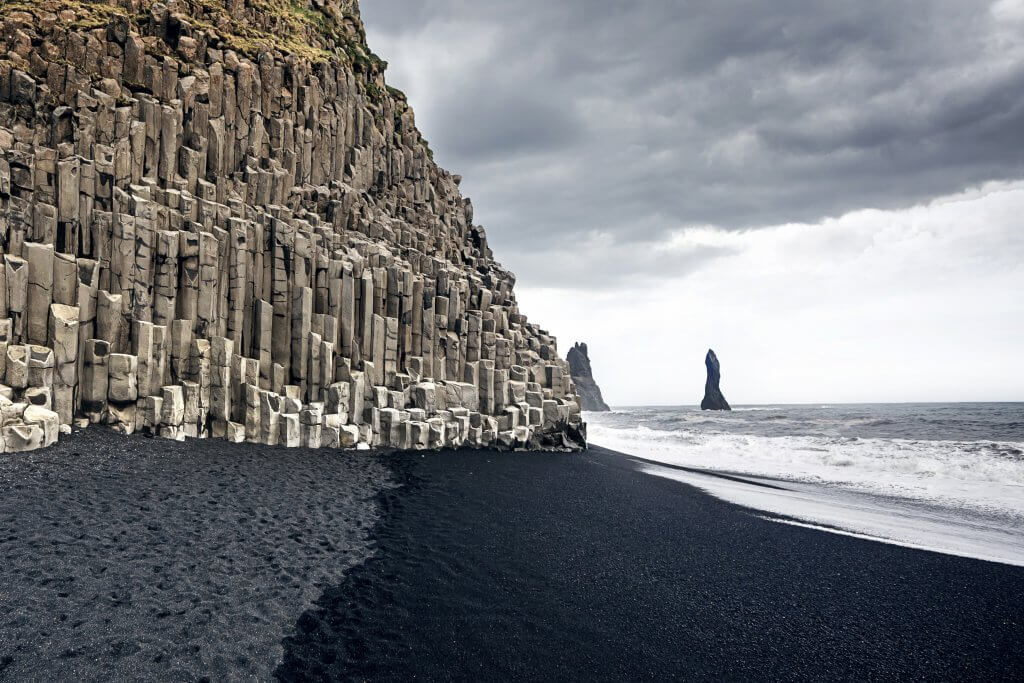
Natural wonders
Iceland is known for its otherworldly landscapes. There are volcanic black sand beaches, absurdly shaped basalt cliffs, turquoise waterfalls, abundant hot springs, multi-colored rhyolite mountains, puffing volcanoes, brilliant glaciers, and more. Best of all, you don’t even have to venture far from Reykjavik to see these natural wonders. Among the highlights are Reynisfjara black sand beach, the multi-tiered Dynjandi waterfall, Jökulsárlón glacial lagoon, Vatnajökull glacier, the Reykjadalur hot spring valley, and Katla volcano.
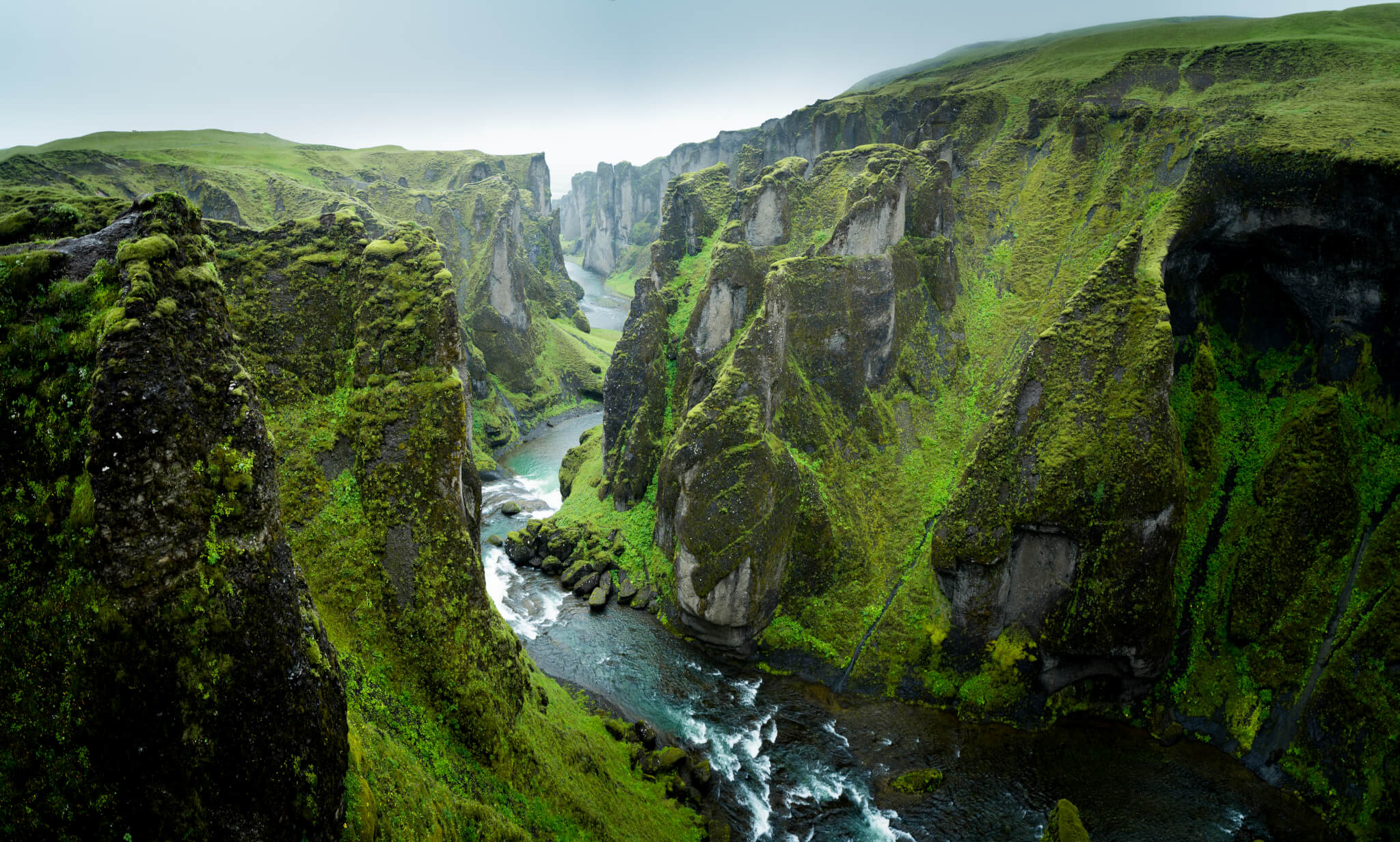
Pools and hot springs
The same geothermal activity that produces Iceland’s volcanoes produces its hot springs—and lots of them. Some of the notable ones include Laugarvatn Fontana Spa , Secret Lagoon , and Myvatn Nature Baths . Nearly every town in Iceland has a geothermal pool open all year round (admission costs only a few dollars). Of course, the most famous hot spring is the Blue Lagoon, a man-made pool fed with mineral-rich milky blue geothermally heated water. It’s located between Keflavik airport and Reykjavik, making it a great stop at the beginning or end of your trip. If you're based in Reykjavik, consider booking a return transfer with instant confirmation on GetYourGuide or Viator .
The Golden Circle
The Golden Circle is a route that connects three of southwest Iceland’s most popular sights. In one day, you can watch a geysir erupt at Geysir, marvel at the thundering Gullfoss Waterfall, and walk between the rift of the Eurasian and North American tectonic plates at Thingvellir National Park . Not technically en route but worthy of stopping for are the nearby Friðheimar tomato restaurant and greenhouse, Fakasel Horse Theatre, Laugarvatn Fontana Spa , and Secret Lagoon . If basing yourself in Reykjavik, the top sights in The Golden Circle can easily be seen in a day trip booked with immediate confirmation and pickup from your hotel on GetYourGuide or Viator .

While Iceland’s natural wonders deserve the bulk of attention, Reykjavik itself begs space in your itinerary too. This small, cosmopolitan city is the northernmost capital in the world and home to two-thirds of Iceland’s population. It also offers plenty to do, especially in inclimate weather. See the multimedia exhibits and excavated millennia-old Viking longhouse at the 871 +/- 2 Settlement Exhibition , wander the stunning Harpa opera house, or shop the Kolaportið weekend flea market. Reykjavik’s nightlife is also not to be missed. On weekends, locals hit the streets around 1am and the clubs stay packed until 4 or 5 in the morning.
The Northern Lights
The Northern Lights, or Aurora Borealis, can be spotted over Iceland from early September to early April. However, seeing them is never guaranteed despite Iceland being one of the best places to see them. Good solar activity and a clear night sky are essential. The Icelandic Meteorological Office forecasts the conditions on a scale of 0-9, and brilliant shows can be seen when the level is as low as 2-3. Generally it’s best to see the lights away from the city, but when they are particularly strong they are visible from Reykjavik. For more tips on seeing the Northern Lights, check out our guide here .
Sample Itinerary
While you could, technically, drive the entirety of Iceland’s Ring Road (the main highway that encircles the island – not to be confused with the Golden Circle) in about 24 hours, it’s far better to allow at least a week to take in all the sights—and allow for any weather delays.
The itinerary below assumes a trip in late spring, summer, or early fall. In winter (and especially if you don’t have experience driving in snow), it’s highly recommended to stick to the south coast, Golden Circle, and Reykjavik.
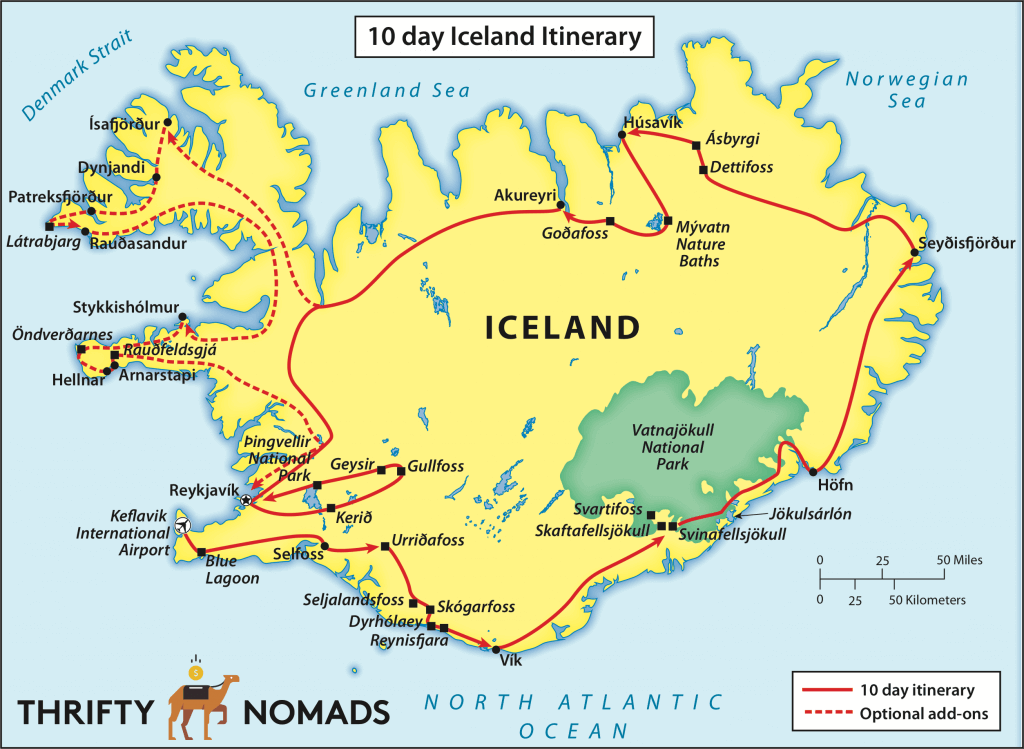
Day 1: From the airport, drive about 20 minutes to the Blue Lagoon . Soaking in its milky blue water is the perfect way to relax after hours cramped in a small airplane seat. Head southeast and stay the night in the small town of Selfoss . If not driving, book an airport transfer ahead of time.
Day 2: Drive east along Iceland’s south coast for a day filled with waterfalls, including Urriðafoss , Seljalandsfoss , and Skógafoss . Admire the cliffs at Dyrhólaey and then step out onto the black sand beach at Reynisfjara . Stay the night in the small village of Vik .
Day 3: Spend the day in Vatnajökull National Park, home to two huge glaciers Skaftafellsjökull and Svínafellsjökull . Join an ice-climbing tour or hike through the park’s Skaftafell wilderness area to the Svartifoss waterfall. In the afternoon, head farther east to Jökulsárlón , a stunning iceberg-dotted glacial lagoon where you can view the lagoon from shore or join a boat tour. Spend the night in Höfn , a seaside fishing village.
Day 4: Drive north to the quirky town of Seyðisfjörður in the less trodden East Fjords. Visit the Skaftfell Center for the Arts, head out on kayaking tour of the fjords, and snap instagram pics of the domed Tvisongur sound sculpture and the rainbow walkway leading to the blue Seyðisfjarðarkirkja church.

Day 5: Continuing northwest around the island, visit the most powerful waterfall in Europe, Dettifoss (just be prepared for a bone-jarring drive on a rough road) and then stop for a short hike around Ásbyrgi , a deep, horseshoe-shaped canyon that legend says was formed by the hoof of a Norse god’s eight-legged horse. Spend the afternoon in Húsavík , the whale watching capital of Iceland. If it’s whale season (spring through fall) go on a whale-watching tour; if not, stop by the Húsavík Whale Museum.
Day 6: Swing by the Mývatn Nature Baths , the north’s less-crowded version of the Blue Lagoon, and stop to marvel at Goðafoss , the “waterfall of the gods.” Spend the night in lively Akureyri , Iceland’s second-largest city.
Day 7: Complete your circuit of Highway 1, the Ring Road, by driving back to Reykjavik . See the view from the top of Hallgrímskirkja, the city’s iconic church; learn about Icelandic history at the 871+/- Settlement Museum, which features an ancient Viking longhouse and interactive exhibits; and treat yourself to a fantastic fish dinner at one of the city’s great (but pricey) restaurants.
Day 8: Explore three of Iceland’s most famous attractions, which together are called the Golden Circle. Start at Kerið ; the volcanic crater lake isn’t technically part of the Golden Circle, but it’s on the way. Then head to Gullfoss , a massive waterfall that rivals Niagara Falls, and on to Geysir . Though the eponymous geyser here no longer erupts, a geyser called Strokkur does every 15 minutes or so. You could break up the day with a visit to one of the nearby hot springs, like Laugarvatn Fontana Spa or the Secret Lagoon. Then finish the loop with a stop at Þingvellir National Park . The site of Iceland’s first parliament, it’s also where two tectonic plates meet, and you can walk in the rift between them. If you aren't driving, a day tour is the easiest way to see the Golden Circle's highlights, and can be booked through GetYourGuide or Viator .
Day 9-10: With a few more days in Reykjavik, plan some organized activities, like riding on an adorably stout Icelandic horse, snorkeling in the Silfra rift, caving, an Icelandic cooking class at Salt Eldhús or a food tour or pub crawl of the city.
If you have an additional few days, add on the Snaefellsnes Peninsula (Rauðfeldsgjá, Arnarstapi, Hellnar, Öndverðarnes, and Stykkishólmur), the Westfjords (Ísafjörður, Dynjandi, Patreksfjörður, Látrabjarg, Rauðasandur), or both. Another option would be to detour off the Ring Road into the interior Highlands (only from late May to mid-September) and camp overnight at Landmannalaugar.
If you’re limited on time, base yourself in Reykjavik. Allot one day for the city, one day for a day trip along the south coast or Golden Circle, and reserve one day for an activity like snorkeling the rift at Silfra or riding an Icelandic horse.
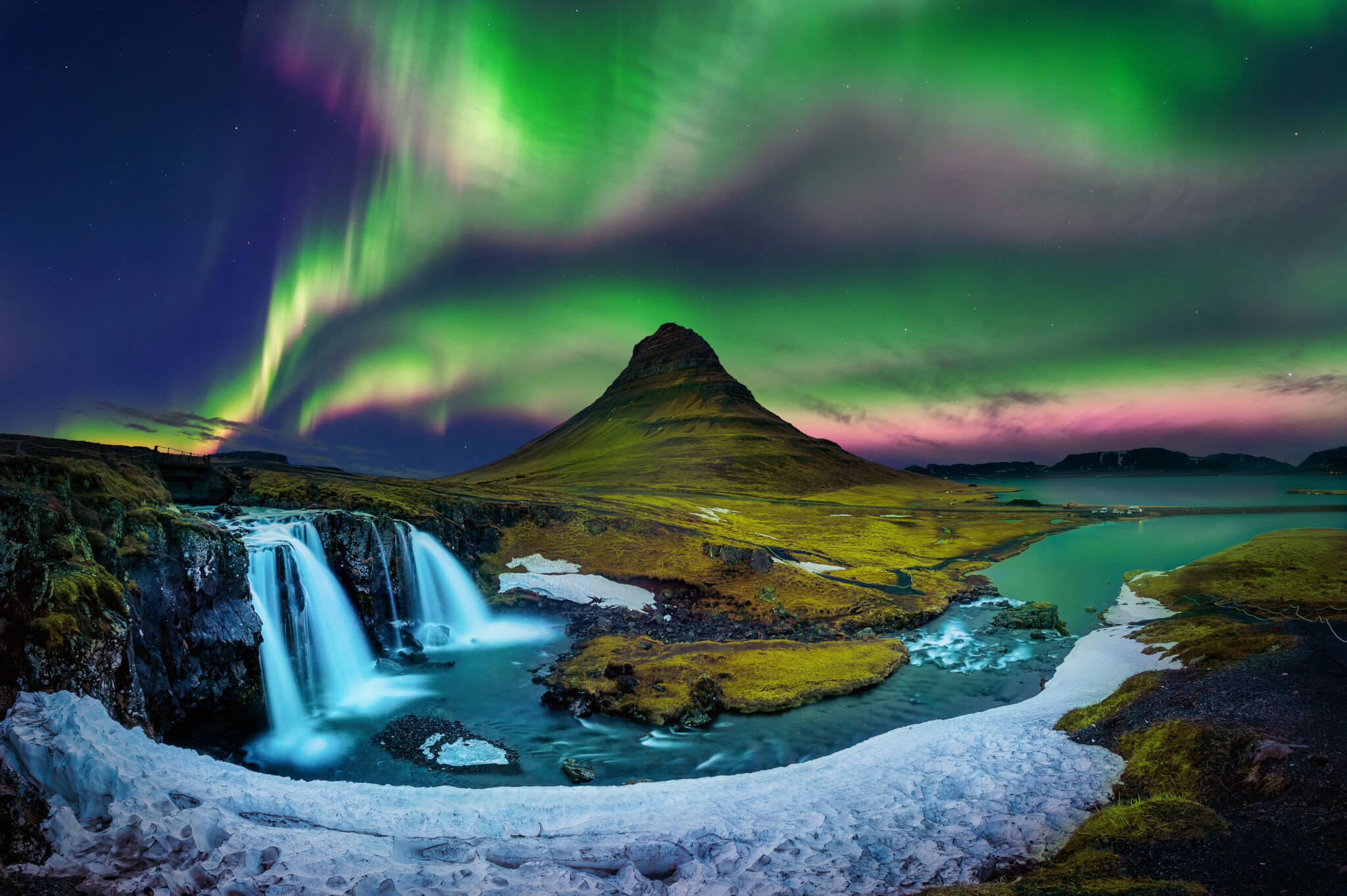
Where to Stay
As Iceland’s popularity has grown, so has the number of accommodation options available to travelers. Iceland now offers a wide variety of accommodation through the country, though Reykjavik still has the most options. On the budget end, prices start at around $30-50 per night for a dorm bed in a hostel. A one-bedroom Airbnb or double room in a guesthouse is typically $100-$150 per night. Check both Airbnb and HotelsCombined to see the cheapest prices across major booking sites for homestays, hostels, and hotels.
In Reykjavik, the no-frills Guesthouse Sunna goes for around $100 per night and offers small kitchenettes, a free breakfast, and a great location near Hallgrimskirkja church. Worth a splurge at around $250 per night, the Kvosin Hotel and Room with a View both offer stylish, modern rooms with kitchens and excellent city views in the heart of downtown.
Outside the city, you’ll find a range of hotels, lodges, Airbnbs, farmstays, guesthouses, b&bs, and cabins ranging from $100-$300 per night. Airbnb and Hey Iceland list apartments, cabins, guesthouses, and farm stays around the country.
Iceland’s peak season is June-August and it’s easy to see why. Nearly the entire country is accessible, the sun shines for almost 24 hours per day, the weather is generally mild, purple lupines and other wildflowers dot the startlingly green landscape, and temperatures range from 48F-55F (8C-12C). However, this is also when prices are at their highest.
Low season is the cold winter months of November–February (aside from New Year’s Eve and the annual Iceland Airwaves festival). Prices are at their lowest during these months—as are the temperatures, though Iceland’s winter temperatures are actually on par with New York City’s. Averages hover around 36F-39F (2C-3C), but strong winds can make it feel colder.
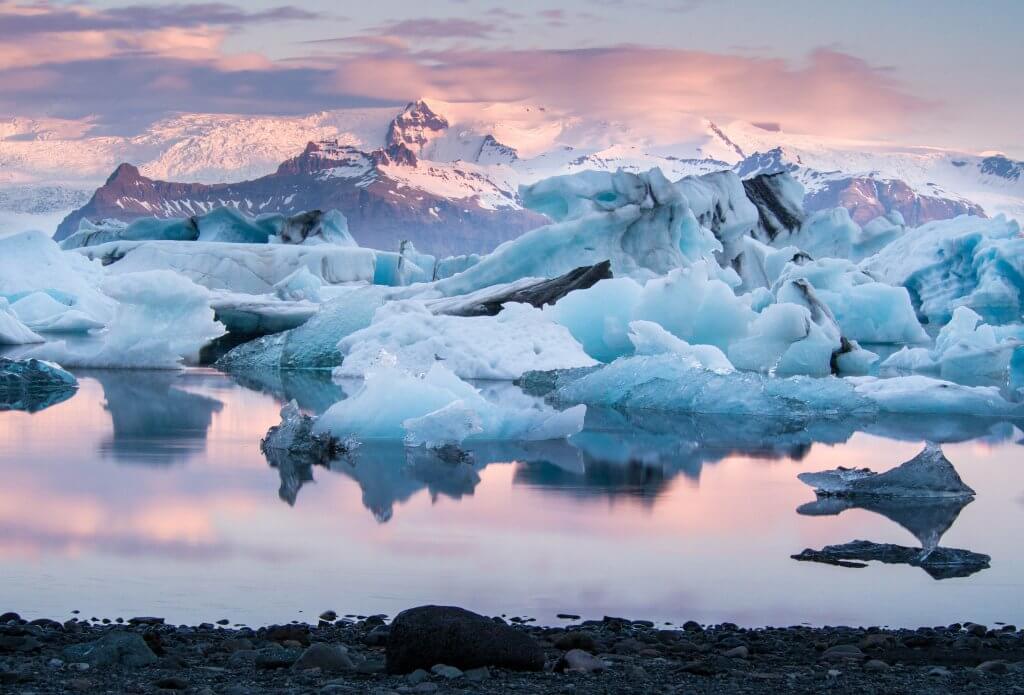
While you can still do many activities in the winter (even snorkeling!), there are some parts of the country you can’t visit, such as the interior Highlands, and you need to allow more flexibility in your plans in case a storm makes travel impossible on some days. These downsides, however, are offset by an increased chance to see the Northern Lights.
Iceland’s shoulder seasons are March-May and Sept-October. During these months the weather is relatively mild, crowds are fewer, and prices are lower. In May, spring flowers begin to bloom. In September, the lichen on the hills turns beautiful shades of yellow and orange. By March and October you may see some snow. There’s also a chance to see the Northern Lights, which are generally visible from early September to early April.
Eating & Drinking
Iceland isn’t known for its cuisine, at least outside its less enticing foods like boiled sheep’s heads and rotten shark. While those foods are still consumed on special feast days like Þorrablót, they bear little resemblance to modern Icelandic food.
Among the can’t-miss dishes that one must sample on a visit are:
- Tender, free-range lamb, served braised, grilled, or in soup
- Sweet langoustines (Norwegian lobster) served grilled with garlic and butter or in creamy soups
- Skyr, a low fat yogurt-like dairy product used in dips and desserts or eaten on its own
- Fish like cod, wolffish, plaice, haddock, and halibut.
As with accommodation, Reykjavik is home to the most options when it comes to dining in Iceland. For a splurge, head to Ko l, which serves creative cocktails and specializes in grilled fish and meats, or check out Dill , Iceland’s first Michelin-starred restaurant, which serves a prix fixe menu focused on using traditional ingredients in new ways. At either, expect to spend about $100 per person for dinner, not including drinks.
For a mid-range meal, try Icelandic Fish and Chips , which offers a healthier take on the classic dish, with fish fried in organic spelt batter and potatoes served with low-fat skyr-based dips. There’s also Eldsmiðjan, an Icelandic pizza chain, or Noodle Station , which serves hearty bowls of chicken or beef soup for around $13.

The cheapest meal in the country is also one of the most quintessential: the hot dog. For $4, get one loaded with raw and fried onions, ketchup, sweet brown mustard, and remoulade. The most famous place to get one is in Reykjavik at Bæjarins Beztu Pylsur, but you can find them at just about any gas station or convenience store in Iceland.
Alcohol is extremely expensive in Iceland, with a beer costing around $8-$12 and cocktails ranging from $15-20, however, many bars offer happy hour specials. There are several craft breweries in Iceland (sample their beers at bars like Kaldi or Bryggjan Brugghús) and a growing craft cocktail scene (like at the aforementioned Kol or Slippbarinn) . If you’re up for a challenge, try Brennivín, an anise-flavored liquor that’s known as “The Black Death.”
Transportation
Iceland has one of the highest rates of per capita car ownership in the world, and a correspondingly poor public transportation system. The FlyBus (cheapest on GetYourGuide ) provides affordable, reliable transport from Keflavik airport to Reykjavik and within Reykjavik there are city buses and taxis (though the downtown is compact and easily walkable). But if you want to go exploring beyond Reykjavik—and you should—your best bets are to either join a tour (we recommend browsing GetYourGuide and Viator ) or rent a car. Car rentals cost about $100 per day (more if it’s peak summer or you want 4WD) and gas costs almost $2 per liter. Use BookingBuddy to find the best price across major car rental websites from one place.
During the peak summer months, a network of long-distance buses connects Reykjavik to major towns and points of interest, including the interior Highlands, but you’ll need to plan ahead as there’s often only one bus per day. Some travelers have reported great success with hitchhiking as well, but this is only recommended during peak summer; in off season or on less-traveled roads you could be waiting hours until the next car comes by.
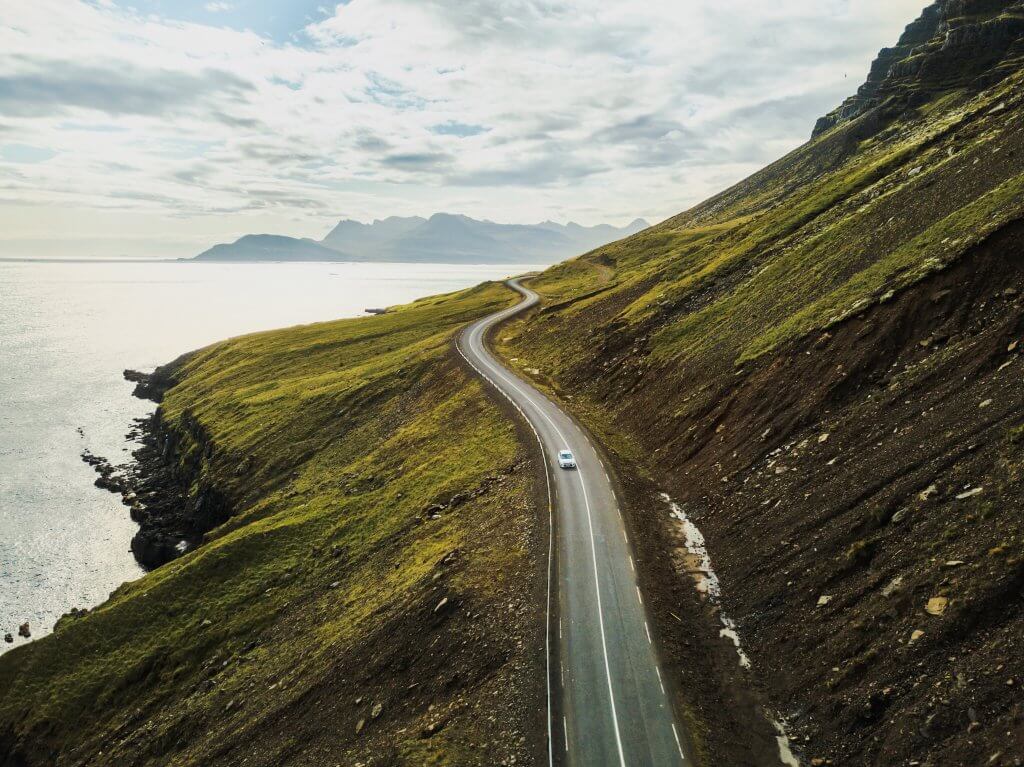
For longer distances when you don’t want to drive, internal flights are another option. From Reykjavik’s city airport, you can fly to Akureyri in the north, Isafjordur in the Westfjords, Egilsstaðir in the East Fjords, or to the Westman Islands. Search Skyscanner by “entire month” to find the cheapest dates to fly.
While most of Iceland’s main attractions and natural wonders are free (or cost just a few dollars), there are several things you simply can’t do on your own and will need a tour to do, such as glacier trekking , snowmobiling , ice caving , whale watching , horseback riding , and snorkeling or diving between tectonic plates at Silfra Rift (in some of the clearest water in the world).
These tours don’t come cheap; plan for at least $100-$200 per person. Even pricier, but worth the splurge: a helicopter tour or a journey “ Inside the Volcano ,” in which you descend via an open-topped metal basket into the belly of a dormant volcano.
Given Iceland’s incredible natural beauty, it’s probably no surprise that most activities are outdoors. If you’re looking for something indoors—or just want a break from the adrenaline—check out the hands-on classes at Salt Eldhús cooking school.
Iceland is one of the safest countries in the world when it comes to danger from other humans, but that doesn’t mean there’s nothing to watch out for. Iceland’s dangers come in the form of volatile weather, the power of nature, and the people who take needless risks by ignoring those factors. There are steaming hot pots that can scald you, sneaker waves that can pull you out to sea, and winds so strong they can rip an opened door off a car. Driving can also present danger, especially for those unfamiliar with wintery conditions. There are one-lane bridges, blind heads, and frequent road closures.
Stay on marked paths, respect warning signs, obey the posted speed limits, never drive off-road (it’s strictly illegal and comes with huge fines), always check the weather before heading out, and if you’re not comfortable driving in the conditions, don’t.
Packing for Iceland
No matter what time of year you visit Iceland, it’s wise to bring layers, a hat and gloves, waterproof pants, hiking boots, a fleece jacket, sunglasses, and a waterproof windbreaker. Add more layers in the winter, and include a few lighter layers for the summer months.
If you plan to spend time in Reykjavik, add in some jeans or other clothes you’d be comfortable wearing in another major city. Locals may don fleece and gore-tex out in the countryside, but on the streets of Reykjavik, they are the definition of Nordic chic.
It’s one more example of Iceland’s many dichotomies. The land of fire and ice is both untamed and totally civilized, modern and traditional, extremely safe and a little dangerous. It’s a small country with landscapes that are larger than life and natural wonders that look completely out of this world.
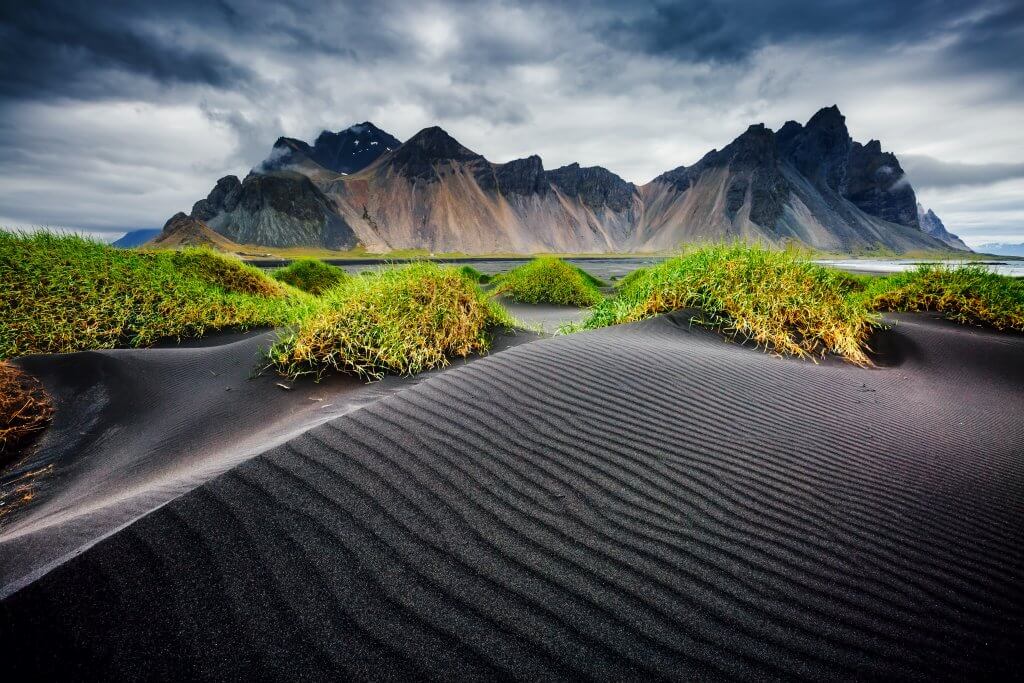
The Thrifty Gist
- A trip to Iceland won’t come cheap. Minimize costs by focusing on free activities, staying in basic accommodations (or camping), and cooking most of your own meals.
- Use Airbnb and HotelsCombined to see all homestay, hostel, and hotel options. Use BookingBuddy to compare car rental prices across major websites, and Skyscanner to find the cheapest flights, including budget airlines (choose “entire month” for your dates to find the cheapest date to fly).
- There’s no bad time to go to Iceland, though peak season means higher prices and more crowds. For temperate weather and fewer fellow tourists, go March–May or September–October.
- With eight days or more you can make a circle of the entire island along its Ring Road, but even with less time, you can see a good chunk of Iceland’s main attractions.
- An adventure in Iceland is about just that: adventure. Make the most of a trip with activities like snorkeling, horseback riding, snowmobiling, and hiking that take you out in the beautiful countryside. Use GetYourGuide and Viator to browse tour reviews and book with immediate confirmation and free cancellation.
- Remember that nature is a powerful force in Iceland; respect warning signs, stay on marked paths, leave no trace, and use common sense.
Winter is here! Check out the winter wonderlands at these 5 amazing winter destinations in Montana
- Travel Destinations
The Cost Of Traveling In Iceland (and How To Save)
Published: September 25, 2023
Modified: December 27, 2023
by Tori Eberhart
- Budget Travel
- Travel Guide
- Travel Tips
- Iceland Travel Tips
Introduction
When it comes to breathtaking landscapes, rich cultural heritage, and unique natural wonders, Iceland stands out as a top travel destination. However, one aspect that often gives potential travelers pause is the cost of visiting this Nordic island. From accommodation and transportation to food and activities, expenses can add up quickly in Iceland. But fear not! With proper planning and savvy budgeting, it is possible to explore Iceland without breaking the bank.
While it’s true that Iceland can be an expensive destination, it’s important to remember that the experiences and memories gained are well worth the expenditure. By understanding the cost factors and implementing cost-saving strategies, you can make the most of your Icelandic adventure.
In this article, we will provide you with a comprehensive guide to the cost of traveling in Iceland and offer insights on how to save money along the way. From affordable accommodation options to budget-friendly dining choices, we’ll cover all the essential aspects, ensuring that you can make informed decisions and keep your travel expenses under control.
So, let’s dive in and discover how to make your Icelandic dream a reality, without breaking the bank!
The High Cost of Accommodation
One of the most significant expenses you’ll encounter when traveling in Iceland is accommodation. The country’s limited number of hotels and hostels, combined with its booming tourism industry, has driven up the prices of lodging. Hotels and guesthouses in popular tourist areas can be particularly expensive, especially during the peak summer season.
On average, you can expect to spend around $150 per night for a standard hotel room in Reykjavik, Iceland’s capital city. Prices in more remote areas or luxury accommodations can be even higher. If you’re traveling on a tight budget, these prices can quickly eat into your overall travel expenses.
Another factor to consider is that Iceland’s accommodation options can fill up quickly, so booking well in advance is crucial, especially if you’re traveling during the peak season. Waiting until the last minute may limit your choices and result in higher prices.
However, keep in mind that the high cost of accommodation doesn’t have to deter you from visiting Iceland. With some planning and research, there are budget-friendly options available. Consider staying in guesthouses or hostels, which generally offer lower prices compared to hotels. These accommodations often provide communal spaces where you can meet fellow travelers, further enhancing your Icelandic experience.
An increasingly popular alternative is booking accommodations through platforms like Airbnb or other vacation rental websites. This can give you the option to rent apartments or houses, which can be more cost-effective, especially for families or groups. Be sure to read reviews, check the location, and communicate with hosts to ensure a smooth booking process and a comfortable stay.
Lastly, if you’re an outdoor enthusiast, consider camping during your trip. Iceland has numerous campgrounds with excellent facilities and stunning views. Camping not only saves money but also immerses you in Iceland’s natural beauty. Just make sure to pack appropriate camping gear and check campground availability in advance.
By exploring these alternative accommodation options, you can find more affordable places to stay during your time in Iceland, allowing you to allocate your travel budget to other memorable experiences and activities.
Budget-friendly Accommodation Options
While accommodation in Iceland can be expensive, there are several budget-friendly options to consider that can help you save money during your trip.
Hostels are a popular choice among budget travelers. They offer affordable dormitory-style rooms with shared facilities, such as bathrooms and kitchens. Not only are hostels more cost-effective, but they also provide opportunities to meet like-minded travelers and exchange tips and stories.
Guesthouses are another excellent option for budget-conscious travelers. These establishments typically offer private rooms with shared or private bathrooms. Guesthouses often have communal areas like lounges or kitchens, providing a comfortable environment to relax and connect with other guests.
If you prefer a more local experience, consider staying in a farmhouse or a guesthouse located in the countryside. These accommodations often have fewer amenities than city hotels but offer a rustic charm and an opportunity to immerse yourself in Iceland’s serene natural beauty. Farm stays may also provide the chance to participate in traditional activities, such as working with animals or learning about local farming practices.
For a unique and affordable experience, you can also consider renting a camping pod. These small, cozy cabins are located in various campsites throughout Iceland and provide basic accommodation with beds, heating, and sometimes even small kitchens. Camping pods offer a comfortable camping experience without the need to bring your own tent.
Finally, if you’re traveling with a group or prefer more privacy, renting an apartment or a vacation home can be a budget-friendly option. Websites like Airbnb and Vrbo offer a wide range of private accommodations, allowing you to cook your meals and have a home-like experience while exploring Iceland.
It’s important to note that regardless of the accommodation option you choose, it’s vital to book early, especially during the peak travel season. This way, you’ll have more choices and potentially better rates.
By opting for budget-friendly accommodation options, you can significantly reduce your overall travel expenses and allocate your savings toward other aspects of your Icelandic adventure, such as activities or dining.
Transportation Expenses
Getting around Iceland can be a significant expense, but by planning ahead and choosing the right transportation options, you can keep your transportation costs manageable.
If you’re flying into Iceland, the first decision you’ll need to make is how to get from Keflavik International Airport to your accommodation. The most convenient option is taking a taxi or using a shuttle service, but these can be quite expensive. A more budget-friendly alternative is using the public bus service, which offers regular transfers between the airport and popular destinations in Reykjavik and other parts of the country.
Once you’re settled in, there are several transportation options to consider for exploring Iceland. Renting a car is a popular choice, as it allows for flexibility and the ability to visit off-the-beaten-path locations. However, keep in mind that rental costs can be high, especially during the peak season. It’s recommended to book your car rental in advance to secure the best rates.
If renting a car isn’t within your budget, don’t worry—there are other ways to navigate Iceland. The public bus system, operated by Strætó, provides transportation between towns and popular tourist destinations. This can be a cost-effective option, but it requires careful planning, as schedules may be limited, especially in more remote areas.
An alternative mode of transportation is traveling by scheduled or guided tours. Many companies offer various day tours or multi-day excursions that cover popular attractions and provide transportation. While these tours can be more expensive than independent travel, they take care of transportation logistics and often include knowledgeable guides who can enhance your experience.
If you’re planning to explore Reykjavik, the capital city offers a reliable and efficient public bus system. The city center is also easily walkable, allowing you to save on transportation costs while discovering its charm.
Lastly, if you’re planning to visit more remote areas or venture into Iceland’s highlands, renting a 4×4 vehicle may be necessary. Keep in mind that driving off-road is strictly prohibited and can result in significant fines, as well as damage to the sensitive Icelandic environment.
Regardless of the transportation option you choose, it’s essential to factor in fuel costs, parking fees, and any applicable tolls. By considering your transportation needs and budgeting accordingly, you can keep transportation expenses in check while exploring the stunning landscapes of Iceland.
Saving Money on Transportation
While transportation expenses in Iceland can add up, there are several strategies you can employ to save money and make your travel budget stretch further.
Firstly, if you plan on renting a car, make sure to research and compare prices from different rental companies. Prices can vary significantly, so taking the time to find the best deal can result in substantial savings. Additionally, consider renting a car from a location outside the airport. Rental agencies located in the city often offer lower rates due to lower overhead costs.
Another way to save money on transportation is by booking shared rides or carpooling services. Several shuttle companies operate in popular tourist areas, offering shared transfers to and from attractions, reducing costs compared to private taxis. Additionally, some tour companies may provide transportation as part of their tour packages.
If you’re planning to rely on public transportation, consider purchasing multi-day or multi-ride passes. These passes can provide discounts on bus fares, making it more affordable to explore different parts of Iceland over several days.
Timing is also crucial when it comes to saving money on transportation. If you have flexibility in your travel dates, consider visiting Iceland during the shoulder seasons (late spring or early fall) when prices for flights, car rentals, and tours are generally lower compared to the peak summer season.
When it comes to exploring Reykjavik, take advantage of the city’s walkability. Many of the main attractions, restaurants, and shops are within walking distance of each other, eliminating the need for transportation costs within the city center. Additionally, consider renting a bike to explore the city on two wheels, and take advantage of bike paths and cycling-friendly infrastructure.
Lastly, don’t forget to leverage the power of local knowledge. Talk to the locals, ask for advice, and inquire about any special offers or discounts available for transportation. They might provide valuable insights and tips on how to save money while getting around Iceland.
By employing these strategies and being mindful of your transportation choices, you can significantly reduce your transportation expenses, leaving more money in your pocket for other memorable experiences during your Icelandic adventure.
Food and Dining Costs
Food and dining expenses can quickly add up while traveling in Iceland. The cost of ingredients and dining out in restaurants can be higher compared to many other countries. However, by being strategic and exploring various dining options, you can manage your food expenses without sacrificing the opportunity to enjoy Iceland’s culinary delights.
One way to save money on food is by self-catering. If you’re staying in accommodations with kitchen facilities, consider preparing some of your meals yourself. Visit local grocery stores or supermarkets to purchase ingredients and cook your own meals. Not only does this save money, but it also allows you to experience local flavors through the cuisine you create.
Take advantage of Iceland’s abundance of fresh and local produce, such as fish, lamb, and root vegetables. Visit local farmers’ markets, known as “Bónus” or “Krónan,” to find reasonably priced ingredients. Stocking up on snacks, fruits, and drinks from supermarkets can also save you money on-the-go.
When dining out, consider opting for more budget-friendly options. Look for food trucks, small local eateries, and cafes, which often offer more affordable prices compared to upscale restaurants. Icelandic cuisine focuses on simple, hearty dishes, like seafood soup, lamb stew, and hot dogs, which can be found at affordable prices in various establishments.
Another way to save money on dining is by taking advantage of lunch specials or early bird menus offered by restaurants. Many establishments provide discounted prices during specific hours, allowing you to enjoy a delicious meal at a more affordable price.
It’s also worth noting that tap water in Iceland is of excellent quality and safe to drink. Instead of purchasing bottled water, fill your reusable water bottle from the tap to stay hydrated while exploring the country.
Lastly, avoiding excessive alcohol consumption can significantly reduce your dining expenses. Alcoholic beverages are generally expensive in Iceland, so consider limiting your consumption or enjoying a few drinks in a more affordable setting, such as your accommodation or a local bar.
Remember, tasting local cuisine and experiencing the food culture is an essential part of any travel experience. By implementing these tips and being mindful of your dining choices, you can enjoy Icelandic delicacies while keeping your food expenses within your budget.
Tips for Saving on Food and Dining
Traveling to Iceland doesn’t mean you have to break the bank on food and dining. With some smart planning and aware choices, you can enjoy delicious meals while saving money. Here are some tips to help you save on food and dining expenses during your trip:
- 1. Cook your own meals: If you have access to kitchen facilities in your accommodation, take advantage of them. Buying groceries and cooking your meals can be significantly cheaper than eating out for every meal. Visit local supermarkets or farmers’ markets to stock up on ingredients and experience the joy of preparing your own Icelandic-inspired dishes.
- 2. Explore budget-friendly eateries: Look for food trucks, local cafes, and small eateries that offer affordable options. These establishments often serve delicious meals at reasonable prices, giving you a chance to try local flavors without draining your wallet.
- 3. Take advantage of lunch specials and early bird menus: Many restaurants in Iceland offer discounted prices during specific hours, such as lunchtime or early evening. Take advantage of these deals to enjoy a satisfying meal at a lower cost.
- 4. Pack your own snacks: Carry snacks with you while exploring Iceland to avoid costly impulse purchases. Stock up on granola bars, fruit, and other non-perishable snack items from supermarkets before heading out for the day.
- 5. Stay hydrated with tap water: Iceland has excellent tap water, so bring a reusable water bottle and refill it from the tap. This will save you from buying expensive bottled water and help reduce unnecessary waste.
- 6. Share meals or opt for smaller portions: Icelandic portion sizes can be quite generous. Consider sharing meals with travel companions or opting for smaller portions. Not only will this save you money, but it will also give you the opportunity to try more variety.
- 7. Avoid excessive alcohol consumption: Alcoholic beverages can be quite expensive in restaurants and bars. Set a budget for alcohol consumption or consider enjoying a drink or two in a more affordable setting, such as your accommodation or local bars.
- 8. Take advantage of free breakfast or included meals: If your accommodation offers complimentary breakfast or meals, make sure to take advantage of them. Start your day with a filling breakfast that can keep you energized and satisfied while exploring.
- 9. Research affordable dining options in advance: Before your trip, do some research to find affordable dining options in the areas you’ll be visiting. Look for local recommendations, read reviews, and check menus to ensure you find places that fit your budget.
- 10. Embrace the local food culture: To truly experience Iceland’s food culture, embrace the affordable and traditional dishes. Embrace local favorites like hot dogs, fish and chips, or traditional Icelandic soups and stews. These options are not only tasty but also budget-friendly.
By implementing these tips, you can enjoy flavorful Icelandic cuisine and save money on food and dining expenses, allowing you to make the most of your travel budget and experience all that Iceland has to offer.
Activities and Tourist Attractions Costs
Exploring Iceland’s breathtaking landscapes and engaging in exciting activities is a highlight of any trip to this unique destination. However, it’s essential to budget for the costs of activities and attractions to ensure a well-rounded experience without breaking the bank.
Visiting popular tourist attractions in Iceland often requires an entrance fee. These fees can add up, especially if you plan to visit multiple attractions. It’s important to prioritize the sites you most want to see and allocate your budget accordingly. Research the entrance fees in advance and create a list of must-visit attractions to help you plan your expenses.
Another aspect to consider is guided tours and activities. While these can provide valuable insights and enhance your experience, they often come with a price tag. Carefully evaluate the activities you’re interested in and compare prices from different tour operators. Look for discounts or package deals that combine multiple activities, as this can help you save money.
Keep an eye out for any free or low-cost activities that align with your interests. For example, exploring the stunning natural landscapes or taking a hike in Iceland’s national parks often comes at no cost. Research local events, festivals, or cultural performances that may offer free or inexpensive entertainment options during your stay.
Iceland is known for its stunning waterfalls, geothermal pools, and hiking trails. Many of these natural wonders offer unique experiences at no cost. Research the areas you plan to visit and take advantage of the opportunity to explore Iceland’s natural beauty without incurring additional expenses
It’s also worth considering purchasing a tourist pass like the Reykjavik City Card. This pass provides free or discounted entry to various museums, attractions, and public transportation within a specified period. Evaluate your itinerary and see if the benefits of a tourist pass align with your planned activities to determine if it’s a cost-saving option for you.
Lastly, don’t forget to factor in any additional costs associated with activities, such as equipment rentals or transportation to and from the activity site. These expenses can quickly add up, so be sure to incorporate them into your budgeting process.
By researching and planning your activities in advance, prioritizing your must-see attractions, taking advantage of free or low-cost activities, and comparing prices for guided tours, you can manage your expenses while still enjoying the incredible experiences Iceland has to offer.
Saving Money on Activities and Tourist Attractions
Exploring the unique activities and tourist attractions in Iceland doesn’t have to drain your travel budget. With some strategic planning and money-saving tips, you can enjoy memorable experiences without breaking the bank. Here are some tips to help you save money on activities and tourist attractions:
- 1. Prioritize your must-see attractions: Create a list of the top attractions you want to visit and prioritize them based on your interests. This way, you can focus your budget on the activities that matter most to you.
- 2. Take advantage of free or low-cost activities: Iceland offers numerous natural wonders and outdoor activities that are free of charge. Go hiking in national parks, explore geothermal areas, admire waterfalls, or take a stroll along the beautiful coastline. These activities allow you to experience Iceland’s natural beauty without spending a fortune.
- 3. Research discount packages and combo deals: Many tour operators and attractions offer discounted package deals that combine multiple activities. Look for these combo deals to save money while experiencing a variety of attractions.
- 4. Look for discounts and coupons: Before booking any activities or attractions, search for discounts or coupons online. Check official tourism websites, social media platforms, and coupon websites for any special offers or promo codes that can help you save money.
- 5. Consider independent exploration: Instead of taking guided tours for every activity, consider exploring some attractions on your own. Renting a car or using public transportation can give you the flexibility to visit sights independently, saving you the cost of a guided tour.
- 6. Timing is key: Consider visiting attractions during off-peak hours or the shoulder season when prices may be lower. Many popular attractions can be crowded during peak hours, so going early or late in the day can not only save you money but also offer a more serene experience.
- 7. Utilize tourist passes: Investigate whether tourist passes, such as the Reykjavik City Card or regional travel cards, offer benefits for the attractions you plan to visit. These passes often provide discounted or free entry to attractions, as well as public transportation, making them a cost-effective option.
- 8. Seek local advice: Consult with locals or tourism offices for insider tips on free or lesser-known attractions. Locals can share hidden gems and off-the-beaten-path experiences that may not cost a dime.
- 9. Bring your own gear: If you plan on participating in outdoor activities like hiking or camping, bring your gear instead of renting. This can save you money on rental fees and allow you to use equipment you’re already comfortable with.
- 10. Be selective with paid tours: While guided tours can offer valuable insights, not every activity requires a guided experience. Choose paid tours that provide unique access or expert knowledge that you couldn’t otherwise experience on your own.
By implementing these tips, you can enjoy the incredible activities and tourist attractions Iceland has to offer while keeping your expenses under control. Remember, it’s all about prioritizing, researching, and finding the right balance that fits your budget and travel preferences.
Miscellaneous Expenses
When planning a trip to Iceland, it’s important to factor in miscellaneous expenses, which can include a variety of costs that may arise during your travels. By considering these expenses and budgeting accordingly, you can better manage your overall travel budget. Here are some common miscellaneous expenses to keep in mind:
1. Souvenirs: It’s natural to want to bring home mementos from your trip to Iceland. However, souvenirs can add up quickly and impact your budget. Determine how much you’re willing to spend on souvenirs and consider purchasing authentic local products or handmade crafts that truly reflect the Icelandic culture.
2. Communication: Staying connected while traveling is essential for many people. Whether it’s purchasing a local SIM card, activating an international data plan, or using public Wi-Fi, consider the costs associated with communication and budget accordingly.
3. Tips and gratuities: While not mandatory in Iceland, it’s customary to tip for exceptional service. Keep in mind that gratuities can add up, especially if you’re dining out frequently or using services like guided tours or taxis. Consider budgeting a percentage of your expenses to account for tipping.
4. Travel insurance: It’s highly recommended to have travel insurance that covers medical emergencies, trip cancellations, or delays. While this expense may not be directly incurred during your trip, it’s important to include it in your overall travel budget to ensure you’re adequately protected.
5. ATM and banking fees: If you plan on withdrawing cash or using your credit/debit card while in Iceland, be aware of any fees associated with foreign transactions. Consider using ATMs that don’t charge withdrawal fees or inform your bank of your travel plans to avoid any card issues or unexpected charges.
6. Parking fees: If you’re renting a car and exploring Iceland’s attractions, parking fees may be applicable, especially in popular tourist areas. Keep in mind that parking fees can vary, so be prepared to budget for these costs.
7. Medical expenses: While healthcare in Iceland is generally excellent, it’s important to budget for any unexpected medical expenses that may occur during your trip. Carry any necessary medications and ensure you have adequate travel insurance coverage for medical emergencies.
8. Postage and shipping: If you plan on sending postcards or shipping any items back home, consider the costs associated with postage and shipping fees. Prices can vary based on the weight and destination, so budget accordingly if these services are needed.
9. Entry taxes and fees: Some attractions or natural reserves may charge entry taxes or fees separately from the admission fees. Research in advance to determine if there are any additional charges and include them in your budget.
10. Unexpected expenses: Always have a contingency fund set aside for unexpected expenses that may arise during your trip. It’s impossible to predict every expense that may occur, so having a buffer can provide peace of mind.
By considering these miscellaneous expenses and budgeting accordingly, you can ensure that you’re financially prepared for your trip to Iceland. This way, you can fully immerse yourself in the experience without any unnecessary financial stress.
How to Save Money on Miscellaneous Expenses
When it comes to managing miscellaneous expenses during your trip to Iceland, there are several strategies you can employ to help save money and stay within your budget. By being mindful and proactive, you can make the most of your funds. Here are some tips on how to save money on miscellaneous expenses:
- 1. Set a budget: Start by creating a comprehensive travel budget that includes all potential miscellaneous expenses. This will help you have a clear understanding of how much you can allocate to each category and make informed decisions during your trip.
- 2. Research and compare prices: Before making any purchases or booking activities, research and compare prices from different vendors. Whether it’s souvenirs, communication services, or travel insurance, take the time to find the best deals and opt for cost-effective options.
- 3. Shop strategically for souvenirs: Souvenirs can be expensive, but there are ways to save money. Consider shopping at local markets or smaller shops rather than touristy areas, as prices tend to be lower. Look for unique and locally made products that offer better value for your money.
- 4. Opt for free or low-cost communication options: Instead of relying solely on expensive international data plans, take advantage of free Wi-Fi available at restaurants, cafes, and accommodations. Use messaging apps to stay in touch with family and friends without incurring additional communication charges.
- 5. Be mindful of tipping customs: While it’s customary to tip for exceptional service in Iceland, it’s not obligatory. Assess the quality of service before deciding to tip. If you do choose to tip, round up the bill or leave a small percentage rather than a large sum to help manage expenses.
- 6. Use no-fee ATMs and travel-friendly banking options: Research banks and ATMs that don’t charge foreign transaction fees or high ATM withdrawal fees. Consider opening a travel-friendly bank account or using a travel money card designed for international use to minimize banking fees.
- 7. Seek out free or discounted activities: Look for free or low-cost activities to enjoy during your trip. Take advantage of free walking tours, explore public parks and gardens, or engage in self-guided city walks. Check local event calendars for free concerts, festivals, or cultural performances.
- 8. Plan and prepare for medical expenses: Bring any necessary medications from home to avoid inflated prices in Iceland. Familiarize yourself with the healthcare system and emergency services to ensure you’re aware of any potential medical expenses. Confirm your travel insurance covers medical emergencies to minimize unexpected costs.
- 9. Minimize shipping and postage fees: Instead of purchasing and shipping bulky souvenirs, consider opting for smaller, lightweight items or digital mementos. Send postcards from local post offices rather than expensive tourist shops to save on postage costs.
- 10. Stay within entry taxes and fees: Research entrance fees and taxes for attractions and plan accordingly. Look for bundled entry tickets or passes that provide access to multiple attractions, as they can offer cost savings. Be mindful of any additional fees that may be applicable for certain activities.
Traveling to Iceland may come with its share of expenses, but with careful planning and smart decisions, it is possible to enjoy this remarkable destination without breaking the bank. By considering the high cost of accommodation, transportation, food, activities, and miscellaneous expenses, you can budget effectively and make the most of your travel funds.
When it comes to accommodations, choose budget-friendly options like hostels, guesthouses, or vacation rentals. Book in advance to secure the best rates and consider camping for a more affordable and immersive experience in Iceland’s stunning outdoors.
Transportation expenses can be mitigated by comparing rental car options, utilizing public transportation, and taking advantage of shared rides or shuttle services. Plan your itinerary carefully and leverage seasonal discounts if possible.
To save on food and dining, self-catering is a cost-effective option, utilizing local supermarkets and farmers’ markets. Explore affordable eateries, take advantage of lunch specials, and embrace the local food culture to savor Icelandic cuisine without overspending.
When it comes to activities and tourist attractions, prioritize your must-see sites, research discounts, and consider free or low-cost options like exploring Iceland’s natural wonders or participating in self-guided activities. Utilize tourist passes and look for package deals that offer multiple experiences at a discounted price.
Don’t forget to account for miscellaneous expenses like souvenirs, communication, tips, travel insurance, and unforeseen costs. Setting a budget, researching prices, and being strategic can help save money on these extras, allowing you to better manage your overall travel expenses.
In conclusion, Iceland is a captivating destination that offers unique experiences and stunning landscapes. By planning ahead, making informed choices, and being mindful of your spending, you can maximize your budget and create unforgettable memories in this extraordinary country. So go forth, explore Iceland, and make the most of every krona!

- Privacy Overview
- Strictly Necessary Cookies
This website uses cookies so that we can provide you with the best user experience possible. Cookie information is stored in your browser and performs functions such as recognising you when you return to our website and helping our team to understand which sections of the website you find most interesting and useful.
Strictly Necessary Cookie should be enabled at all times so that we can save your preferences for cookie settings.
If you disable this cookie, we will not be able to save your preferences. This means that every time you visit this website you will need to enable or disable cookies again.

- General information
- Plan your trip
Prices & travel costs in Iceland
Are restaurants expensive? How much does a coffee cost? How much money should you bring for a few days in Reykjavik ? Discover how much it costs to travel to Iceland and plan ahead to save money on your trip!
Prices in Iceland are high compared to other European countries , as is the case in other Nordic destinations such as Oslo or Copenhagen. We've compiled a list of the basic things visitors are likely to buy below so you can get an idea of costs.
Tipping in Iceland is not as widely expected as in other countries of the world as service charges are usually included in restaurant bills.
Check out the currency conversions from the Icelandic króna here .
Food and drink
- Coffee: 400 kr ( US$ 2.90)
- Bottle of water: 300 kr ( US$ 2.10)
- Large beer: 1,000 kr ( US$ 7.10)
- Soft drink: 350 kr ( US$ 2.50)
- Lunch in an Icelandic restaurant : 4,000 kr ( US$ 28.50)
- Bottle of gin in a liquor store: 6,000 kr ( US$ 42.80)
- Single bus ticket in Reykjavik: 470 kr ( US$ 3.40)
- Day travel pass in Reykjavik : 1,800 kr ( US$ 12.90)
- Three-day travel pass in Reykjavik: 4,200 kr ( US$ 30)
- Taxi to Keflavik Airport : 18,000 kr ( US$ 128.60)
Tourist attractions
- Hallgrímskirkja Tower: 1,000 kr ( US$ 7.10)
- Icelandic Phallological Museum : 1,700 kr ( US$ 12.10)
- The Settlement Center : 2,500 kr ( US$ 17.90)
Accommodation
- One night in a single room in a hotel in Reykjavík: 7,000 kr ( US$ 50)
You may also be interested in
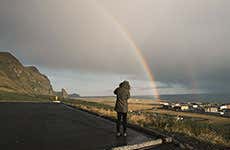
Spring, summer, autumn or winter: learn all about the weather in Iceland so you can decide when to travel, when to see the Northern Lights and what to pack!
The official language of Iceland is Icelandic, and although much of the population speaks excellent English, we've compiled an article full of helpful advice and basic phrases you can use to make your trip easier.

PRICES IN ICELAND: HOW MUCH THINGS COST & 1 DAY BUDGET

This year, Iceland again leads the list of the most expensive countries in the world and takes the second place after Switzerland. When I went there, I certainly knew about it, but still, I was in a slight shock from the price tags.
Are you going to Iceland? Get ready to fork out. According to Iceland Magazine, "Iceland's consumer prices are on average 66 percent higher than in Europe."
Find out in this blog post how much the trip to Iceland will cost and how to visit Iceland on a budget.
But first things first.
To begin with, let's see why Iceland is an expensive country to visit.
WHY IS ICELAND SO EXPENSIVE?
The answer is a whole bunch of economic, political, and geographical reasons.
💎 Iceland is located near the Arctic Circle and is one of the coldest countries in Europe.
Therefore, the climate is not suitable for farming.
And although Iceland learned to grow bananas in its geothermal greenhouses, almost all the fruits and vegetables in the stores are imported.
Iceland produces only 65% of the food and drinks consumed in the country.
💎 Another reason for the high price of goods is taxation.
VAT for goods is 24%; for food, it's 11%.
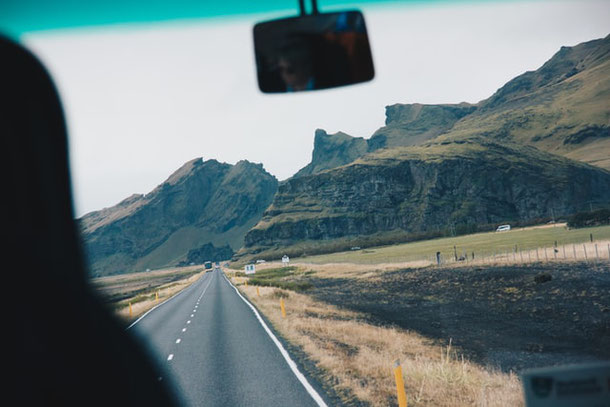
💎 Salaries and standard of living.
In Iceland, people generally earn very well.
Iceland's average pretax income is $ 60,000. The minimum wage is about $ 2,500. This is equivalent to 15 dollars per hour.
Workers are expensive for the employer. Hence the high prices of the goods they produce.
💎 Tourism and over-tourism
Well, another reason for the high prices in Iceland are you and me, the tourists.
Tourism in Iceland has grown five times since 2010.
In 2019, 2 million tourists visited Iceland. The figure is huge, especially when compared with the number of residents, which are only 360 thousand.
High demand for a limited supply of hotels and other tourist services logically leads to high prices.
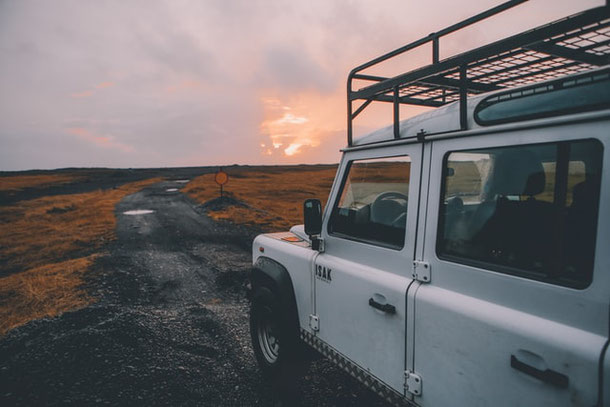
SO, HOW MUCH DOES THE TRIP TO ICELAND COST?
Iceland travel costs: average budget for a vacation to iceland, prices of hostels in iceland.
▲ A night at the most basic hostel costs from $ 45.
Prices of hotels in Iceland
▲ For a hotel in Iceland you will pay $ 70 and more per night.
Here are the hottest hostel and hotel deals in Iceland:
Prices in the restaurants in Iceland
▲ Food in a simple restaurant: $ 13-20
▲ Lunch for two in a decent restaurant: from $ 60
▲ Hot dog: $ 9
▲ Soup with bread: $12-15
▲ Lunch at Mac Donalds: about $ 13
▲ Coffee: $ 3-5
▲ Beer: $ 8-10
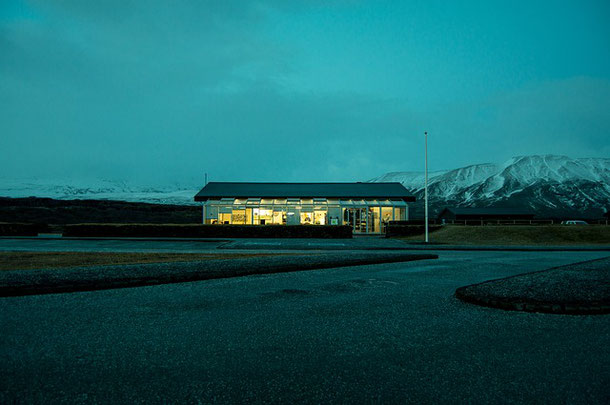
Food prices in Icelands in shops and supermarkets
▲ A loaf of bread: $ 3
▲ Liter of milk: $ dollar
▲ Rice packaging: $ 2.7
▲ A kilogram of apples: $ 2
▲ An egg pack: $ 4
▲ A kilogram of tomatoes: $ 2
▲ Chicken fillet: $ 22 per kilogram
▲ Chicken meat: about $ 19 per kilogram
▲ Pork: about $ 15 per kilogram
▲ A liter of juice: $ 2
▲ 0.5-liter beer bottle: $ 3
How much does a car rental cost in Iceland?
▲ Car rental: $ 100 for 24 hours
Price of the ticket to the Blue Lagoon
▲ Visit to the Blue Lagoon: $ 84.
Ticket to the Blue Lagoon + round-trip transfer from Reykjavik or airport $ 127.
How much does an excursion in Iceland cost?
In Reykjavik, you can go on a theoretically free excursion tour: a Free Walking Tour.
Formally, the guide gives the tour for free, but it is understood that the participants will leave a donation.
Often the guide even announces the "recommended donation amount."
Here are a few companies that organize free tours of Reykjavik:
▲ The rest of the excursions cost about $ 40 for a tour of Reykjavik, and outbound tours will cost $ 100 or more.
TOTAL: THE AVERAGE DAILY BUDGET IN ICELAND
The average daily budget in Reykjavik, as well as throughout Iceland is around $ 140.
The minimum daily budget is $ 68.
I spent a lot more in Iceland than I planned. Therefore, if you want your money not to flow like water - and this is exactly what happens to tourists in Iceland - then I recommend using travel expense control applications such as Money Flow, Money OK, Wallet, or Money Lover.
Enjoyed this article? Follow me on Facebook and Instagram or sign up for my newsletter to get notified about new posts:
Get more. Do more.
You have successfully joined our subscriber list.
TO SHARE THIS ARTICLE, CLICK HERE:
PIN IT ON PINTEREST:
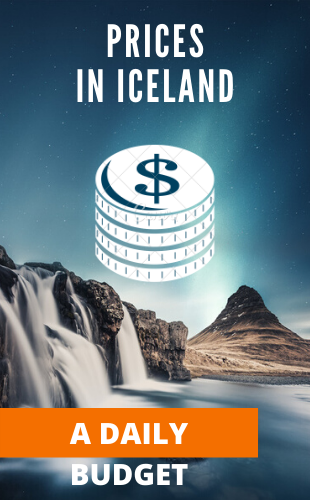
Write a comment
- Scroll to top
How much things cost in Iceland
Whilst Iceland draws in a myriad of international visitors each year, the country has a reputation other than the allure of its magnificent natural wonders. Consumer prices in Iceland are on average higher than other parts of Europe, however there are many ways to travel in Iceland whatever your budget.
We’ve created the following guide to give you an indication of how much an Iceland holiday could cost, what you can expect to pay for typical items throughout your trip, and how to maximize your budget.
How much is a trip to Iceland?
Depending on your timescale and interests, the cost of an Iceland trip will vary. Our Travel Specialists will work with you to design your holiday to suit your budget. We have numerous suggested itineraries on our website that can provide a guide how much a trip could cost. The cost of our trips can also include accommodation options, excursions, expert guides or car rental. Prices will vary depending on the time of year you are travelling, but you can also save money by travelling outside of summer – May and September are beautiful months in Iceland.
How can you maximize your budget in Iceland?
Iceland sightseeing.
The major appeal of Iceland is its abundance of natural wonders; incredible waterfalls, dramatic black beaches and a plethora of hot springs and geysers. Many of the sights are easily accessible and free too look at, but you do need to factor in transport (whether that is self-drive or with a guided service). In and around the capital, the Reykjavík City Card offers free entry to a great selection of museums and galleries, all swimming pools in Reykjavík and free unlimited travel by bus within the Reykjavik Capital Area. In addition, the card also gives you a free ferry trip to Viðey island and discounts on various tours, in shops and on services. It’s available for 24/48/72 hours, with prices starting from ISK 4,000/1,650 (adult/child) £25/£10. *Prices for 2020.
Eating and Drinking
In the last few years, Iceland has witnessed a surge in its local food scene; offering endless possibilities when it comes to dining. Eating out can be rather expensive, and considered a treat by locals. One of the best ways to keep costs down when it comes to eating out, is to take advantage of lunch time hours. Alternatively, you can cook for yourself.
- Outside the main towns, restaurants are generally only found in hotels.
- Reykjavik has a wide range of restaurants with typical Icelandic cuisine, gourmet dining and world famous hotdogs!
- Fish dishes are usually cheaper than meat. *Please note: many Icelanders may not be familiar with what is suitable for vegetarians and vegans – if you have any concerns about your dietary requirements, our Iceland Specialists will be happy to advise you.
- Restaurants often promote lunchtime special menus which are excellent value (around £20-30pp for a soup and fish of the day)
- A 2-3 course dinner (without wine) will set you back around £30-50 (fish) £40-60 (meat) per person.
- Breakfast will usually be included within the cost of your accommodation.
- Look out for these stores to pick up your own grocery’s: Bónus (if you’re on a budget) and Víðir (good quality and healthy options) and Hagkaup (hypermarket). Out in the countryside Samkaup stores, either Samkaup Úrval or Samkaup Strax, are more common. You’ll also be able to pick up fast food and snacks at many petrol stations
- You can purchase alcohol duty free as you arrive at Keflavik airport, so you might prefer to stock up there. Depending on what you buy, airport prices are up to 50% lower than in Reykjavík retail stores.
As a tourist you can claim back the value-added tax (VAT) on certain goods over the value of ISK 6,000. As long as the total amount spent on one receipt is greater than this (including VAT), you can claim back the tax on everything, even if some items cost less than ISK 6,000 individually. Make sure you get a tax receipt when you make your purchase. Claims can be processed at the refund desk of the tourist information centre in Reykjavik or in departures at Keflavik.
Sample prices by item
Please note the amounts quoted here are averages and are updated periodically. Most recently updated April 2023. Data is taken from numbeo.com
Discover more about Iceland
If you’re planning a trip to Iceland take a look at our travel guides answering commonly asked questions as well as providing top tips for travellers.
The Ultimate Guide to Hiking in Iceland
Fresh air, exercise, long daylights hours and natural wonders around every corner: if you love hiking and walking then read on.
Iceland FAQs
Here is a selection of our most popular queries, answered by our team of Iceland Travel Specialists.
Best Time To Visit Iceland
The short answer is anytime you like! Iceland is a year-round destination, punctuated by two heavenly highlights: the midnight sun in summer and the northern lights in winter.
Your Guide to Iceland’s Culture and Traditions
A land of otherworldly landscapes and shimmering northern lights, Iceland's natural wonders are well established among adventure travellers but there is more to Iceland that what nature has bequeathed. The country’s ancient heritage and quirky folklore blends with a modern culture of food, craft beer, and a love and respect for the outdoors.
Your Guide to Exploring Iceland’s Volcanoes
Iceland is known as the ‘Land of Ice and Fire’, defined by its many glaciers and multitude of volcanoes. Erupting from the ocean over 18 million years ago, the island's terrain has changed little since, scattered with moss-covered lava fields, black sand beaches, and jagged mountainous peaks.
Your Guide to Summer Whale Watching in Iceland
Spotting a whale in the wild is a once in a lifetime experience for many people, but in Iceland where the surrounding waters are rich with krill and fish, the chances of seeing whales are almost guaranteed
Discover Our Way

- First hand knowledge on tap
- Plan your trip with your own travel specialist
- We offer flexibility to suit you
- Feefo Platinum Service Award
- We'll help you find the right:
- Accommodation style
- Ways to travel
- You set the pace
- 24/7 in country support and guidance
- Full financial protection
- Travel disruption support
- Our flexibility promise
- View Our Guarantee »

- Travel Planning Guide
Travel Budget for Reykjavik Visit Reykjavik on a Budget or Travel in Style
- Reykjavik Costs

- Reykjavik Hotel Prices
- Best Family-Friendly Hotels in Reykjavik
- Best Hotels for First Time Visitors in Reykjavik
- Best Cheap Hotels in Reykjavik
- Best Pet-Friendly Hotels in Reykjavik
- Best Business Hotels in Reykjavik
- Best Romantic Hotels for Couples in Reykjavik
- Best Luxury Hotels in Reykjavik
- Best Hotels for One Night in Reykjavik
- Best Hotels for One Week in Reykjavik
- Best Hotels for a Weekend Getaway in Reykjavik
- Is Reykjavik Expensive?
- How much does a trip to Reykjavik cost?
- Is Reykjavik Worth Visiting?
- Iceland Costs
- How much does it cost to travel to Reykjavik? (Average Daily Cost)
- Reykjavik trip costs: one week, two weeks, one month
Is Reykjavik expensive to visit?
- How much do I need for a trip to Reykjavik?
- Accommodation, Food, Entertainment, and Transportation Costs
- Travel Guide
How much does it cost to travel to Reykjavik?
You should plan to spend around $243 (kr34,353) per day on your vacation in Reykjavik. This is the average daily price based on the expenses of other visitors.
Past travelers have spent, on average for one day:
- $30 (kr4,210) on meals
- $45 (kr6,369) on local transportation
- $275 (kr38,944) on hotels
A one week trip to Reykjavik for two people costs, on average, $3,397 (kr480,937) . This includes accommodation, food, local transportation, and sightseeing.
All of these average travel prices have been collected from other travelers to help you plan your own travel budget.
- Travel Style: All Budget (Cheap) Mid-Range Luxury (High-End)
- Average Daily Cost Per person, per day $ 243 kr 34,353
- One Week Per person $ 1,698 kr 240,469
- 2 Weeks Per person $ 3,397 kr 480,937
- One Month Per person $ 7,279 kr 1,030,580
- One Week For a couple $ 3,397 kr 480,937
- 2 Weeks For a couple $ 6,794 kr 961,875
- One Month For a couple $ 14,558 kr 2,061,160
Are You an Experienced Traveler?
Help other travelers! Answer a quick question about your past travels. Click here: let's do it!
How much does a one week, two week, or one month trip to Reykjavik cost?
A one week trip to Reykjavik usually costs around $1,698 (kr240,469) for one person and $3,397 (kr480,937) for two people. This includes accommodation, food, local transportation, and sightseeing.
A two week trip to Reykjavik on average costs around $3,397 (kr480,937) for one person and $6,794 (kr961,875) for two people. This cost includes accommodation, food, local transportation, and sightseeing.
Please note, prices can vary based on your travel style, speed, and other variables. If you're traveling as a family of three or four people, the price per person often goes down because kid's tickets are cheaper and hotel rooms can be shared. If you travel slower over a longer period of time then your daily budget will also go down. Two people traveling together for one month in Reykjavik will often have a lower daily budget per person than one person traveling alone for one week.
A one month trip to Reykjavik on average costs around $7,279 (kr1,030,580) for one person and $14,558 (kr2,061,160) for two people. The more places you visit, the higher the daily price will become due to increased transportation costs.
Independent Travel
Traveling Independently to Reykjavik has many benefits including affordabilty, freedom, flexibility, and the opportunity to control your own experiences.
All of the travel costs below are based on the experiences of other independent travelers.
Prices in Reykjavik are reasonable and comparable to your average travel destination. Hotels, food, and sightseeing are generally within normal price ranges.
Within Europe, which is known to be an expensive region, Reykjavik is a moderately priced destination compared to other places. The overall cost of travel here is fair for the region and comparable to Paris or Bern.
For more details, and to find out if it's within your travel budget, see Is Reykjavik Expensive?
How much money do I need for a trip to Reykjavik?
The average Reykjavik trip cost is broken down by category here for independent travelers. All of these Reykjavik travel prices are calculated from the budgets of real travelers.
Accommodation Budget in Reykjavik
Average daily costs.
Calculated from travelers like you
The average price paid for one person for accommodation in Reykjavik is $138 (kr19,472). For two people sharing a typical double-occupancy hotel room, the average price paid for a hotel room in Reykjavik is $275 (kr38,944). This cost is from the reported spending of actual travelers.
- Accommodation 1 Hotel or hostel for one person $ 138 kr 19,472
- Accommodation 1 Typical double-occupancy room $ 275 kr 38,944
Hotel Prices in Reykjavik
Looking for a hotel in Reykjavik? Prices vary by location, date, season, and the level of luxury. See below for options.
Find the best hotel for your travel style.
Actual Hotel Prices The average hotel room price in Reykjavik based on data provided by Kayak for actual hotel rooms is $131. (Prices in U.S. Dollars, before taxes & fees.)
Kayak helps you find the best prices for hotels, flights, and rental cars for destinations around the world.
Recommended Properties
- Hotel Phoenix Reykjavik Budget Hotel - Kayak $ 133
- Reykjavik Residence Apartment Hotel Luxury Hotel - Kayak $ 136
Transportation Budget in Reykjavik
The cost of a taxi ride in Reykjavik is significantly more than public transportation. On average, past travelers have spent $45 (kr6,369) per person, per day, on local transportation in Reykjavik.
- Transportation 1 Taxis, local buses, subway, etc. $ 45 kr 6,369
Recommended Services
- Private Airport Transfer Viator $ 271
- From Reykjavik- Silfra Snorkeling transfer included Viator $ 213
Flights to Reykjavik
Rental cars in reykjavik, food budget in reykjavik.
While meal prices in Reykjavik can vary, the average cost of food in Reykjavik is $30 (kr4,210) per day. Based on the spending habits of previous travelers, when dining out an average meal in Reykjavik should cost around $12 (kr1,684) per person. Breakfast prices are usually a little cheaper than lunch or dinner. The price of food in sit-down restaurants in Reykjavik is often higher than fast food prices or street food prices.
- Food 2 Meals for one day $ 30 kr 4,210
Recommended
- Reykjavik Old Harbor Food Tour Viator $ 145
- 3 Hour Shared Christmas Food Tour with Guide in Reykjavik Viator $ 129
What did other people spend on Food in Reykjavik?
Typical prices for Food in Reykjavik are listed below. These actual costs are from real travelers and can give you an idea of the prices in Reykjavik, but your costs will vary based on your travel style and the place where the purchase was made.
- Dinner (Fish Market) kr 24,852
Entertainment Budget in Reykjavik
Entertainment and activities in Reykjavik typically cost an average of $71 (kr10,064) per person, per day based on the spending of previous travelers. This includes fees paid for admission tickets to museums and attractions, day tours, and other sightseeing expenses.
- Entertainment 1 Entrance tickets, shows, etc. $ 71 kr 10,064
Recommended Activities
- 3hr Volcanic Springs ATV Adventure from Reykjavik Viator $ 299
- South Coast Summer Day Tour by Minibus from Reykjavik Viator $ 165
What did other people spend on Entertainment in Reykjavik?
Typical prices for Entertainment in Reykjavik are listed below. These actual costs are from real travelers and can give you an idea of the prices in Reykjavik, but your costs will vary based on your travel style and the place where the purchase was made.
- Art Museum kr 1,500
- Wine and Spa kr 4,079
Tips and Handouts Budget in Reykjavik
The average cost for Tips and Handouts in Reykjavik is $104 (kr14,693) per day. The usual amount for a tip in Reykjavik is 5% - 15% .
- Tips and Handouts 1 For guides or service providers $ 104 kr 14,693
Alcohol Budget in Reykjavik
The average person spends about $28 (kr3,914) on alcoholic beverages in Reykjavik per day. The more you spend on alcohol, the more fun you might be having despite your higher budget.
- Alcohol 2 Drinks for one day $ 28 kr 3,914
- Gin Distillery tour and tasting Viator $ 25
- Reykjavik: Eimverk Distillery Tour with Tasting Get Your Guide $ 32
What did other people spend on Alcohol in Reykjavik?
Typical prices for Alcohol in Reykjavik are listed below. These actual costs are from real travelers and can give you an idea of the prices in Reykjavik, but your costs will vary based on your travel style and the place where the purchase was made.
- Beer kr 1,227
Related Articles
Reykjavik on a budget.
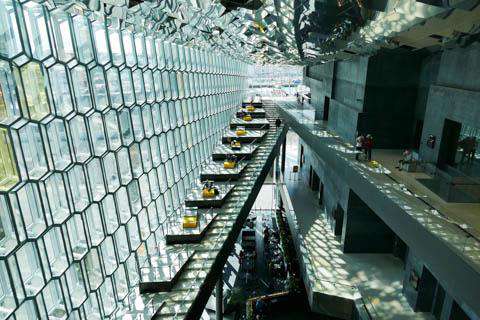
Neighborhoods
Food and dining, transportation.
We've been gathering travel costs from tens of thousands of actual travelers since 2010, and we use the data to calculate average daily travel costs for destinations around the world. We also systematically analyze the prices of hotels, hostels, and tours from travel providers such as Kayak, HostelWorld, TourRadar, Viator, and others. This combination of expenses from actual travelers, combined with pricing data from major travel companies, gives us a uniqe insight into the overall cost of travel for thousands of cities in countries around the world. You can see more here: How it Works .
Subscribe to our Newsletter
By signing up for our email newsletter, you will receive occasional updates from us with sales and discounts from major travel companies , plus tips and advice from experienced budget travelers!

Search for Travel Costs
Some of the links on this website are sponsored or affiliate links which help to financially support this site. By clicking the link and making a purchase, we may receive a small commission, but this does not affect the price of your purchase.
Travel Cost Data
You are welcome to reference or display our travel costs on your website as long as you provide a link back to this page .
A Simple Link
For a basic link, you can copy and paste the HTML link code or this page's address.
Travel Cost Widget
To display all of the data, copy and paste the code below to display our travel cost widget . Make sure that you keep the link back to our website intact.
- Privacy / Terms of Use
- Activities, Day Trips, Things To Do, and Excursions
Money latest: Gameboys, Sindy dolls, designer shoes, 1950s furniture - the items in your attic that could be worth a small fortune
Gumtree's most popular items include rare stamps, Gameboys and Pokemon cards. Read this and all the latest consumer and personal finance news below, plus leave a comment or submit a consumer dispute or money problem in the box.
Monday 29 April 2024 19:46, UK
- Three of UK's biggest lenders up mortgage rates
- Annual mortgage repayments have increased by up to 70% since 2021
- Higher food prices and shortages warning - as new Brexit checks begin this week
- People on disability benefits could receive vouchers rather than cash
Essential reads
- Gameboys, Sindy dolls, designer shoes, 1950s furniture: The items in your attic that could be worth a small fortune
- Money Problem : 'A company isn't abiding by written warranty for dodgy building work - what can I do?'
- '£2,000 landed in my account' - The people who say they're manifesting riches
- The world of dark tourism - what is it, is it ethical and where can you go?
Ask a question or make a comment
We're looking to answer this question - and would like your thoughts.
Are you a parent - and if so, how much do you give your kids (it'd be helpful to mention their age too)?
We also want to know how you give them the money (cash, bank transfer, app) - and if they have to do anything in return.
Leave your comments in the box above or:
- Email [email protected] with the subject line "Money blog"
- WhatsApp us here .
Strikes at Heathrow Airport are taking place over the next few weeks, with the first one already under way.
Staff at the UK's biggest airport are set to walk out during the early bank holiday in May, with their union warning planes could be "delayed, disrupted and grounded".
Click here to find out when all the strikes are, what disruption is expected and which airlines are affected...
The average price paid for comprehensive motor insurance rose 1% in the first quarter of the year, according to industry data indicating an easing in the steep rises seen last year.
The latest tracker issued by the Association of British Insurers (ABI) showed a 1% increase on the previous three months to £635.
That was despite the average claim paid rising 8% to reach a record of £4,800, the body said.
The ABI said the disparity showed that its members were "absorbing" additional costs and not passing them on.
Nevertheless, the average policy was still 33%, or £157, higher between January and March compared to the same period last year.
Read the full story here ...
Getir , the grocery delivery app, has abandoned a European expansion that is set to result in the loss of around 1,500 jobs in the UK.
Sky News had previously revealed that the Turkey-based company, which means "to bring" in Turkish, had successfully raised money from investors to fund its withdrawals from the UK, Germany and the Netherlands.
It had already departed other countries including Italy and Spain.
The exits were prompted by growing losses linked to the company's rapid expansion.
Waitrose is launching an exclusive range of products with popular chef Yotam Ottolenghi today.
The Israeli-British chef is famous for his Middle Eastern and Mediterranean-inspired food, and has worked with the supermarket to release products including a pasta sauce, spice blend and shawarma marinade.
It is the first time Ottolenghi has partnered with a supermarket in such a way.
The full range will be available in Waitrose shops, Waitrose.com and Ottolenghi.co.uk from today, while a selection of products will be available from the supermarket on Deliveroo and Uber Eats.
An introductory 20% off offer is being launched until 18 June.
The range includes:
- Ottolenghi Miso Pesto 165g (£4)
- Ottolenghi Kalamata Olive & Harissa Sauce 350g (£4.50)
- Ottolenghi Pomegranate, Rose & Preserved Lemon Harissa 170g (£5)
- Ottolenghi Green Harissa 170g (£5)
- Ottolenghi Aleppo & Other Chillies Blend (£3.95)
- Ottolenghi Sweet & Smokey Blend (£3.95)
- Ottolenghi Citrus & Spice Blend (£3.95)
- Ottolenghi Red Chilli Sauce (£4.50)
- Ottolenghi Shawarma Marinade (£4)
Ottolenghi said he had "always been super eager to get our flavours onto people's dinner plates nationwide, not just in London, without having to cook it from scratch every single time".
He added: "I hate to admit it but the pasta sauce already features heavily in my home kitchen, when no one is looking."
The cost of bread, biscuits and beer could increase this year due to the impact of the unusually wet autumn and winter on UK harvests.
Research suggests that production of wheat, oats, barley and oilseed rape could drop by four million tonnes (17.5%) compared with 2023.
The wet weather has resulted in lower levels of planting, while flooding and storms over winter caused farmers more losses.
The predictions come just as the rate of price increases on many food items begins to slow as inflation falls.
The Energy and Climate Intelligence Unit (ECIU) analysed forecasts from the Agriculture and Horticulture Development Board (AHBD) and government yield data.
It found a "real risk" of beer, biscuits and bread becoming more expensive if the poor harvest increases costs for producers, according to its lead analyst Tom Lancaster.
Beer prices could be affected because the wet weather is still disrupting the planting of spring crops such as barley, the ECIU said.
And potatoes might also see a price hike in the coming months, with growers warning of a major shortage in the autumn due to persistent wet weather.
By Emily Mee , Money team
When I think about the toys of my childhood - my pink Barbie car, my Gameboy Micro, my collection of Pokemon cards - I can't tell you where they went.
Maybe they were shipped off to a charity shop at some point... Or perhaps they're in the attic?
While my hot pink Gameboy Micro is lost to the void of time (or a cardboard box somewhere in my mum's house), other versions of it are selling on eBay for £100 or more.
And there are Pokemon cards selling for anything from a tenner to hundreds or even thousands of pounds.
It's possible you also have items at home that are a collector's dream.
Gumtree says its collectables category is already proving to be a "hotbed of activity" this year, with listings up 22% in 2024 so far.
Its most popular items include rare stamps, coins, war memorabilia and Pokemon cards.
Spring is often the most popular time for buying and selling collectibles, with demand spiking in March and April.
We've enlisted the help of TV presenter and collectables expert Tracy Martin to give an idea of what could make you an easy buck.
Old toys making a 'retro comeback'
Tracy explains that while trends change, vintage toys tend to stand the test of time.
"Toys are always going to be popular because they tap into nostalgia, our childhood memories," she says, explaining that adults like to buy the toys they used to have.
Perhaps you were into cars, and you've got some old diecast vehicles from Matchbox, Corgi or Dinky Toys.
A quick look on toy auction site Vectis.co.uk shows a Corgi Toys "James Bond" Aston Martin estimated to sell for between £600 to £700 - while others are likely to fetch £50 to £60.
Sindy dolls are also particularly sought after - particularly those from the 1960s - and Barbie dolls from the 1990s too.
Pokemon cards have seen a "massive surge", Tracy says, with people paying "thousands and thousands of pounds" for good unopened sets.
She's even seen examples of people paying £16,000 upwards.
Another up-and-coming market is games consoles, such as Gameboys, vintage consoles and PlayStations, which are making a "retro comeback".
What else could earn you some cash?
Tracy says there's currently a surge in people wanting to buy "mid century" furniture, which is dated to roughly 1945 to 1965 and typically uses clean lines and has a timeless feel.
Vintage Danish furniture is sought after, particularly tables and chairs with good designer names such as Wegner, Verner Panton and Arne Jacobsen.
Prices range from the low hundreds into the thousands.
People will also look out for vintage framed prints by artists such as Tretchikoff, J.H. Lynch and Shabner - these can range in price from £50 upwards to a few hundred pounds plus.
Vintage clothes, handbags and shoes can fetch a good price - but you can also invest in modern pieces.
Tracy suggests looking out for good classic designs with high-end designer names such as Gucci, Chanel, Dior and Louis Vuitton.
Modern designers such as Irregular Choice, Vendula and Lulu Guinness are also collected.
Collaborations with designers and celebrities can do well as they're often limited edition.
For example, Tracy says the H&M x Paco Rabanne maxi silver sequin dress retailed at £279.99 last year but now sells for in excess of £600.
When it comes to shoes, "the quirkier the design the better" - so look out for brands such as Irregular Choice and Joe Browns.
Converse and Dr Martens collaborations also do well, depending on the design and condition, as well as Adidas and Nike limited edition trainers.
What's the best way to sell?
Tracy recommends to always research before selling your items, as they might perform better on different platforms and you can also get an idea of how much they sell for.
For example, Vinted can be a good place to sell clothes and shoes, while other items might be better suited for sale on Gumtree, eBay or Etsy.
Tracy's favourite way to sell is through auction - especially if there are specialist sales.
Vectis is one of the biggest and most popular for toy selling.
Interests in different periods and items can go up and down, but for the time being vintage pieces from the 1980s and 90s are popular.
How much you'll be able to get from an item often takes into account its rarity, condition, whether it reflects a period in time, and if it's got a good name behind it.
You never know - you might be sitting on a treasure trove.
Annual mortgage repayments have increased by up to 70% since 2021, according to new data from Zoopla .
The biggest impact of rising interest rates has been in southern England where house prices are higher.
Across the South West, South East and East of England, the annual mortgage cost for an average home is £5,000 higher than previously. This rises to £7,500 in London.
But the universal uptick in mortgage costs has been less pronounced in other parts of the UK, with the North East seeing a £2,350 increase.
In a bid to tackle inflation, the Bank of England has raised the base rate from 0.1% in December 2021 to a 16-year high of 5.25% now.
The Zoopla research looked at the average home buyer taking out a 70% loan-to-value mortgage.
This week seems to be starting where last week left off - with three major lenders announcing further hikes in mortgage rates.
Amid uncertainty of the timing of interest rate cuts from the Bank of England this year, swap rates (which dictate how much it costs lenders to lend) have been rising in recent weeks.
Financial markets currently see two rate cuts by the Bank of England this year.
We've reported on a string of rate bumps from the high street over the last 10 days, and this morning NatWest, Santander and Nationwide moved.
In its second hikes announcement in less than a week, NatWest laid out increases across its full range of residential and buy-to-let fixed deals of up to 0.22%.
Santander, meanwhile, announced increases for both fixed and tracker deals across their residential and buy-to-let products - up to 0.25%.
The same hikes are being imposed for a range of Nationwide deals.
All of these will kick in tomorrow.
Amit Patel, adviser at Trinity Finance, told Newspage it was "not a great start to the week".
"This is not good news for borrowers," he said.
Where will the base rate go this year?
The majority of the bets, according to LSEG data, are on the first cut coming in August (previously this was June) and the second in December.
This would take Bank rate from the current level of 5.25% to 4.75%.
Disabled people could receive vouchers instead of monthly payments under proposed changes to Personal Independence Payment (PIP).
The changes could see people being provided with either one-off grants for specific costs such as home adaptation, or being directed to "alternative means of support" rather than financial support.
Work and Pensions Secretary Mel Stride is set to announce plans today to overhaul the way disability benefits work.
In a Green Paper due to be published alongside Mr Stride's statement to the Commons, ministers will set out plans to reform Personal Independence Payments (PIP), the main disability benefit, through changes to eligibility criteria and assessments.
The plans also include proposals to "move away from a fixed cash benefit system", meaning people with some conditions, such as depression and anxiety, will no longer receive regular payments but rather get improved access to treatment if their condition does not involve extra costs.
Speaking to Sky News earlier, Mr Stride said: "I want us to have a grown-up, sensible conversation about a benefit called PIP that has not been reviewed in over a decade.
"And I want to ask the question, is it fit for purpose given the world that we're in today, in which mental health issues sadly present more of an issue than they did a decade ago."
By James Sillars , business reporter
A fresh high for the FTSE 100 to start the week.
The index of leading shares in London was 0.5% up at 8,179 in early dealing.
The gains were led by miners and financial stocks.
Dragging on the performance were some consumer-facing brands including JD Sports and Flutter Entertainment.
One other development of note to mention is that stubbornly high oil price.
A barrel of Brent crude is currently trading almost 1% down on the day.
But it remains at $88 a barrel.
The market has been pulled by various forces this month, with hopes of a rebound in demand in China among them.
The latest decline is said to reflect peace talks being held between Israel and Hamas.
A demand for smaller homes has driven growth in UK property prices early in 2024, according to research by Halifax.
Data from the bank's house price index suggests annual property price growth hit 1.9% in February this year - a significant rise from -4.1% just three months prior.
That equates to a rise in prices of £5,318 over the past year.
It follows interest rates stabilising, Halifax says, after a sharp rise over the past two years which squeezed mortgage affordability.
A key driver behind rising prices, Halifax says, has been first-time buyers, who made up 53% of all homes bought with a mortgage in 2023 - the highest proportion since 1995.
And it's smaller homes that have recorded the biggest increases in price growth in the early part of this year - with buyers adjusting their expectations to compensate for higher borrowing costs.
Flats and terraced houses made up 57% of all homes purchased by first-time buyers last year.
This varies by region - for example, in London, flats and terraced homes accounted for 90% of all first-time buyer purchases.
Challenges remain
However, Amanda Bryden, head of Halifax mortgages, said "it's important not to gloss over the challenges" facing the UK housing market, given the "impact of higher interest rates on mortgage affordability" and "continued lack of supply of new homes".
"But scratch beneath the surface and there is a more nuanced story, one which shows that demand for different property types in different parts of the country can vary hugely," she added.
"As interest rates have stabilised and buyers adjust to the new economic reality of owning a home, one way to compensate for higher borrowing costs is to target smaller properties.
"This is especially true among first-time buyers, who have proven to be resilient over recent years, and now account for the largest proportion of homes purchased with a mortgage in almost 30 years."
Be the first to get Breaking News
Install the Sky News app for free


IMAGES
COMMENTS
A two-week long road-trip in Iceland, during which I was travelling on a mid-range budget as part of a couple and moving almost every day, came to the following: Accommodation: $189 per day for two people ( $94.50 each) Transportation: $46 per day for two people ( $23 each) Food: $51 per day. Activities: $29 per day.
Food Budget in Iceland Average Daily Costs. Calculated from travelers like you. While meal prices in Iceland can vary, the average cost of food in Iceland is $34 (kr4,870) per day. Based on the spending habits of previous travelers, when dining out an average meal in Iceland should cost around $14 (kr1,948) per person.
According to Numbeo's Cost of Living Index, Iceland currently ranks as the fifth most expensive country in the world.In 2018, Icelandic banks made an extensive report about essential travel costs for visitors, and the numbers were staggering. Staying in hotels is 10-32% more expensive in Reykjavik than in other Nordic capitals; prices of restaurants and lodging exceed the EU average by 44% ...
An average trip to Iceland cost for travellers who want to vacation in Iceland is approximately $110-400 USD per person per day. This means that the cost of 7 days in Iceland is around $770 to $2,800 USD excluding airfare. You can expect prices at the lower end if travelling on a budget during shoulder seasons and at the higher end as a mid ...
The average Iceland trip cost for a family spending a week in Iceland is around $8,545 including airfare. Yup, that is about $1,220 a day for the entire family. Of course, I have worked with families of five that have spent $25,000 on a 10-day trip, and couples who have spent $5,000 on a week-long trip. I've even planned an Iceland vacation ...
The country is known as an expensive destination. You'll need to get savvy to save money on your trip to Iceland. The average Iceland trip cost is $200-300 per day - without factoring in the most extortionate (yet fantastic) things to do in Iceland. Certain activities, like snorkeling between the tectonic plates, can cost that just for one ...
Read on to see how much it costs to travel in Iceland and how to properly budget for your trip to the Land of Fire and Ice. ... At the time of this writing, average petrol prices in Iceland hovered around $8.80 (ISK 1,182) a gallon or $2.30 (ISK 312) a liter.
A trip to Iceland for one person usually costs between $90 and $483 per day and $181 to $965 for two people. This is a wide range of costs, and the daily average per person from our data is $208 (kr28,676) per person. This average includes food, accommodation, sightseeing, and local transportation expenses contributed from other travelers.
The average cost of a one-week trip for two to Iceland in 2023 costs around $7,800. Average Accommodation Cost: $350 per night. Average Flight Cost: $1,460 per person. Food, Drink, & Activities: $165 per person, per day. Transportation: $100.
Here is what the $1,002.07 that my husband and I spent includes: $568.47 for both of our round trip flights from Cleveland to Boston. $433.60 for only my round trip flight from Boston to Reykjavik; credit card points covered Aaron's entire flight.
Summer is the best time to travel Iceland, as everything is open, weather is at its best, tons of tours are running, and the roads are in much better condition. ... Our average cost of accommodation was $182.45 per night. All of our hotels offered private rooms; some had shared bathrooms. We shared a single room everywhere except the Airbnb ...
The average daily budget for tourists in Iceland tends to be around £240 or $300 USD (41,000 ISK). This includes all your travel basics such as accommodation, meals, transportation, and activities. However, this cost can surge if you opt for luxury accommodation, or partake in higher-priced activities, such as whale-watching and diving.
Total Iceland budget for 2 people with a camper van for 12 days: $7,212. This of course equates to $3,606 per person or close to $300 per day per person with all expenses included. If you take out the flight to Iceland cost, it is a more reasonable $237.42 per person per day. Unfortunately, a vacation to Iceland costs a pretty penny!
Here are some examples of the l east expensive rental car prices in Iceland per day and per week. 2 wheel drive compact manual: $63/day or $232/wk. 2 wheel drive compact automatic: $93/day or $346/wk. 2 wheel drive midsize manual: $83/day or $307/wk. 2 wheel drive midsize automatic: $93/day or $346/wk.
2 Weeks in Iceland Travel Costs. Expenses Estimated Daily Cost Estimated Total Cost; Average Airfare: N/A: $300-$565: Accommodation: $16-$135: $224-$1890: ... The average cost for petrol as of January 2020 is $1.94 a liter ($7.33 a gallon). Renting a car in Iceland is sure to make for a memorable road trip. However, it's also entirely ...
Iceland Trip Costs: Your Iceland Travel Expenses Guide, Smart budgeting for your Iceland trip! Mon 23/10 2023. By Nimrod Ron. Unveiling the True Costs of Your Icelandic Adventure. Y our ultimate guide to exploring the eth ereal landscapes of Iceland without breaking the bank.
Solo travel on a shoestring budget at the right time of the year would cost about ISK 12675 ($90) per day, while an all-expense luxurious trip would set you back up to ISK 40,843 ($290) per day. On average, however, people spend around ISK 27,531 ($195) daily on trips to Iceland, excluding airfare.
A minimal budget for Iceland is $60-80 USD per person per day — and that's staying in a hostel dorm, cooking most of your own meals, skipping tours, and taking buses. A mid-range budget is more like $200 USD per person per day.
On average, you can expect to spend around $150 per night for a standard hotel room in Reykjavik, Iceland's capital city. Prices in more remote areas or luxury accommodations can be even higher. If you're traveling on a tight budget, these prices can quickly eat into your overall travel expenses.
Discover how much it costs to travel to Iceland and plan ahead to save money on your trip! Prices in Iceland are high compared to other European countries, as is the case in other Nordic destinations such as Oslo or Copenhagen. We've compiled a list of the basic things visitors are likely to buy below so you can get an idea of costs.
Iceland's average pretax income is $ 60,000. The minimum wage is about $ 2,500. This is equivalent to 15 dollars per hour. Workers are expensive for the employer. Hence the high prices of the goods they produce. 💎 Tourism and over-tourism Well, another reason for the high prices in Iceland are you and me, the tourists.
Depending on your timescale and interests, the cost of an Iceland trip will vary. Our Travel Specialists will work with you to design your holiday to suit your budget. We have numerous suggested itineraries on our website that can provide a guide how much a trip could cost. ... ISK (average) Price in GBP (approx) Cappuccino: 617: £3.65: Coke ...
A one week trip to Reykjavik for two people costs, on average, $3,397 (kr480,937). This includes accommodation, food, local transportation, and sightseeing. All of these average travel prices have been collected from other travelers to help you plan your own travel budget.
In 2024, 77 percent of travelers booking summer trips through Squaremouth are heading abroad. These destinations come with a high price tag, as international trips have an average trip cost of ...
The cost of bread, biscuits and beer could increase this year due to the impact of the unusually wet autumn and winter on UK harvests. Research suggests that production of wheat, oats, barley and ...
The average cost of full coverage car insurance is $2,150 a year. And as insurance rates keep going up, ... Average amount of time required to travel 6 miles: 7% of score. Data comes from the 2022 ...